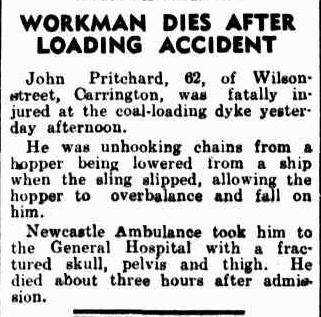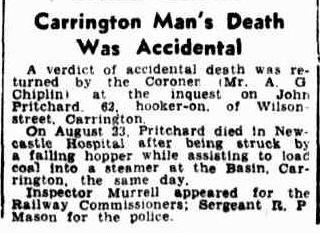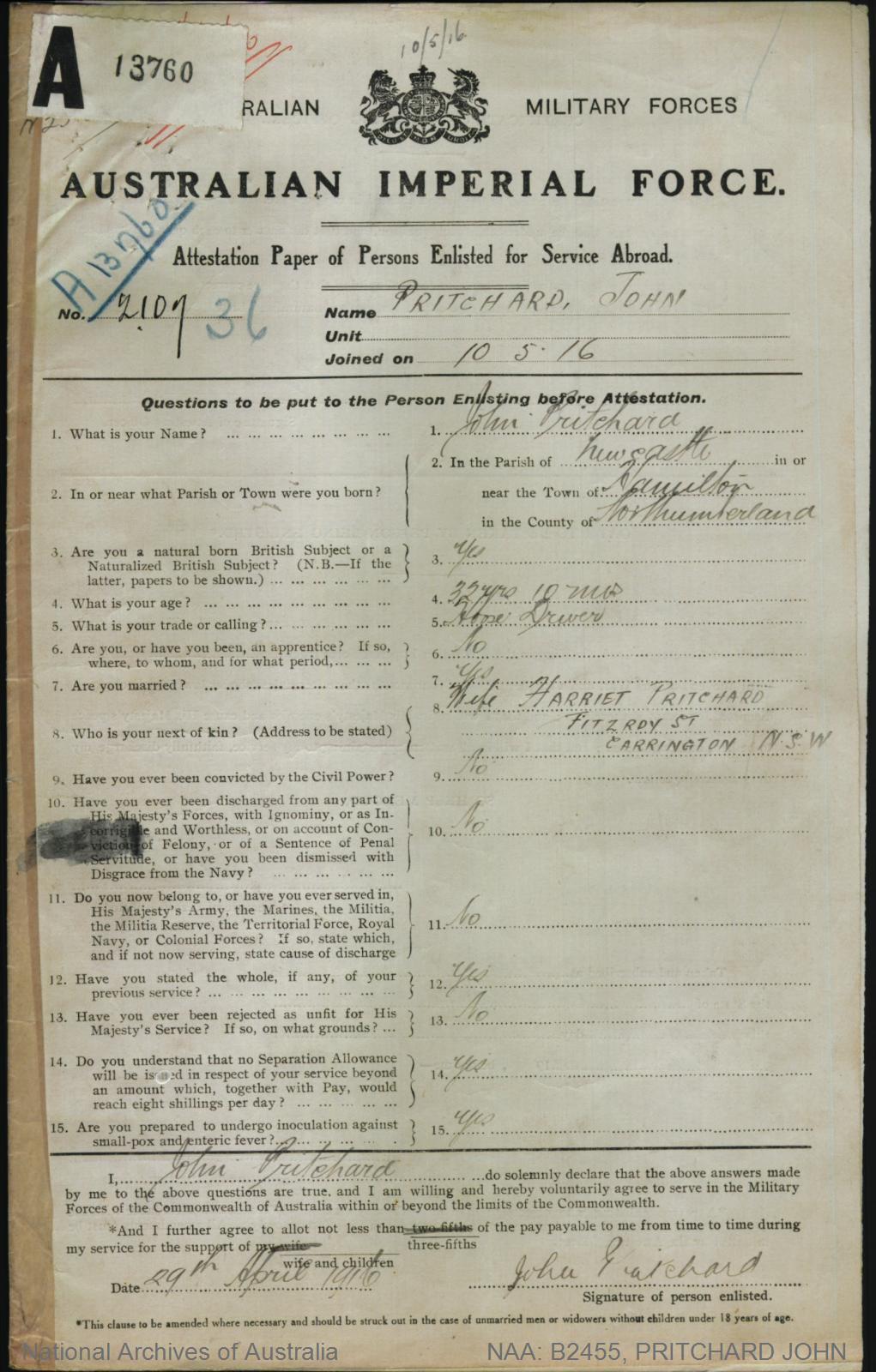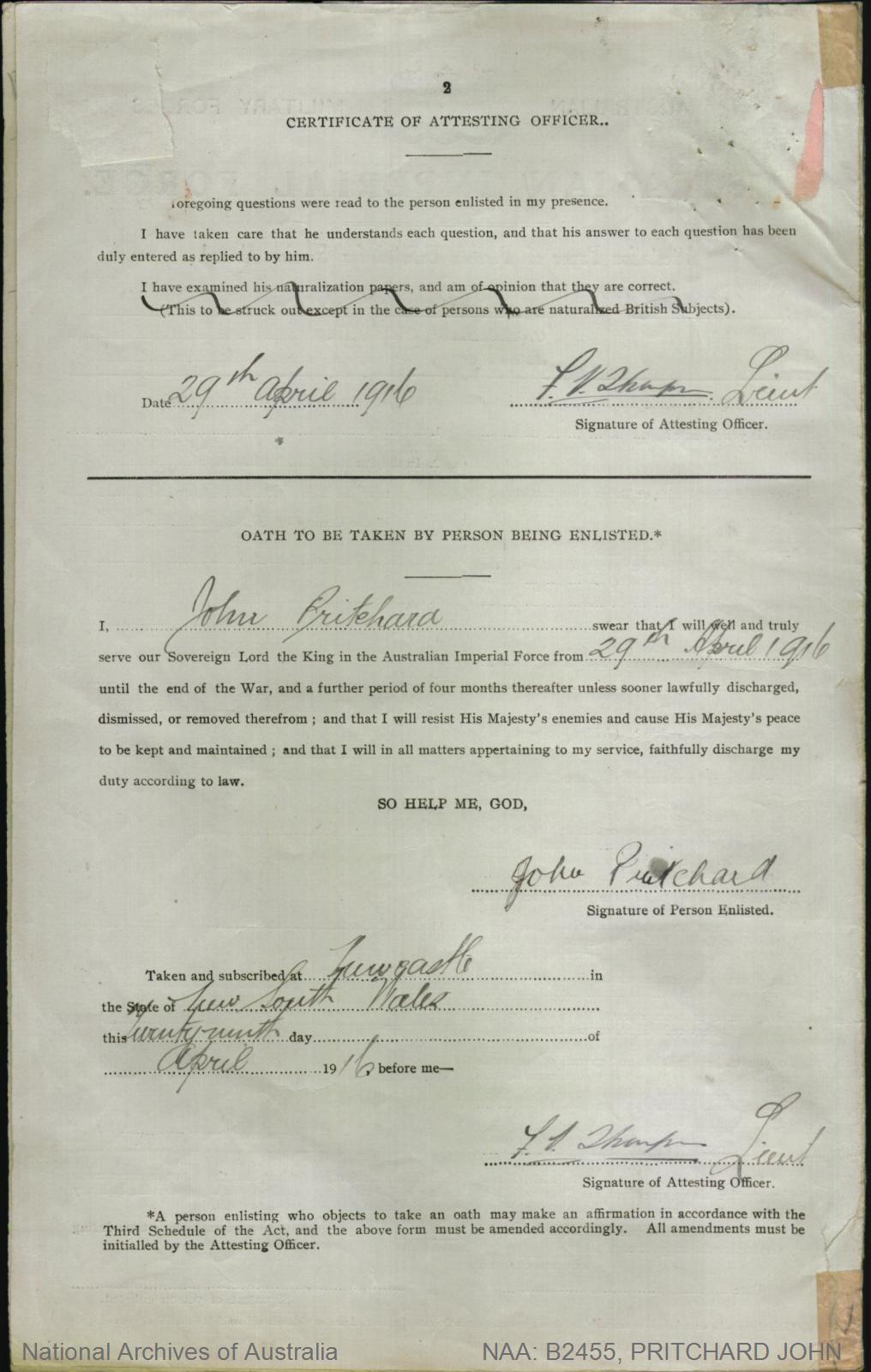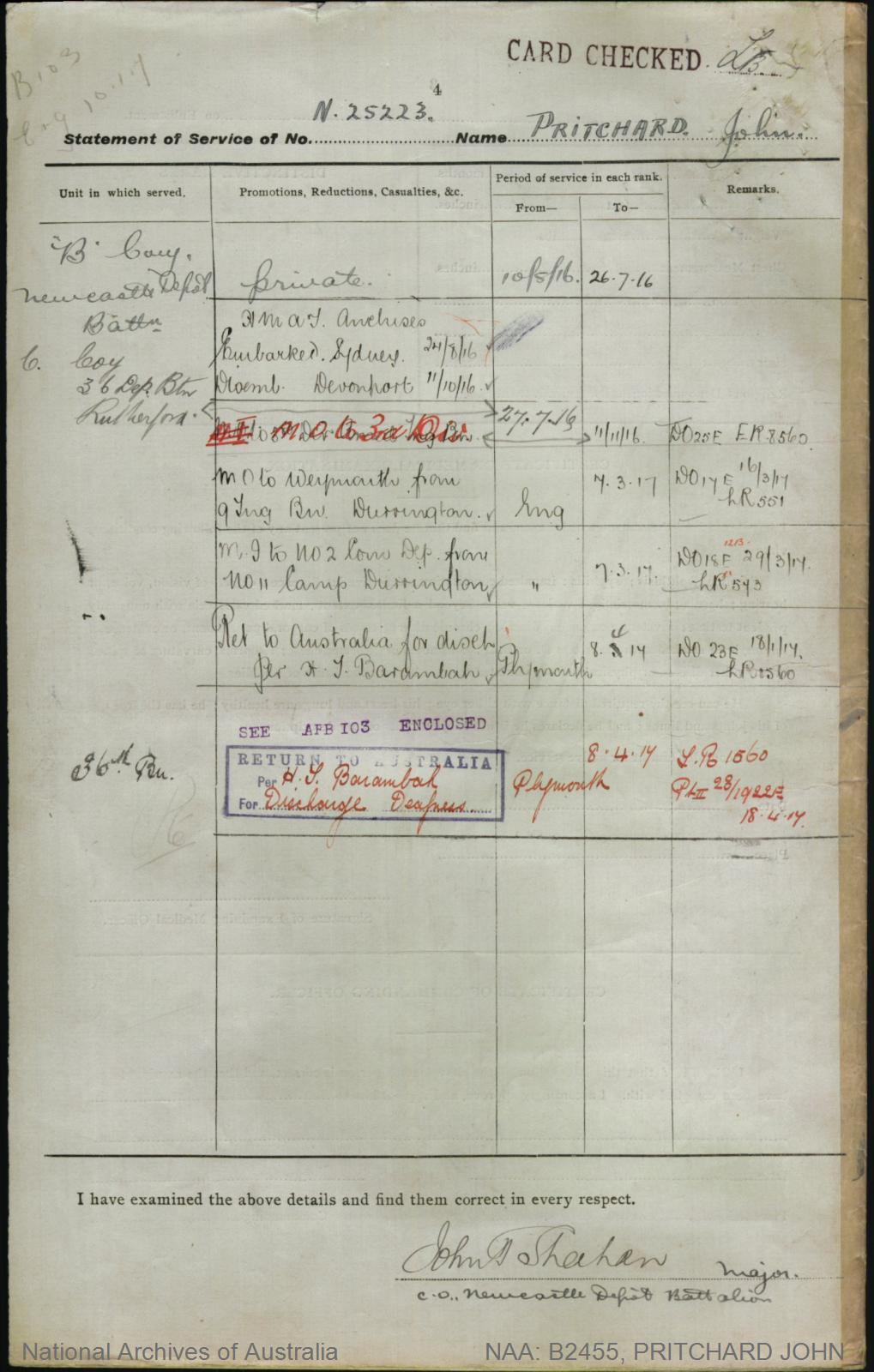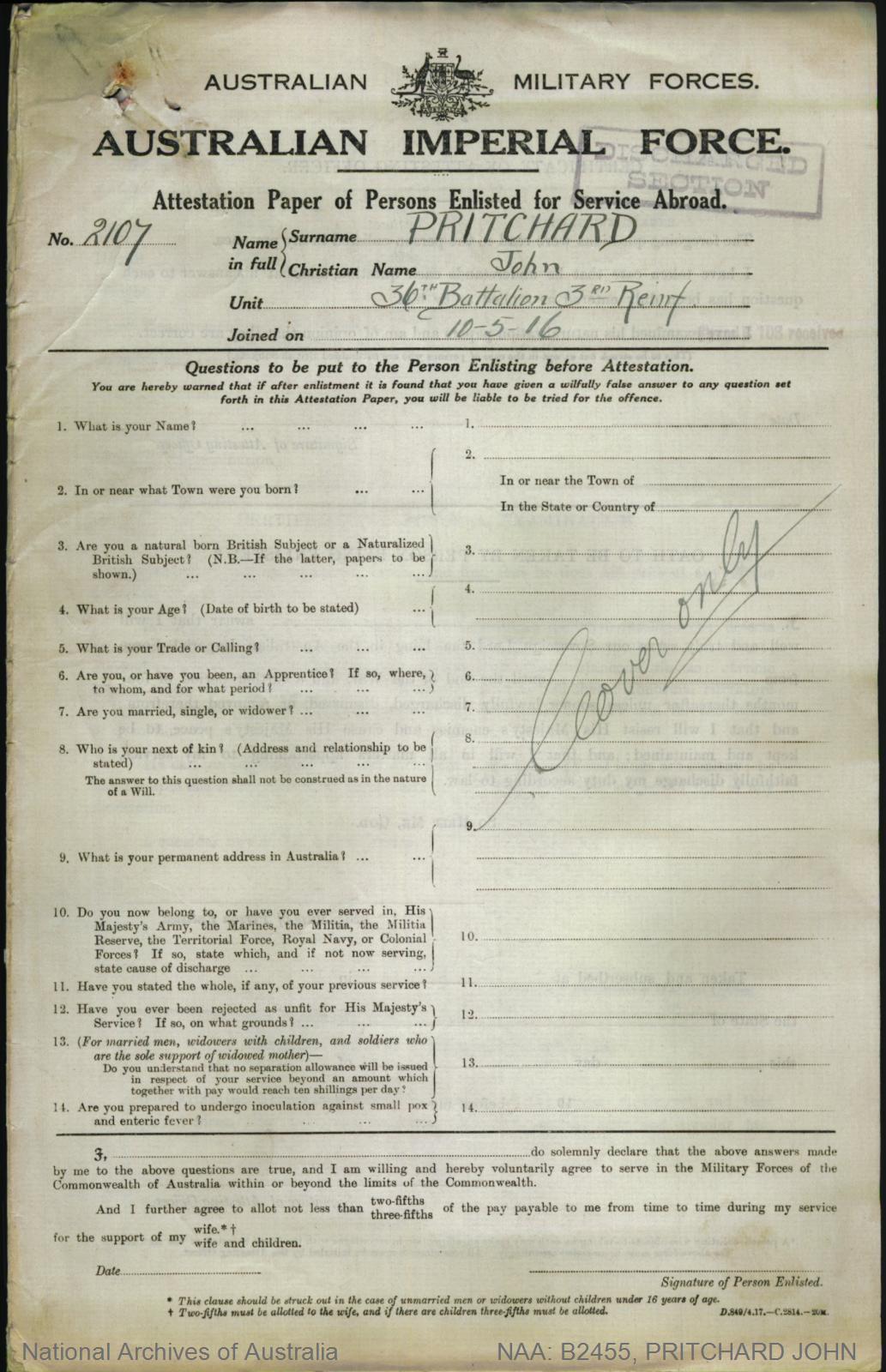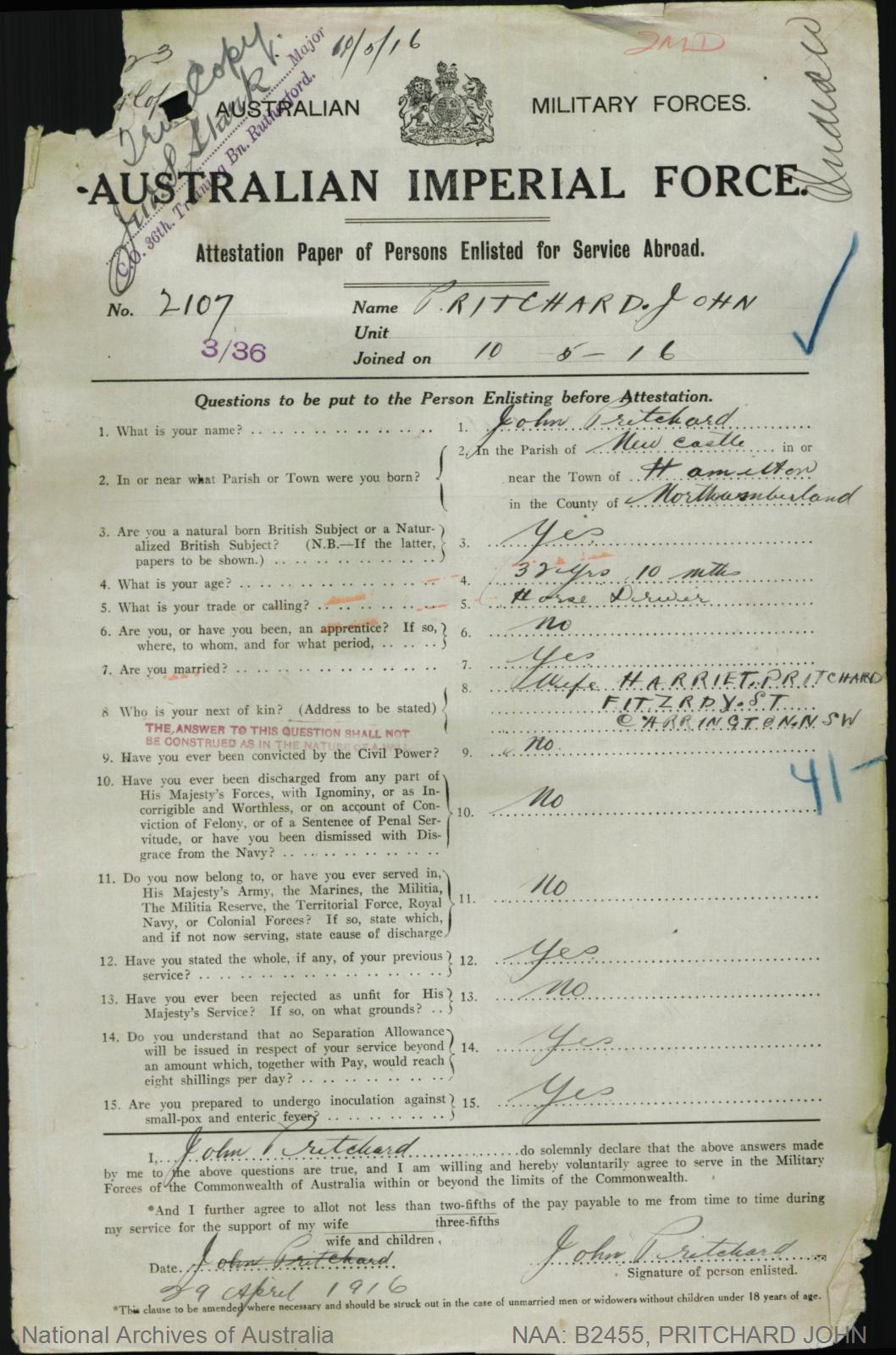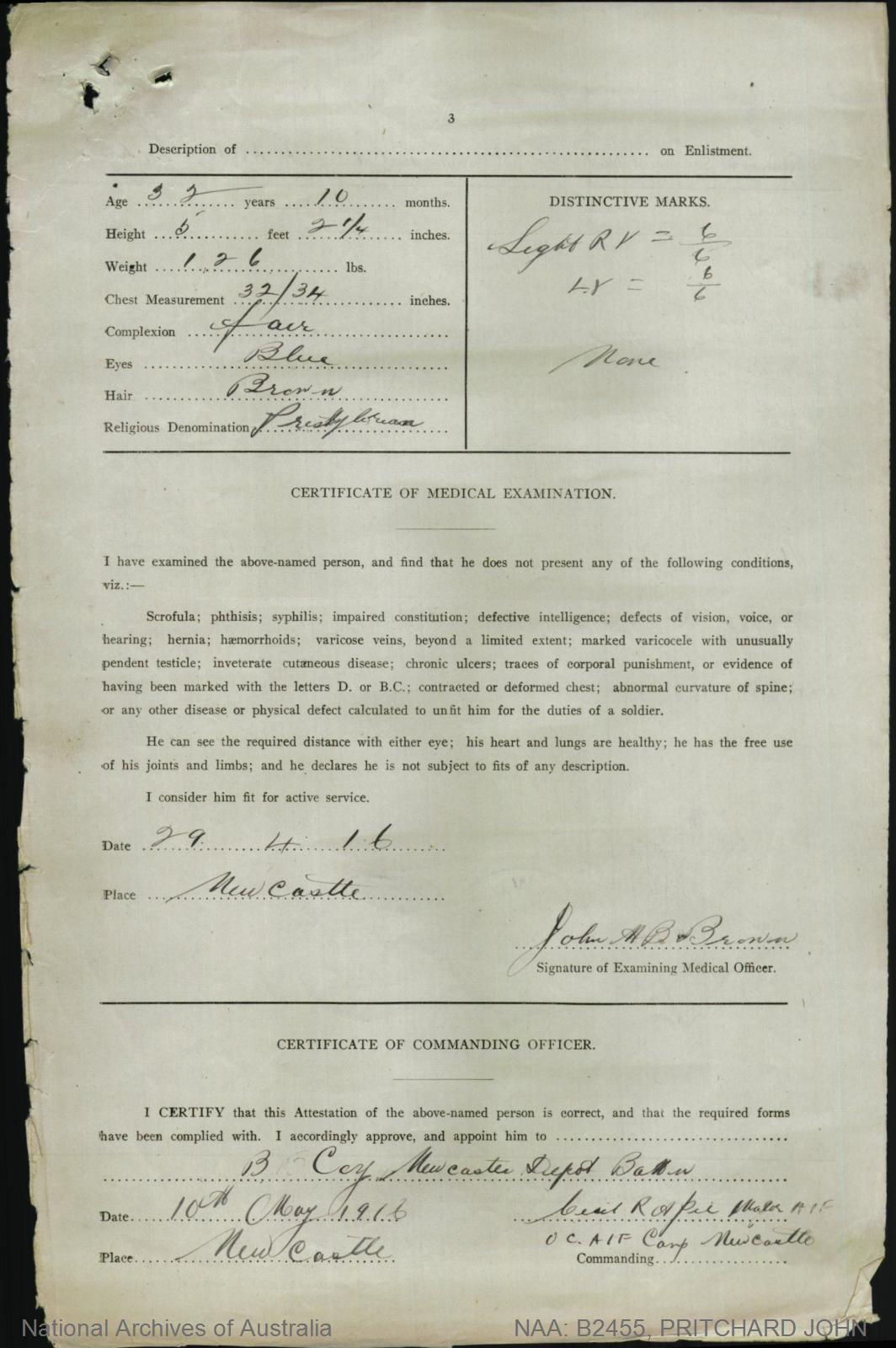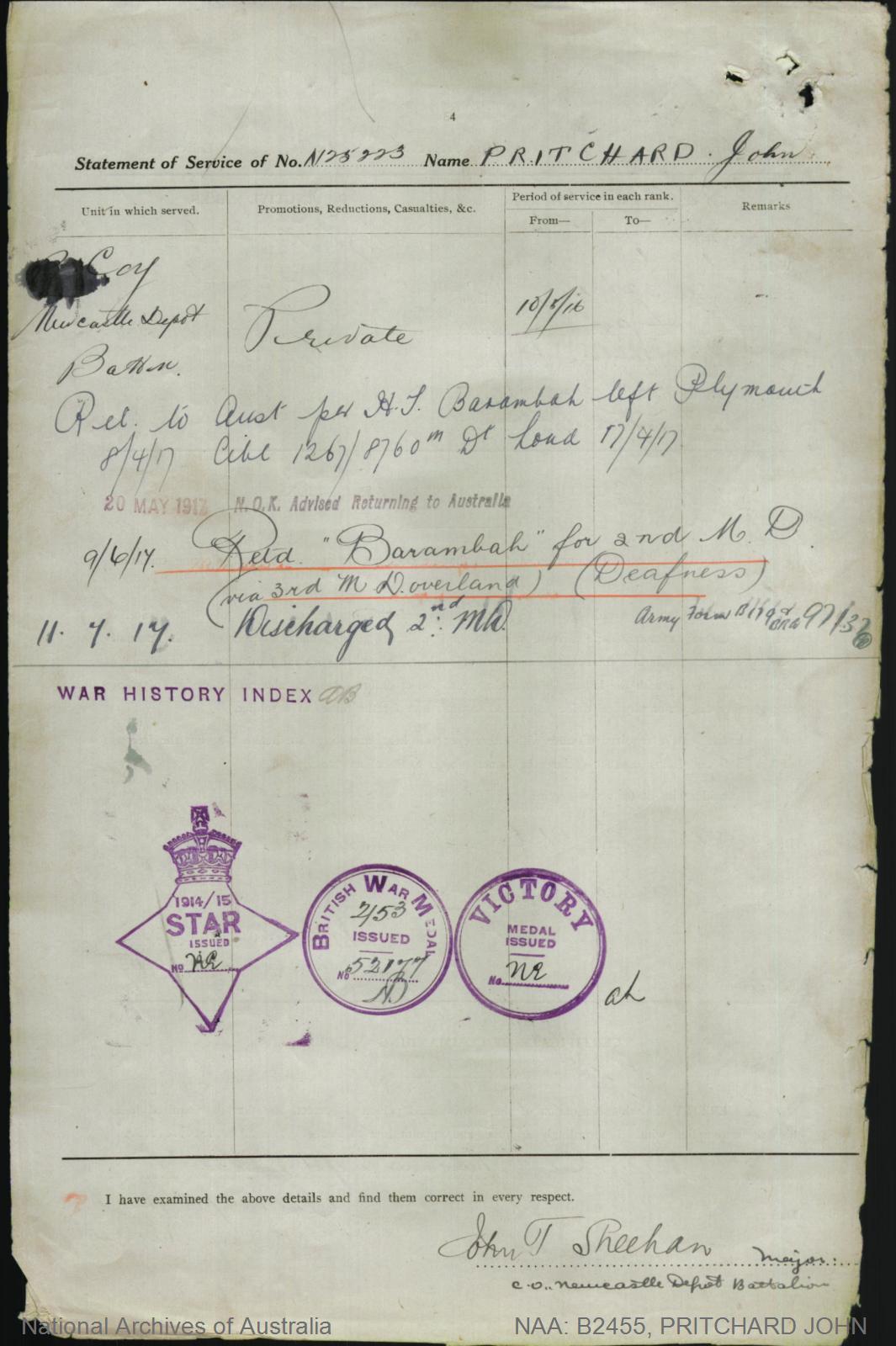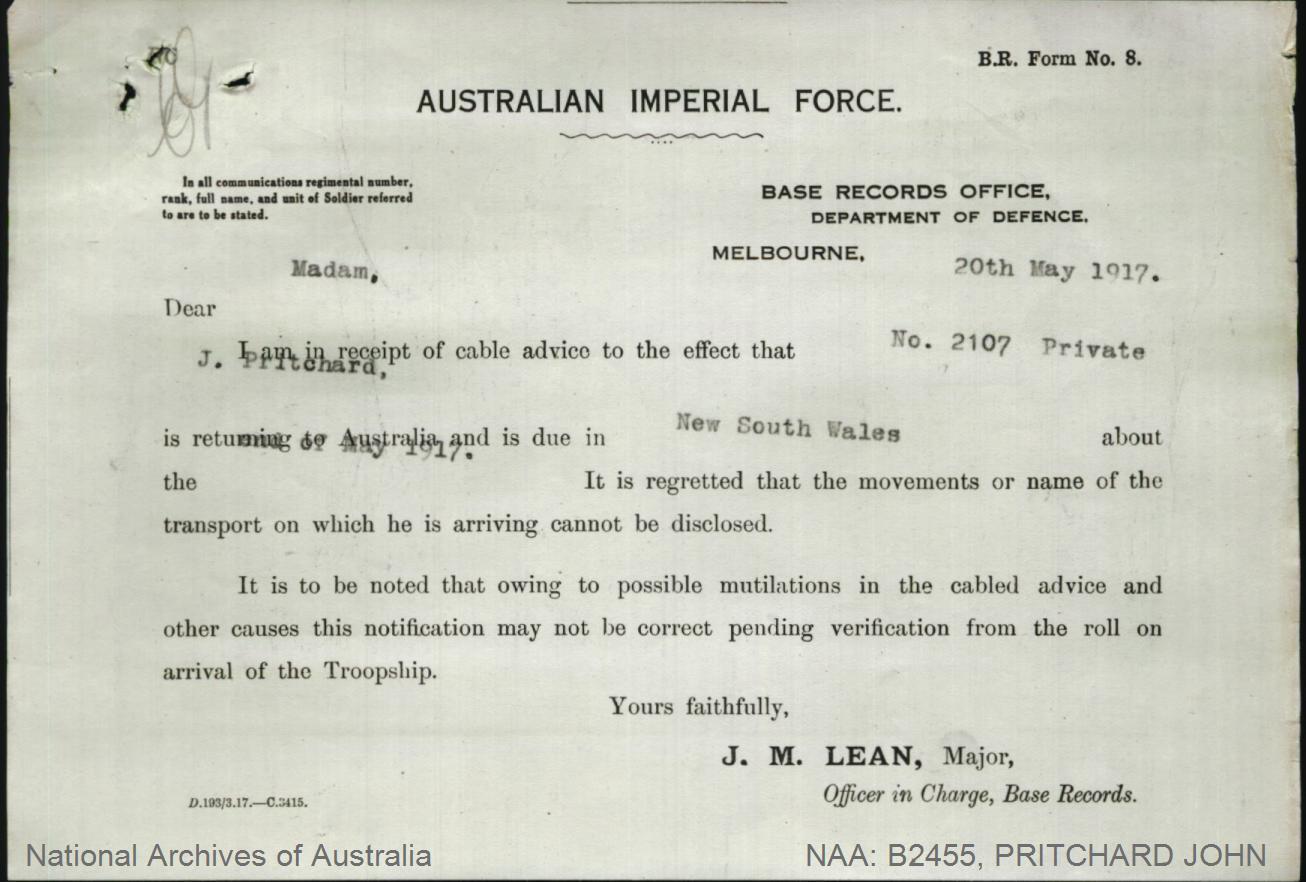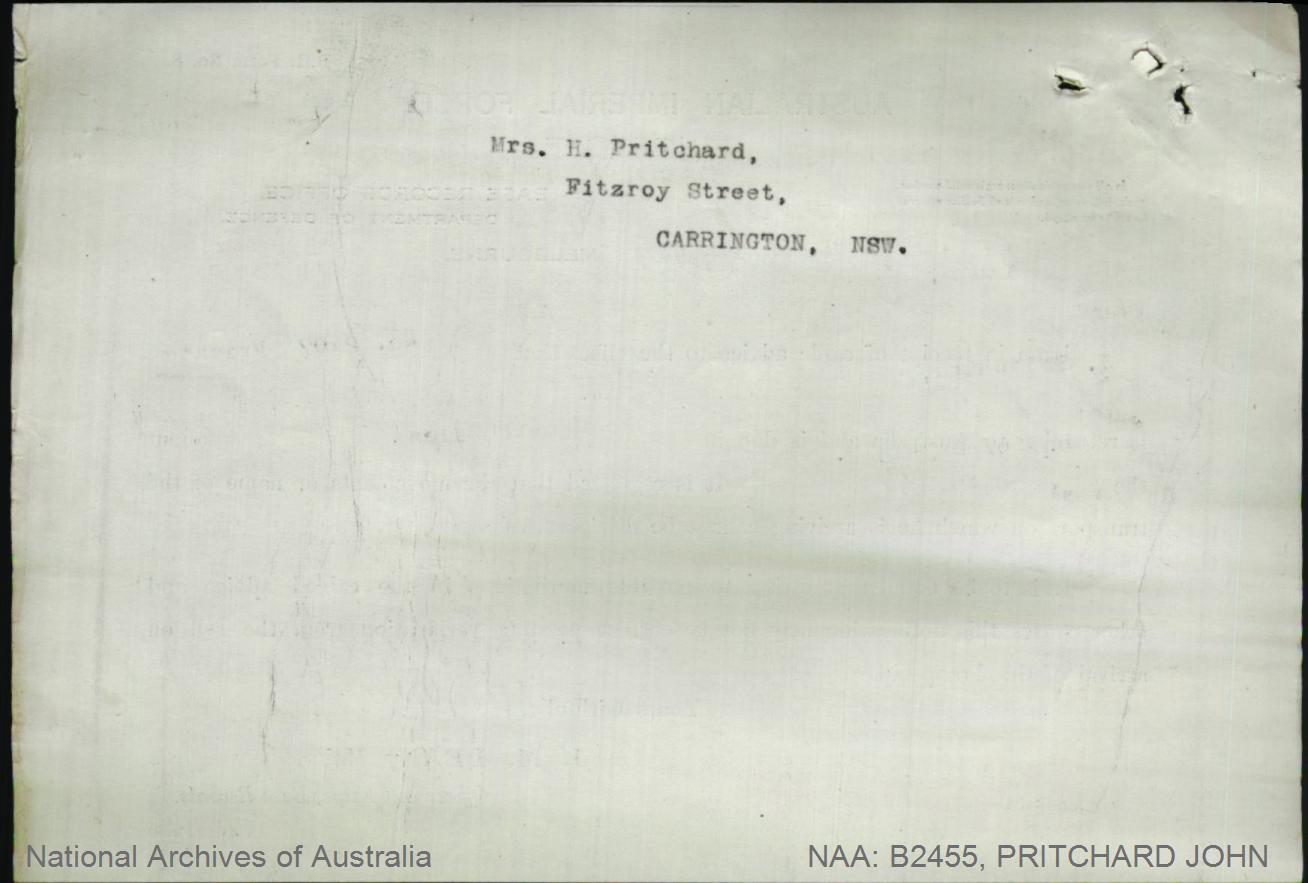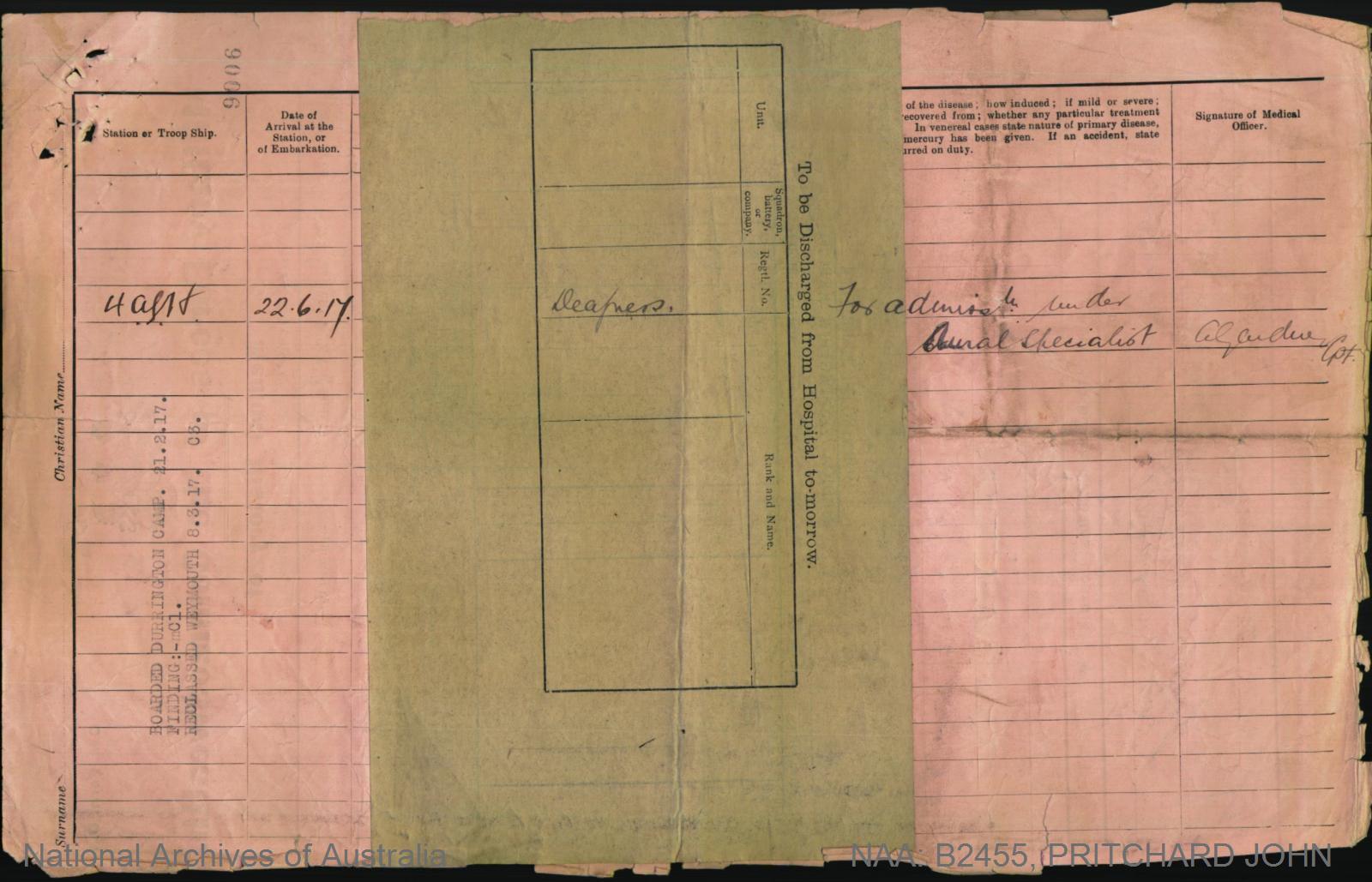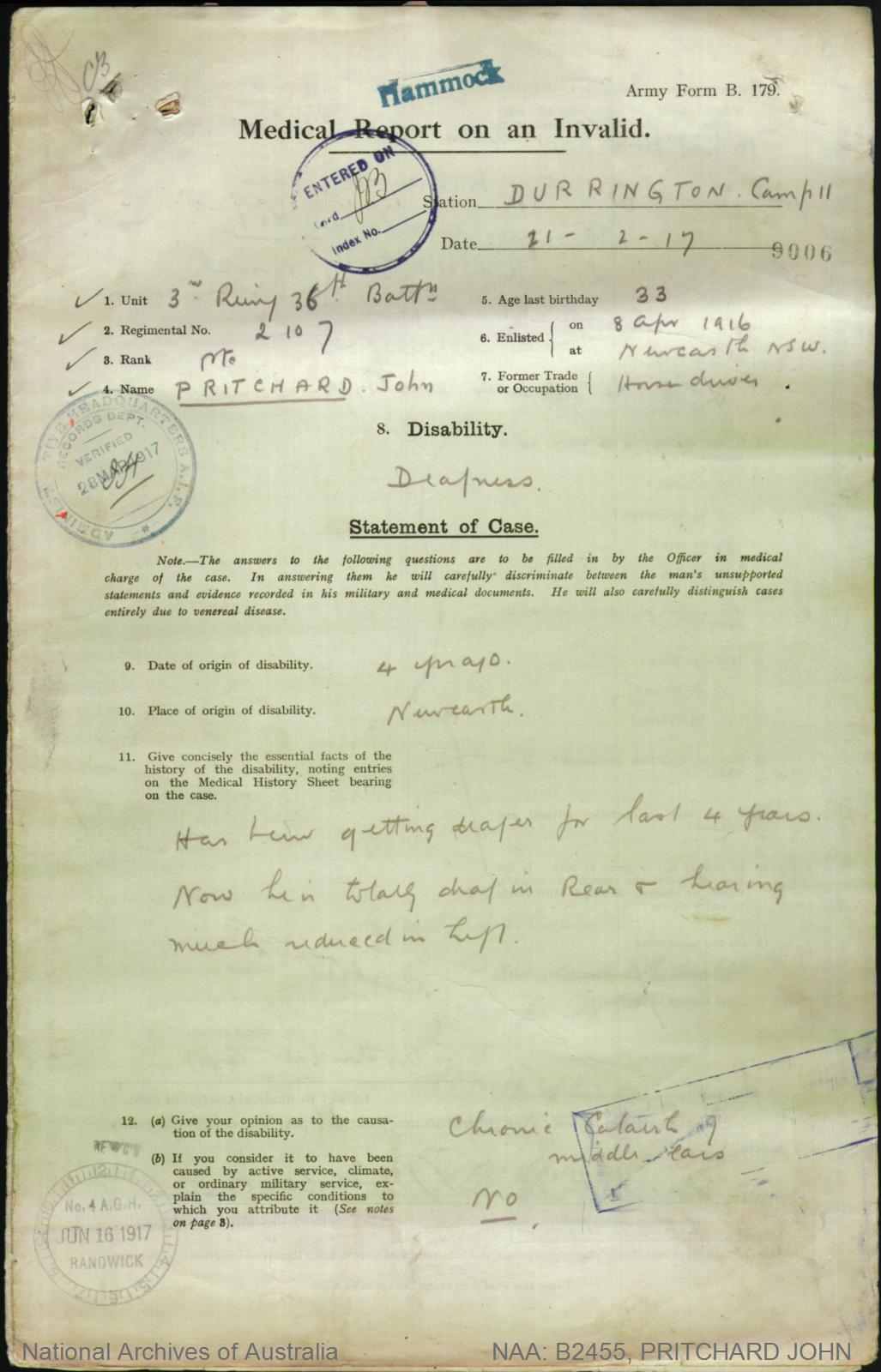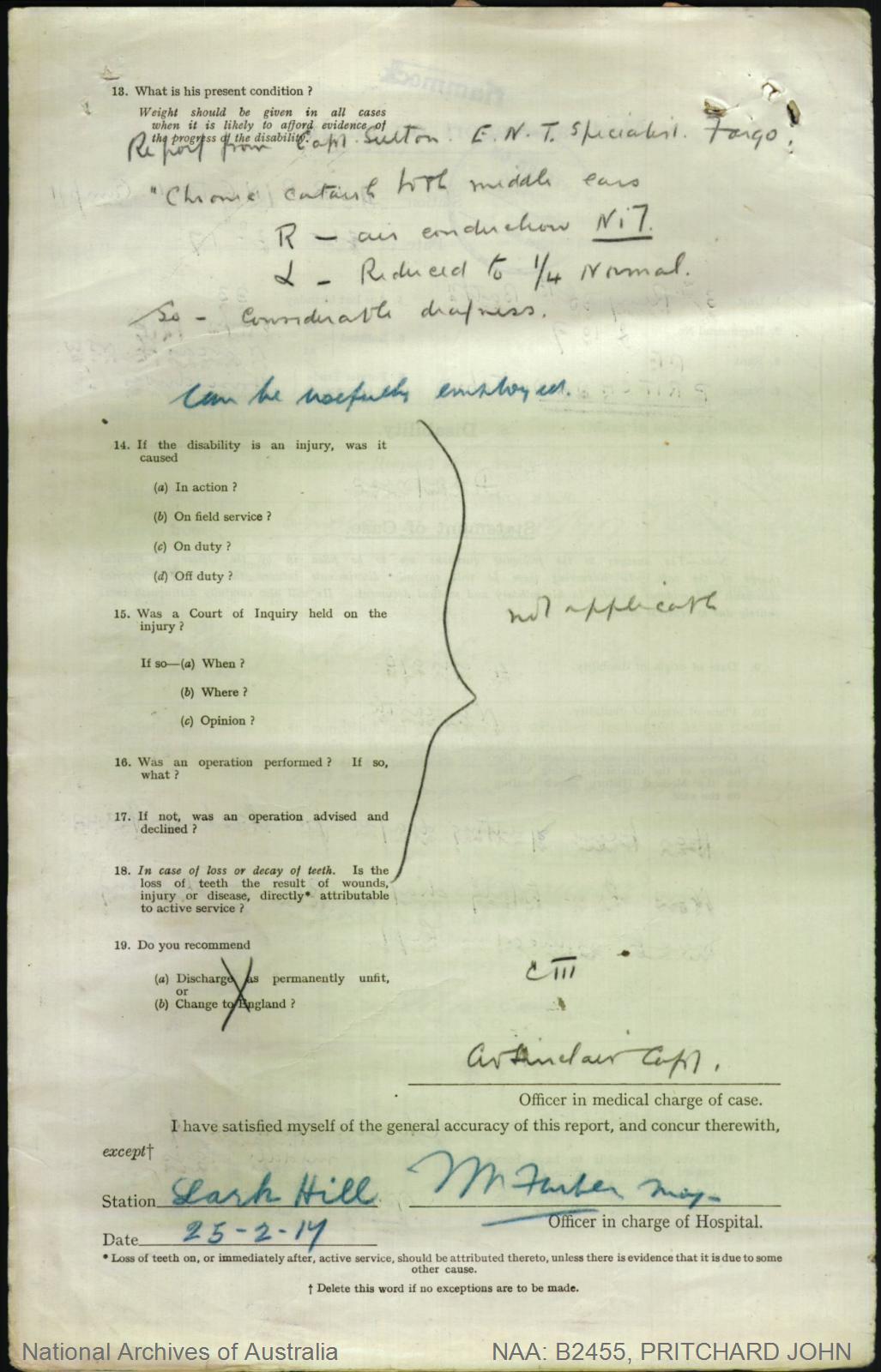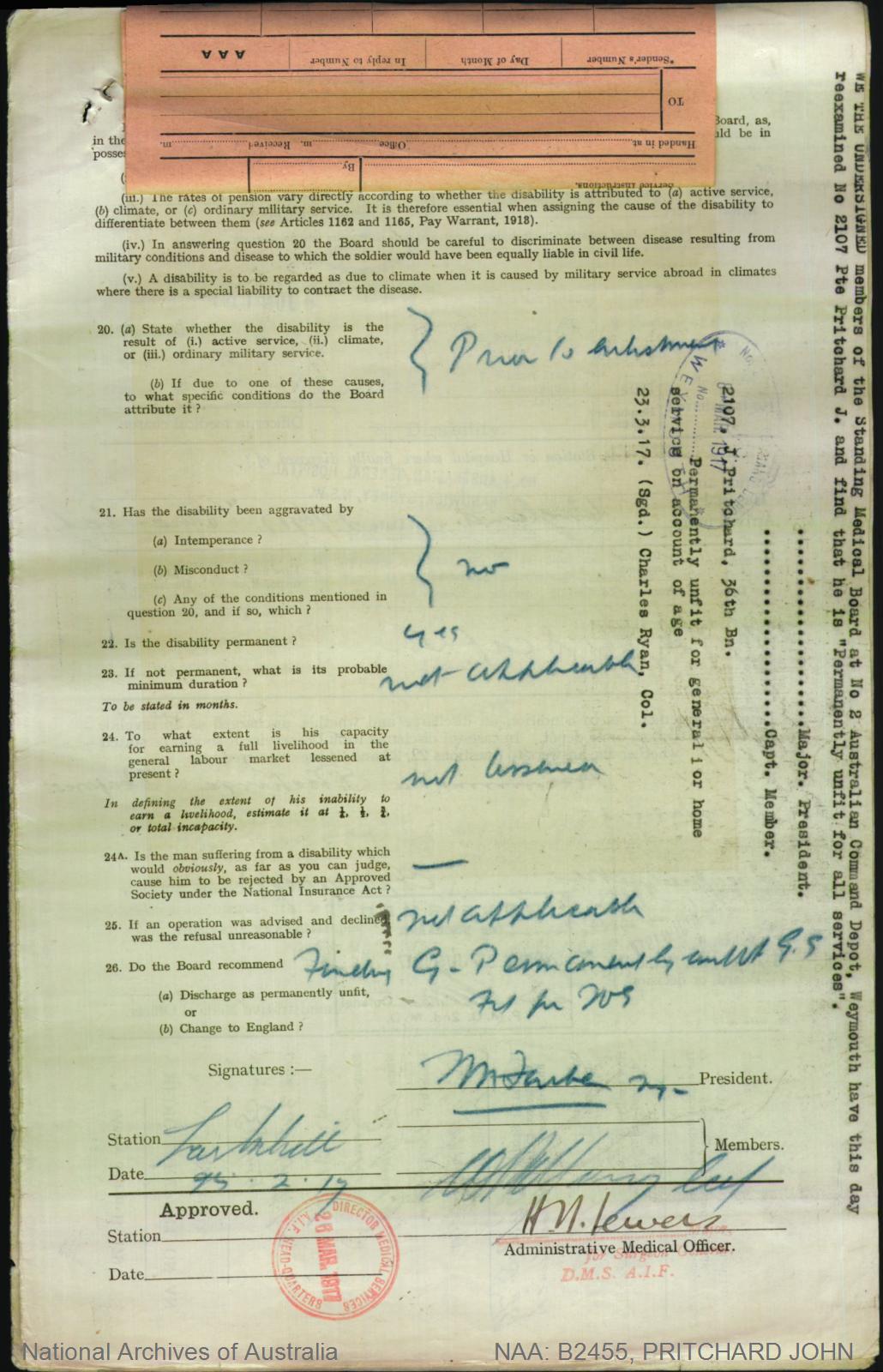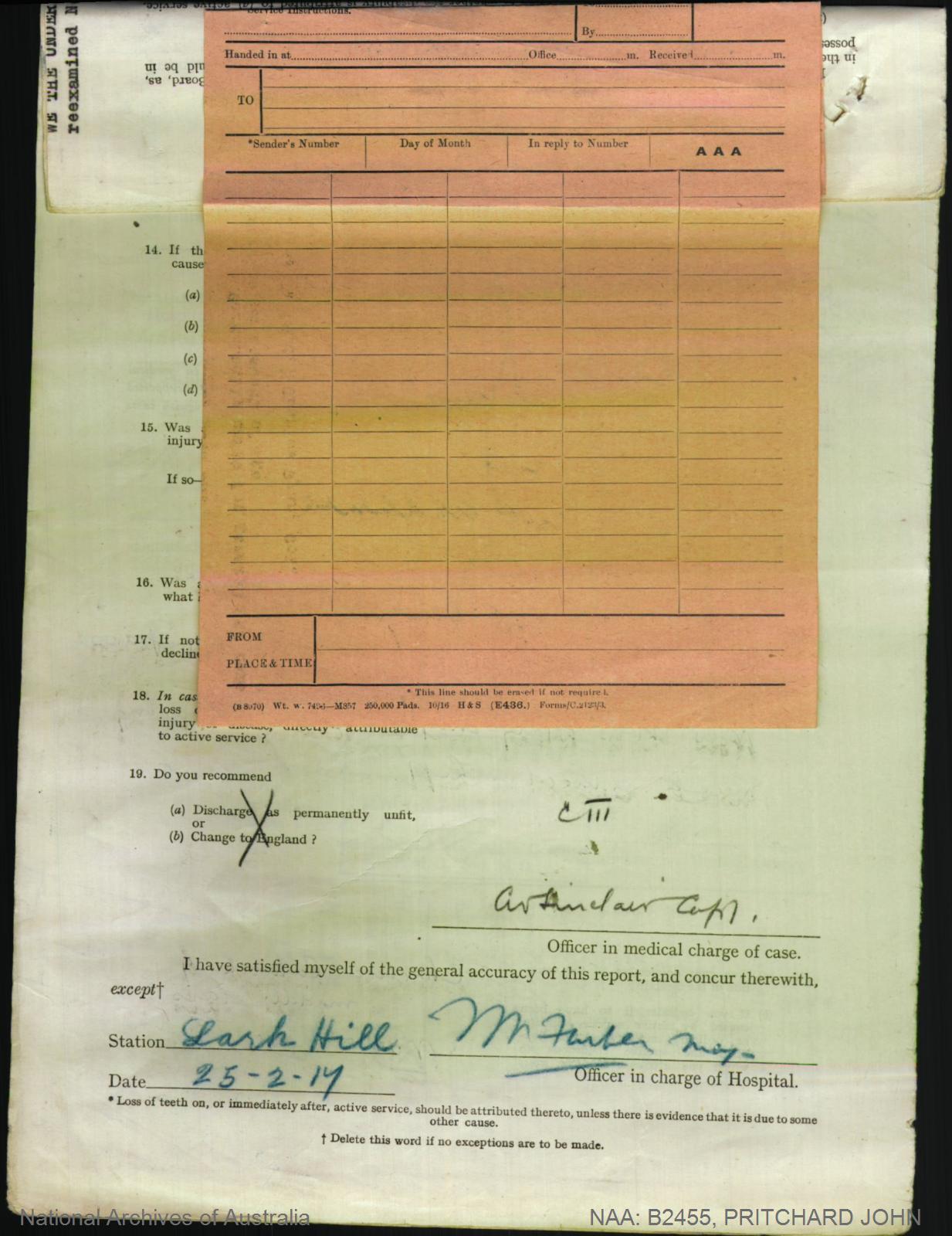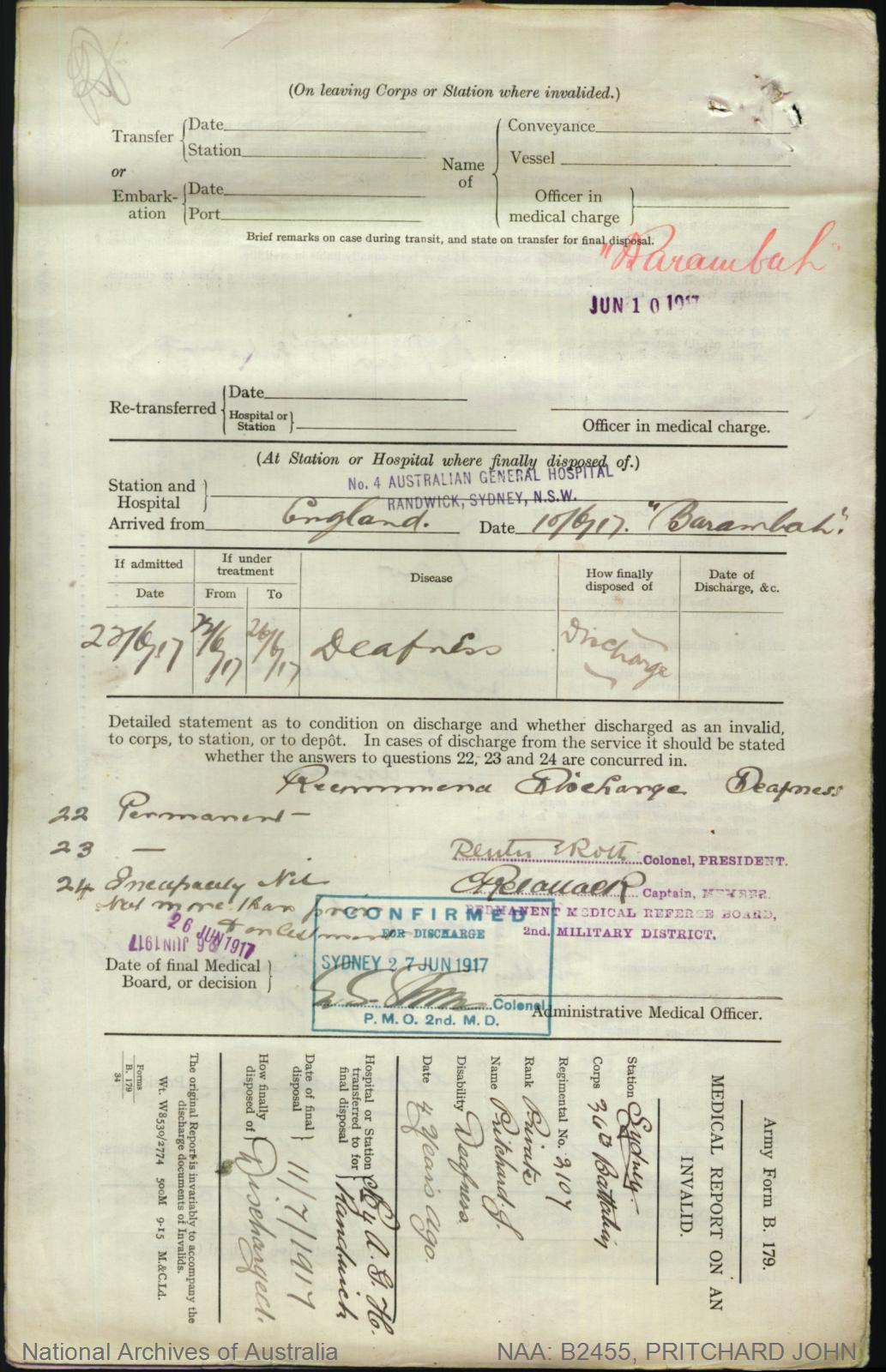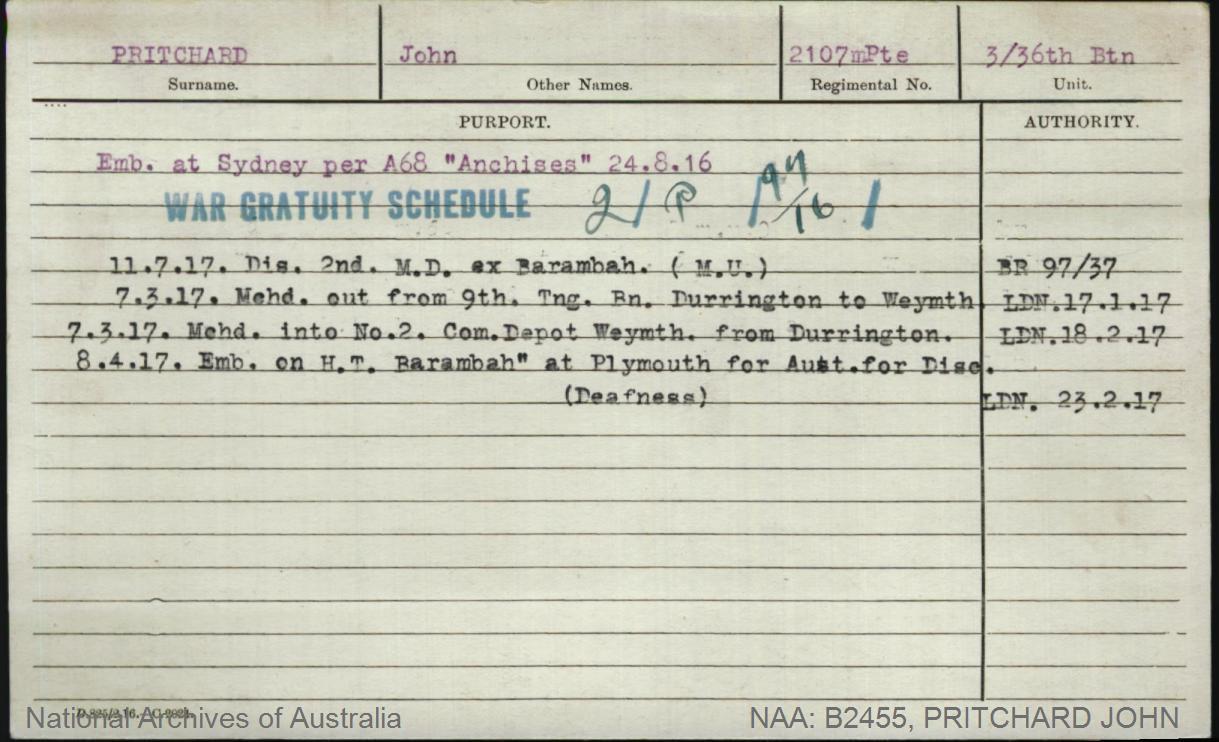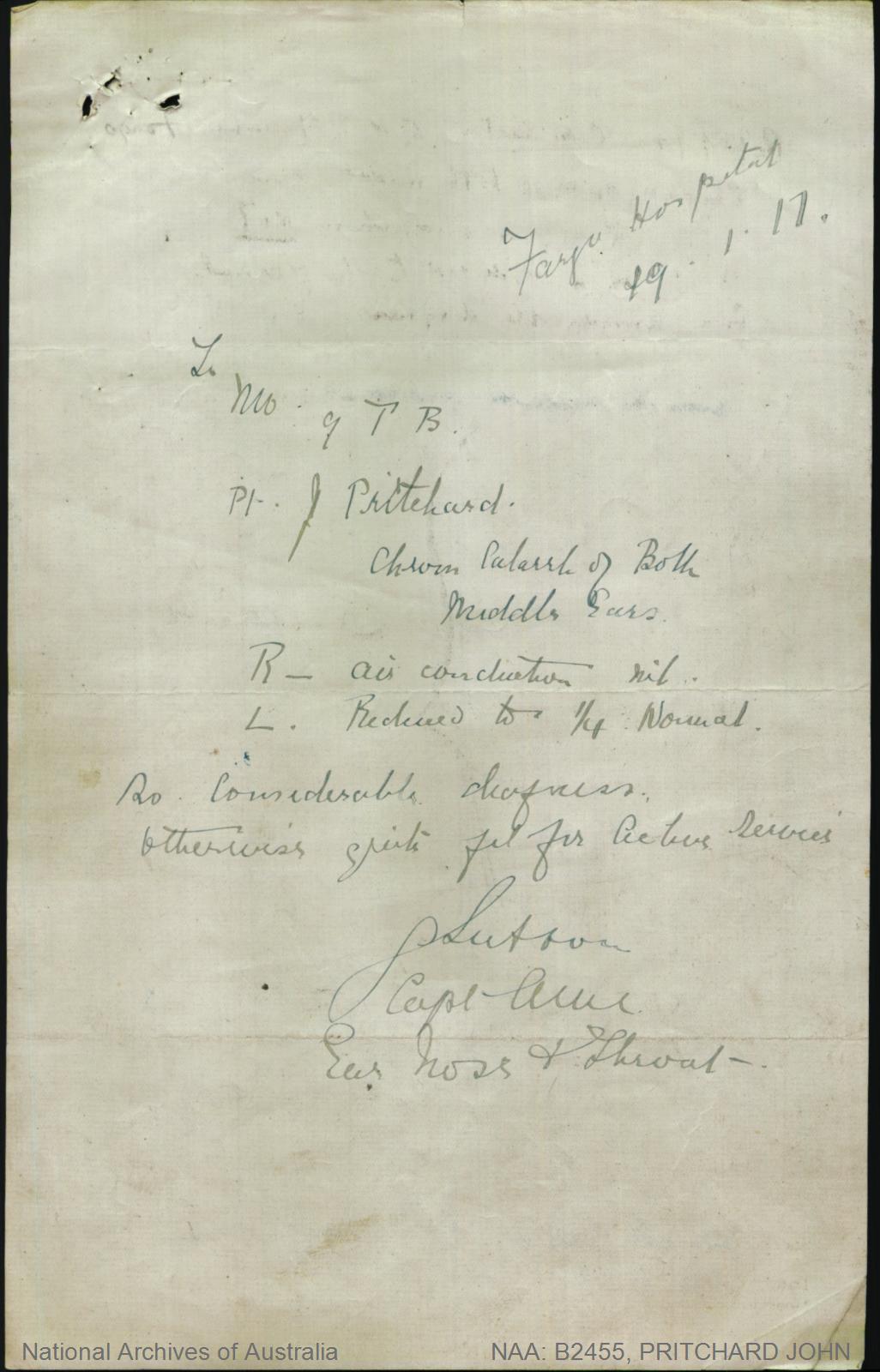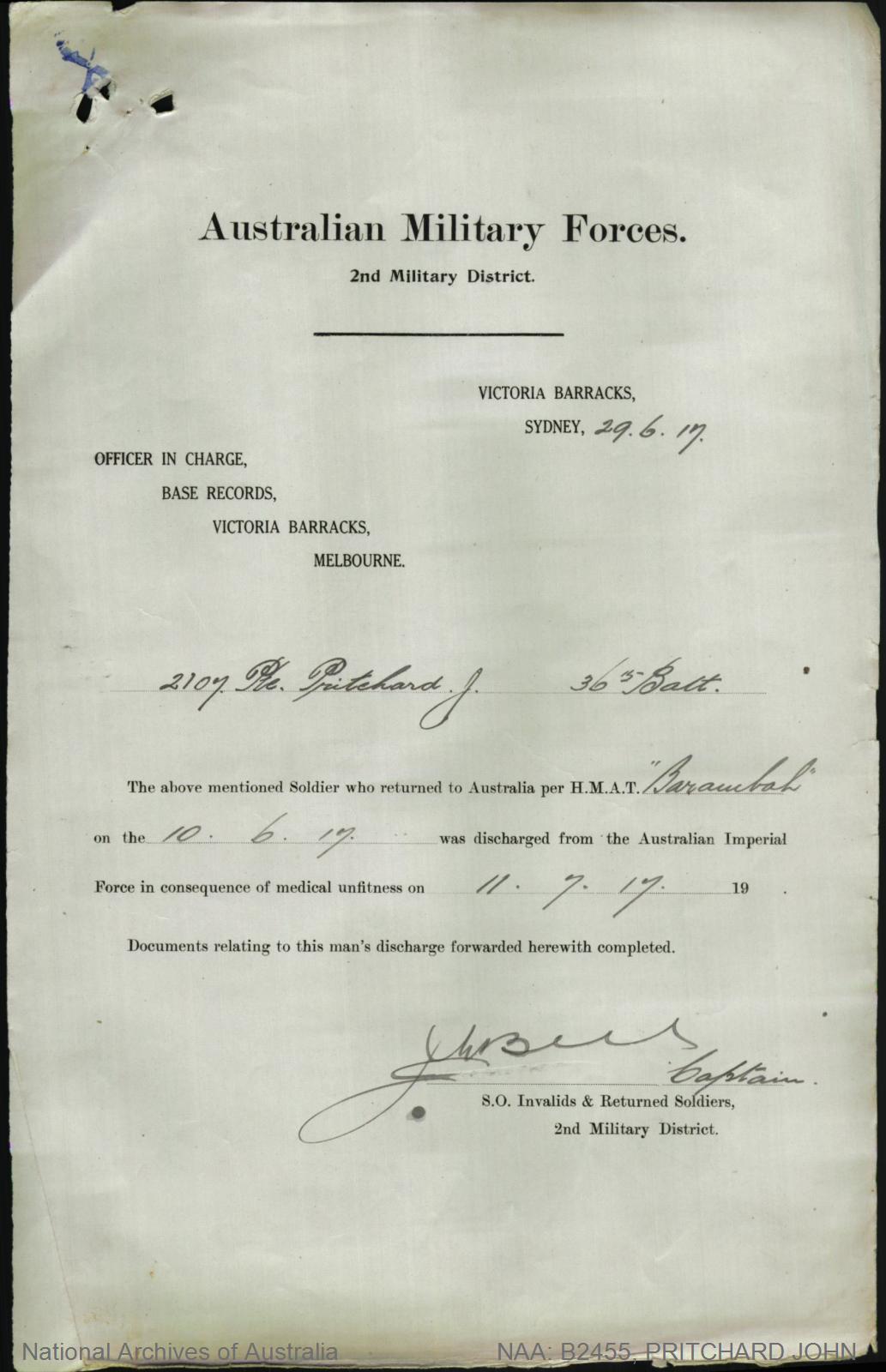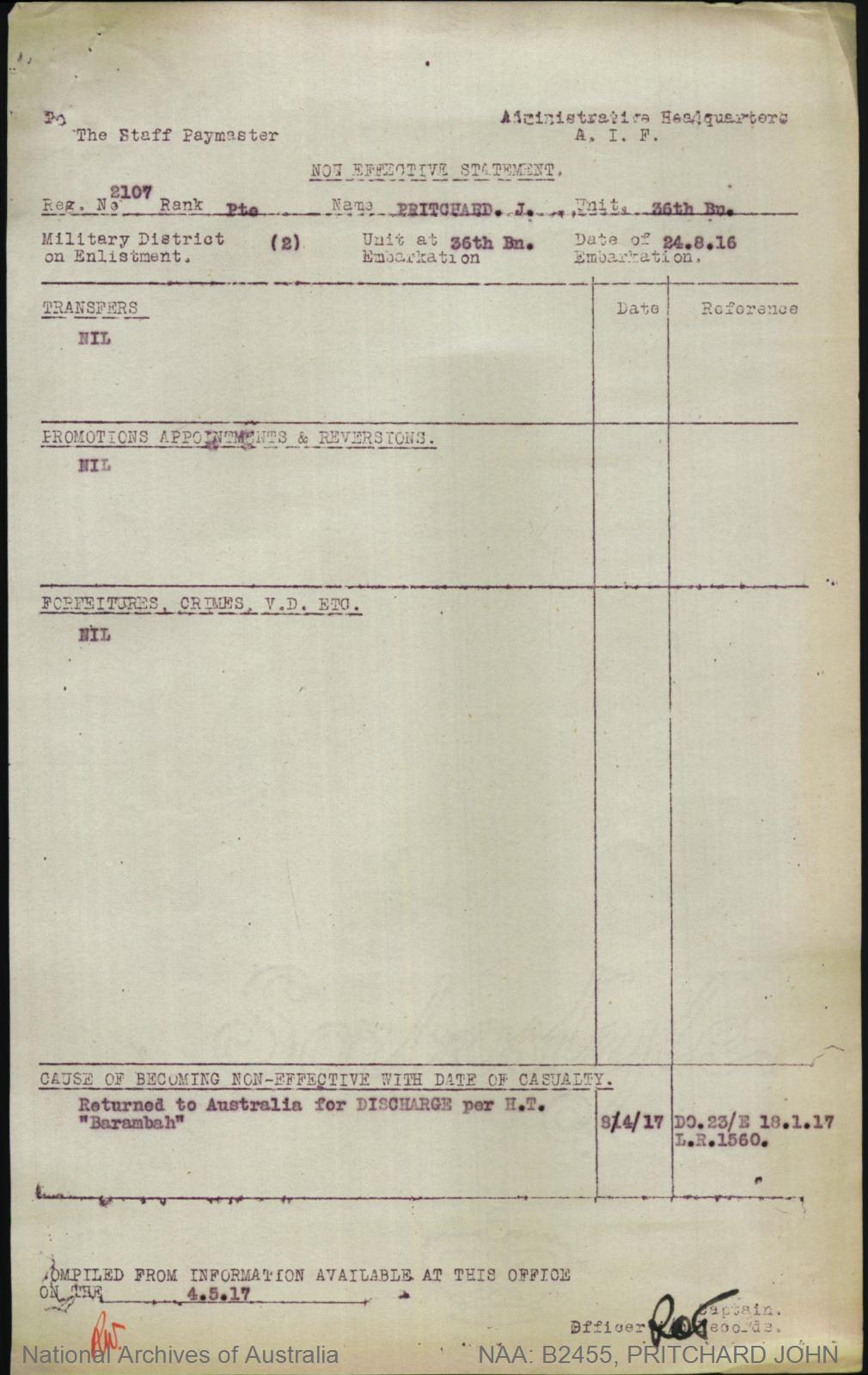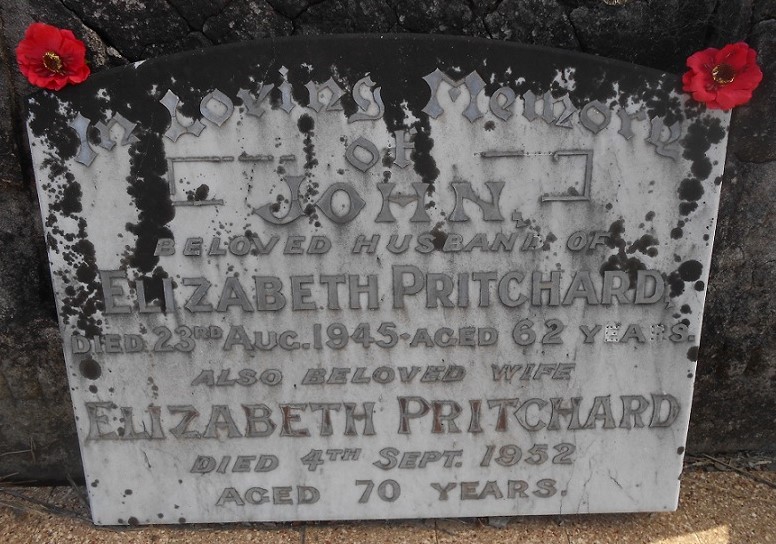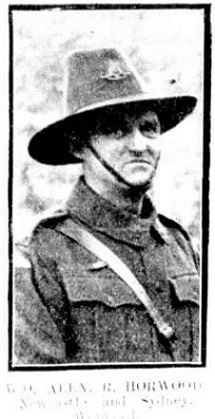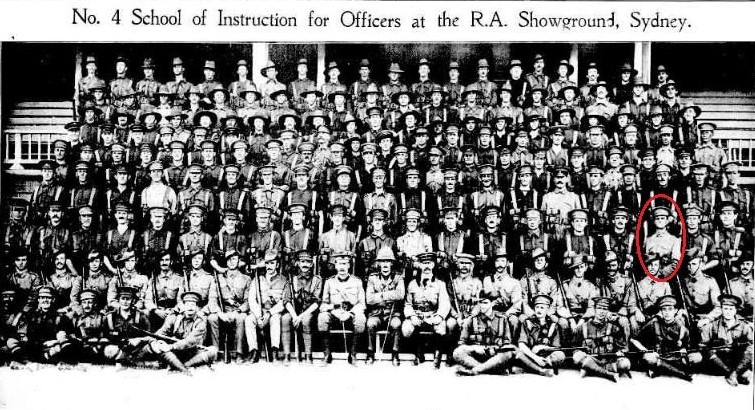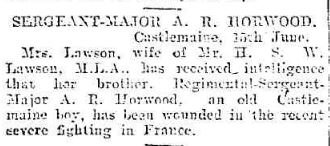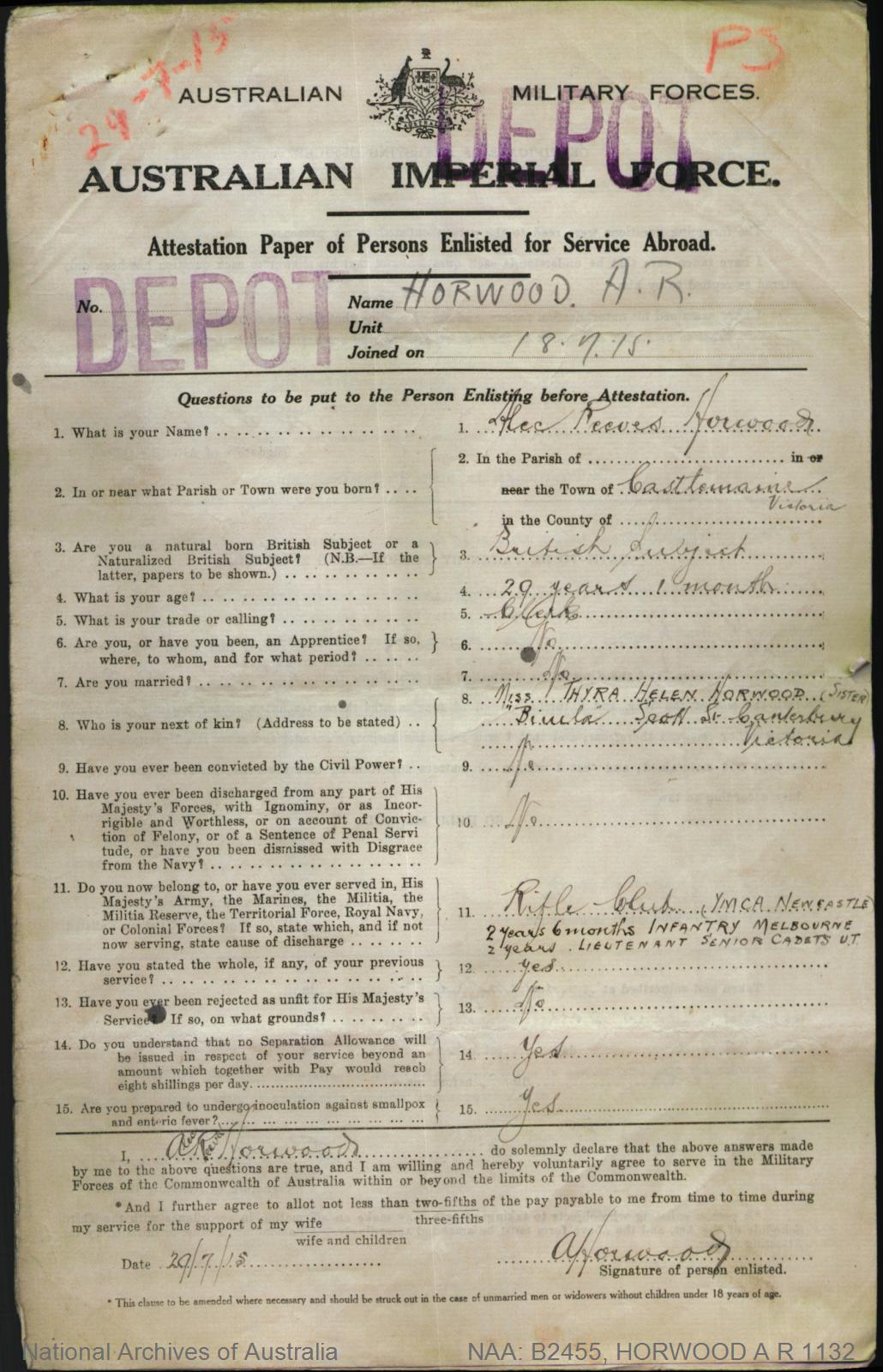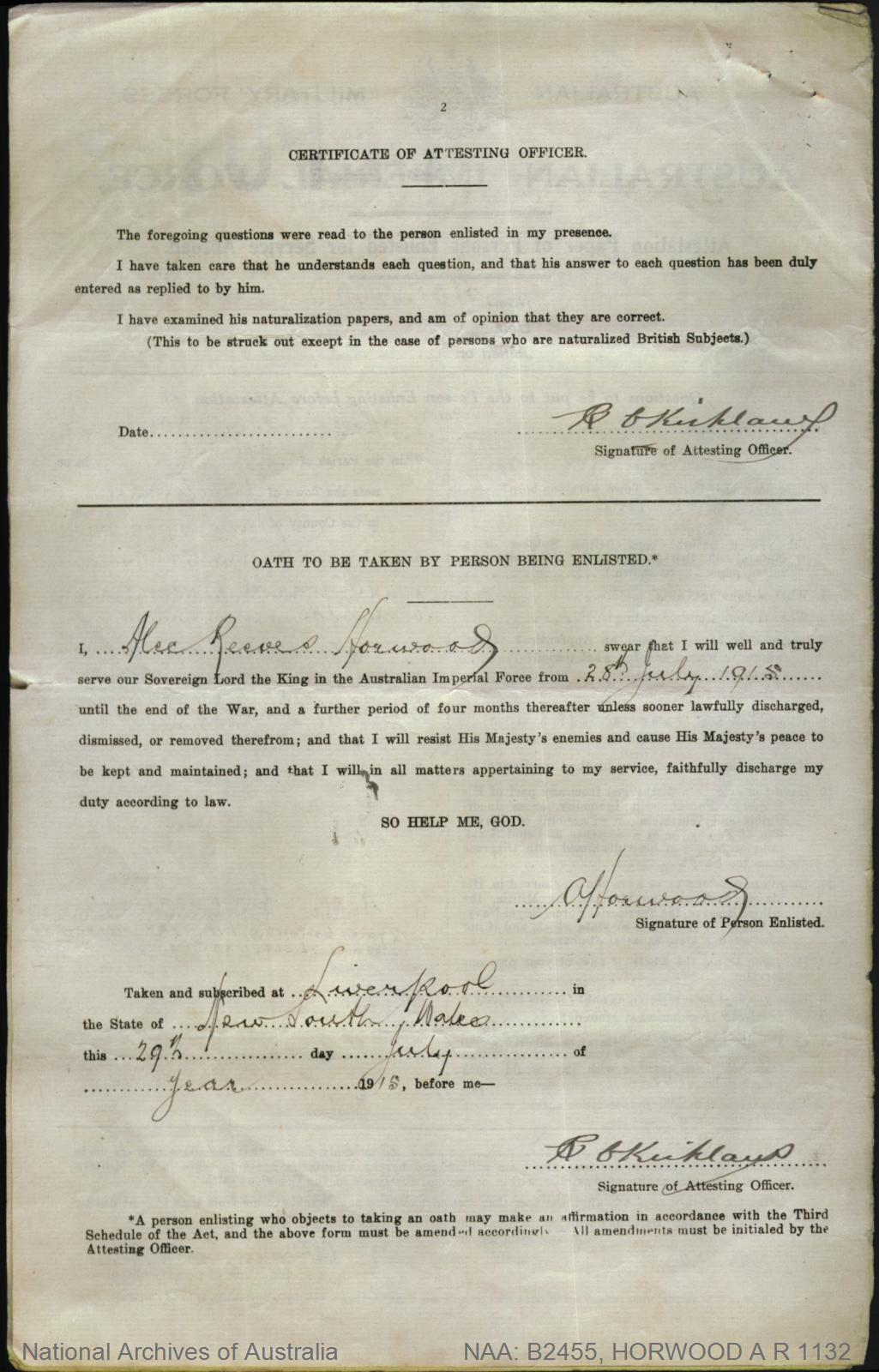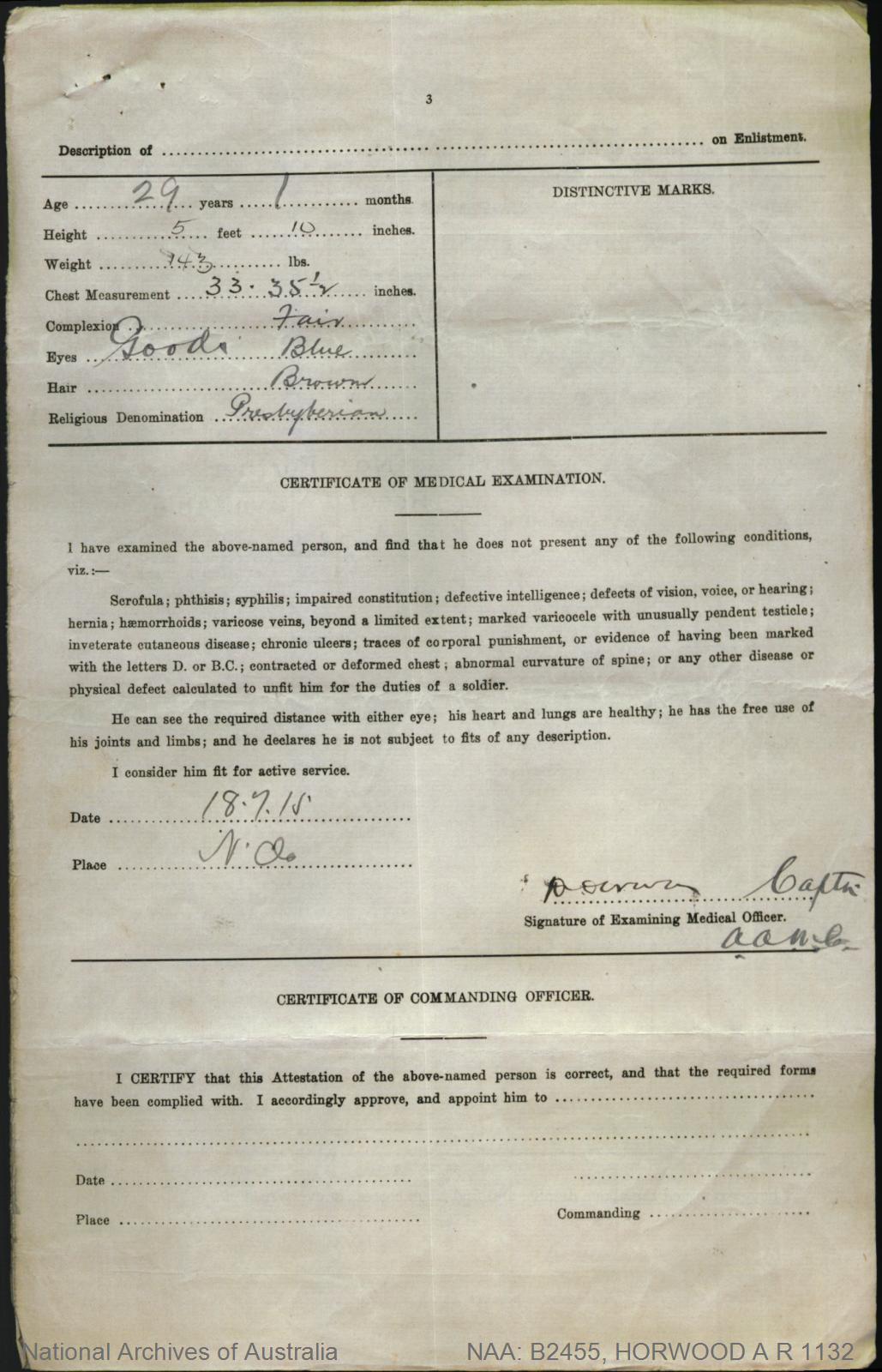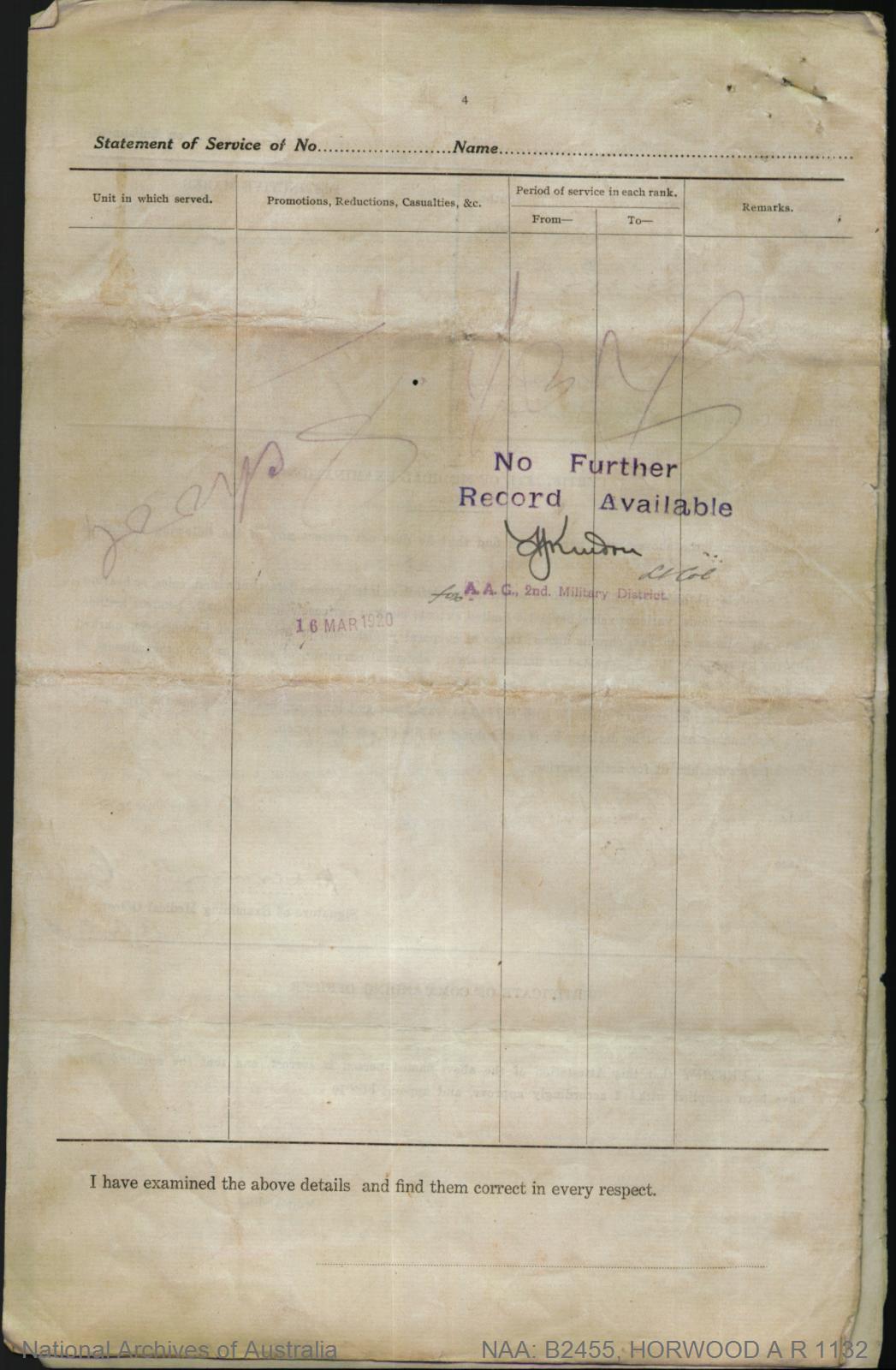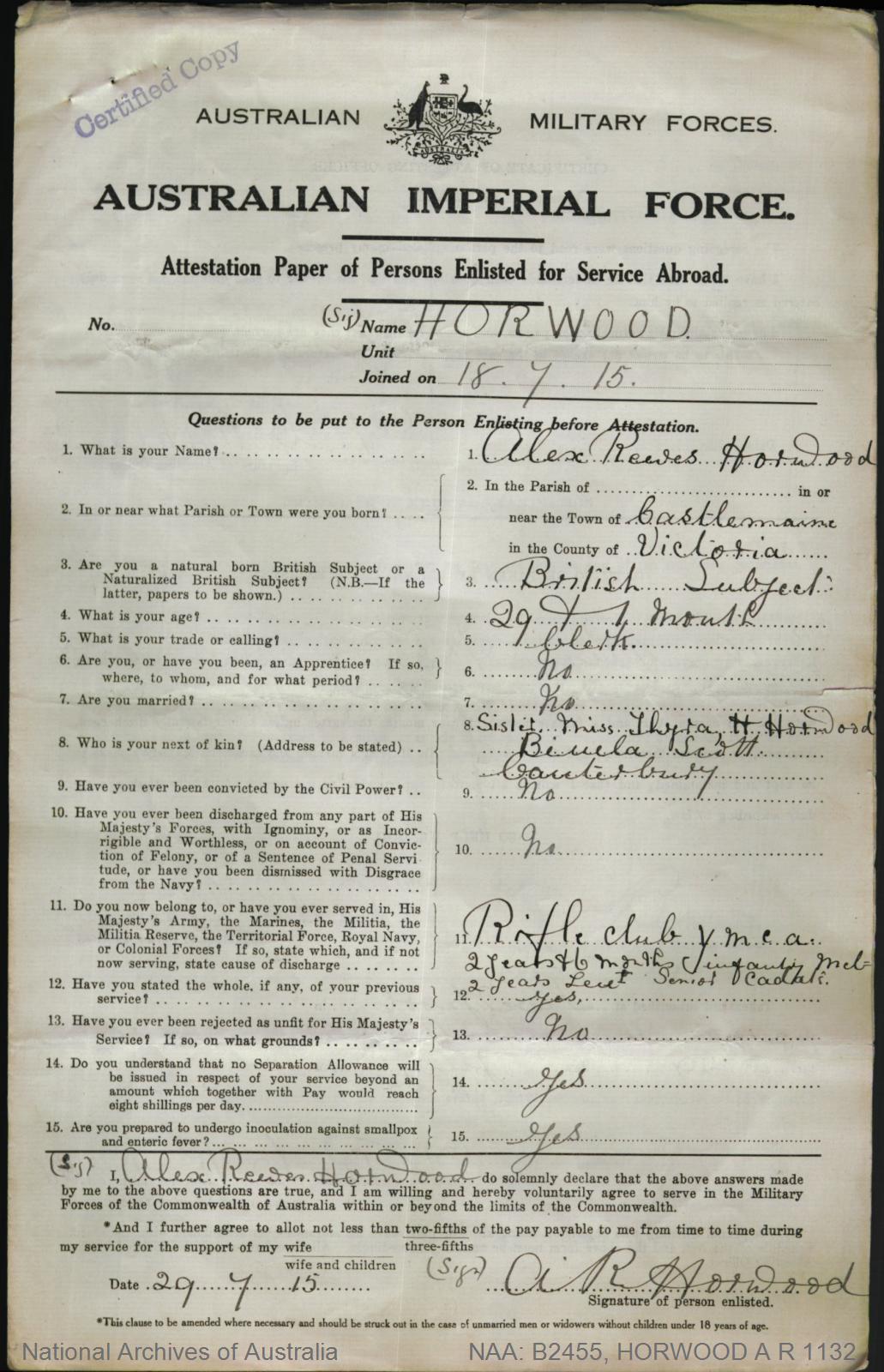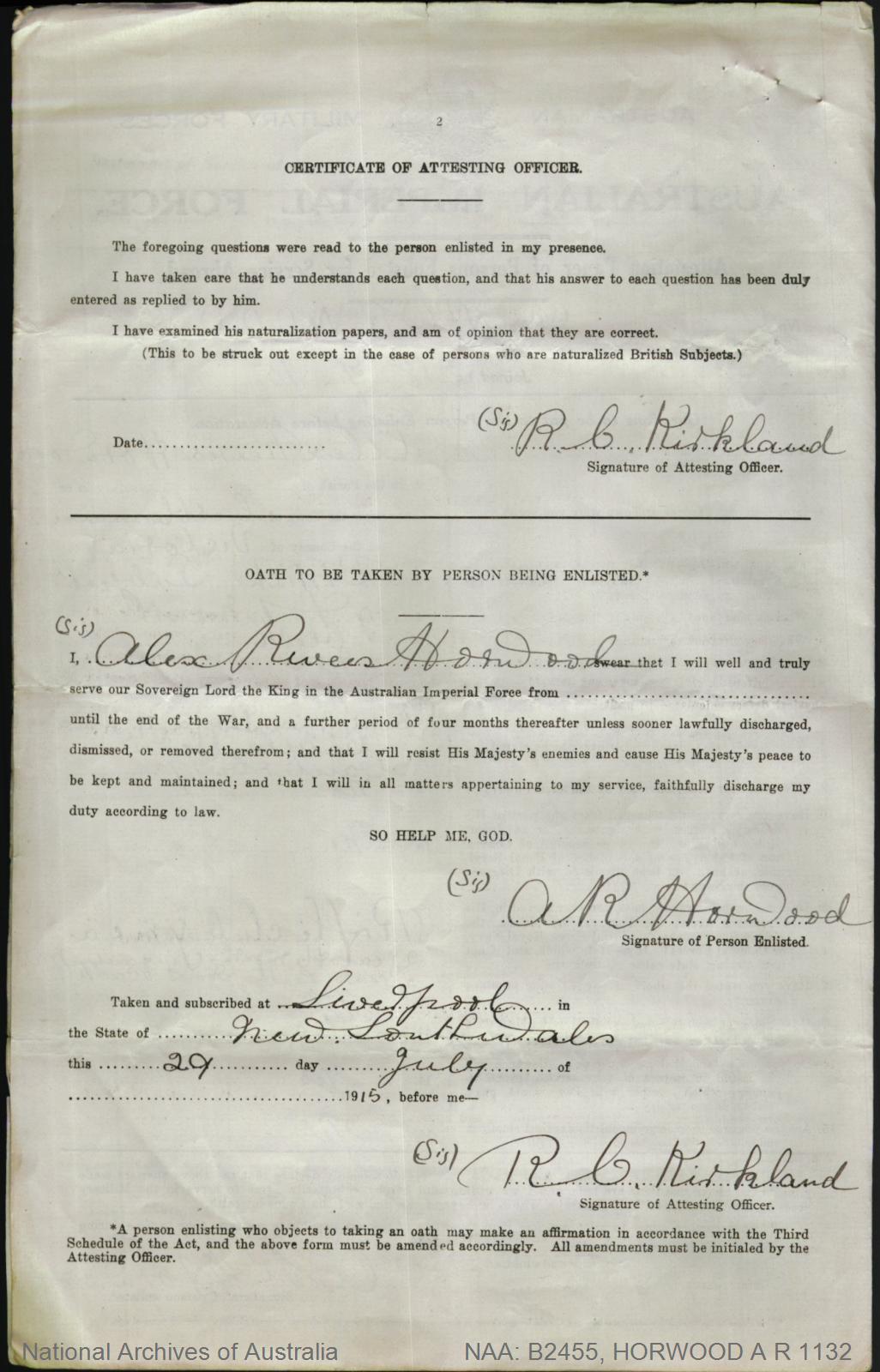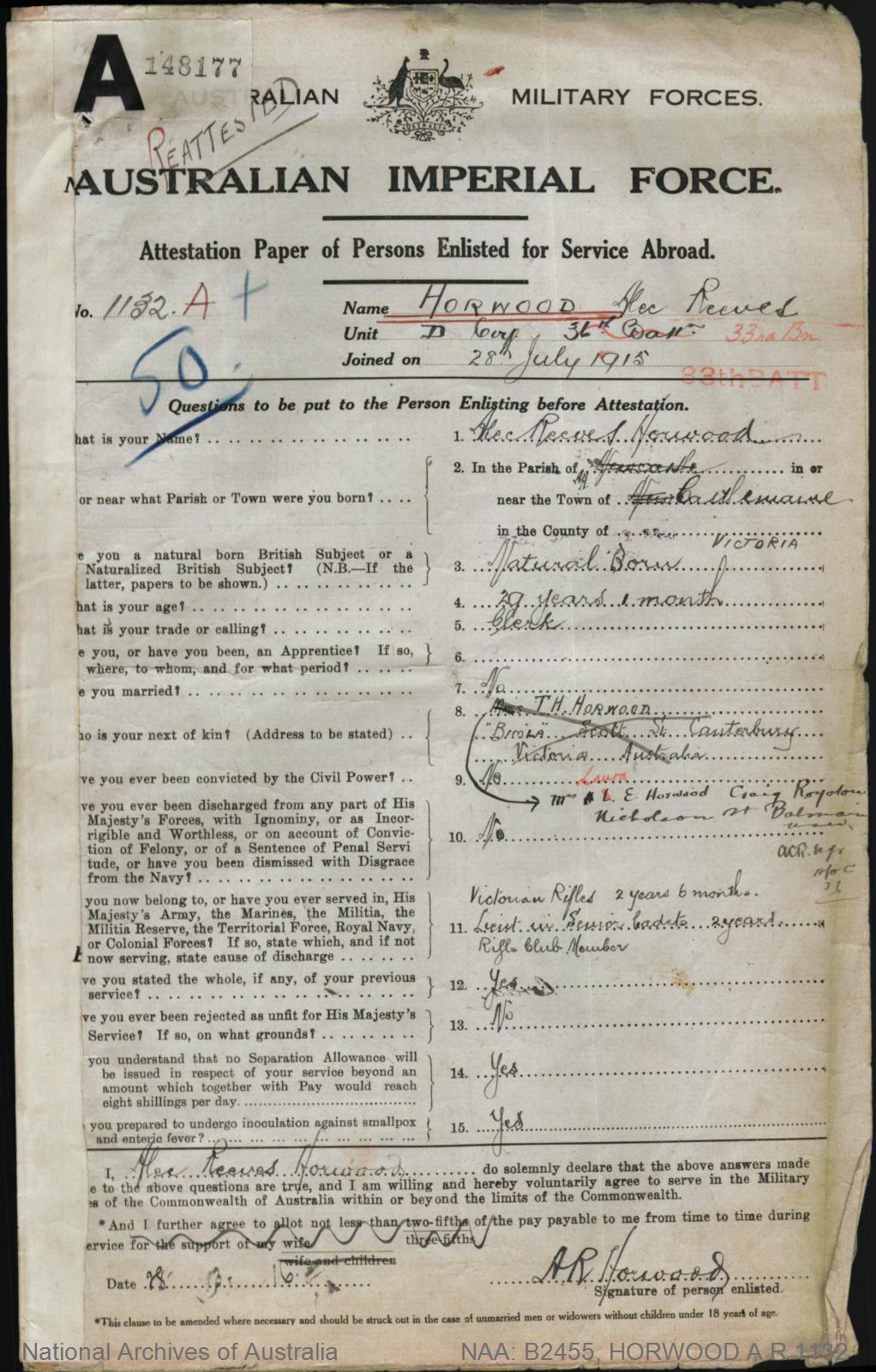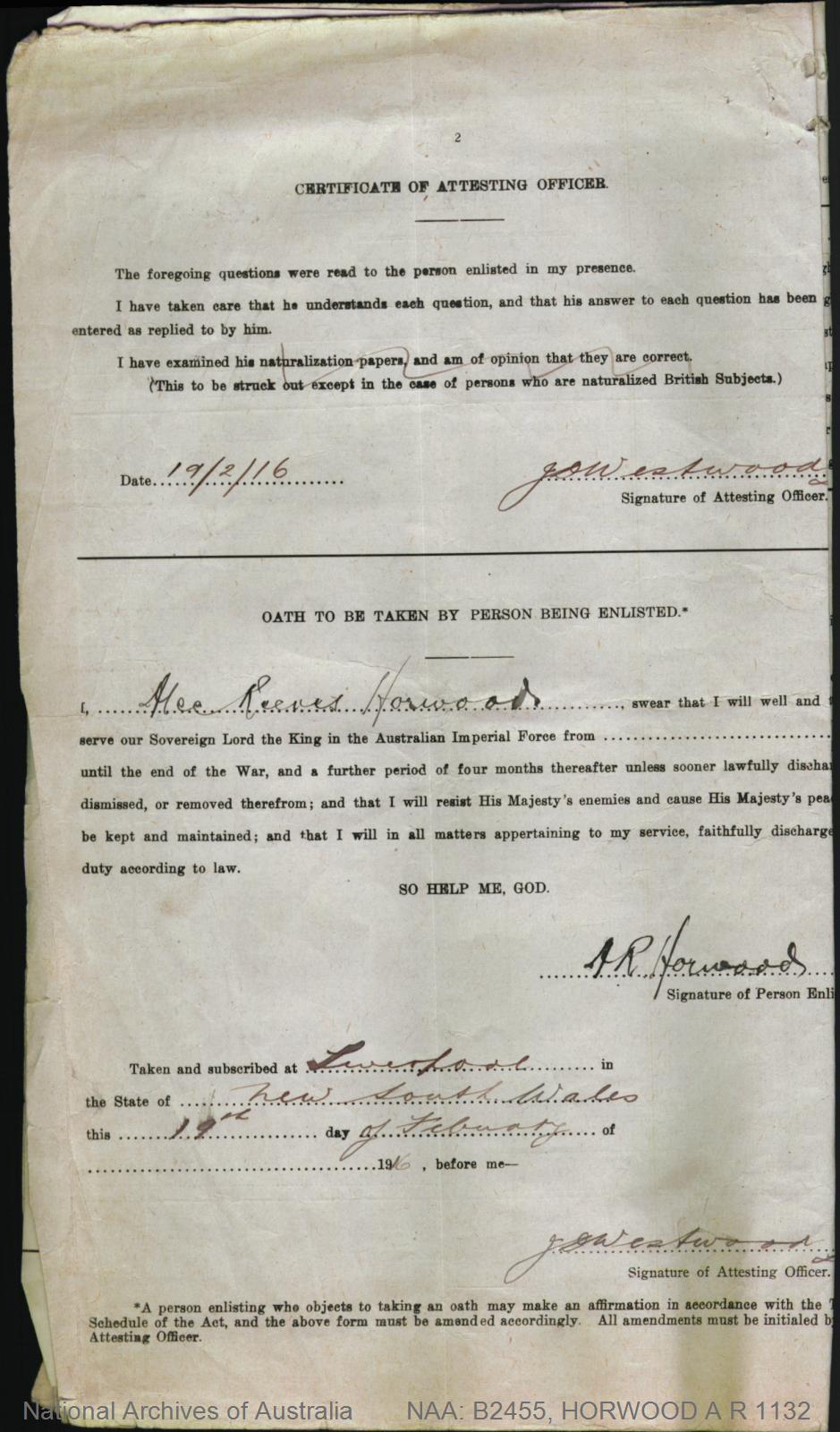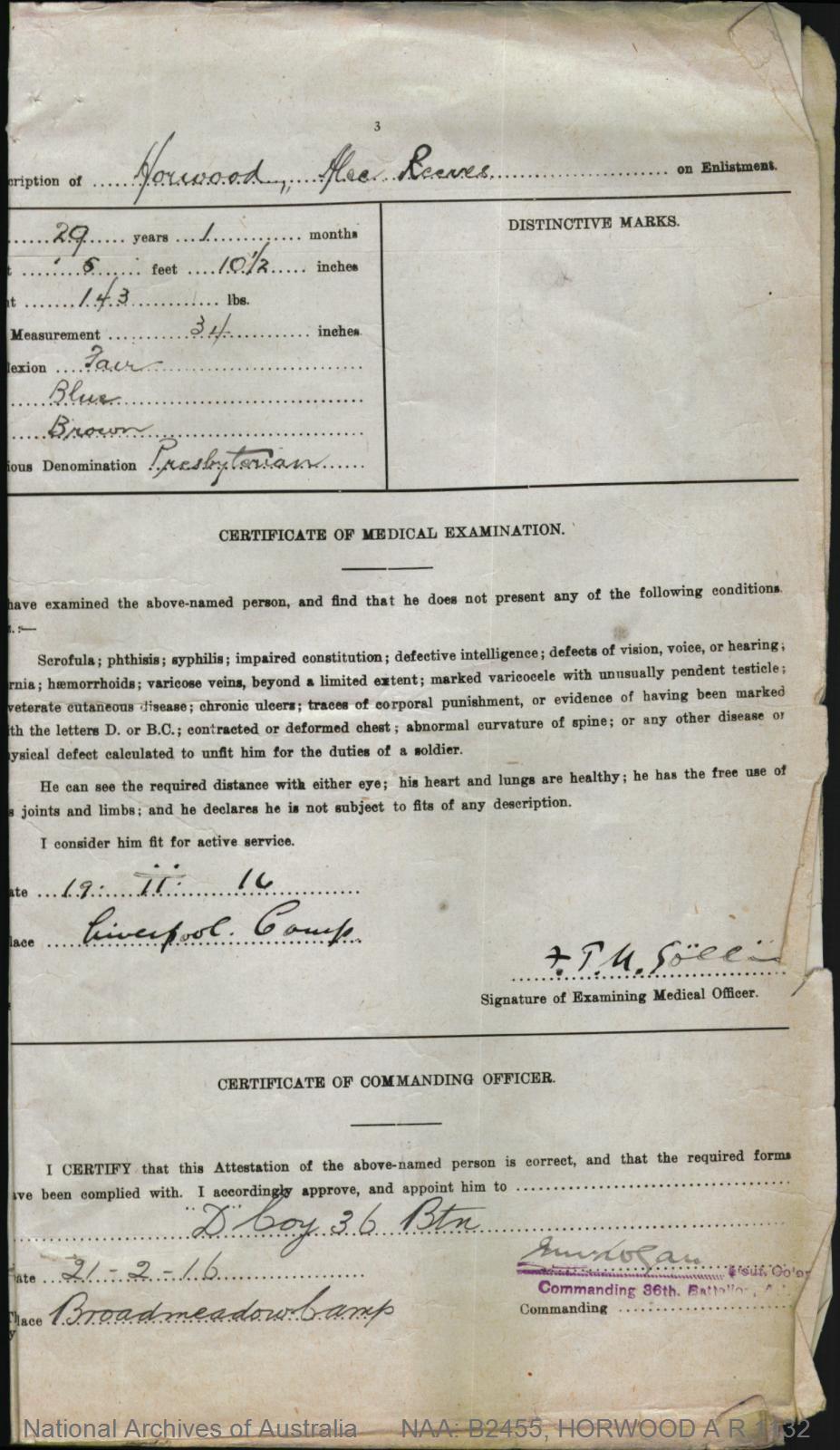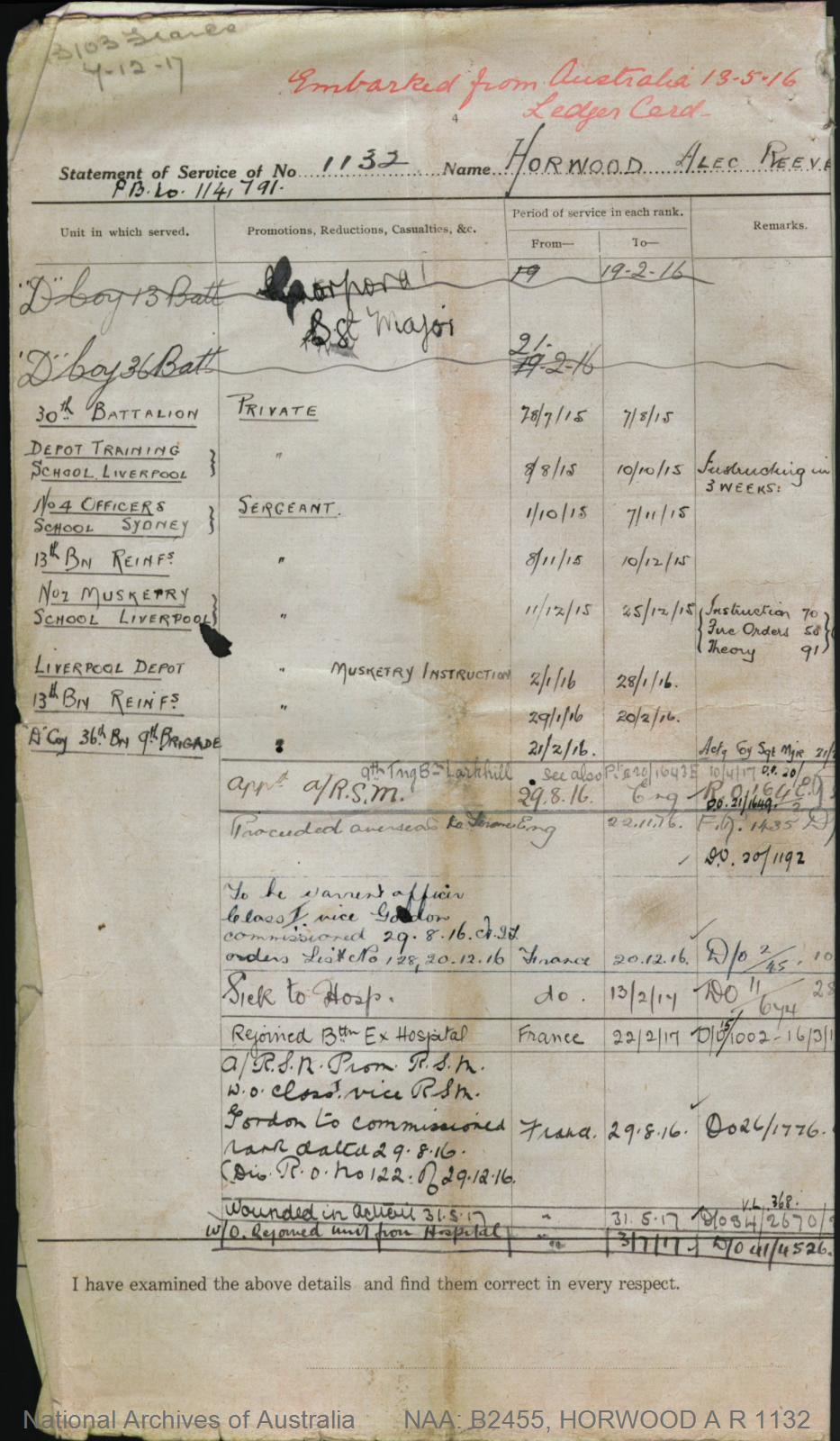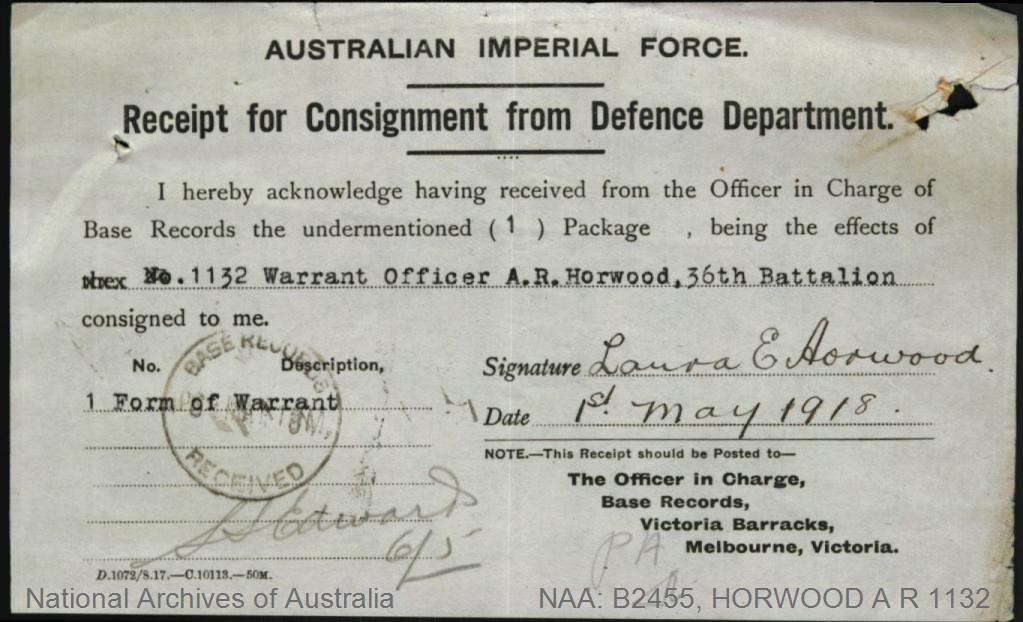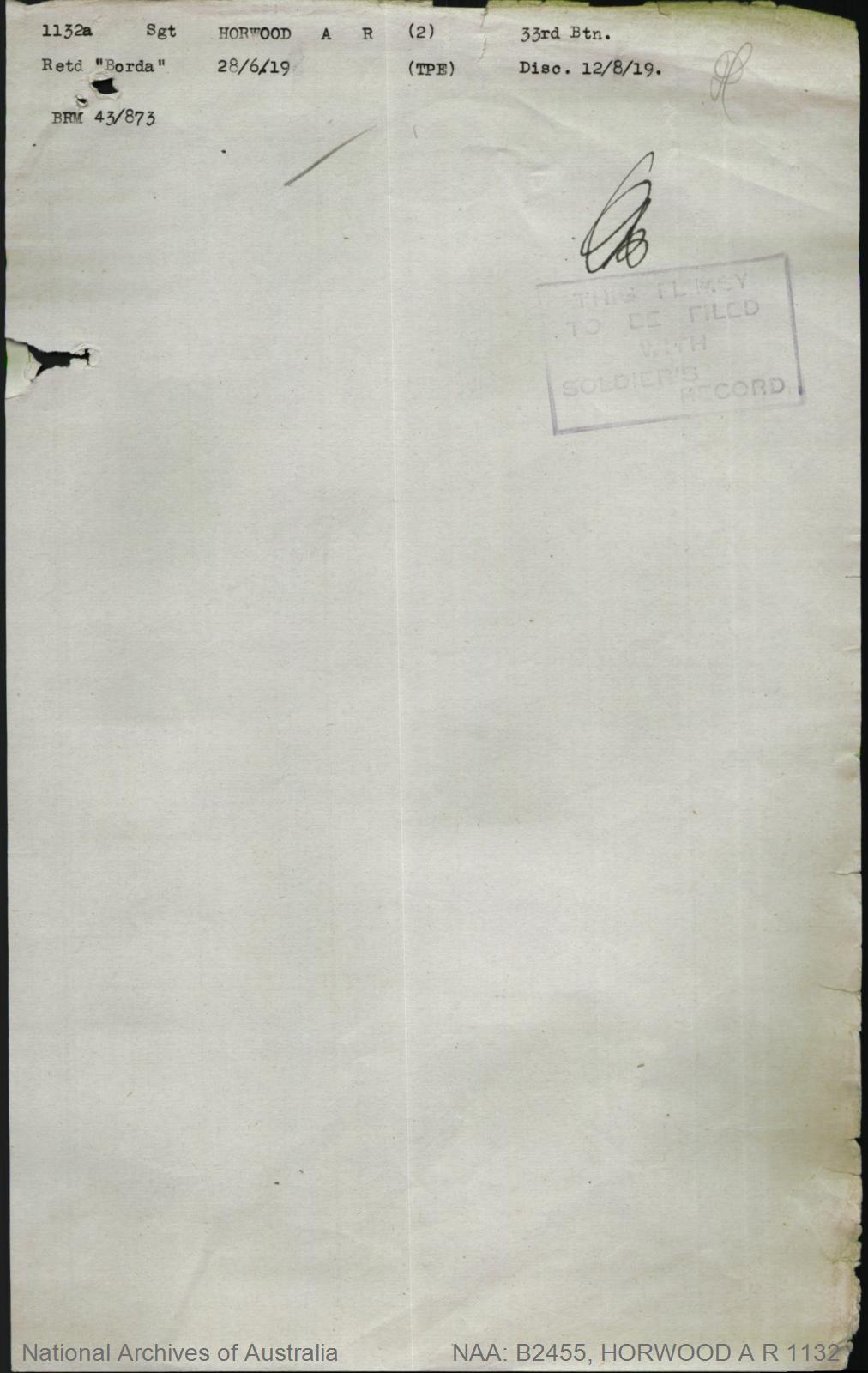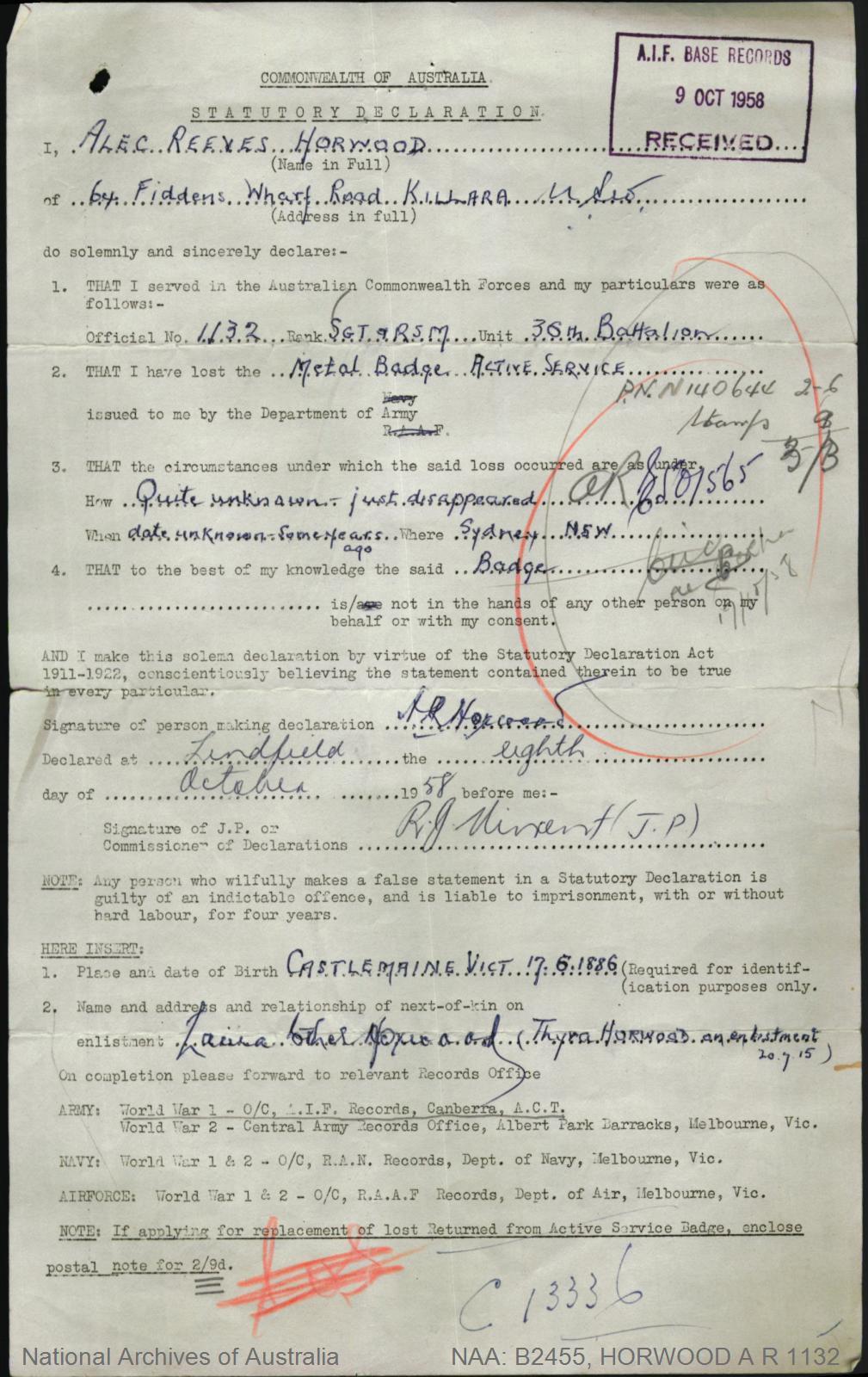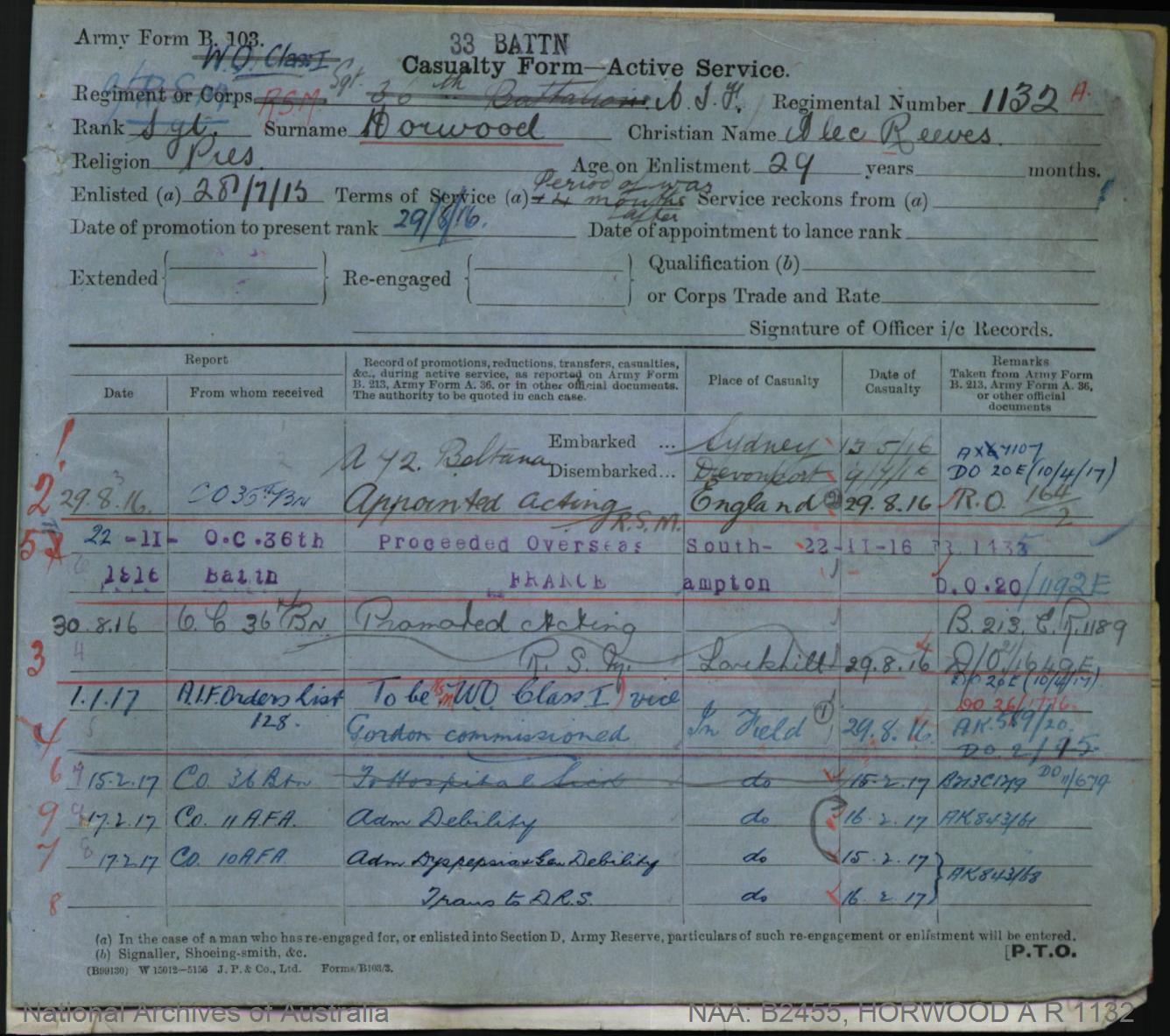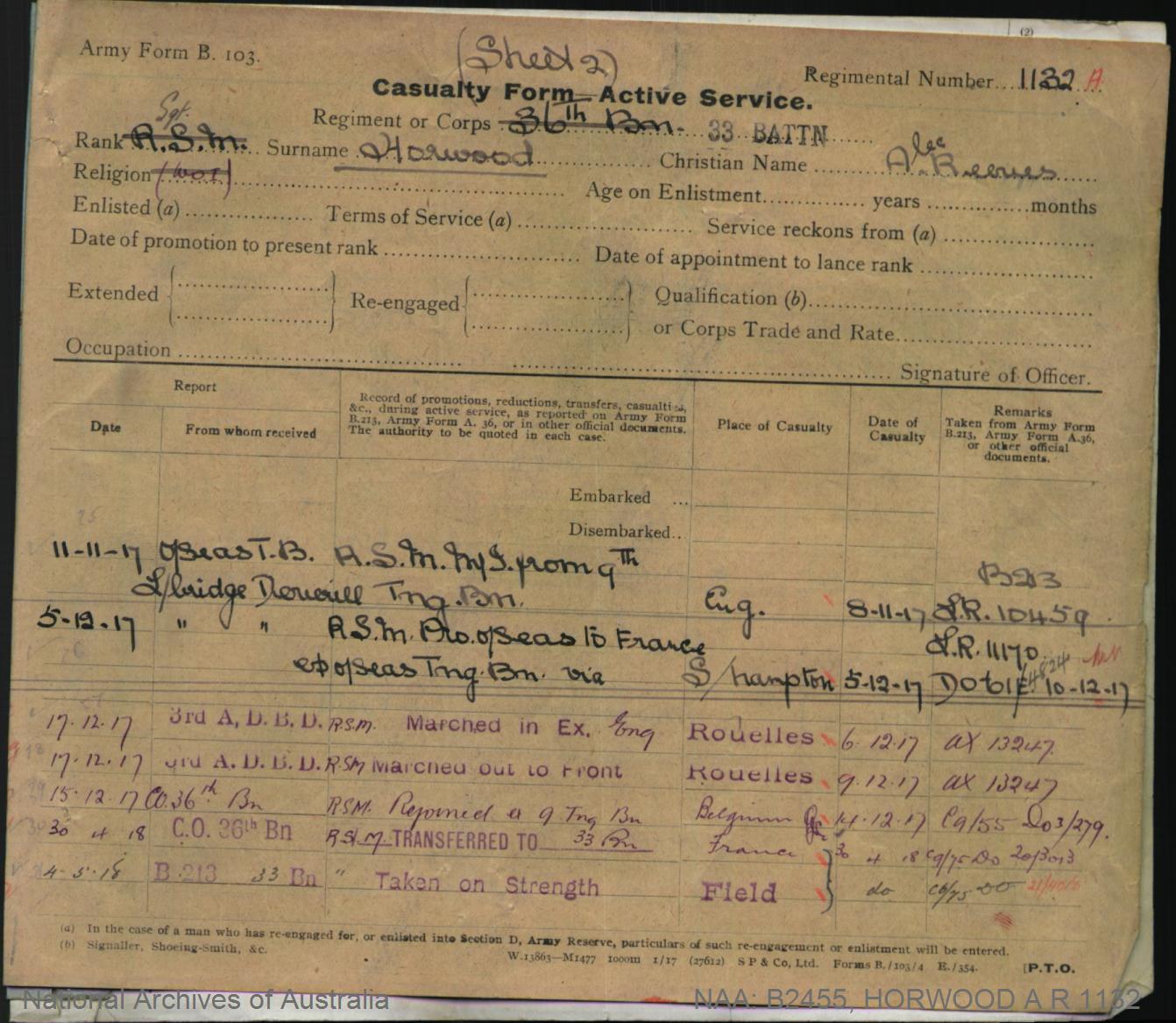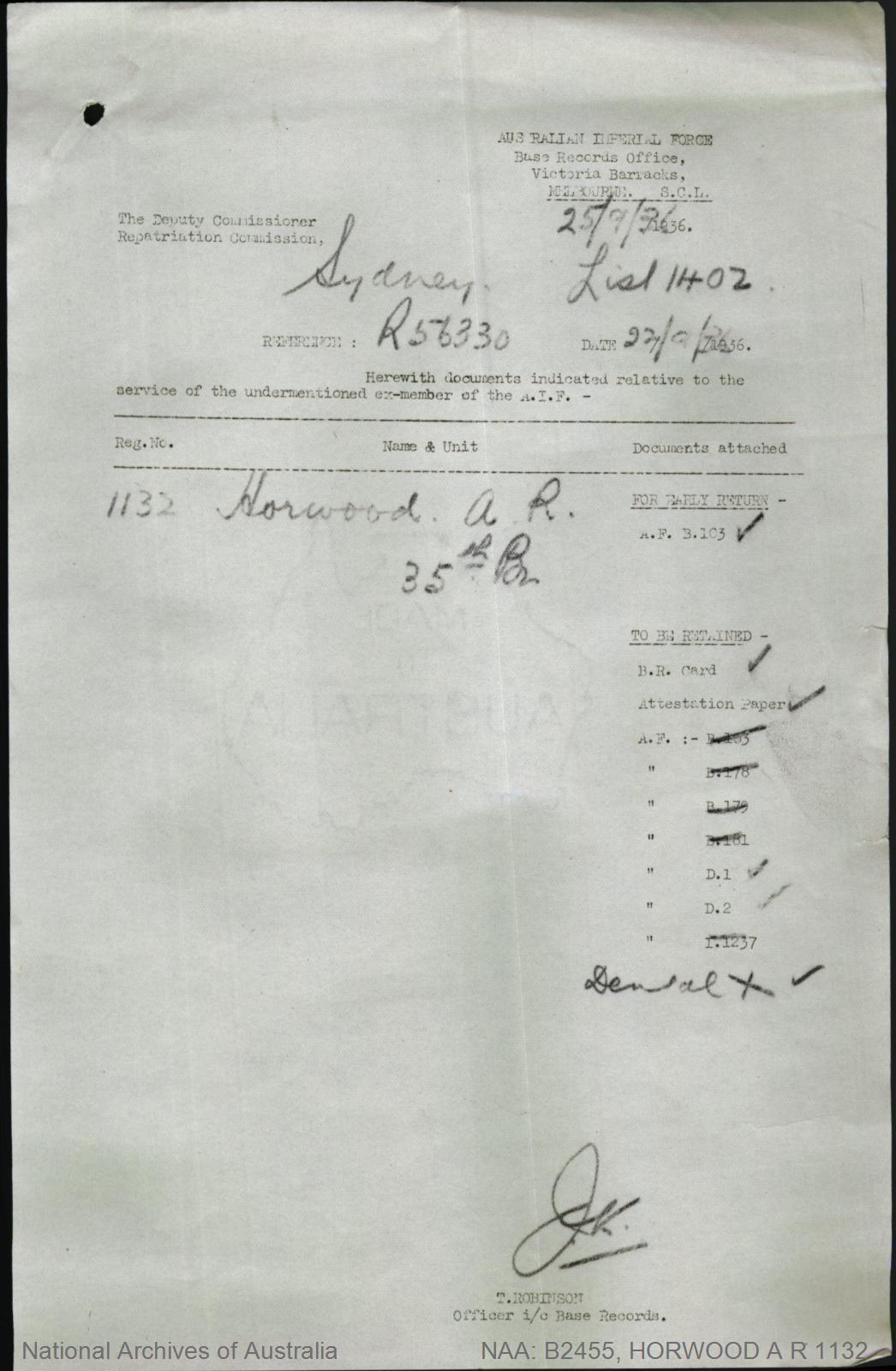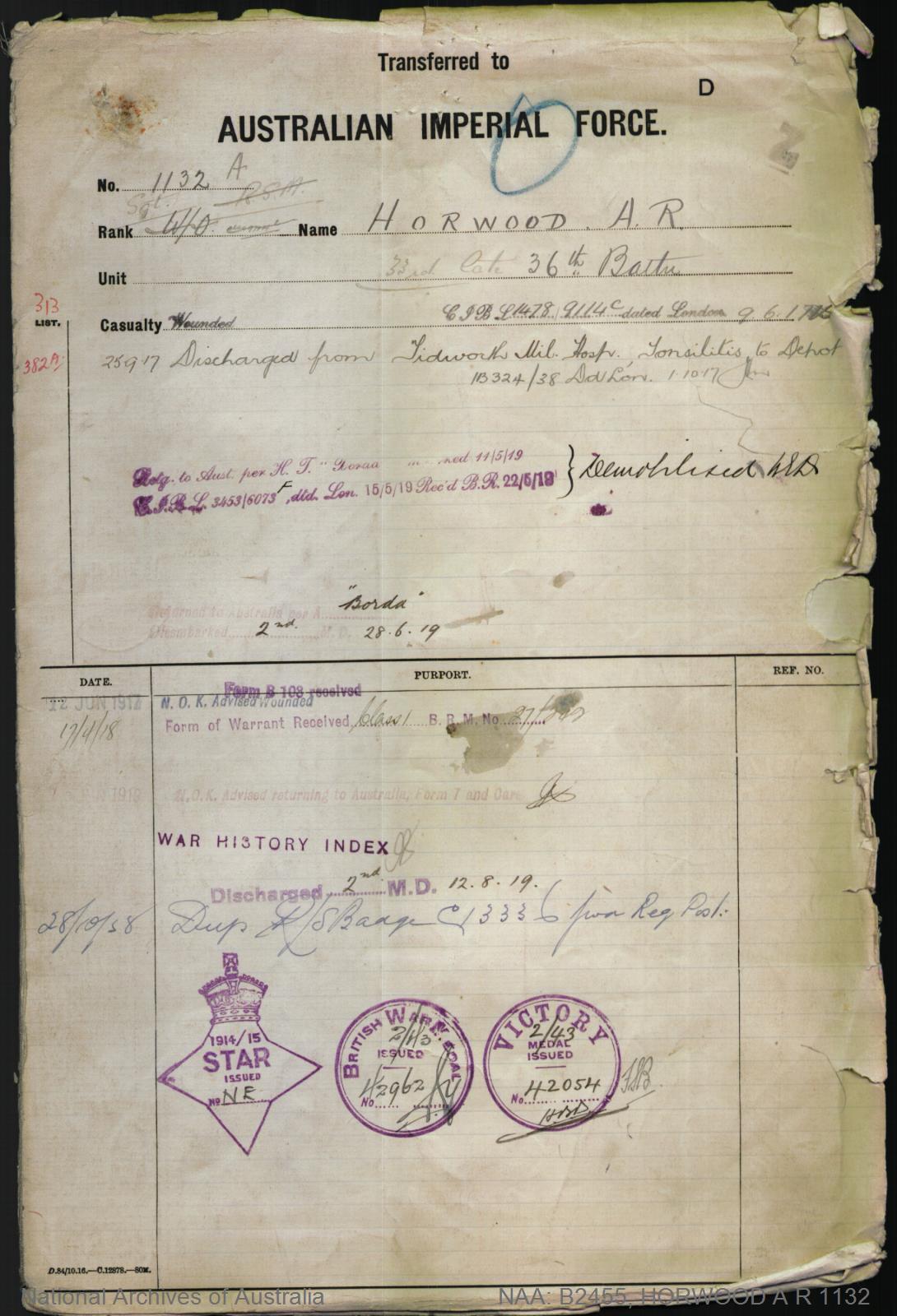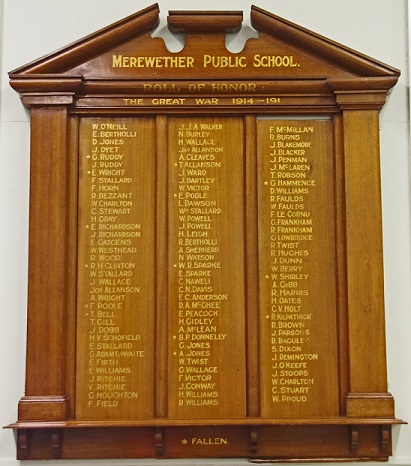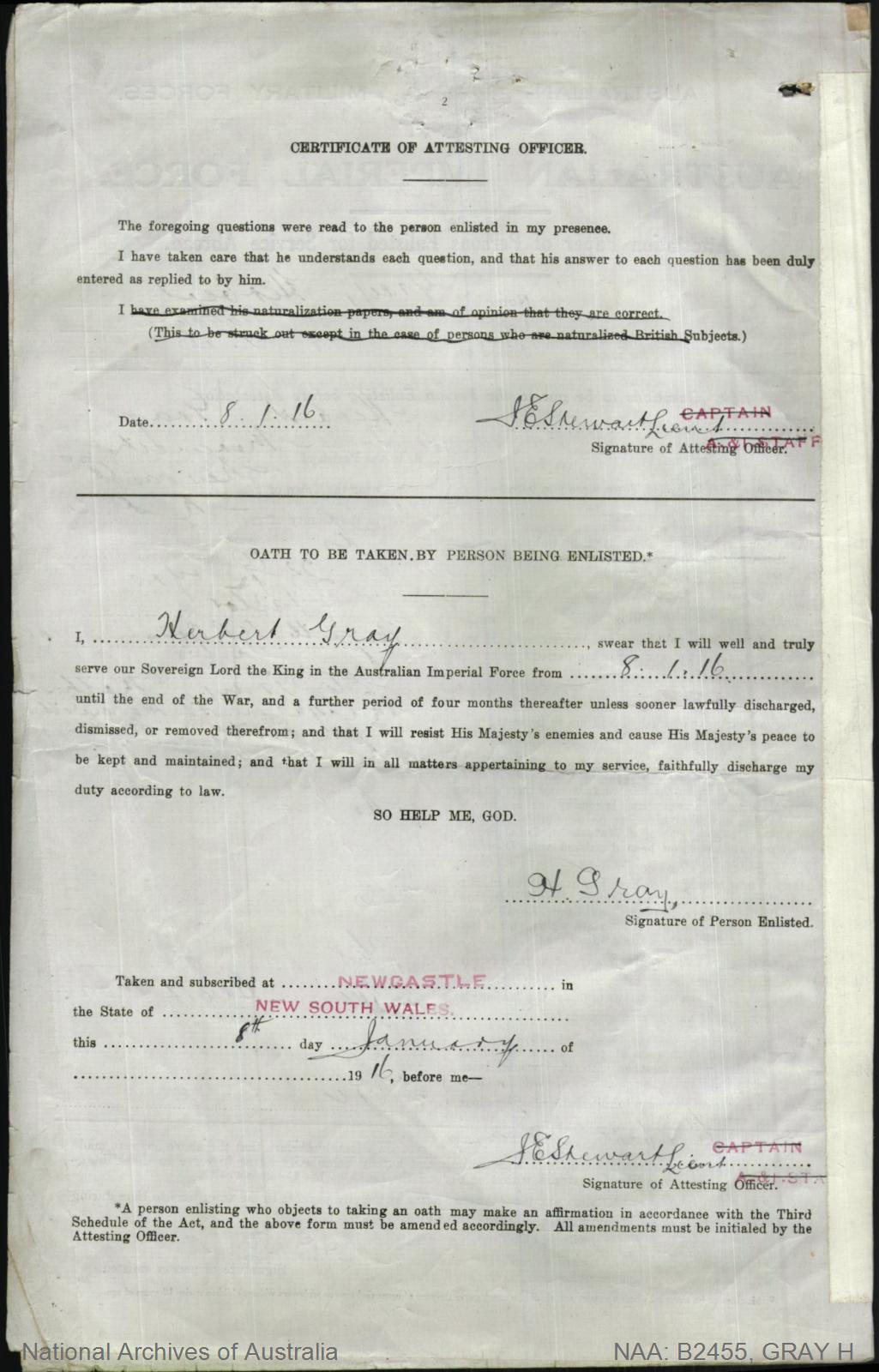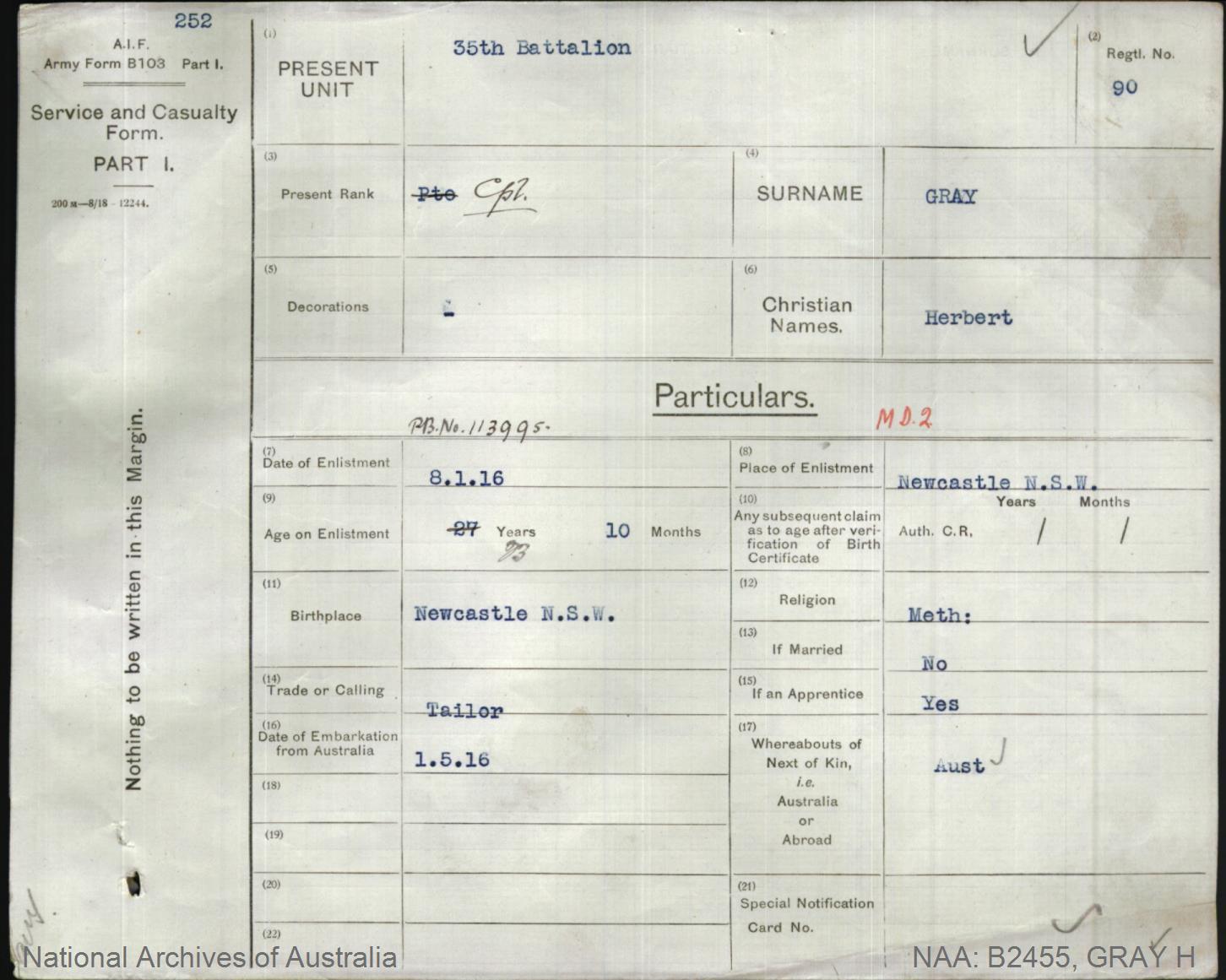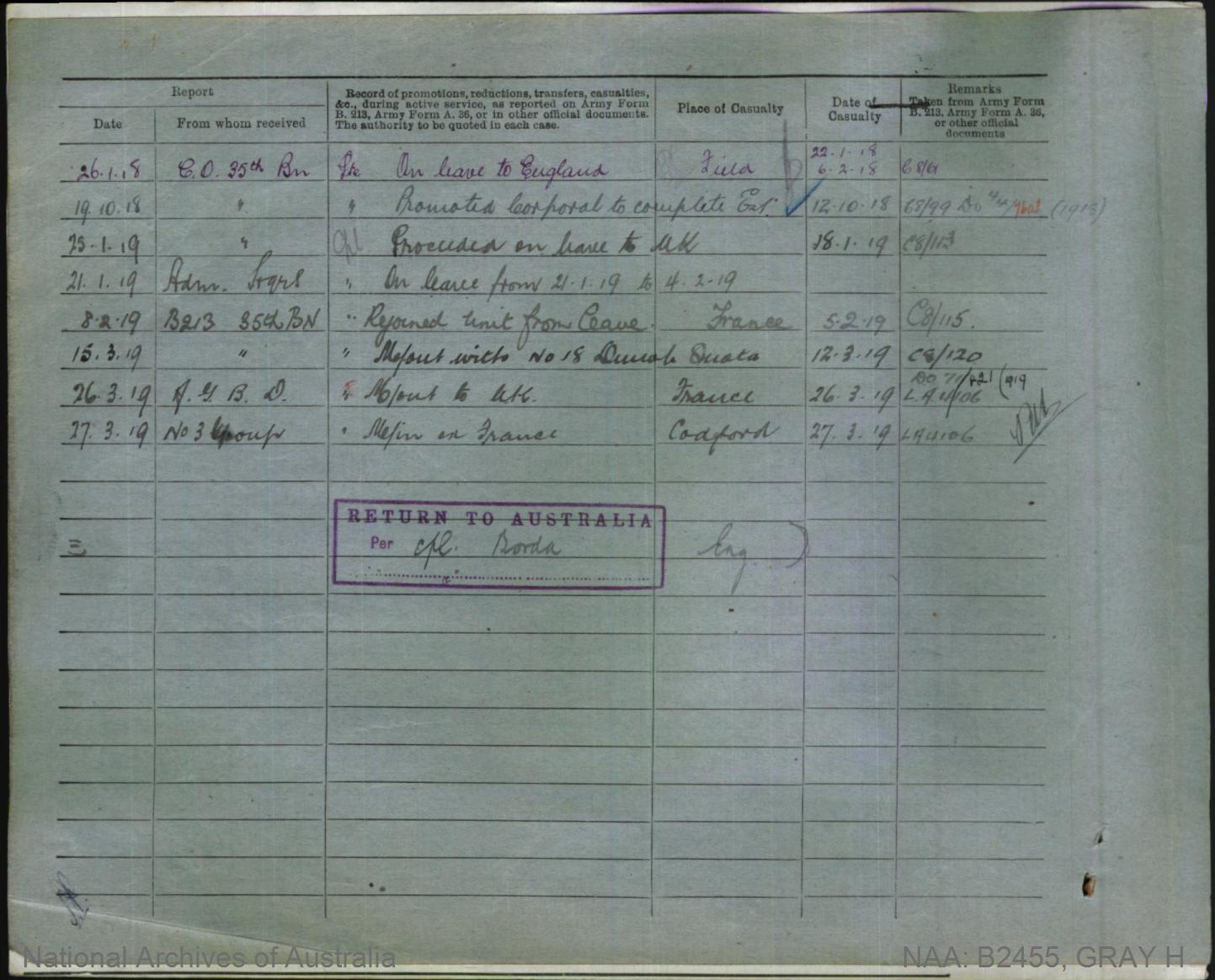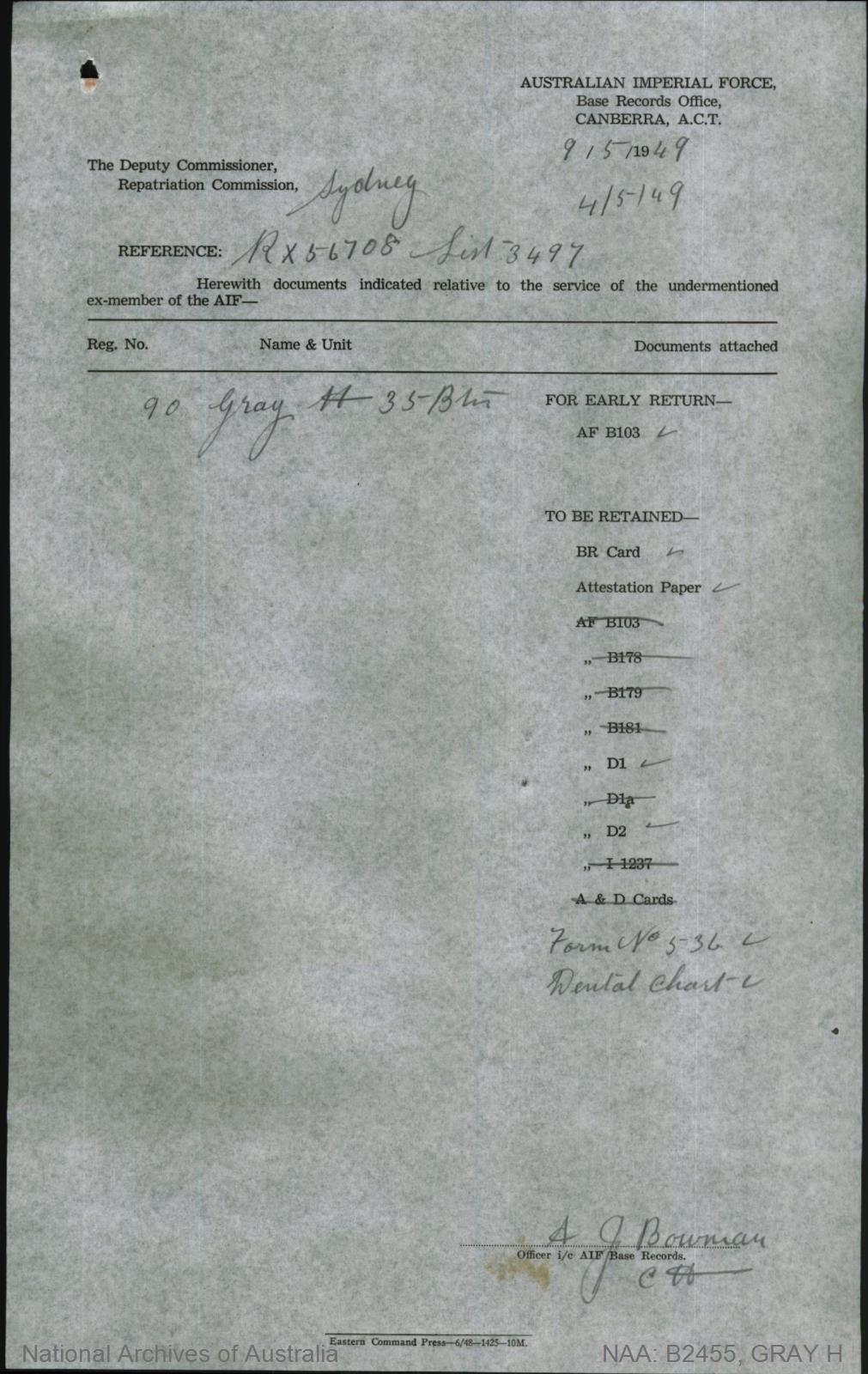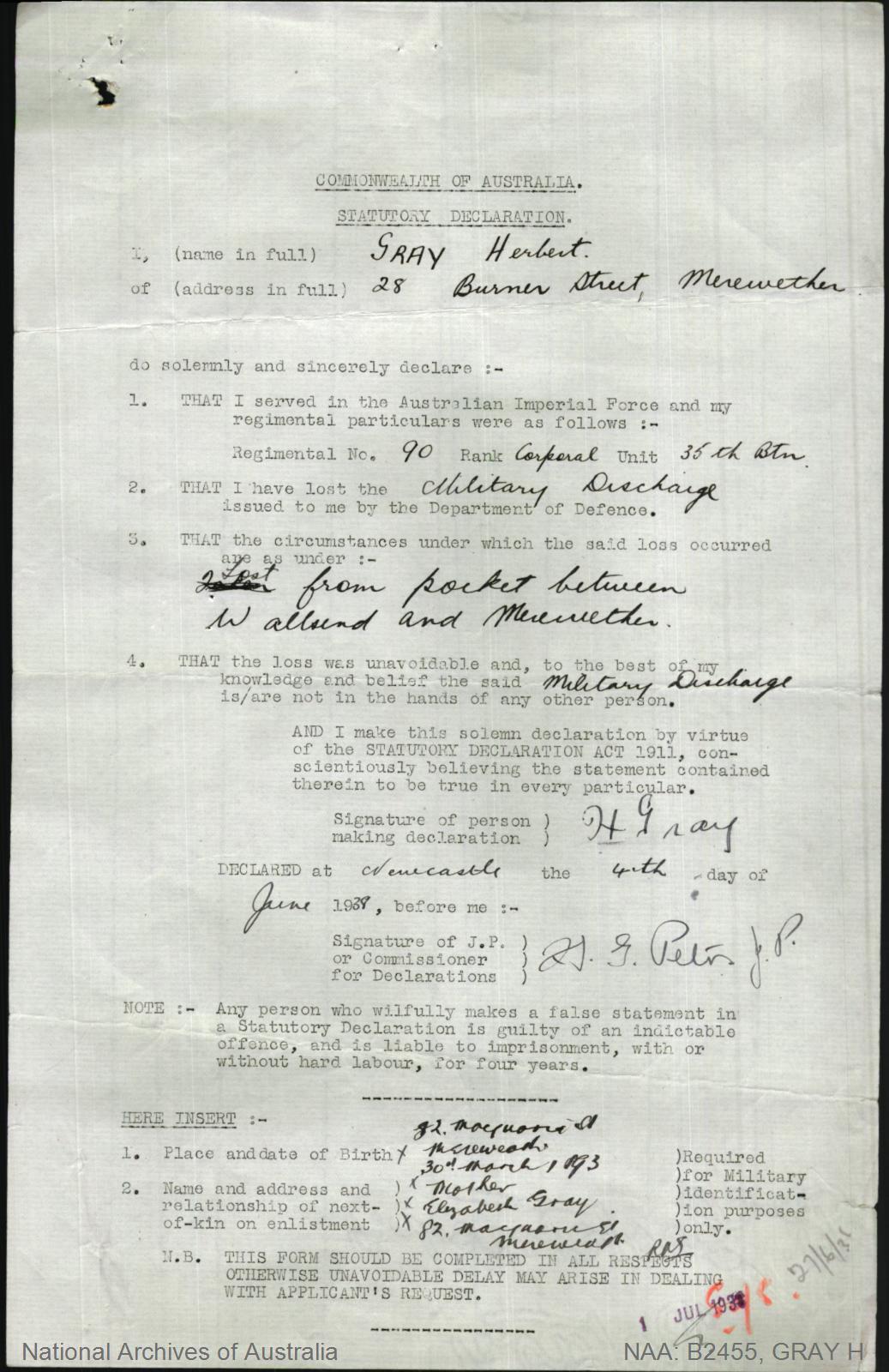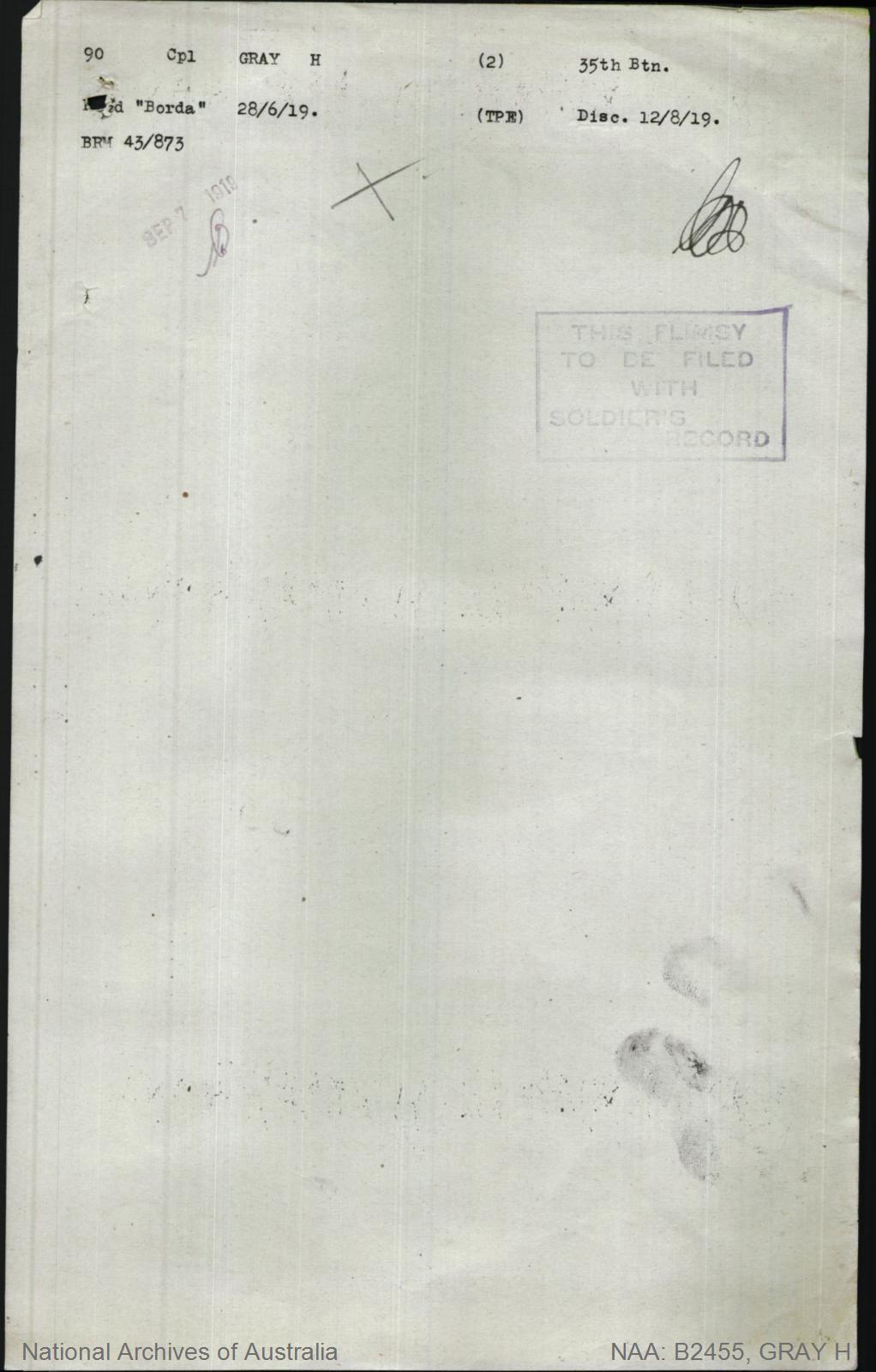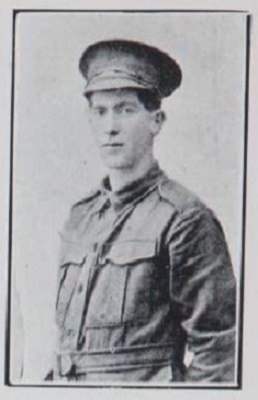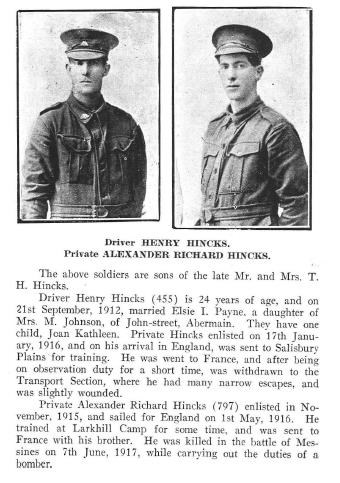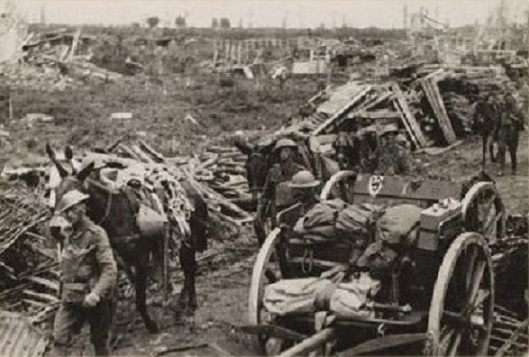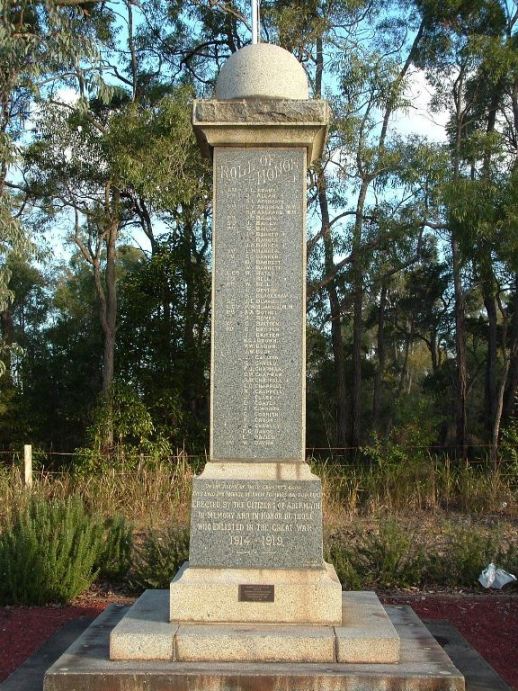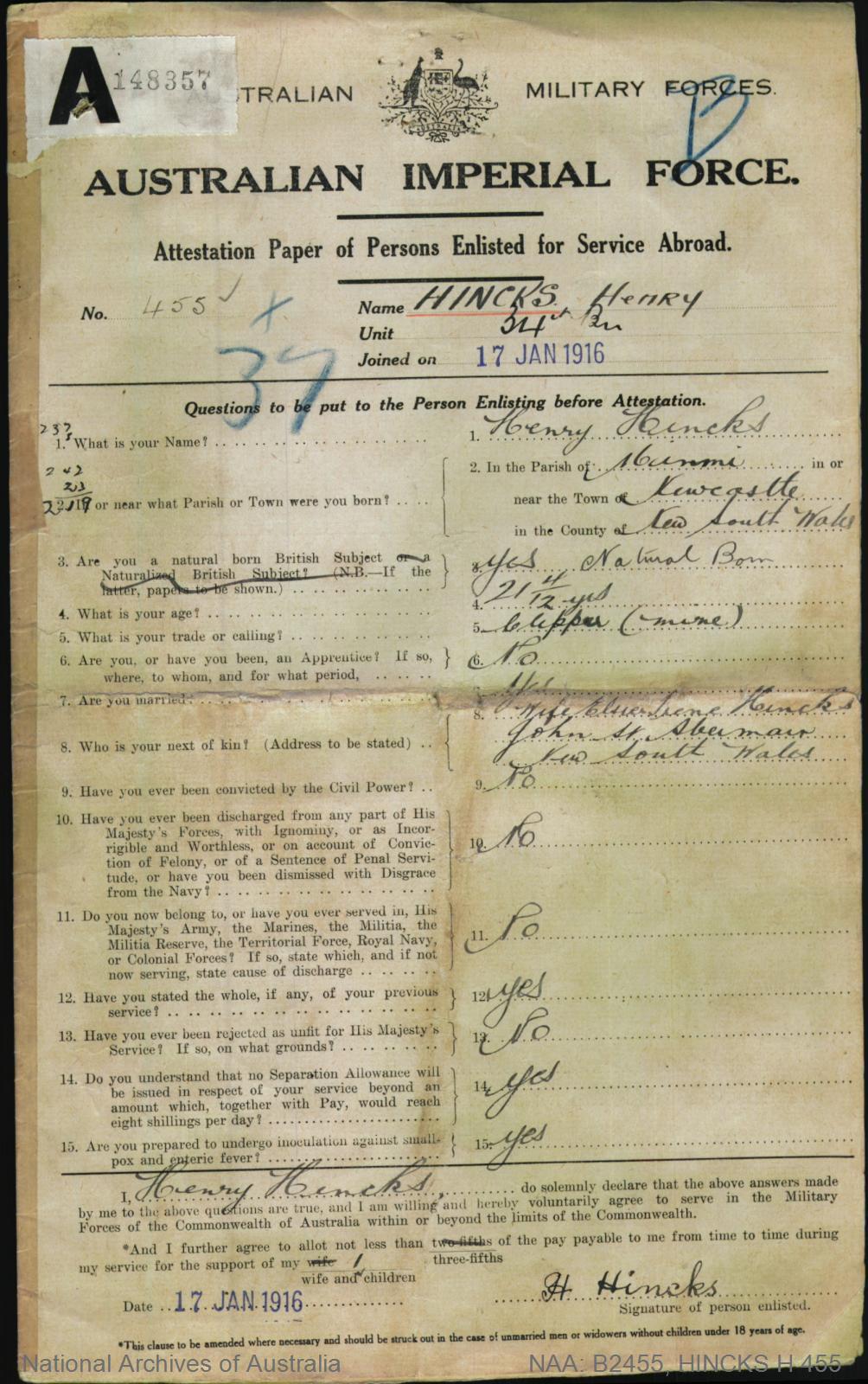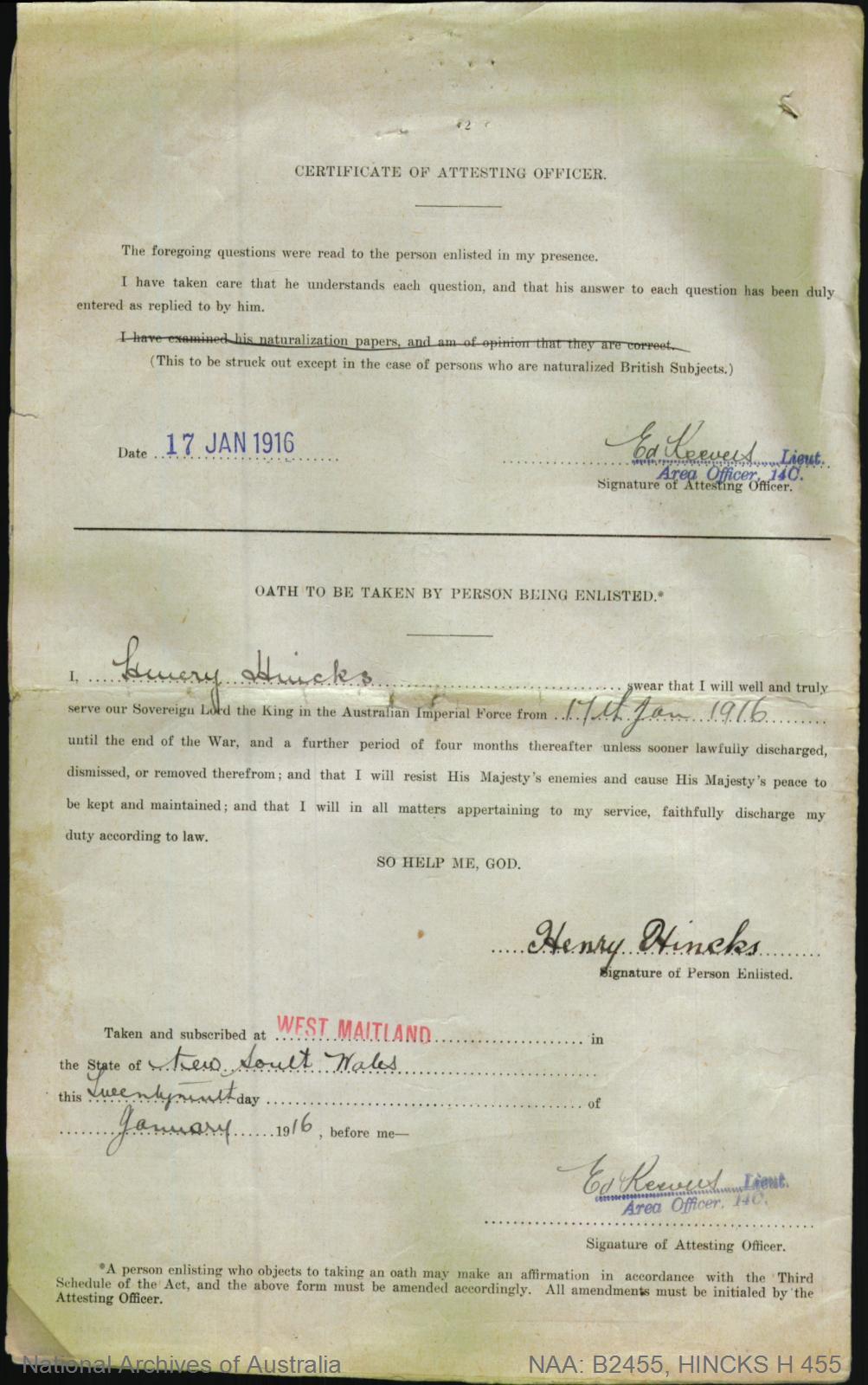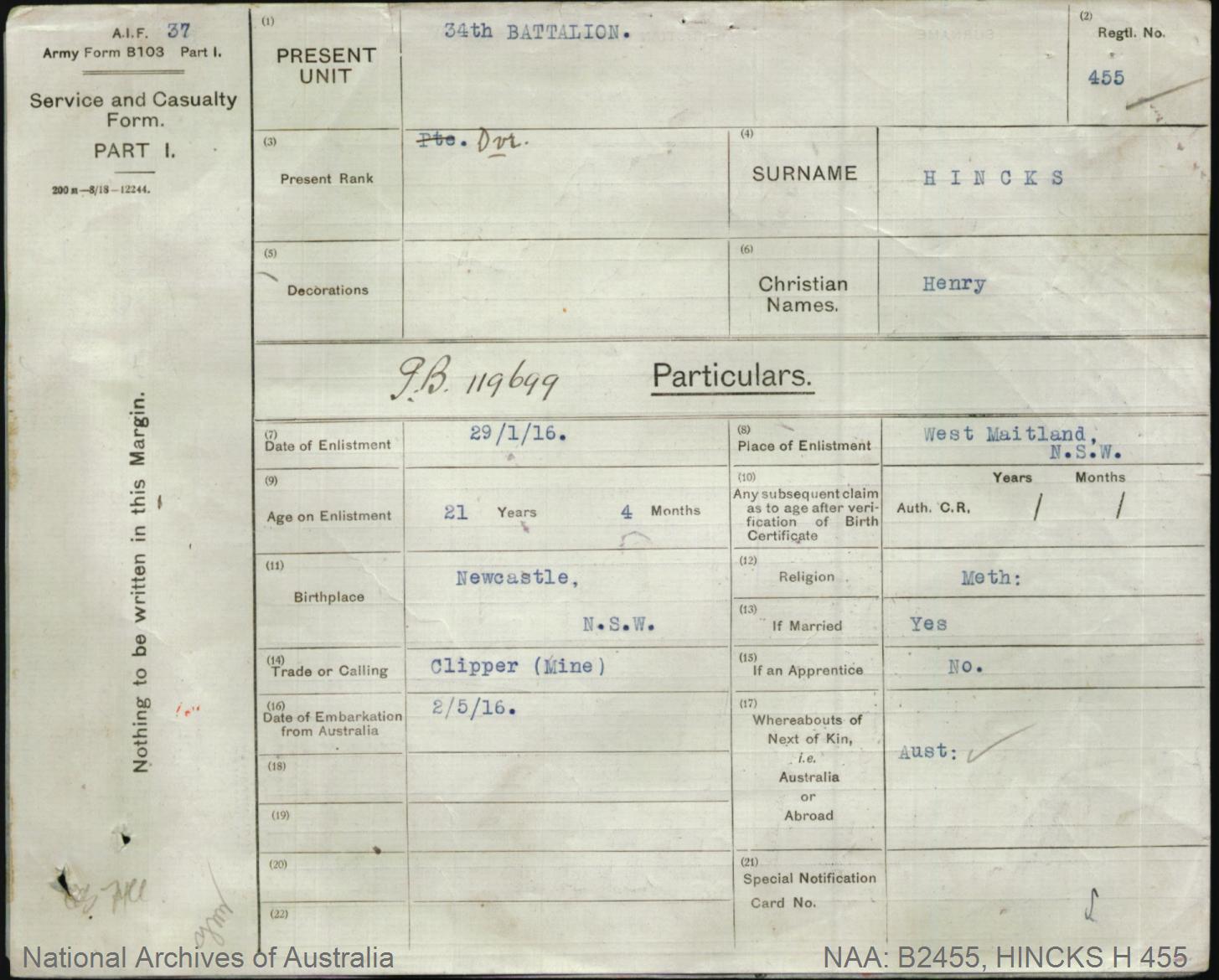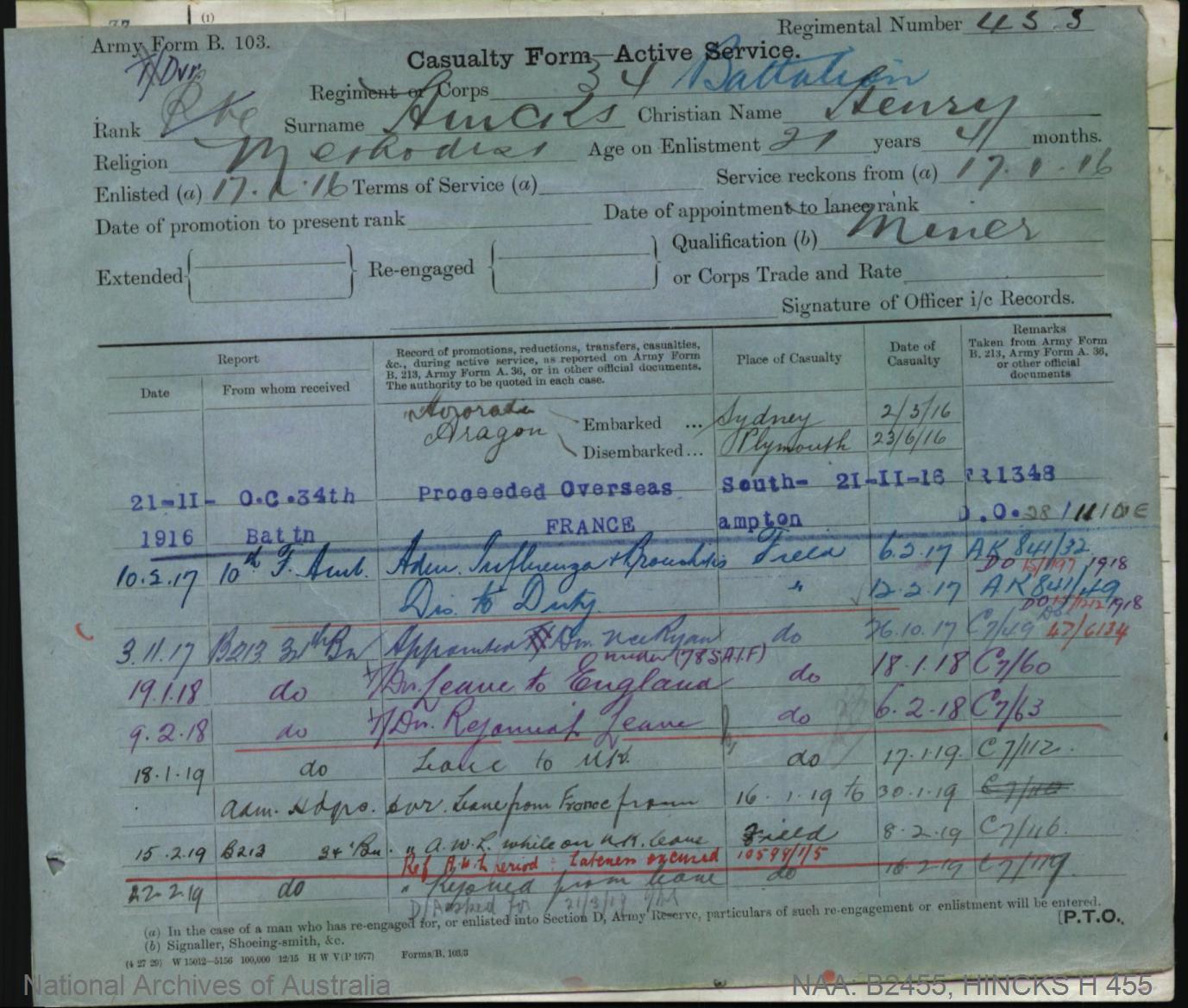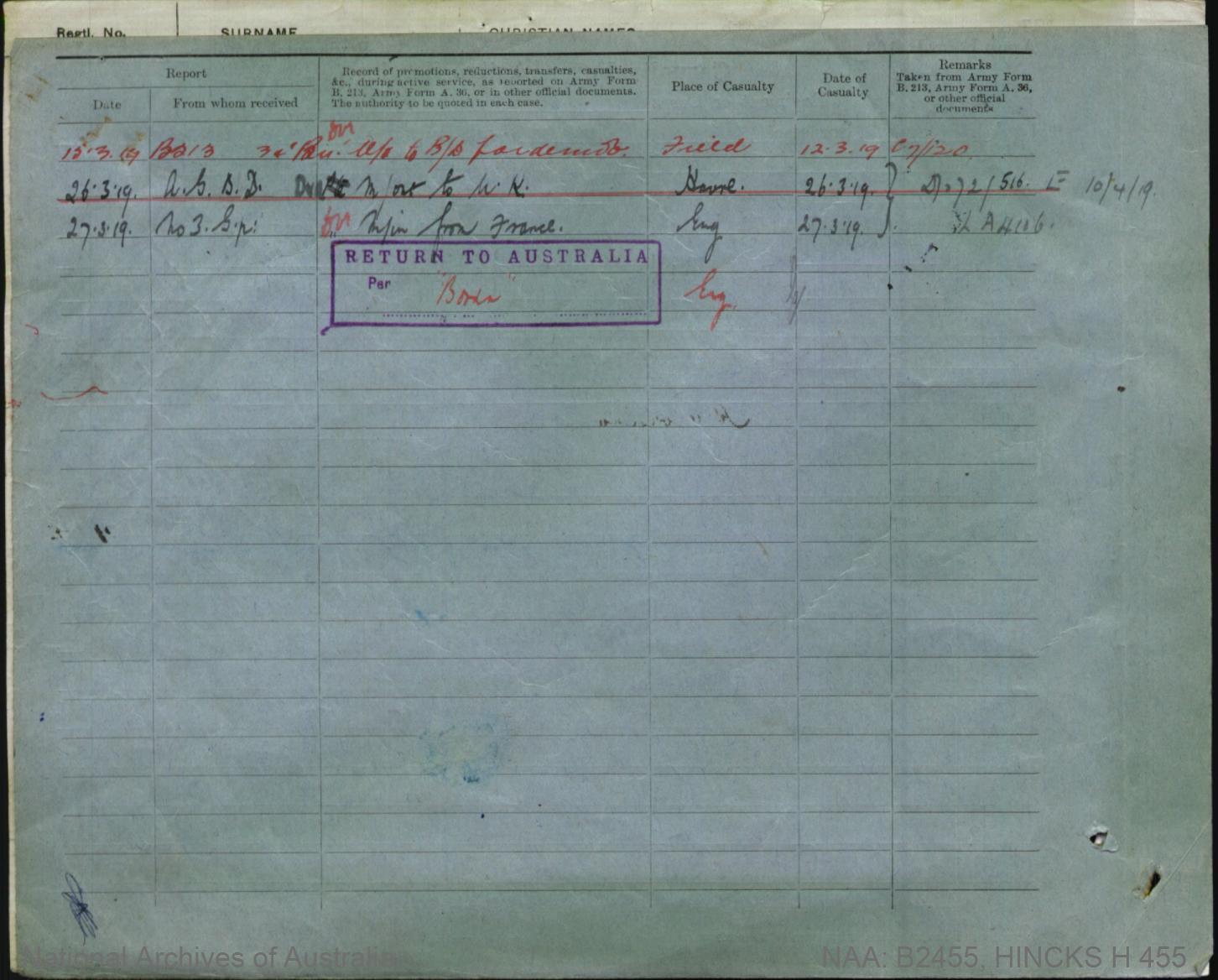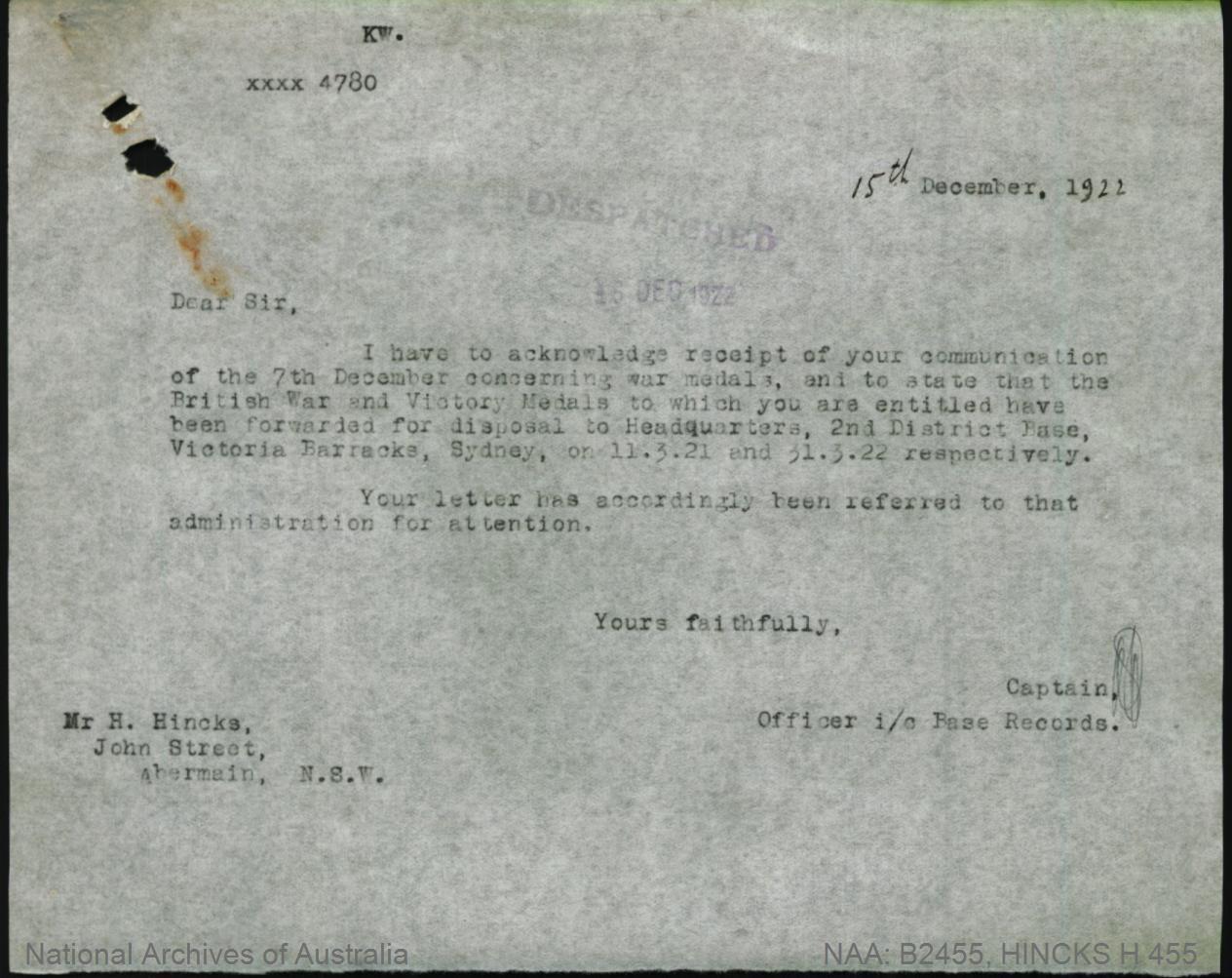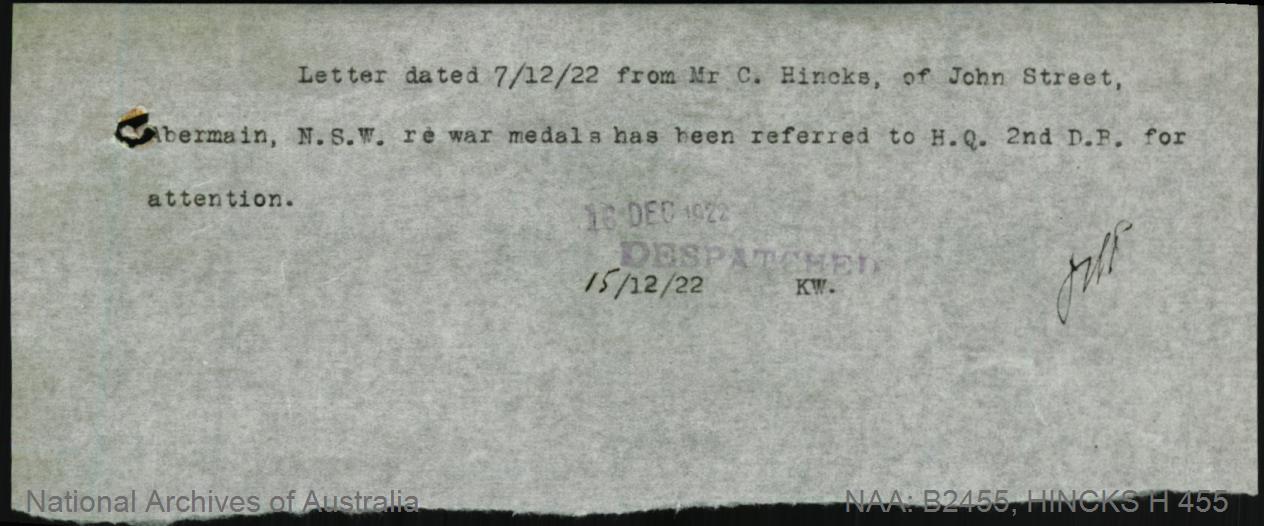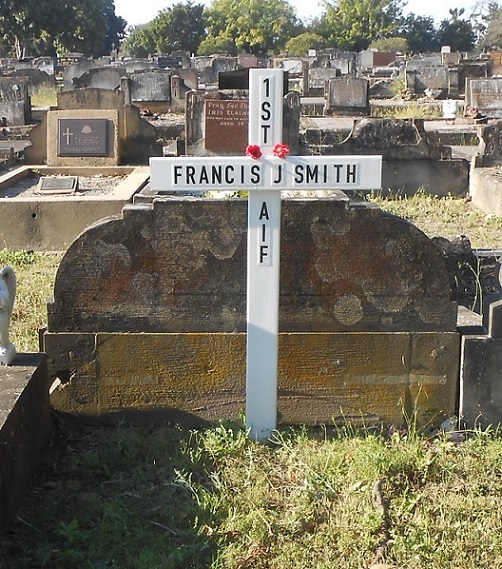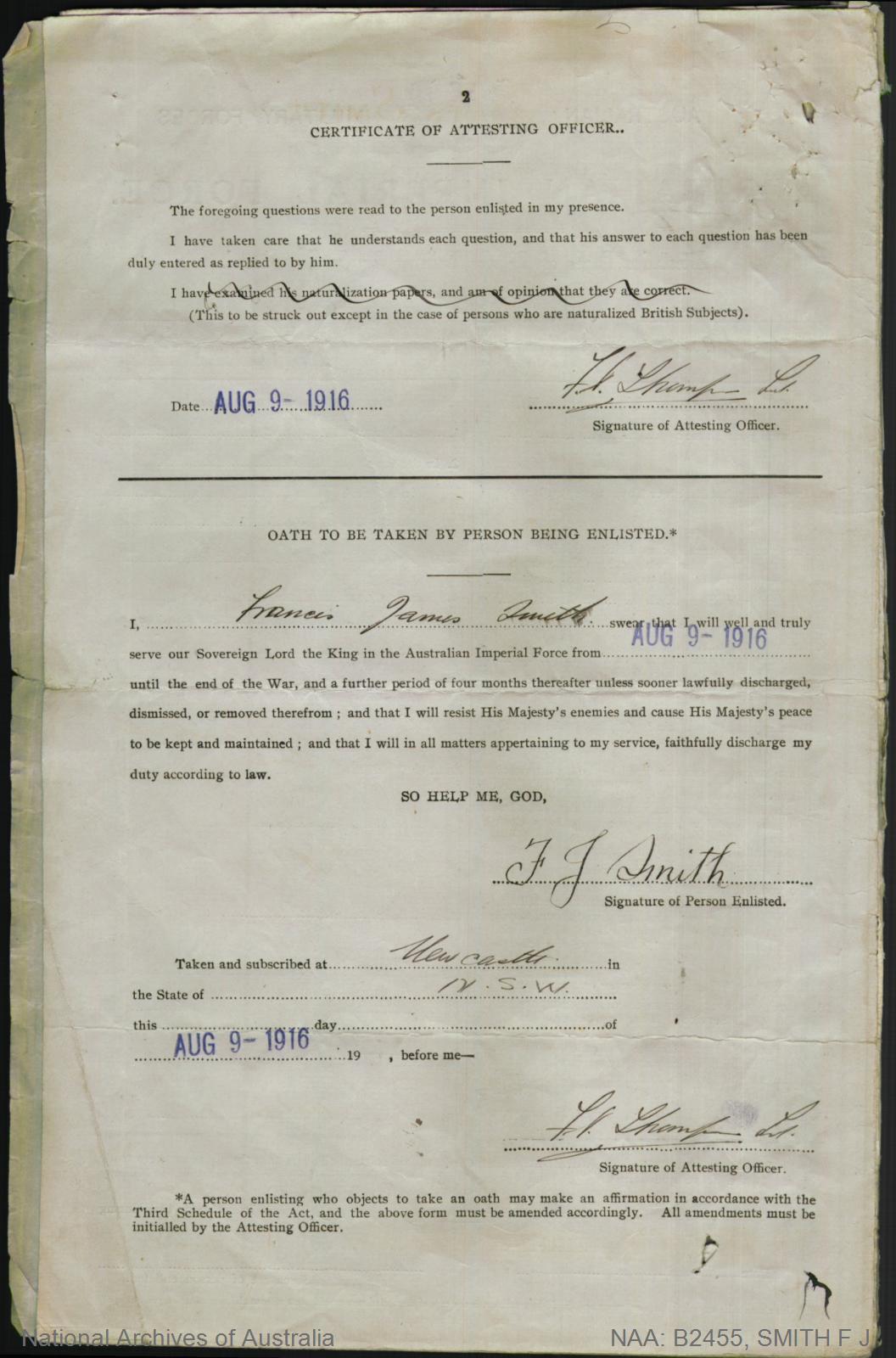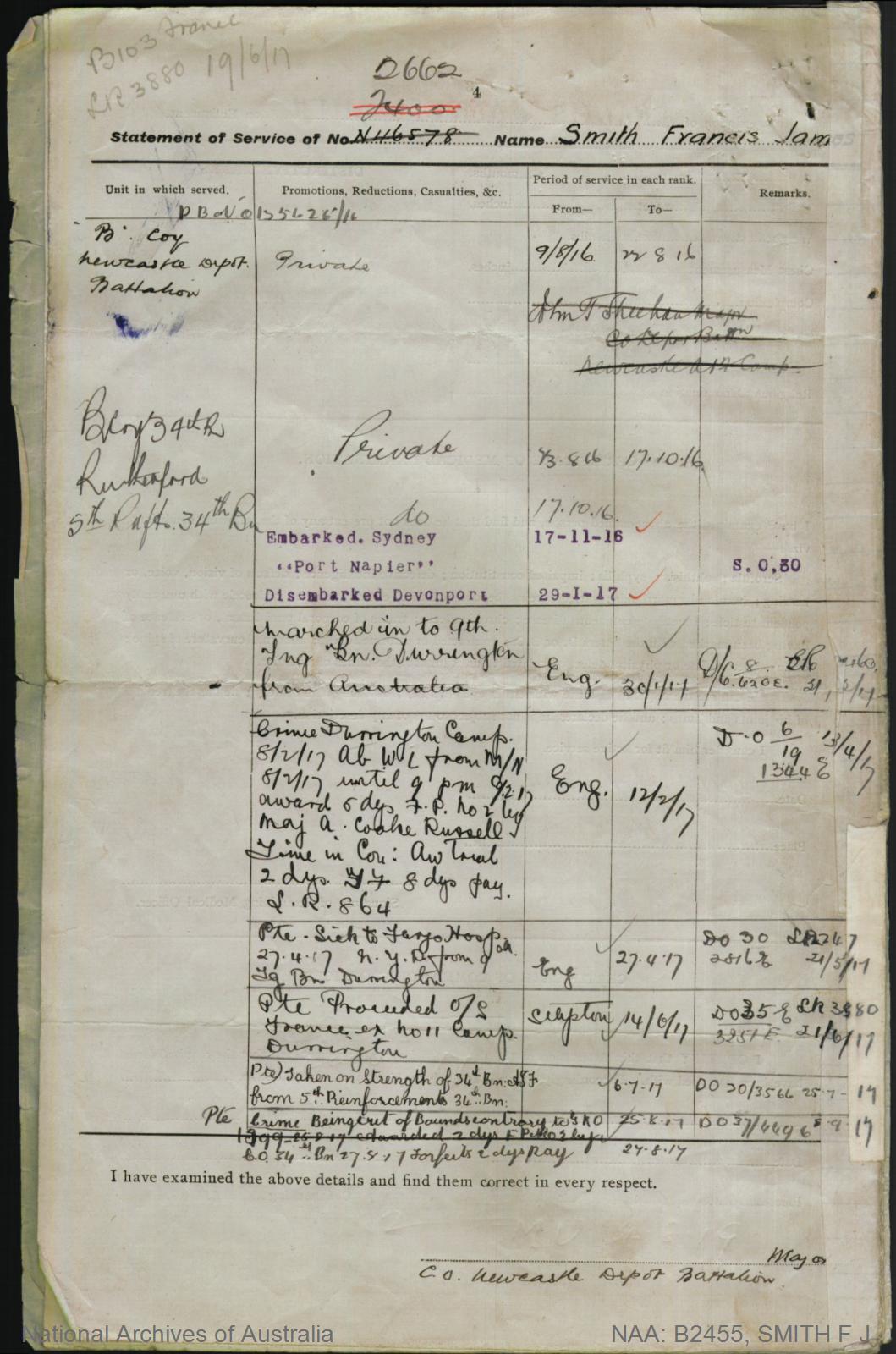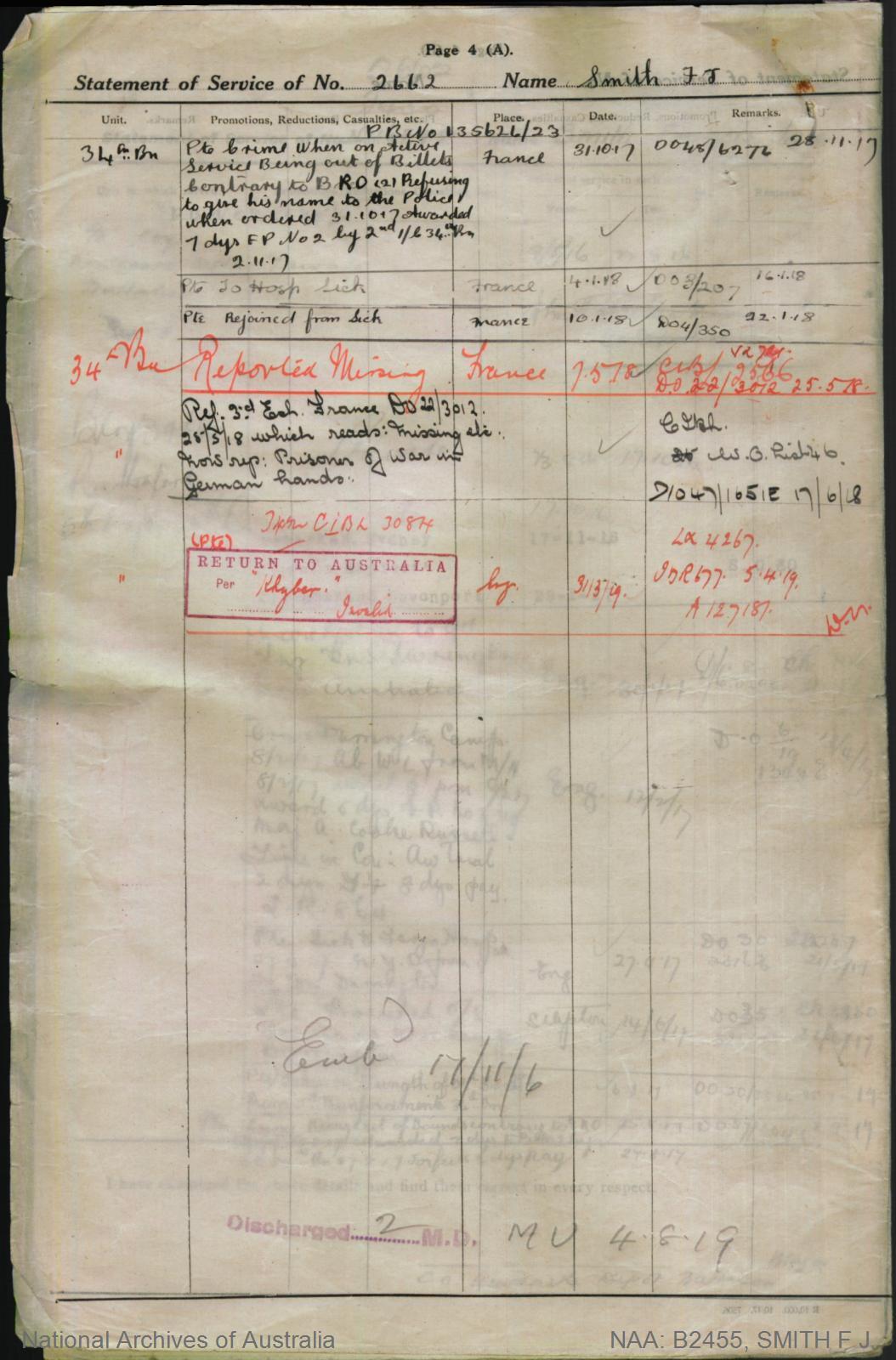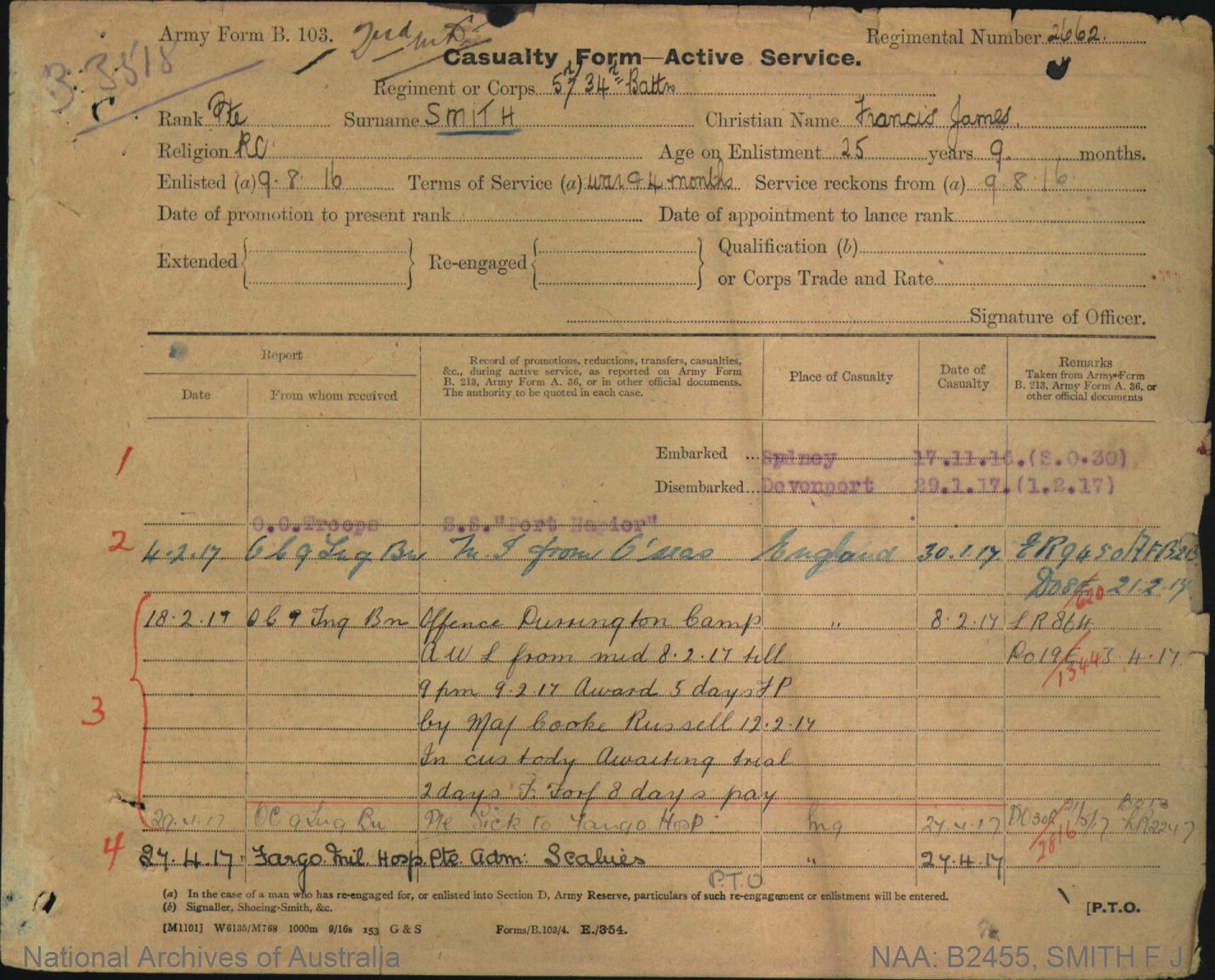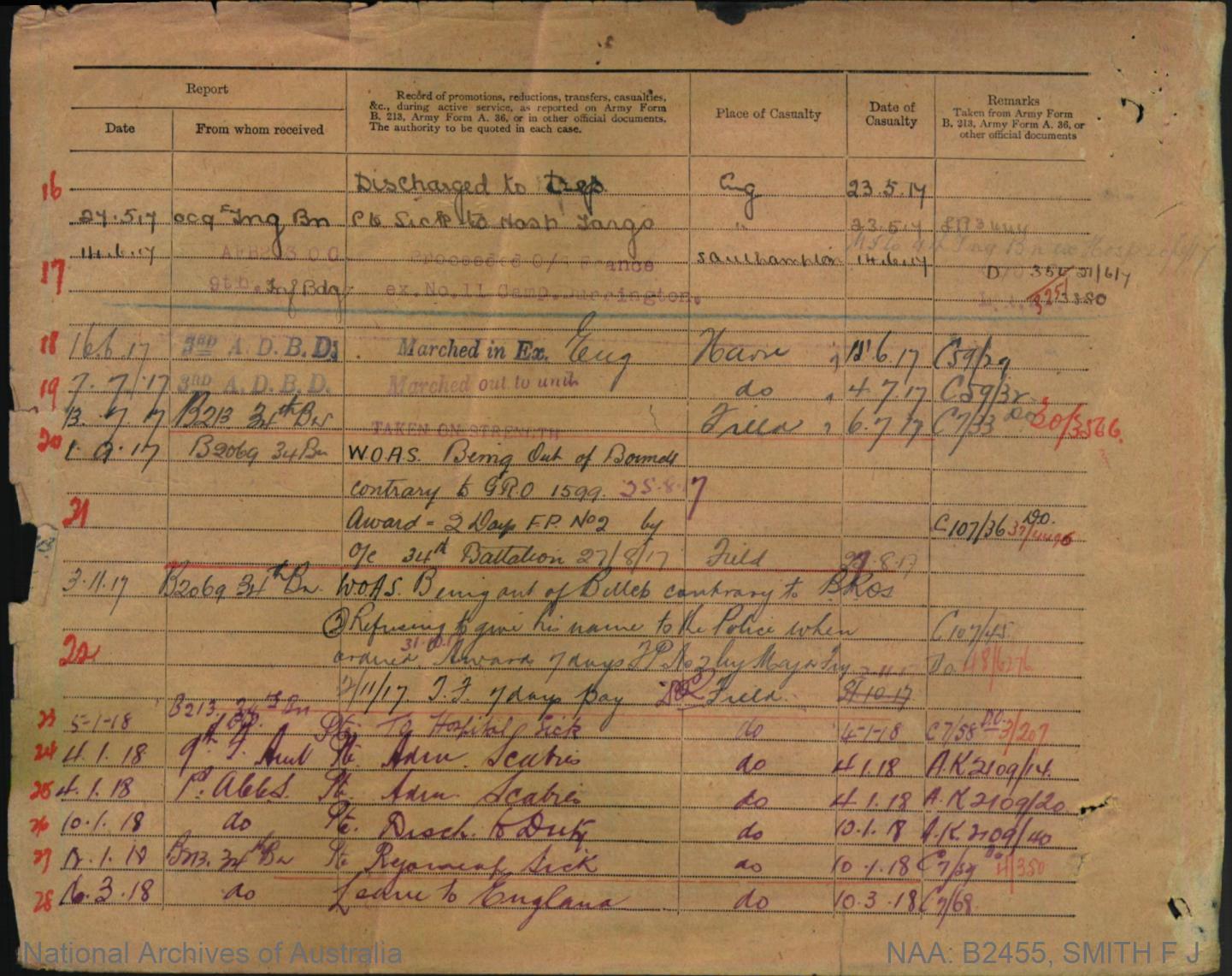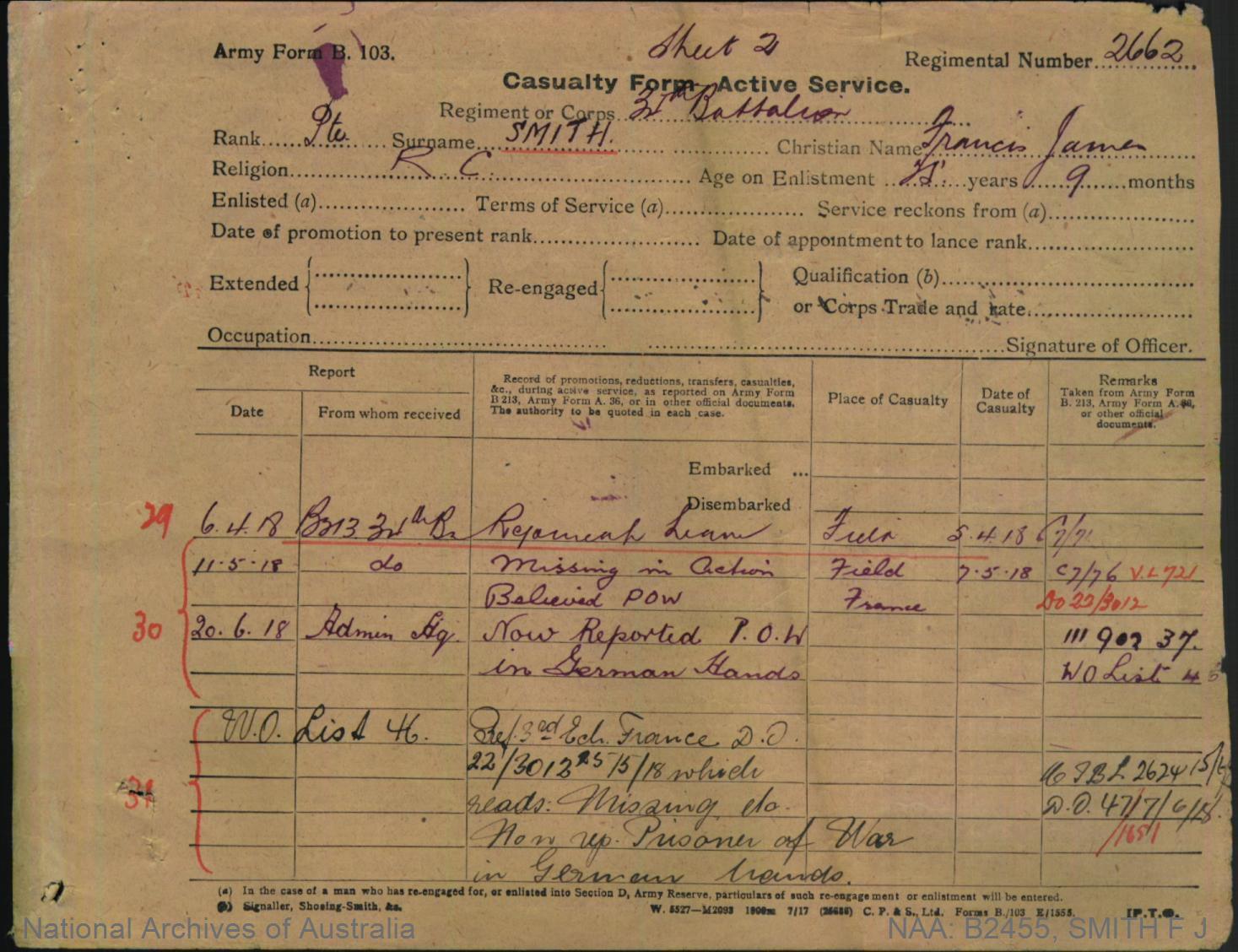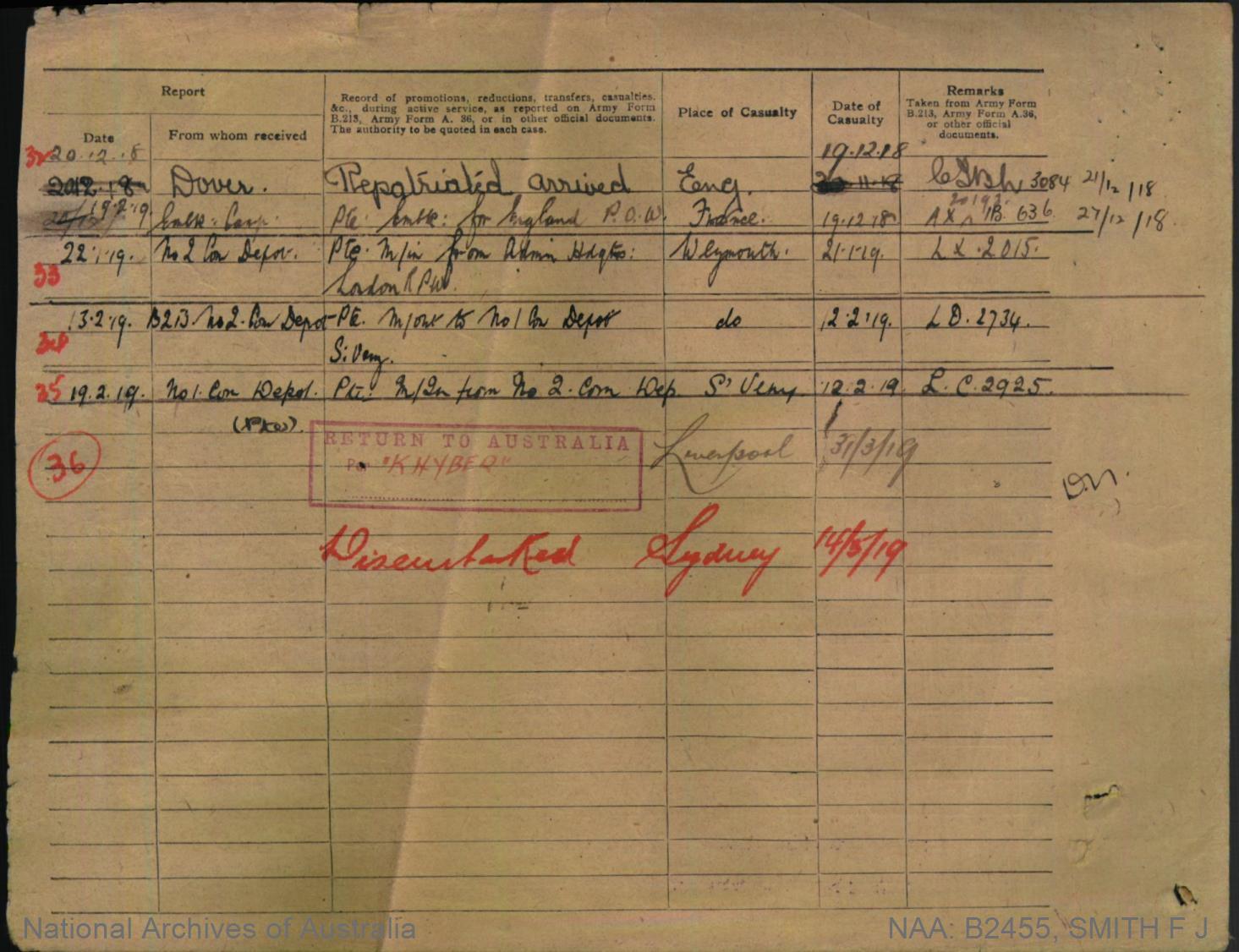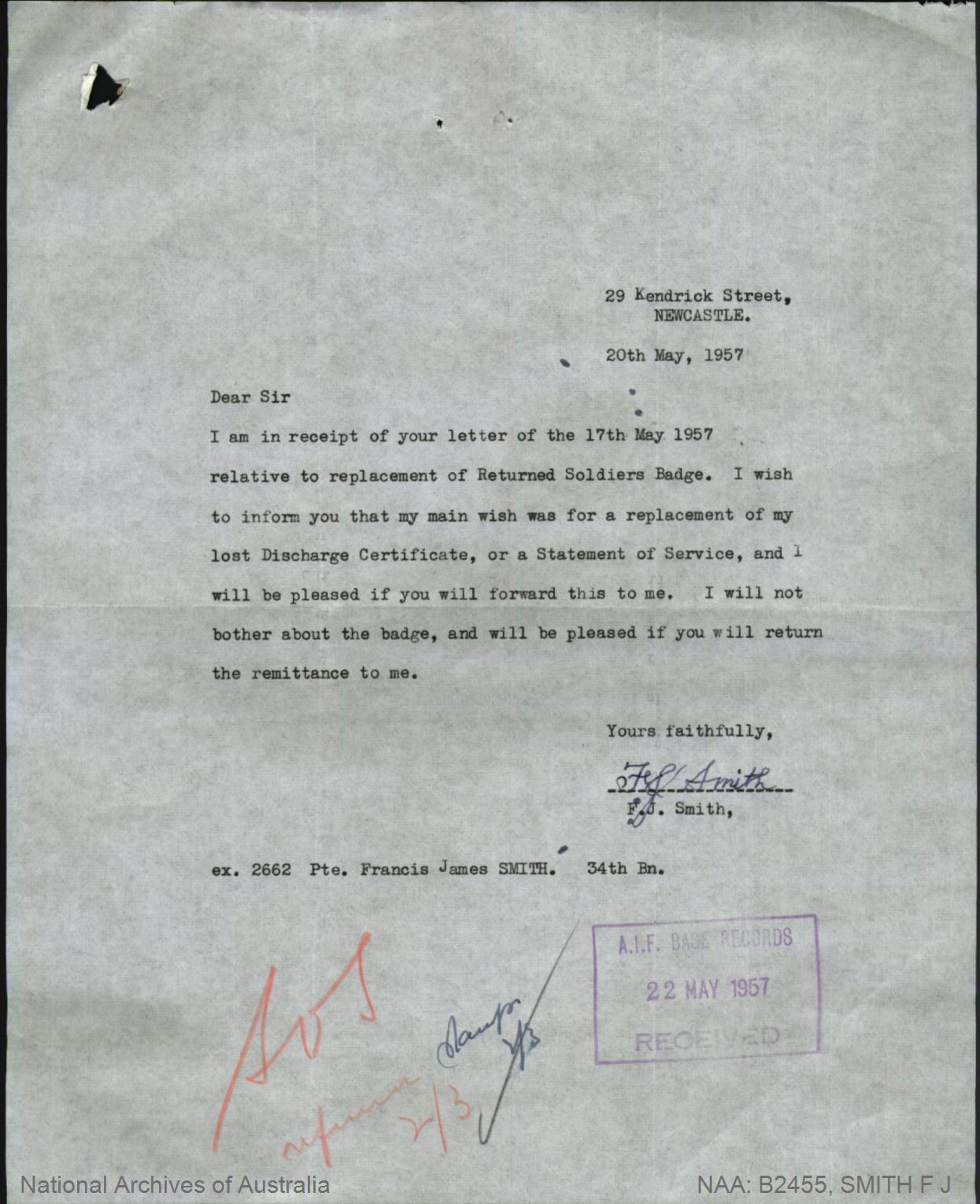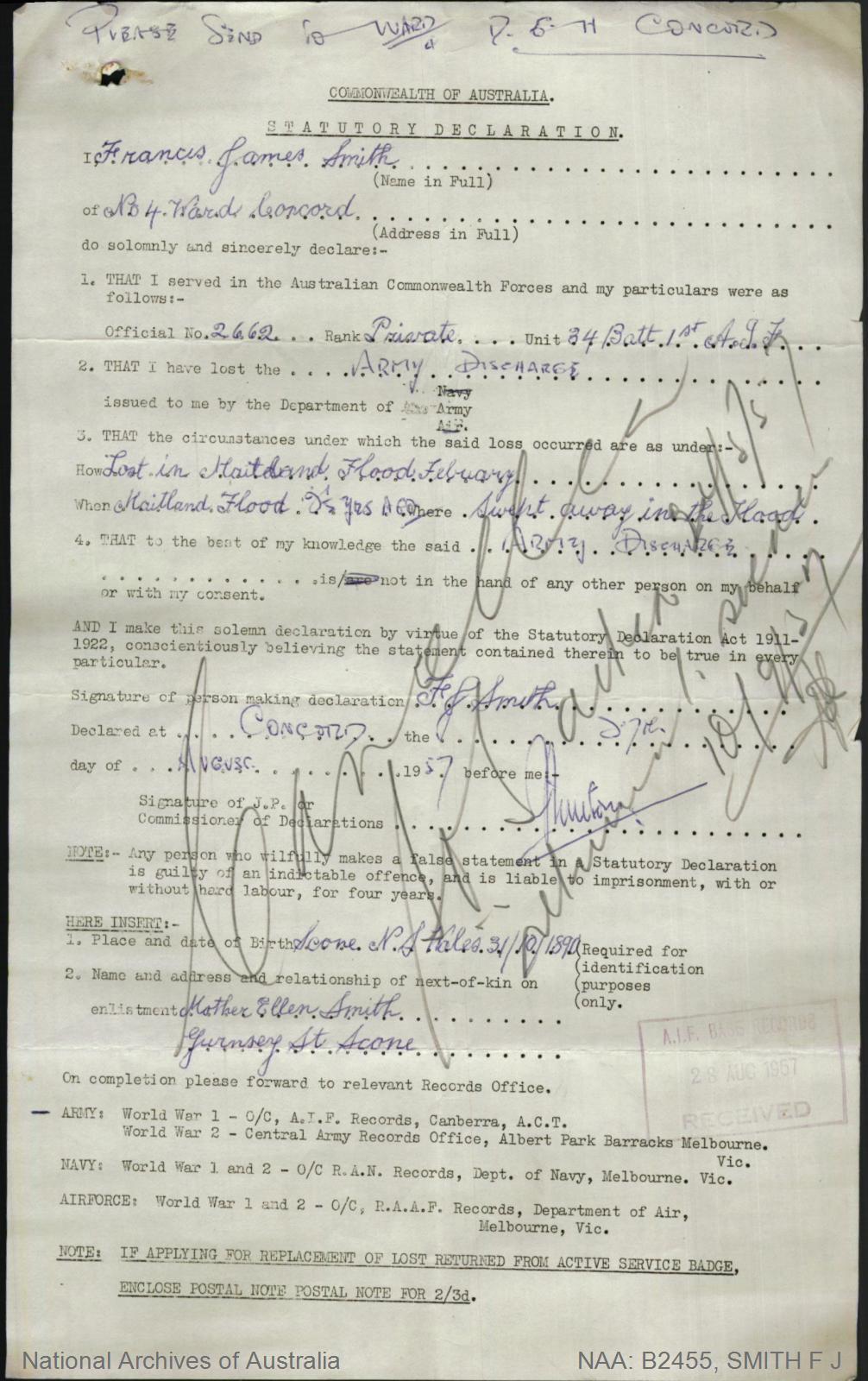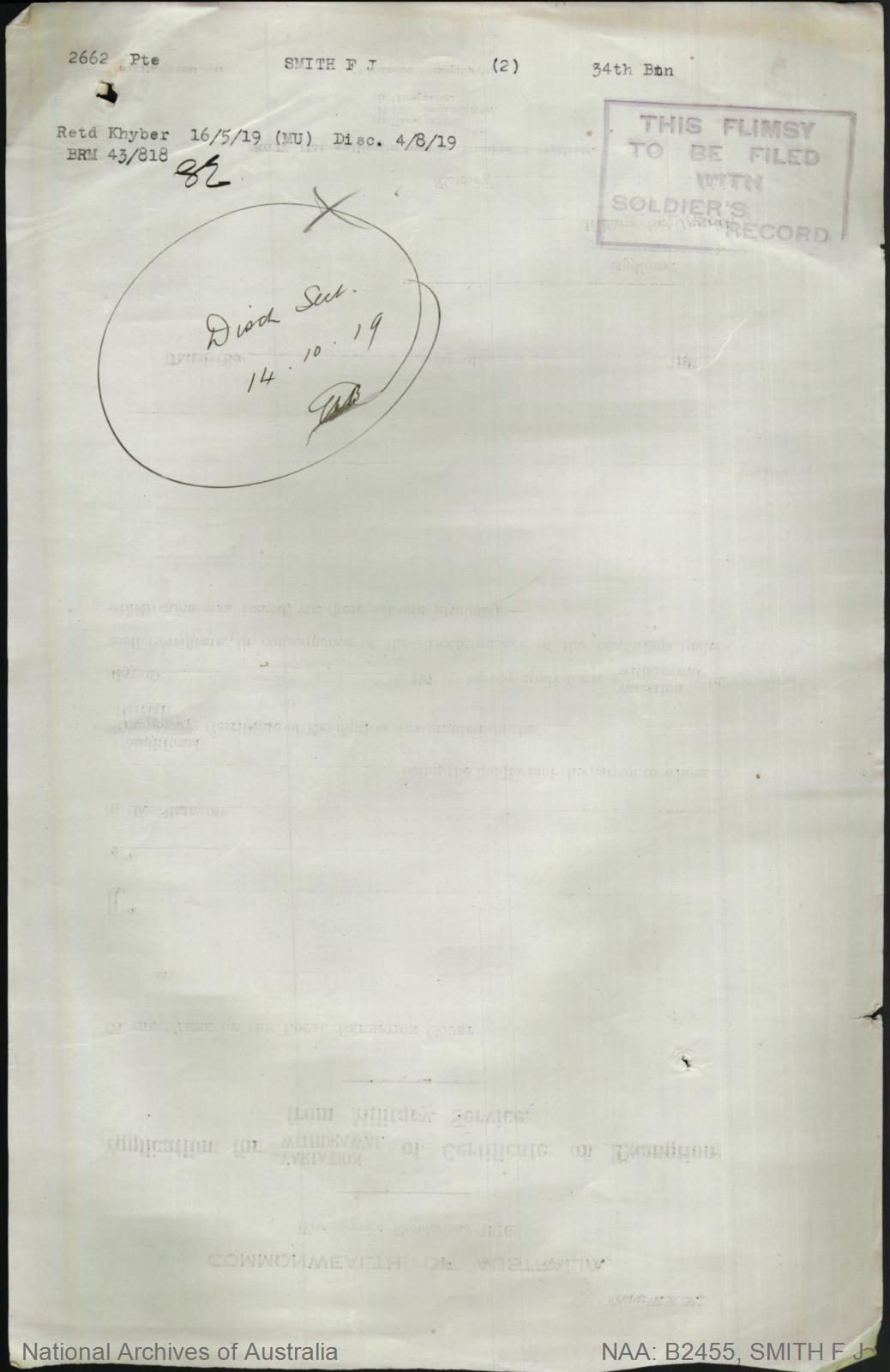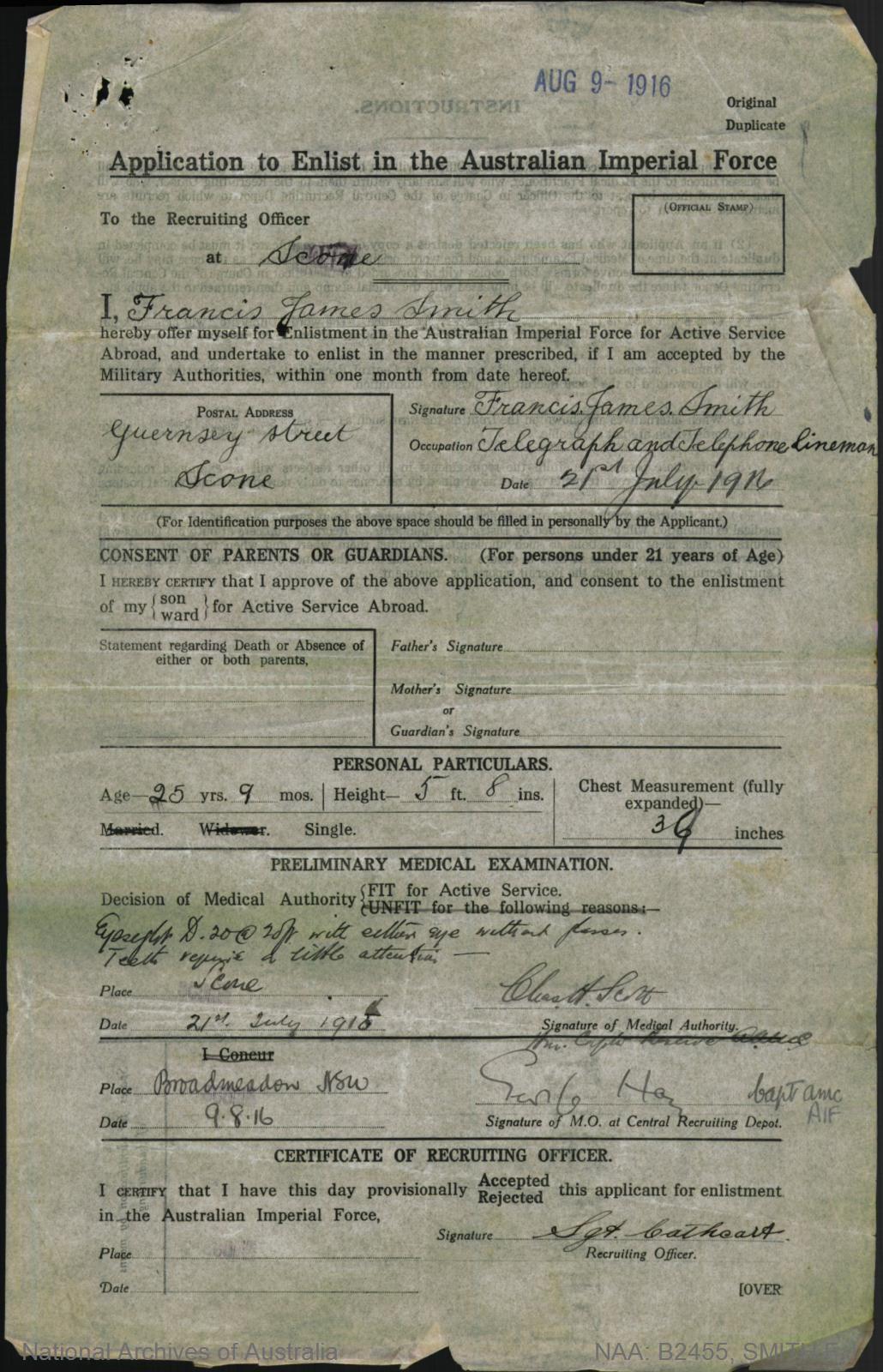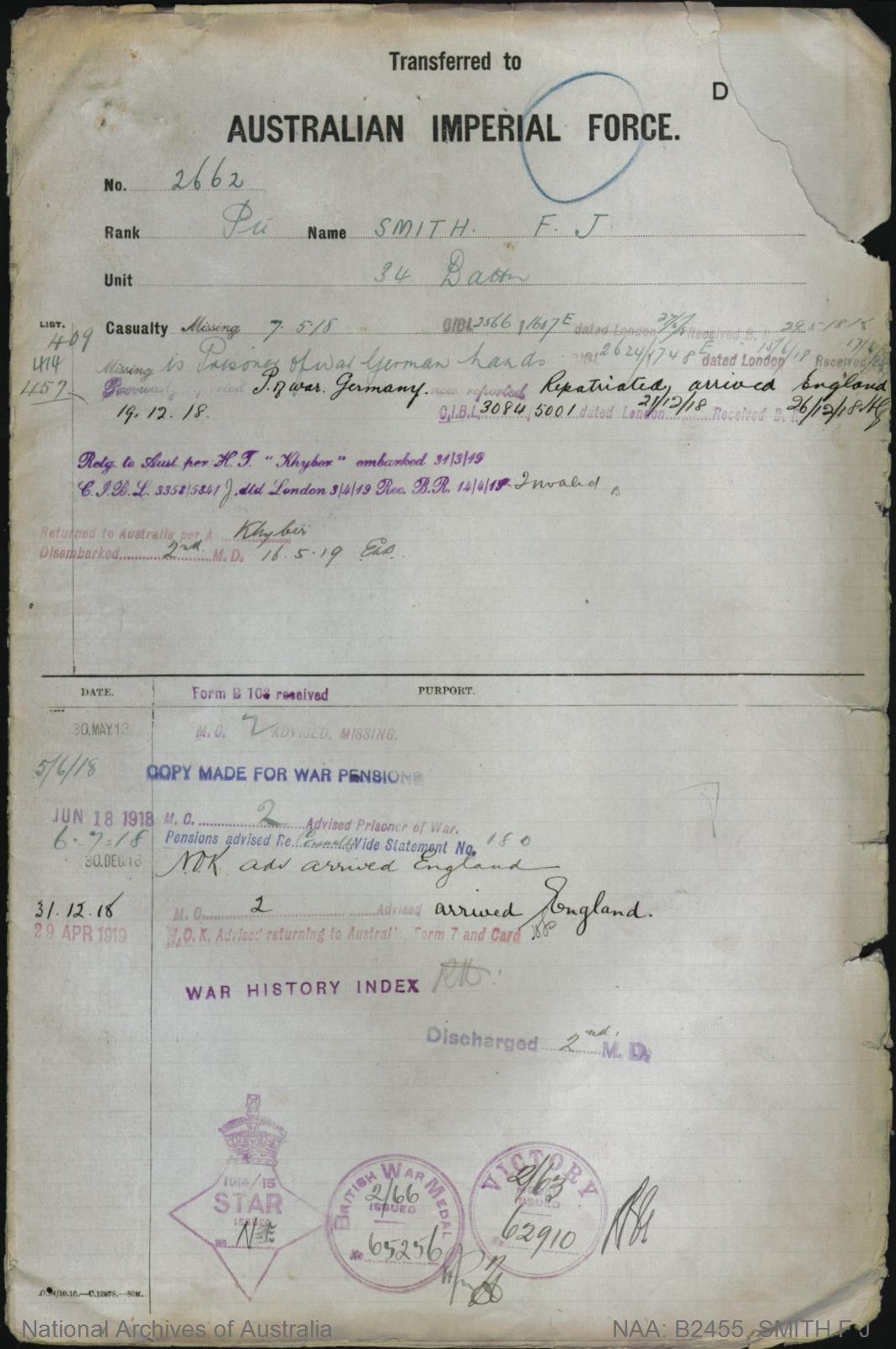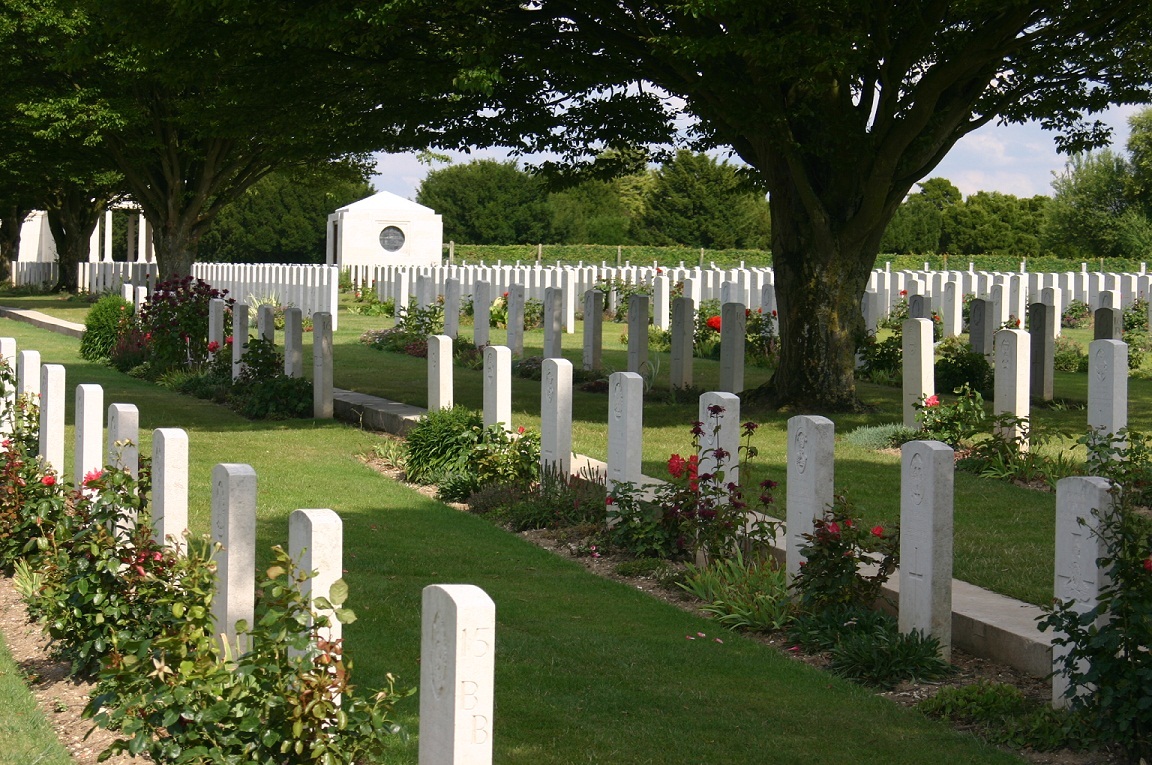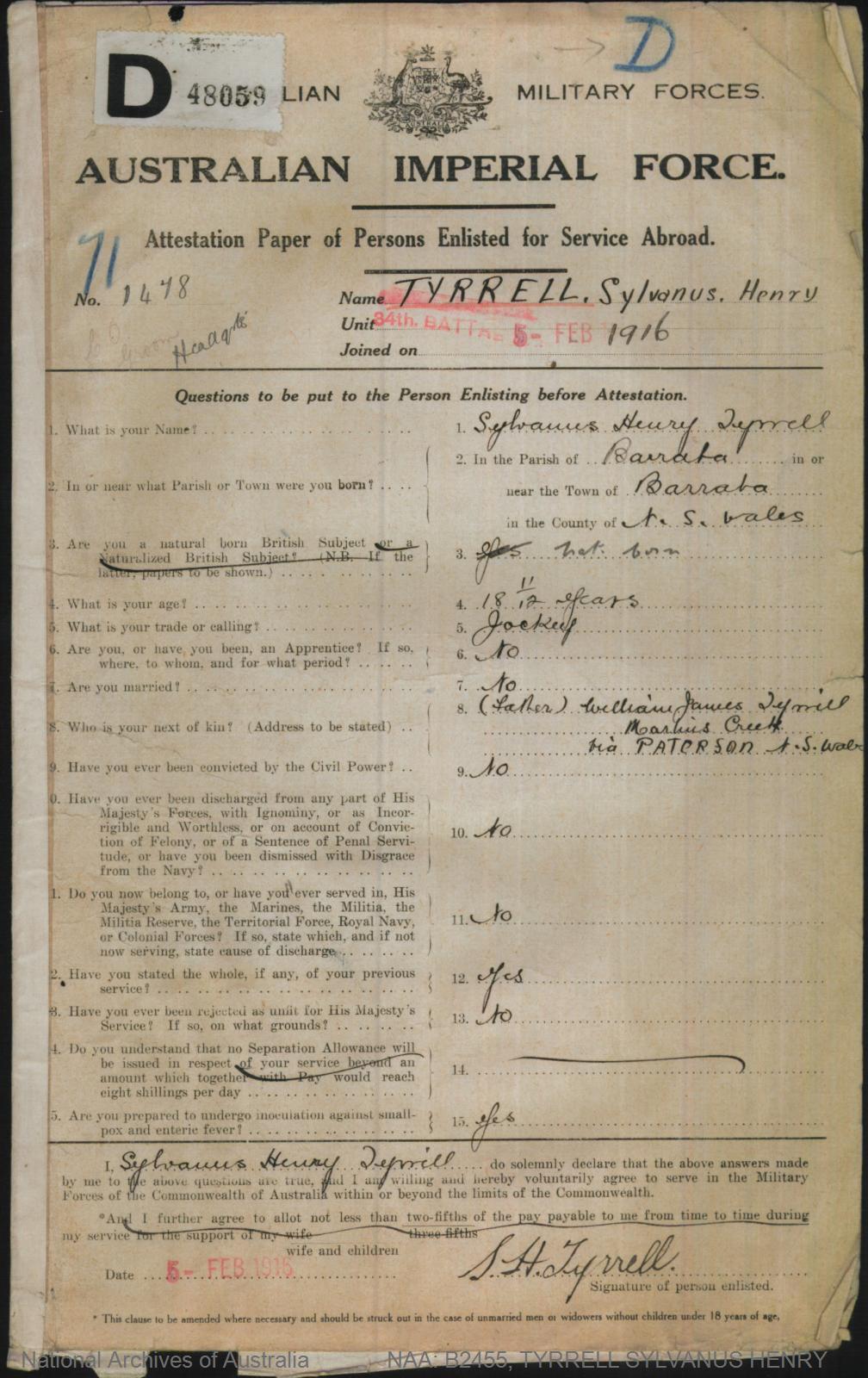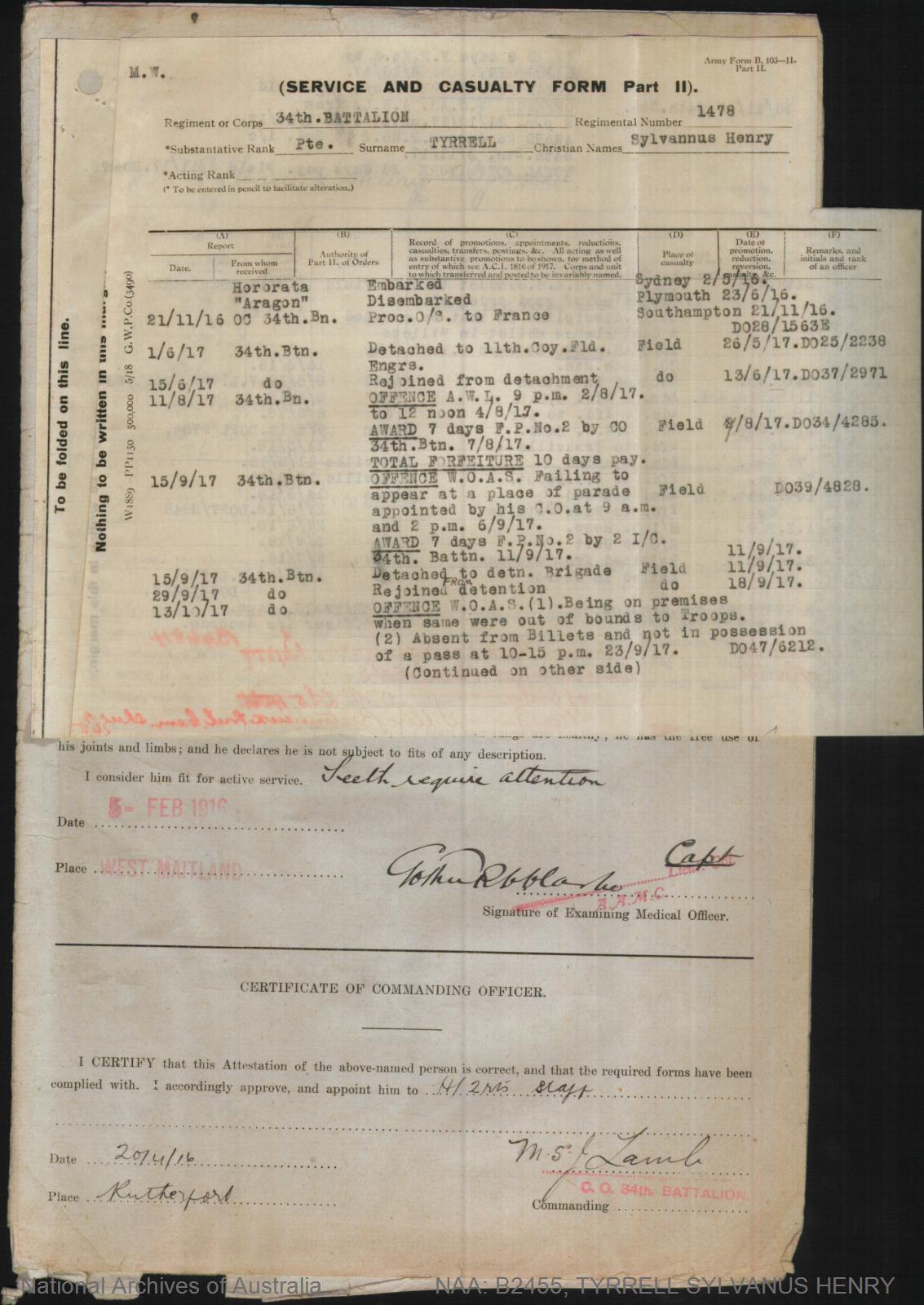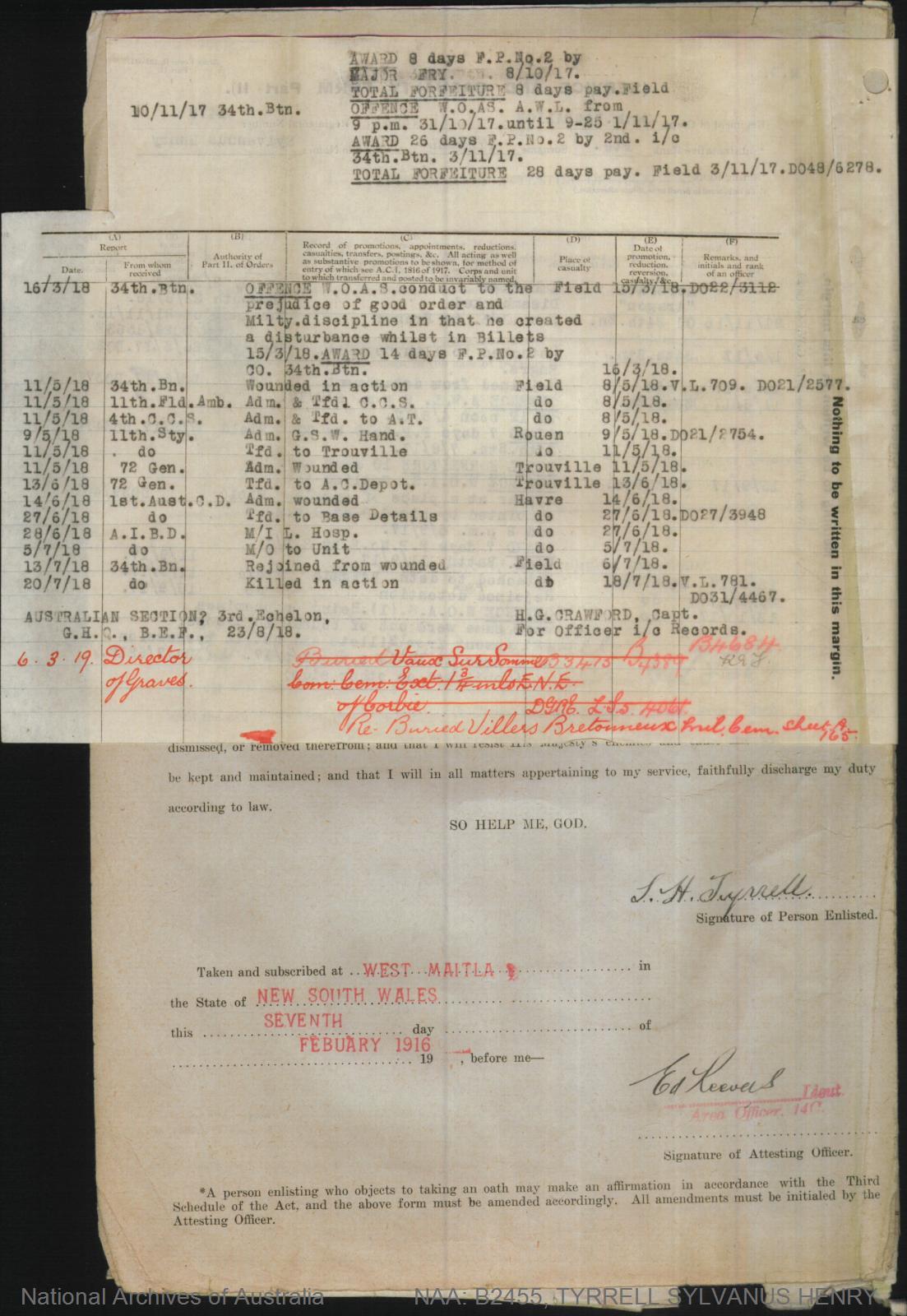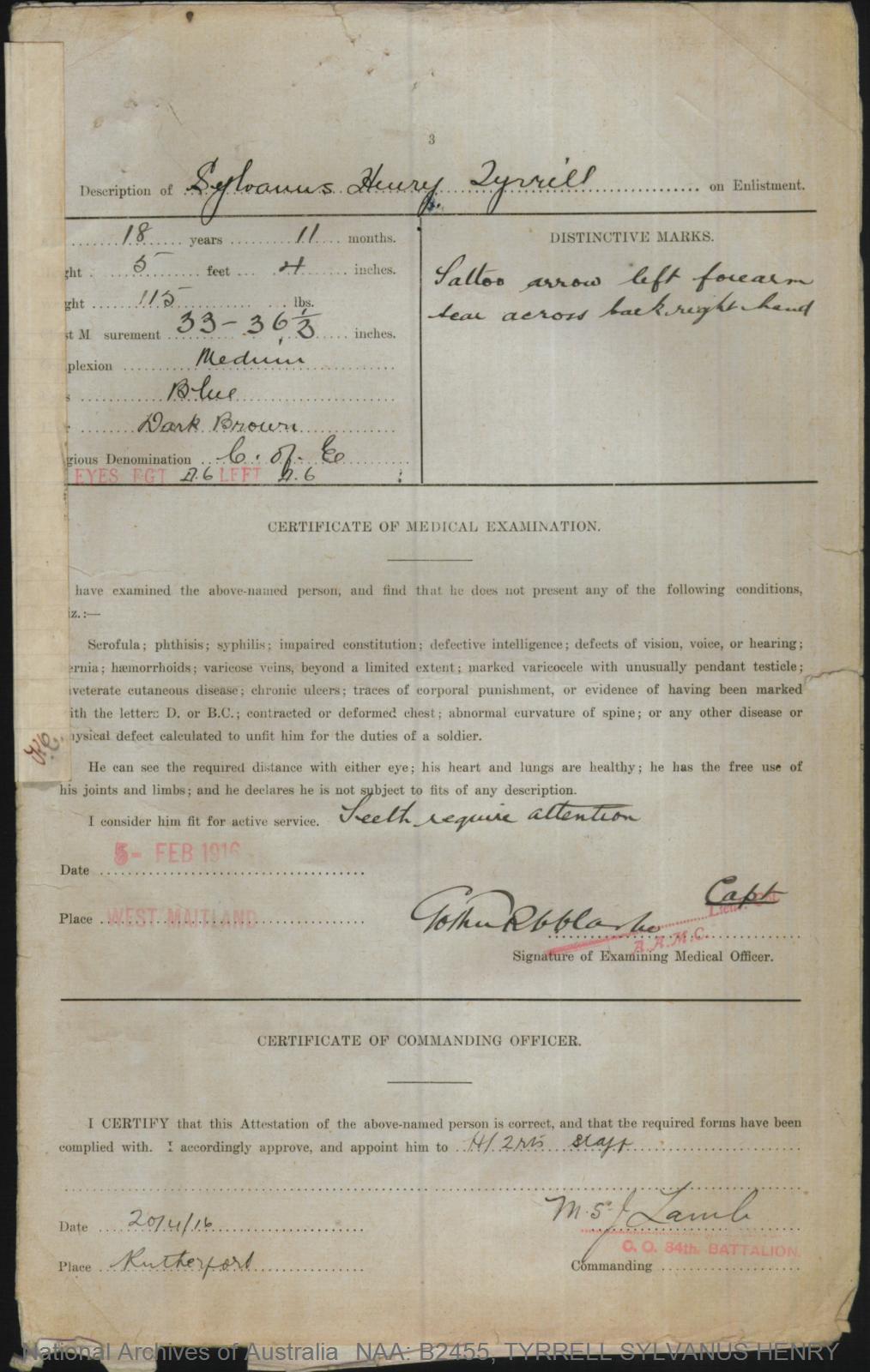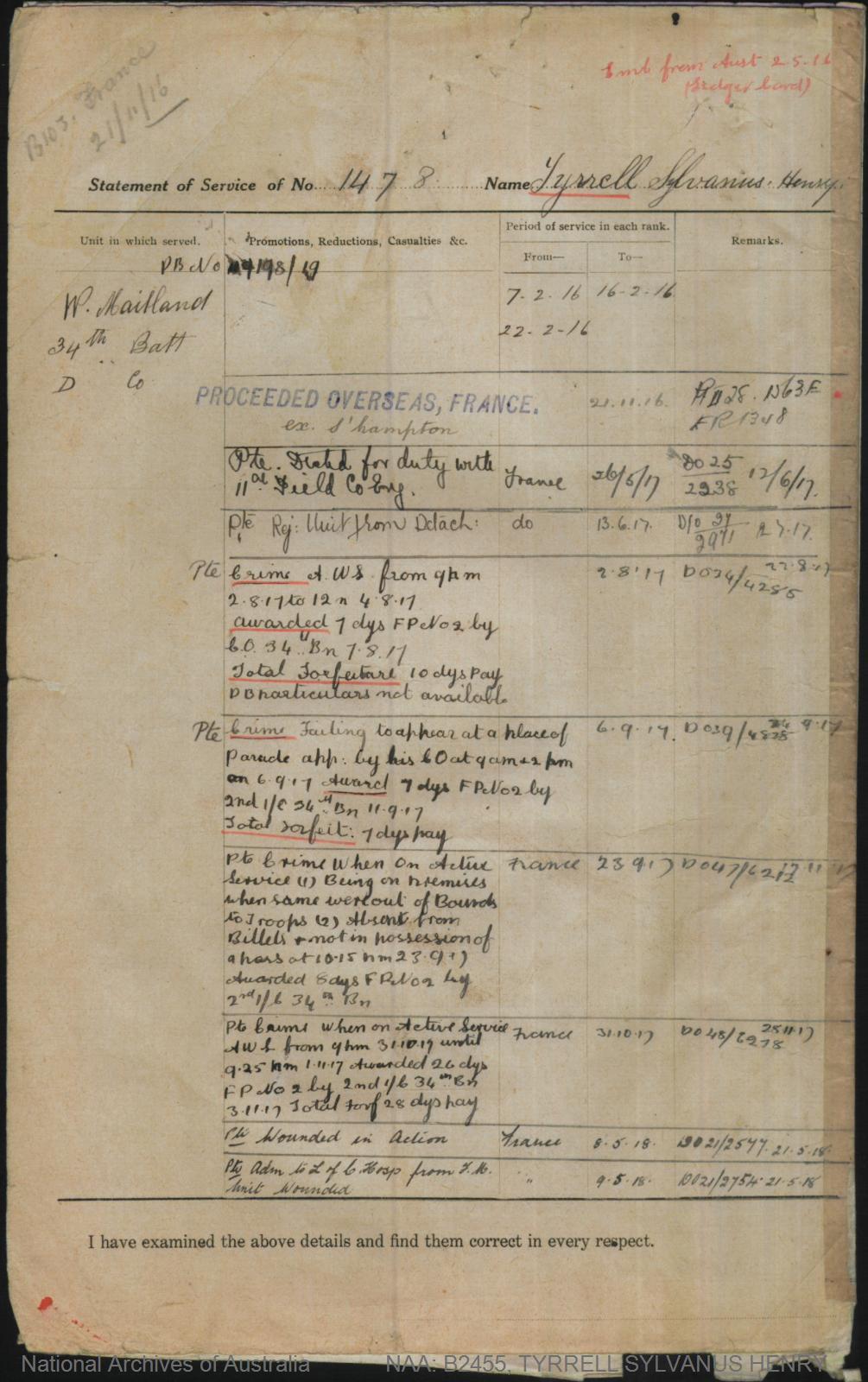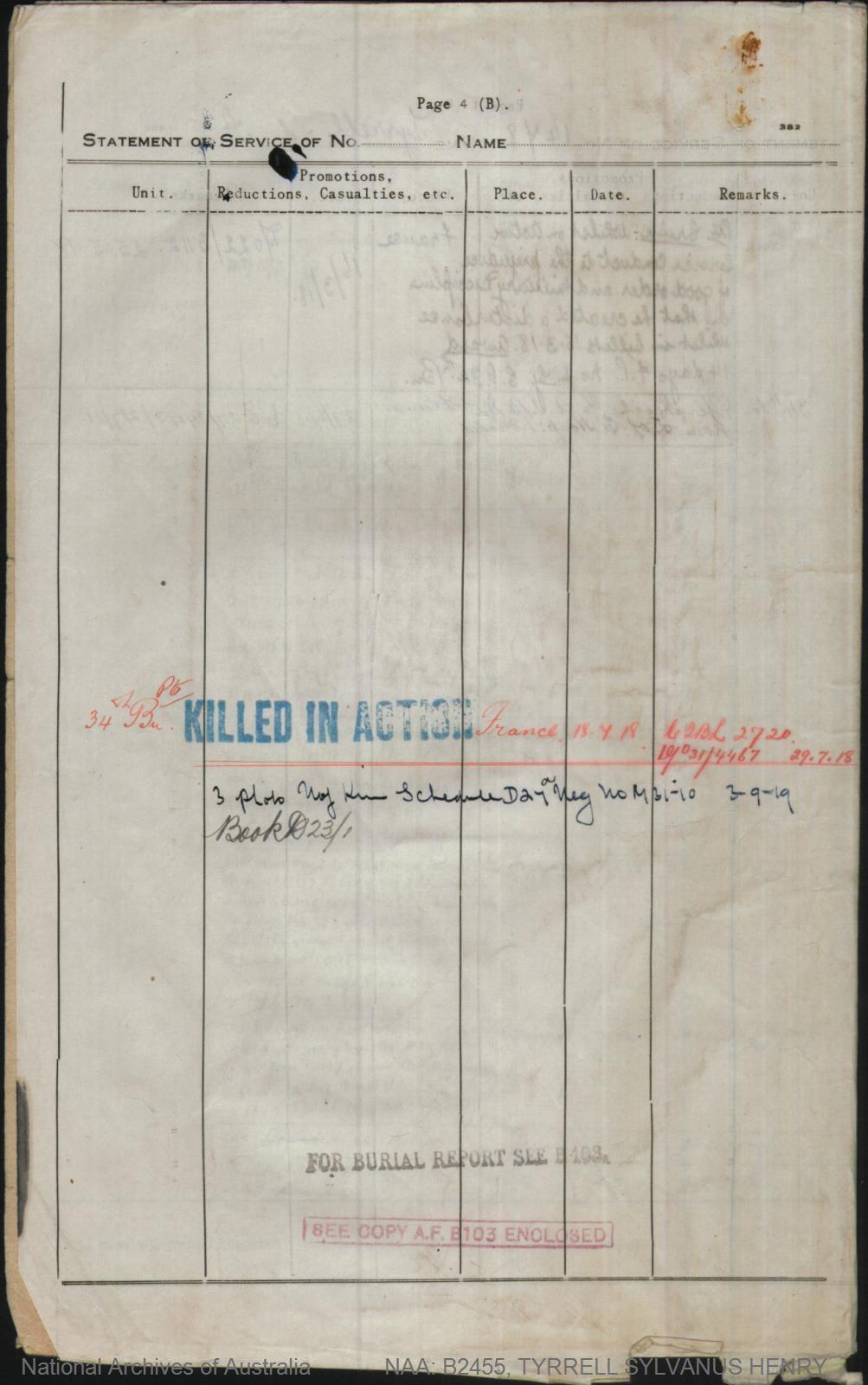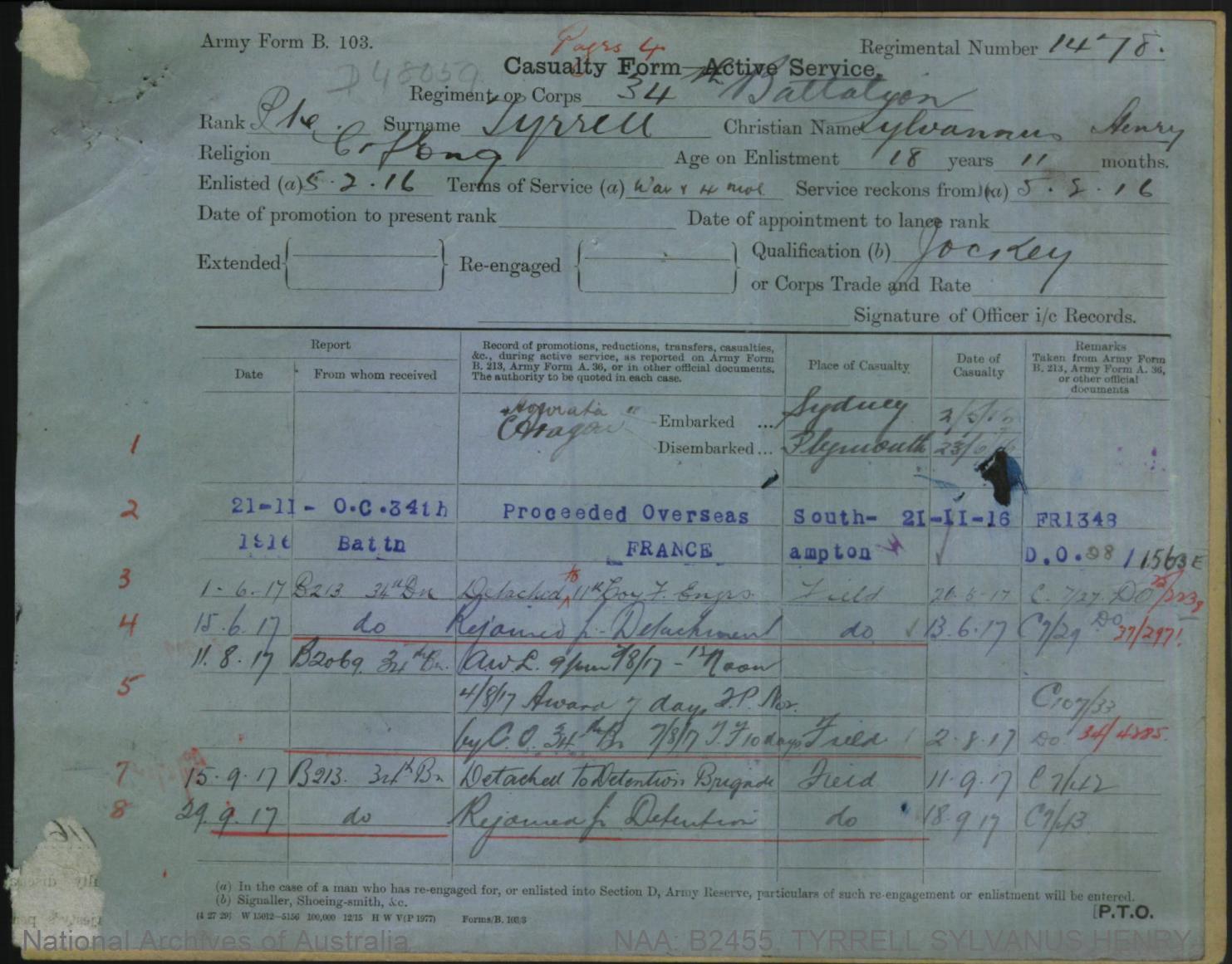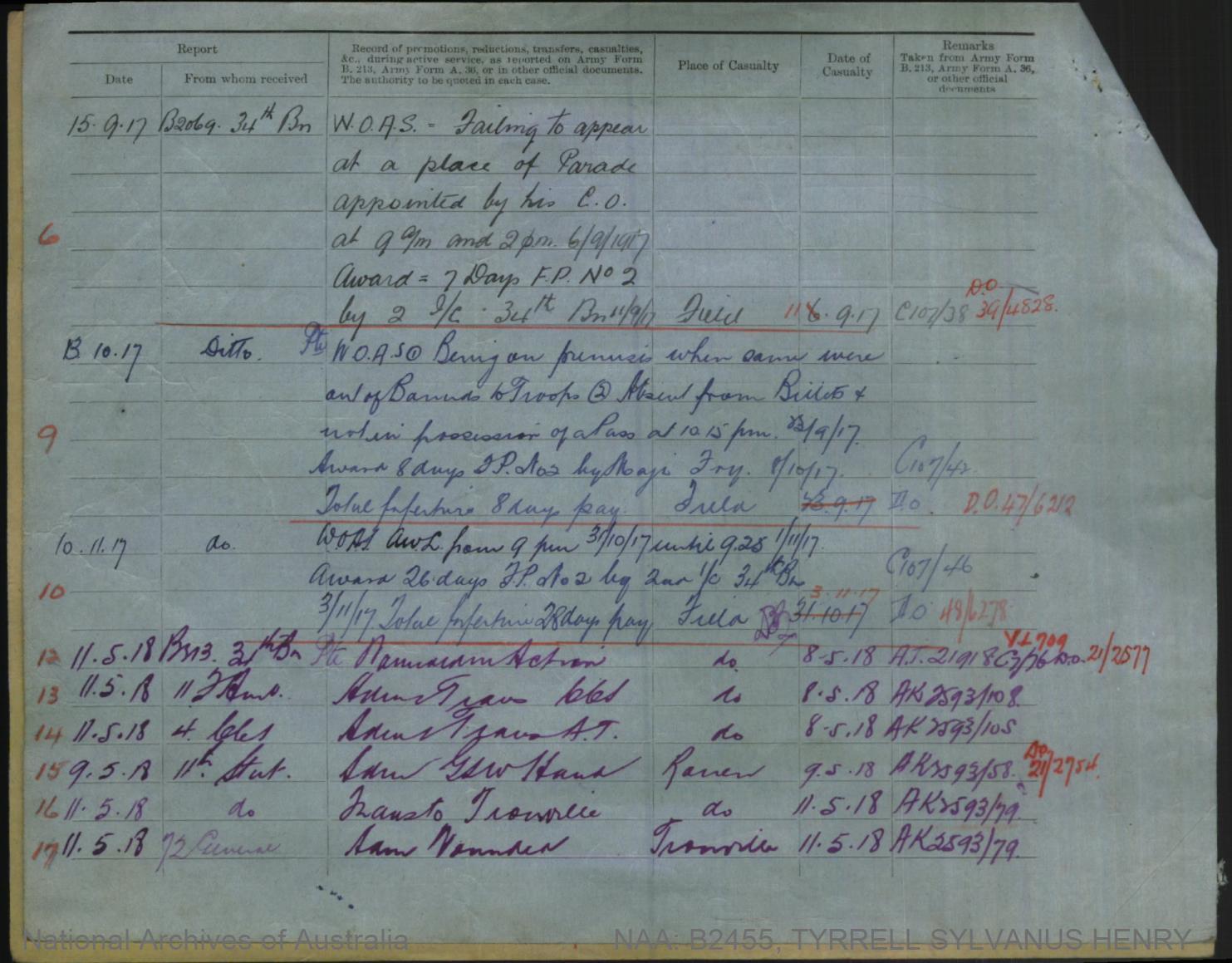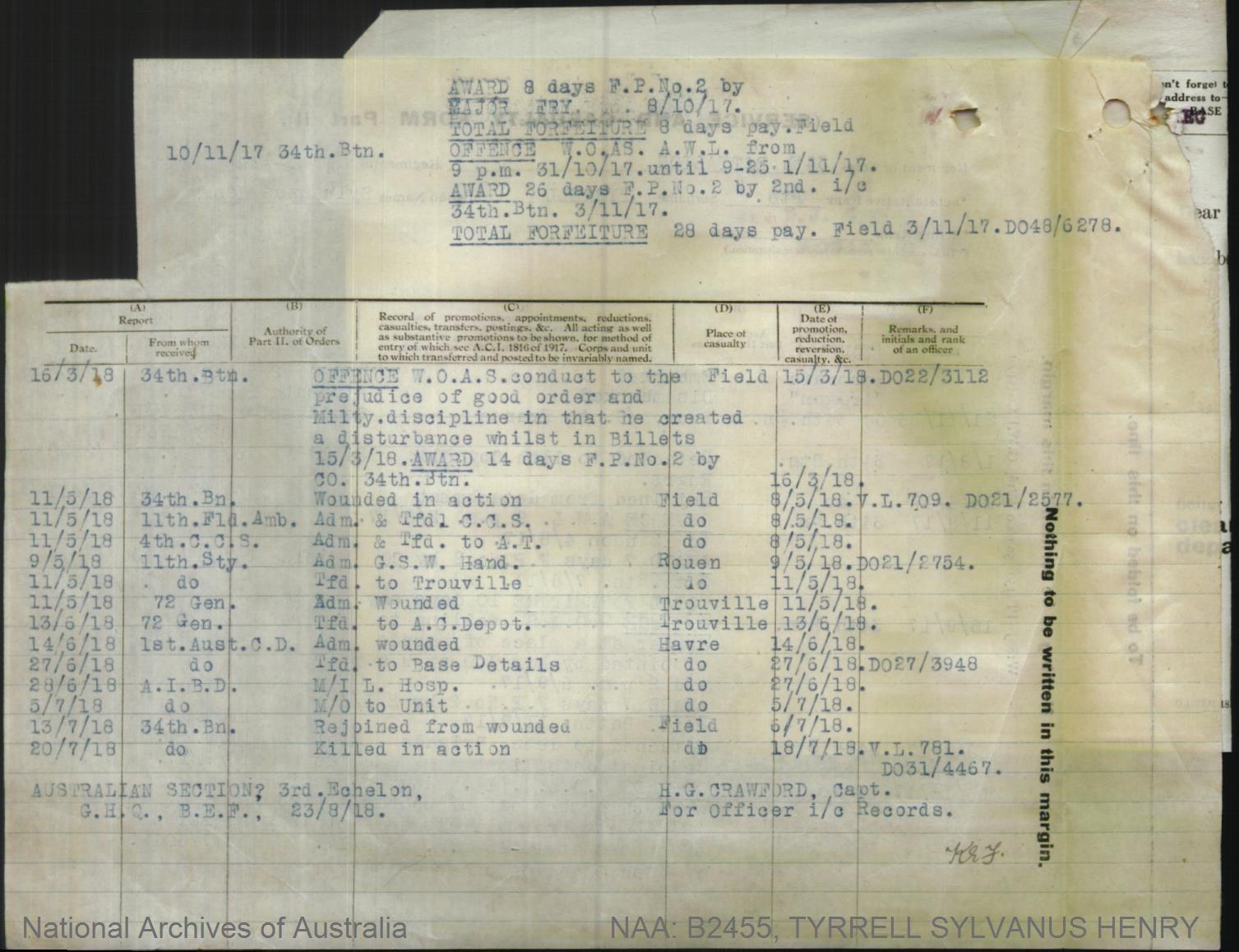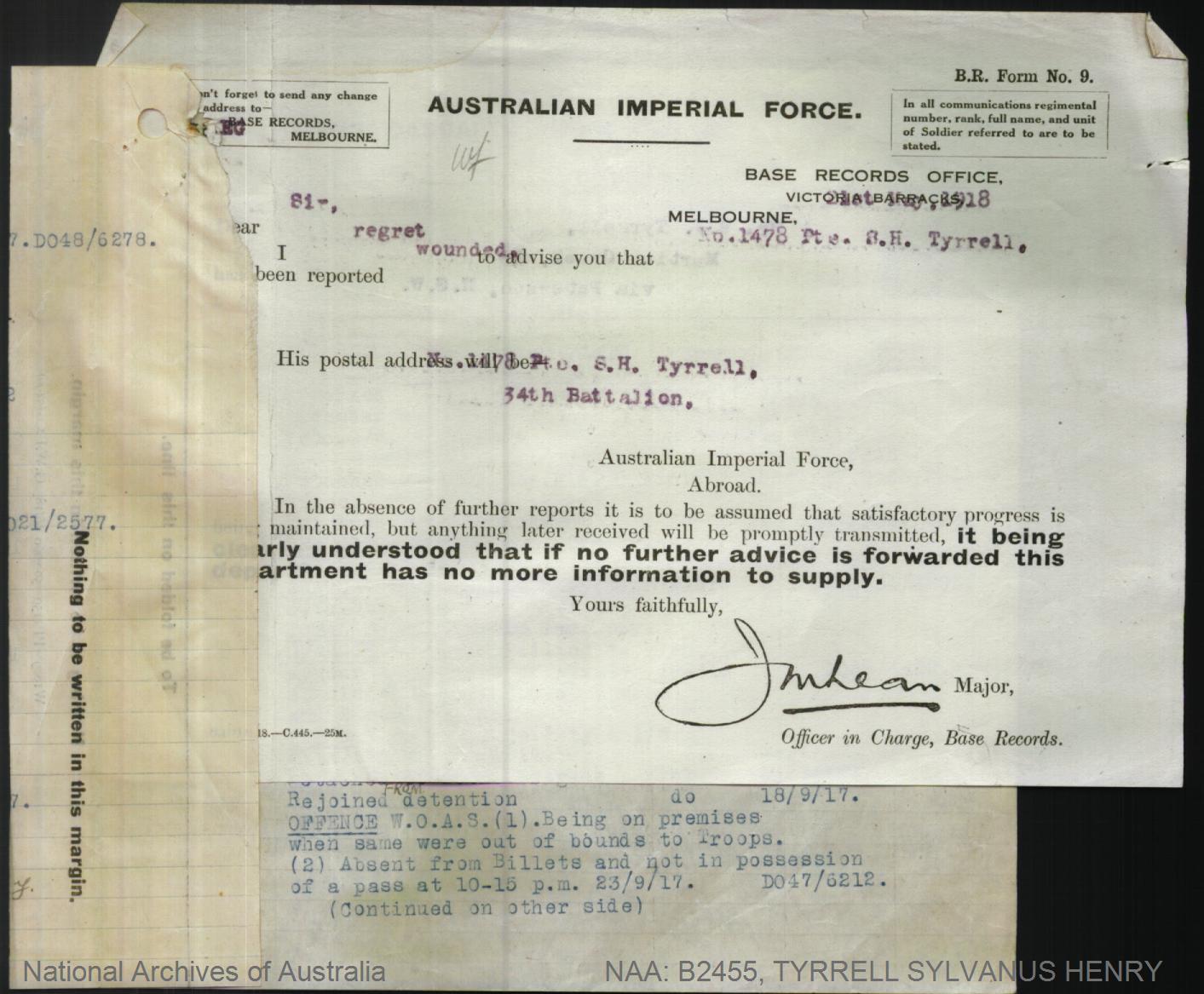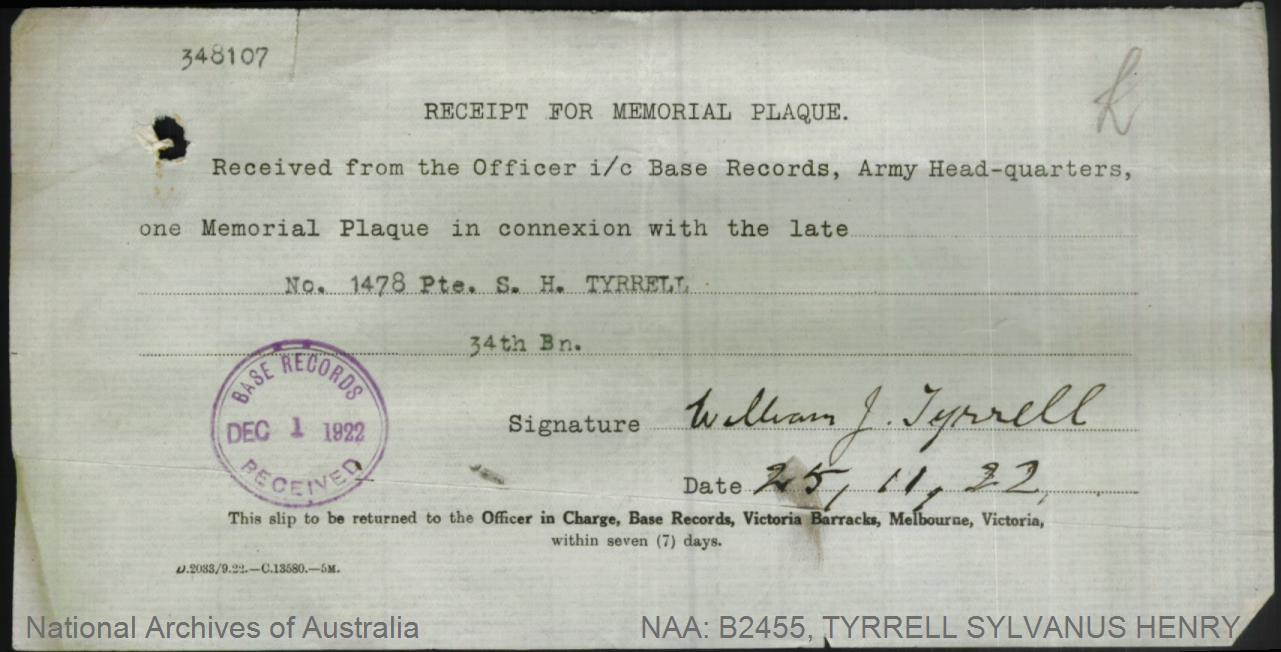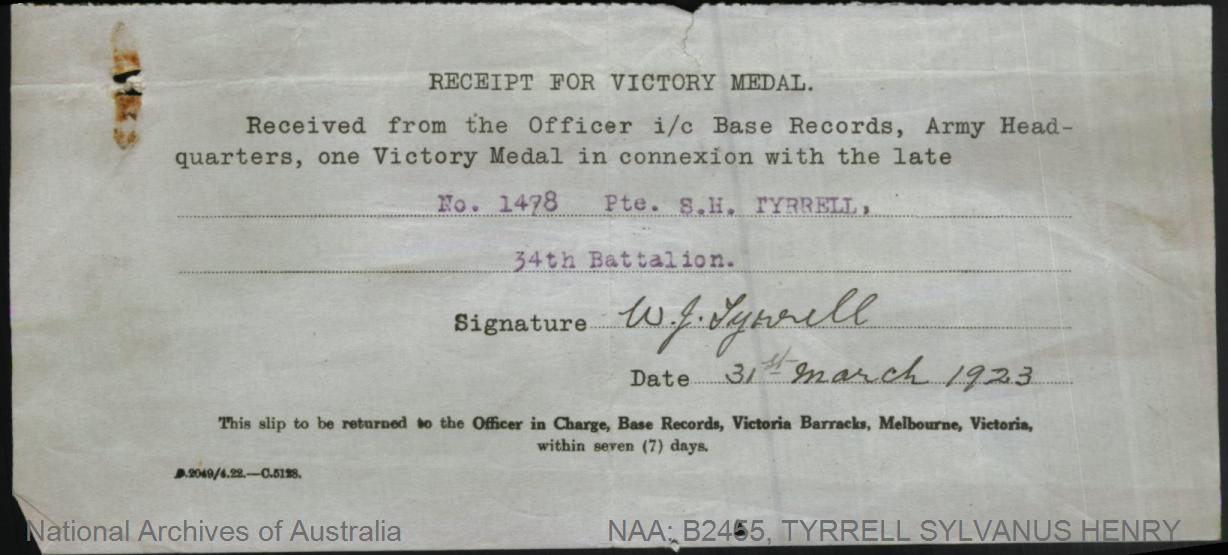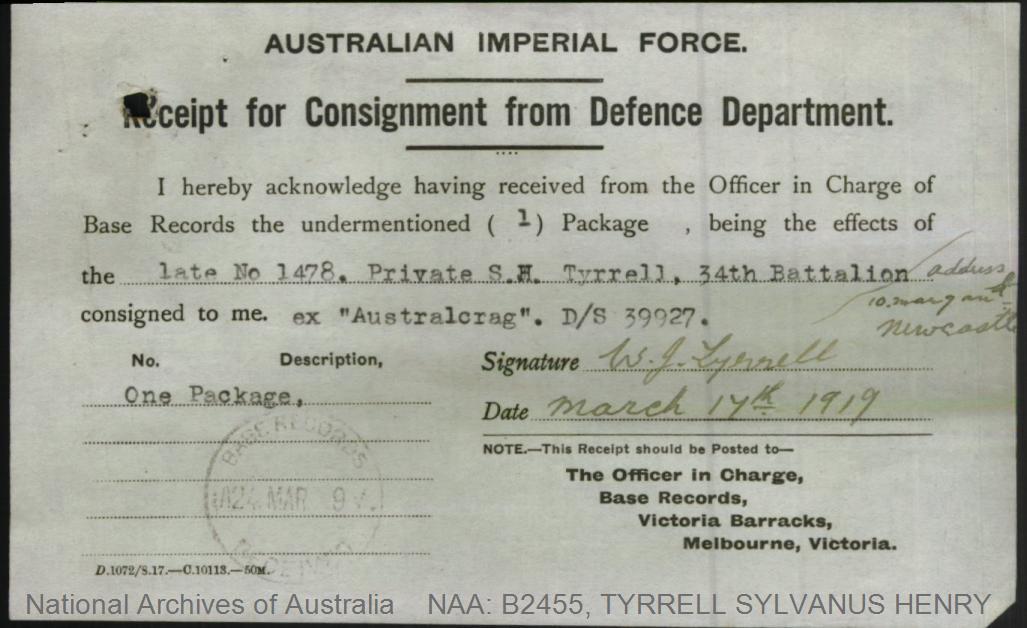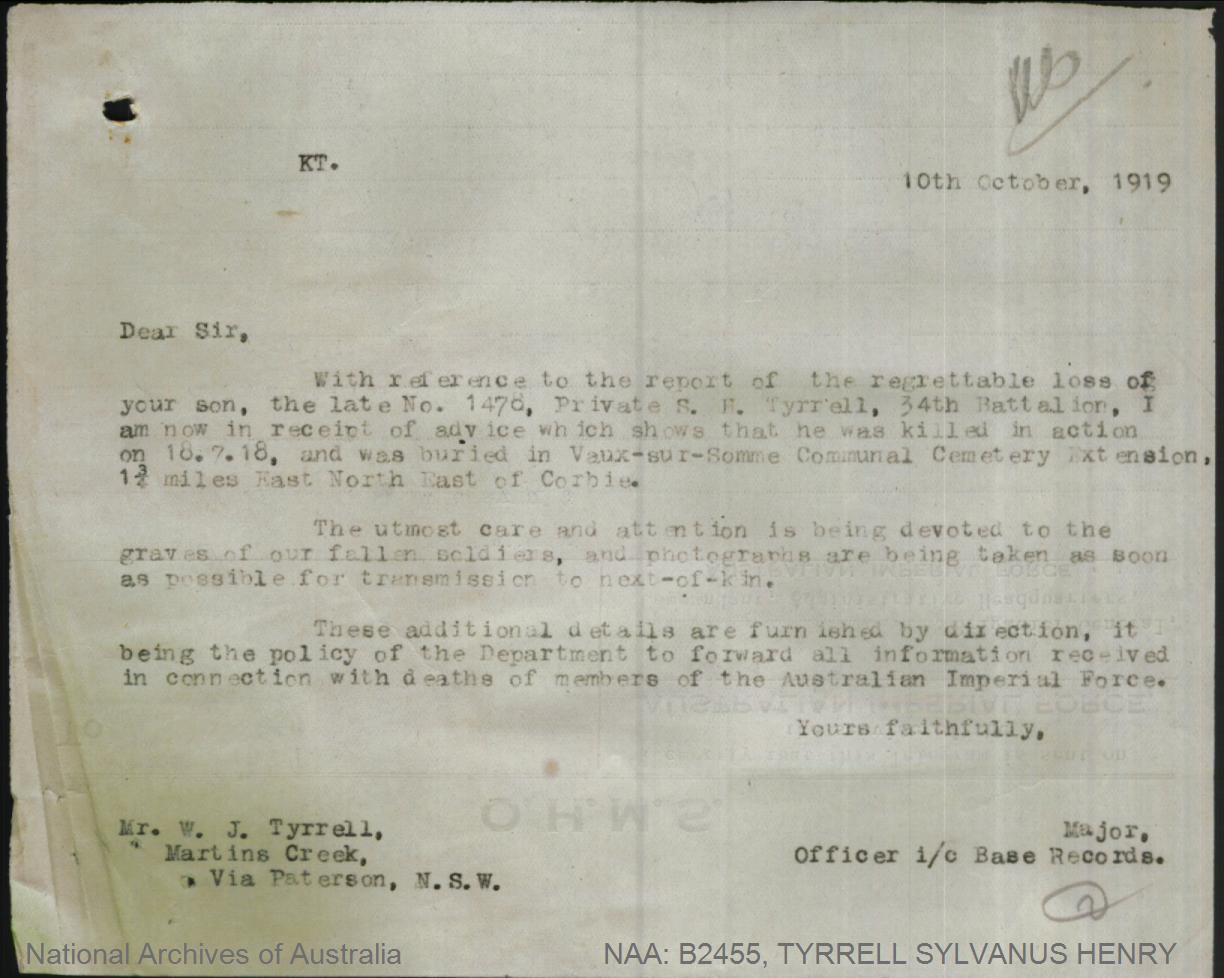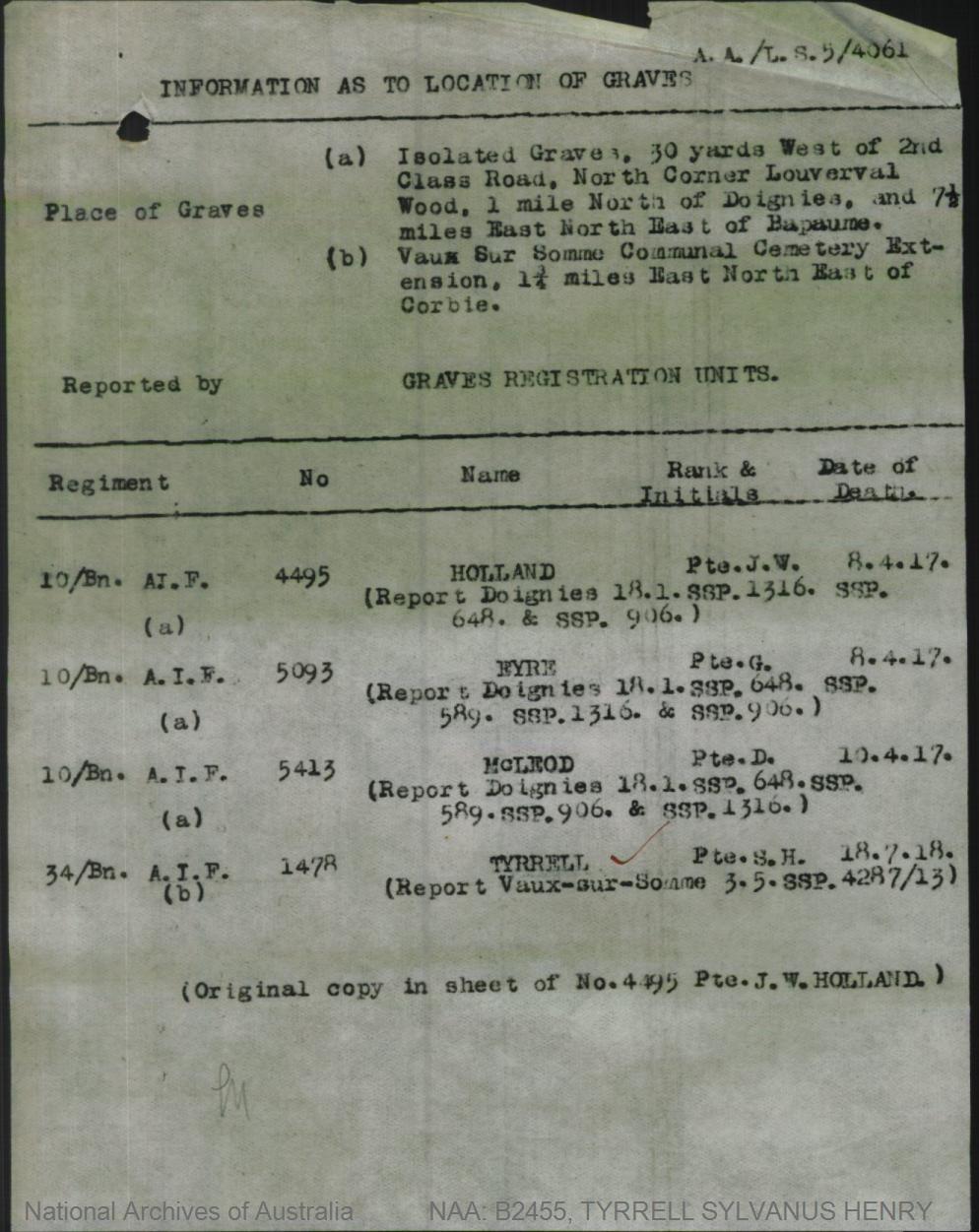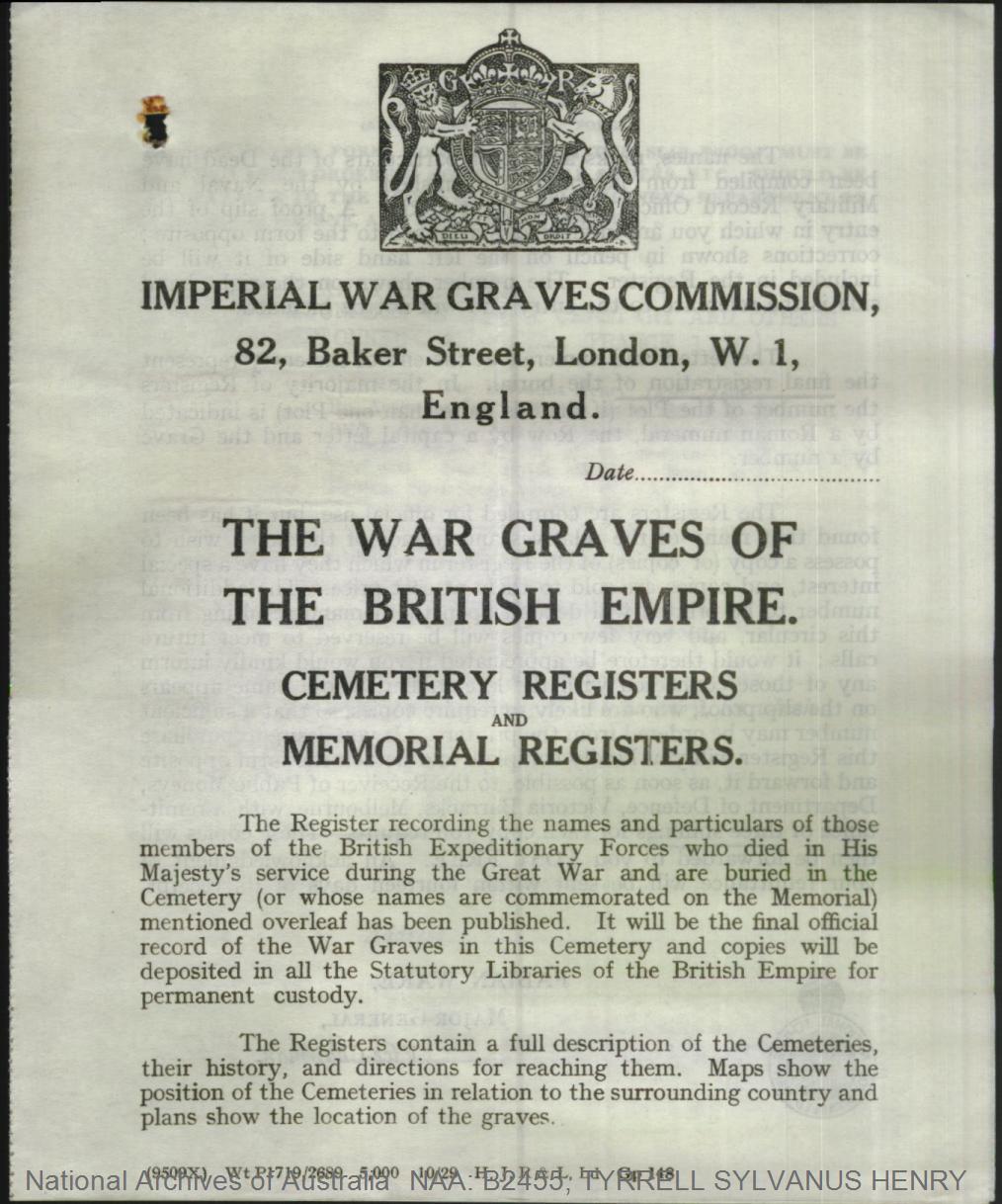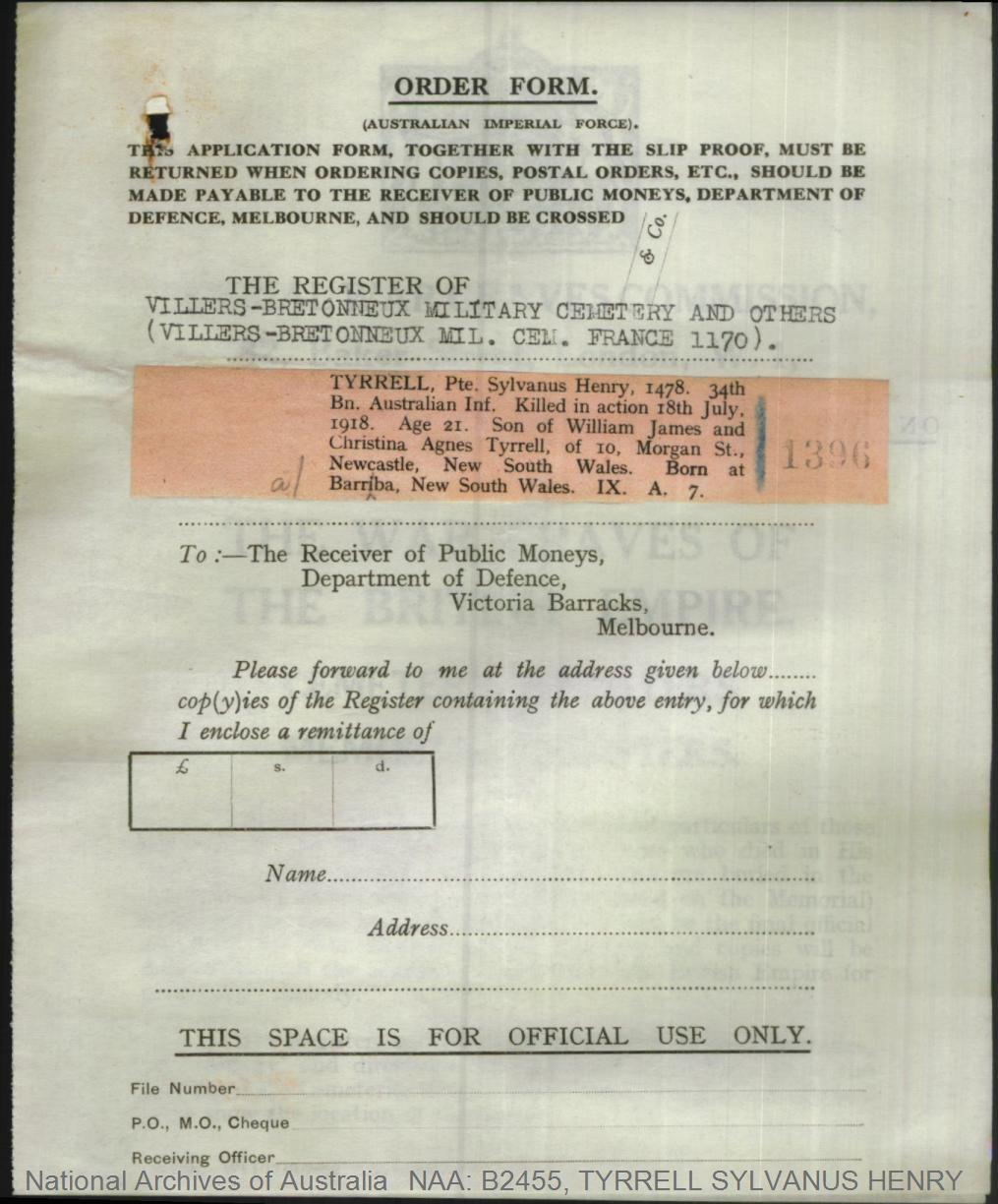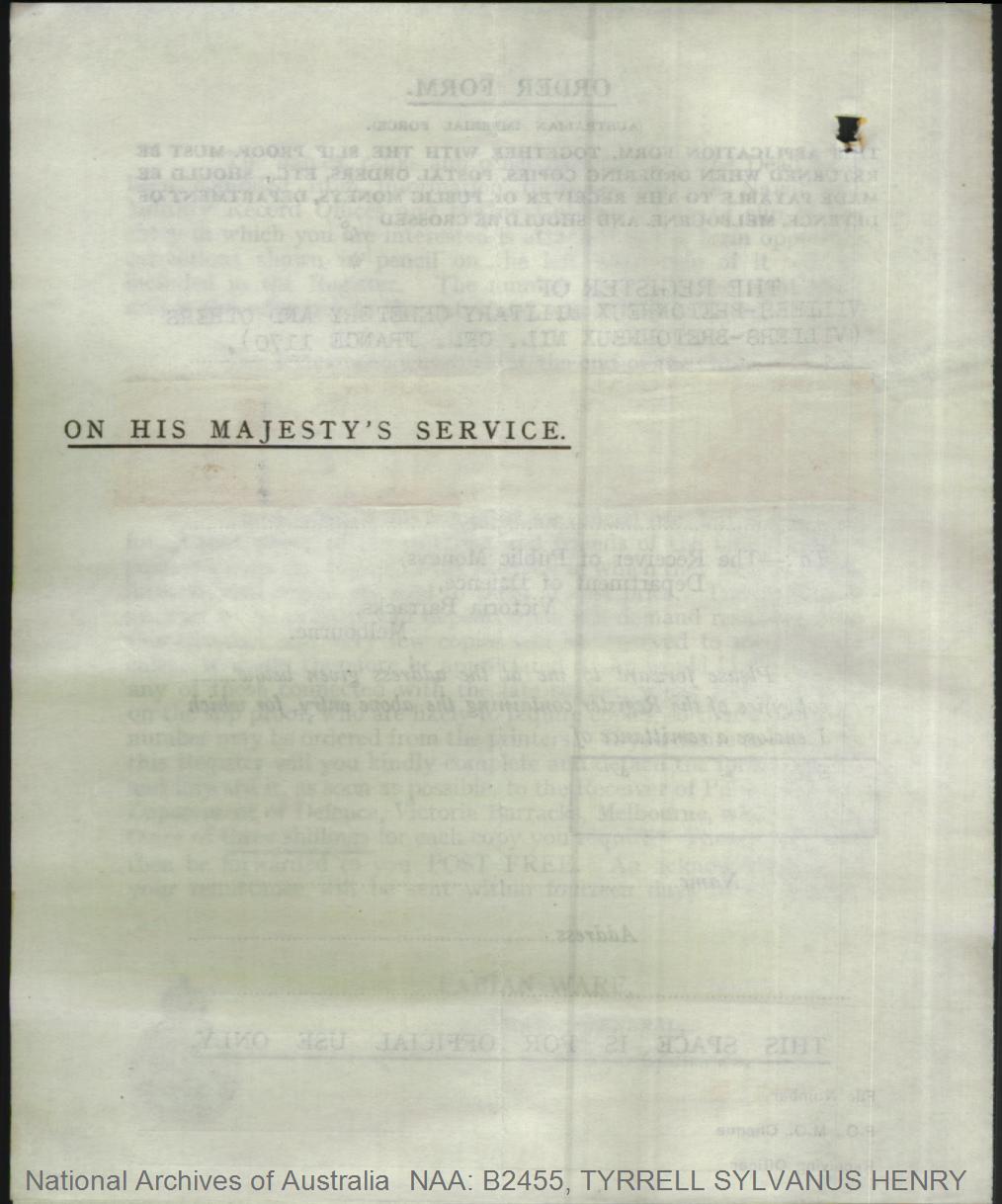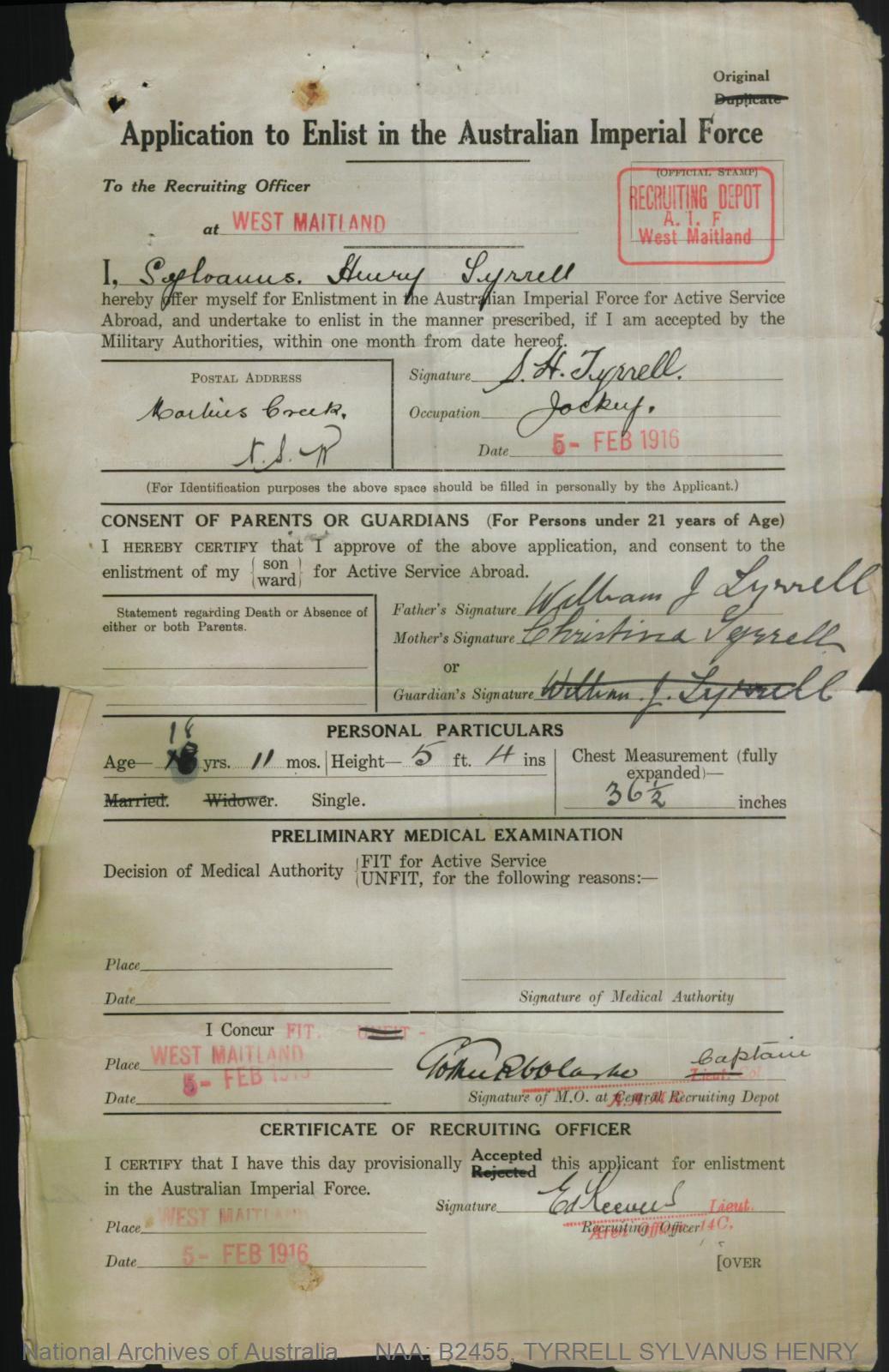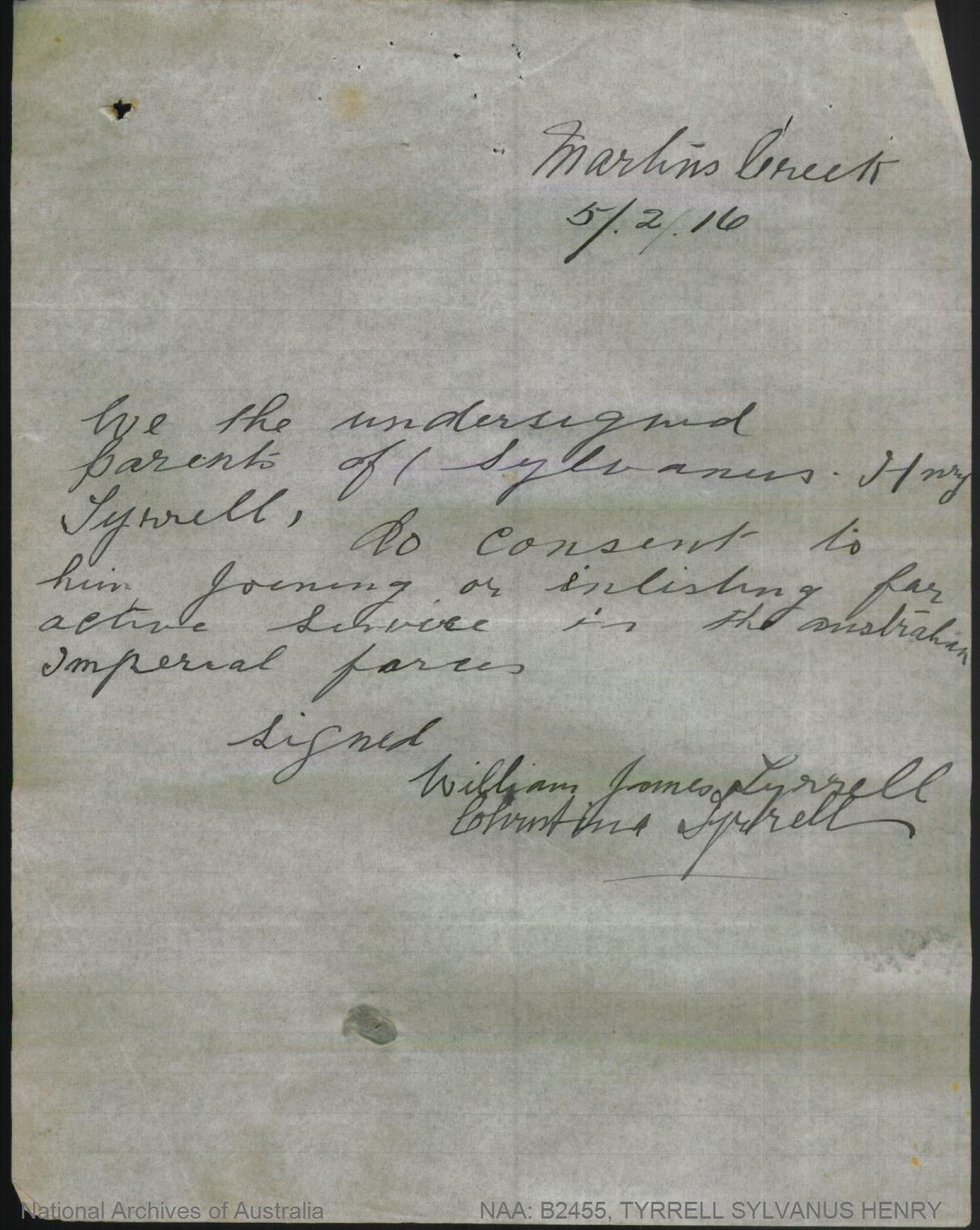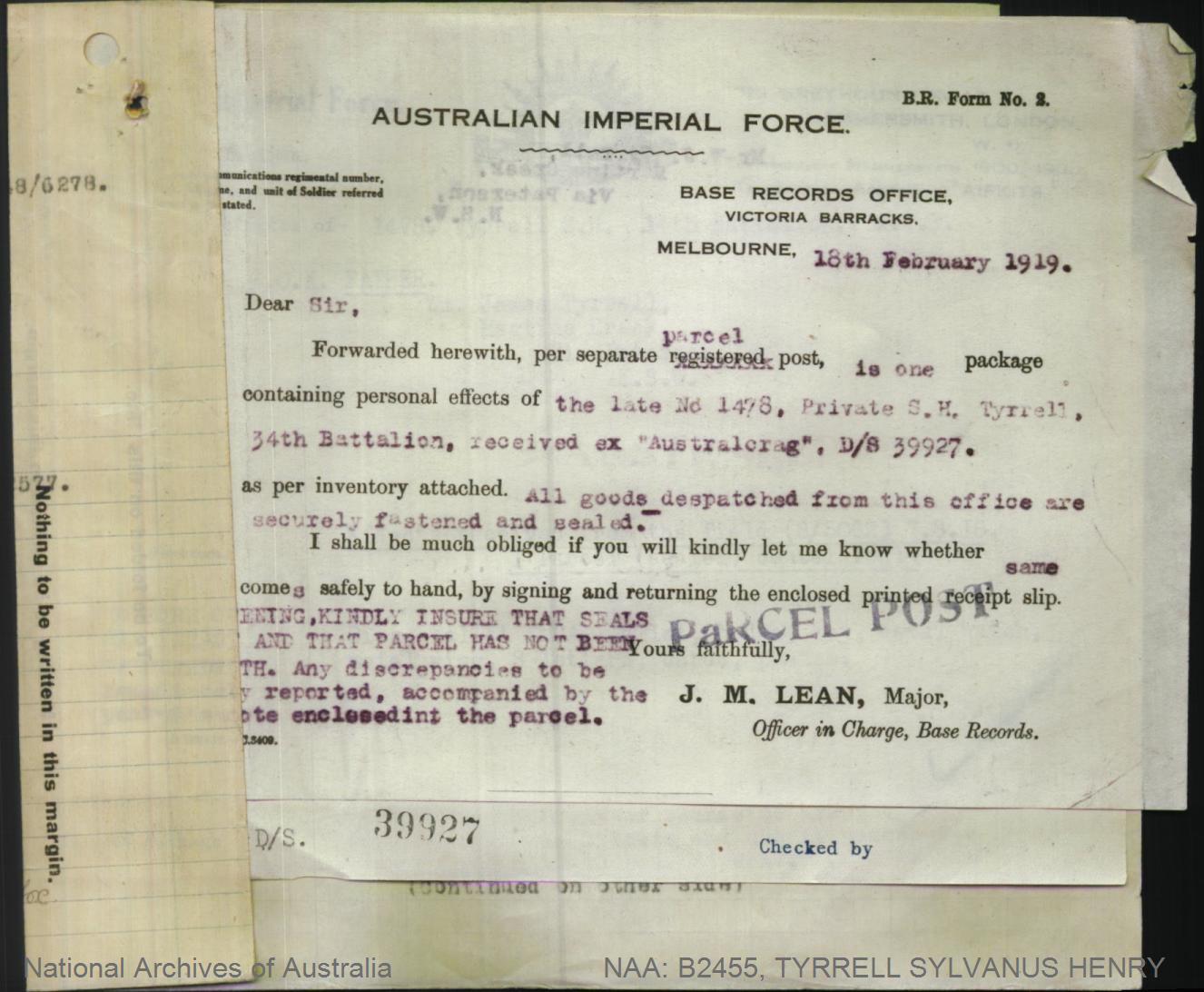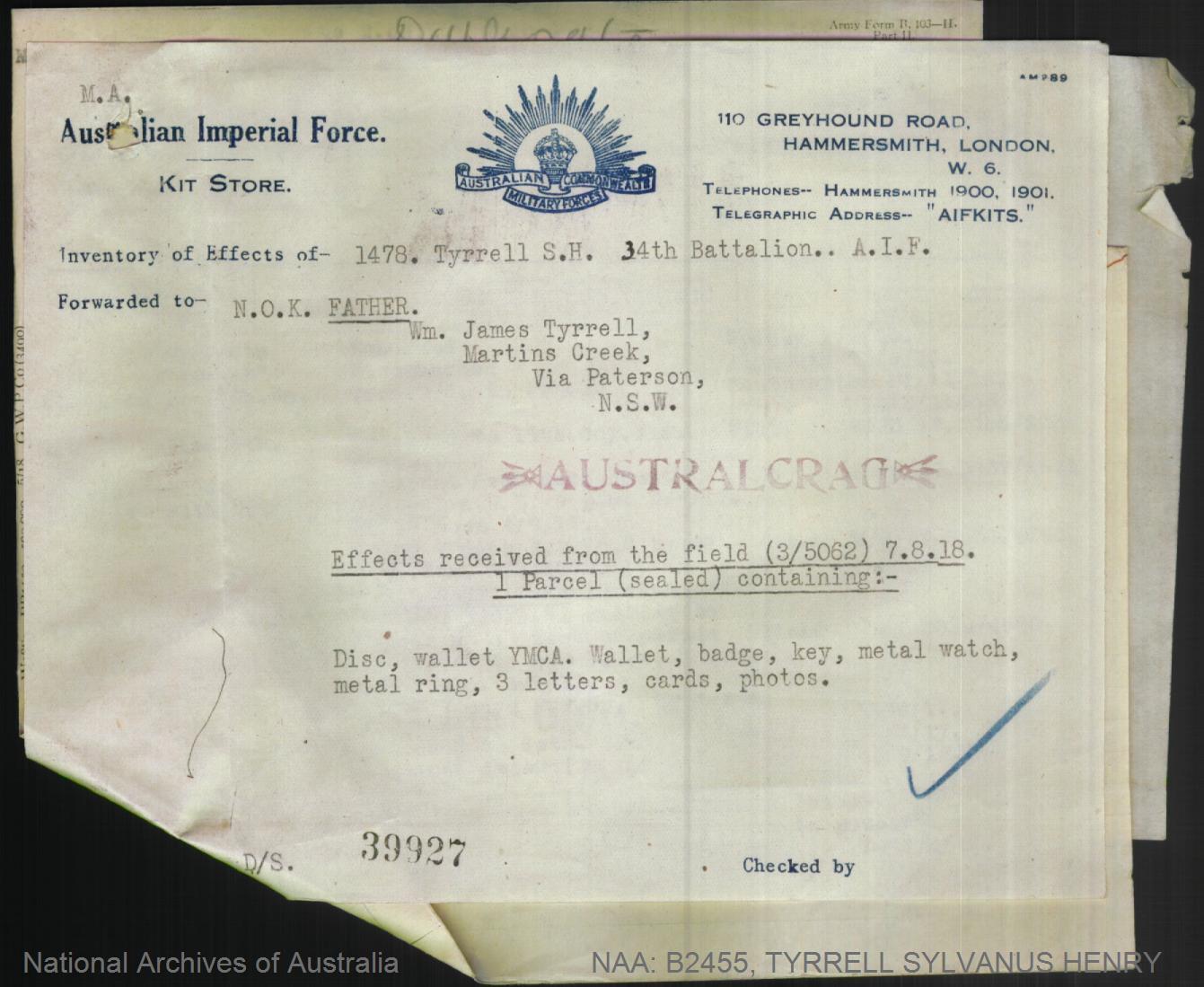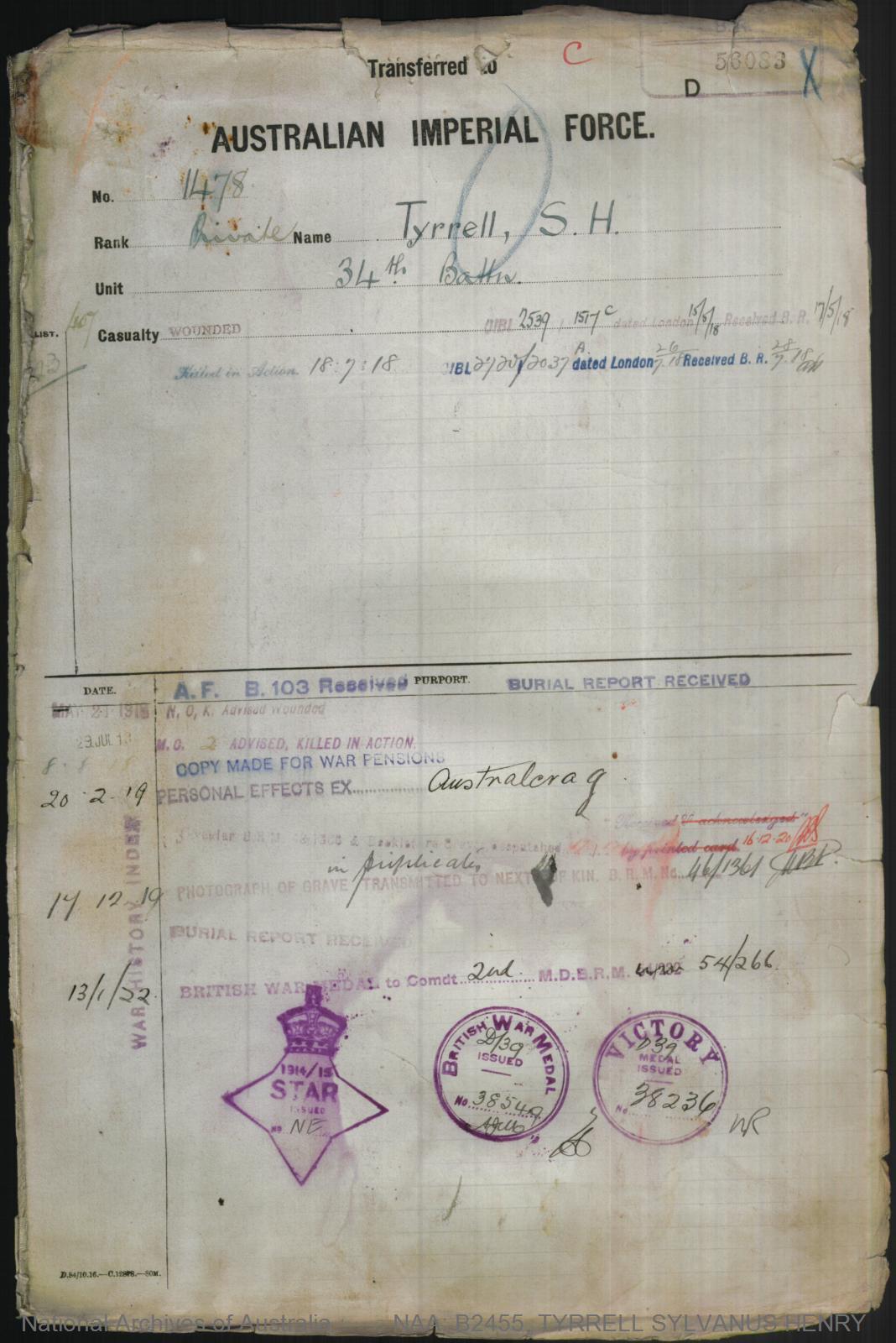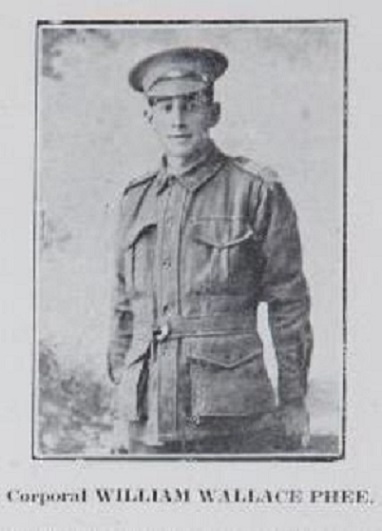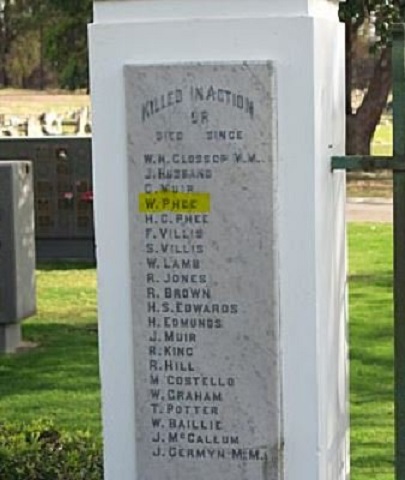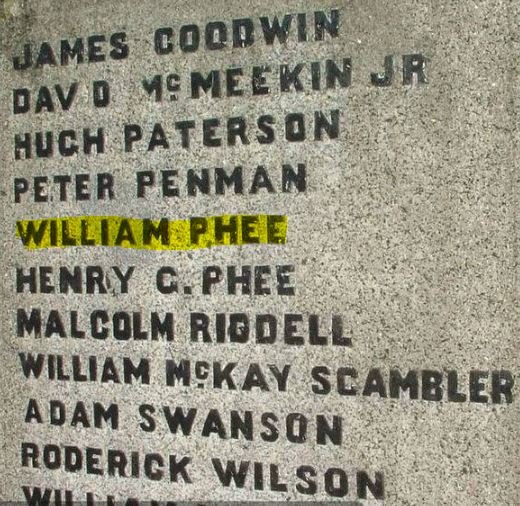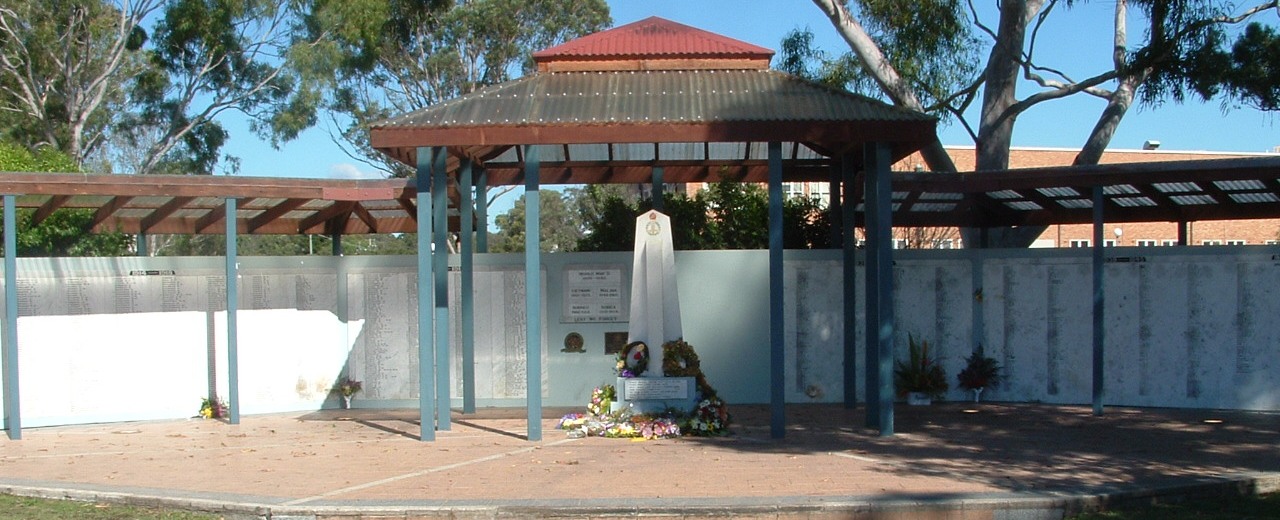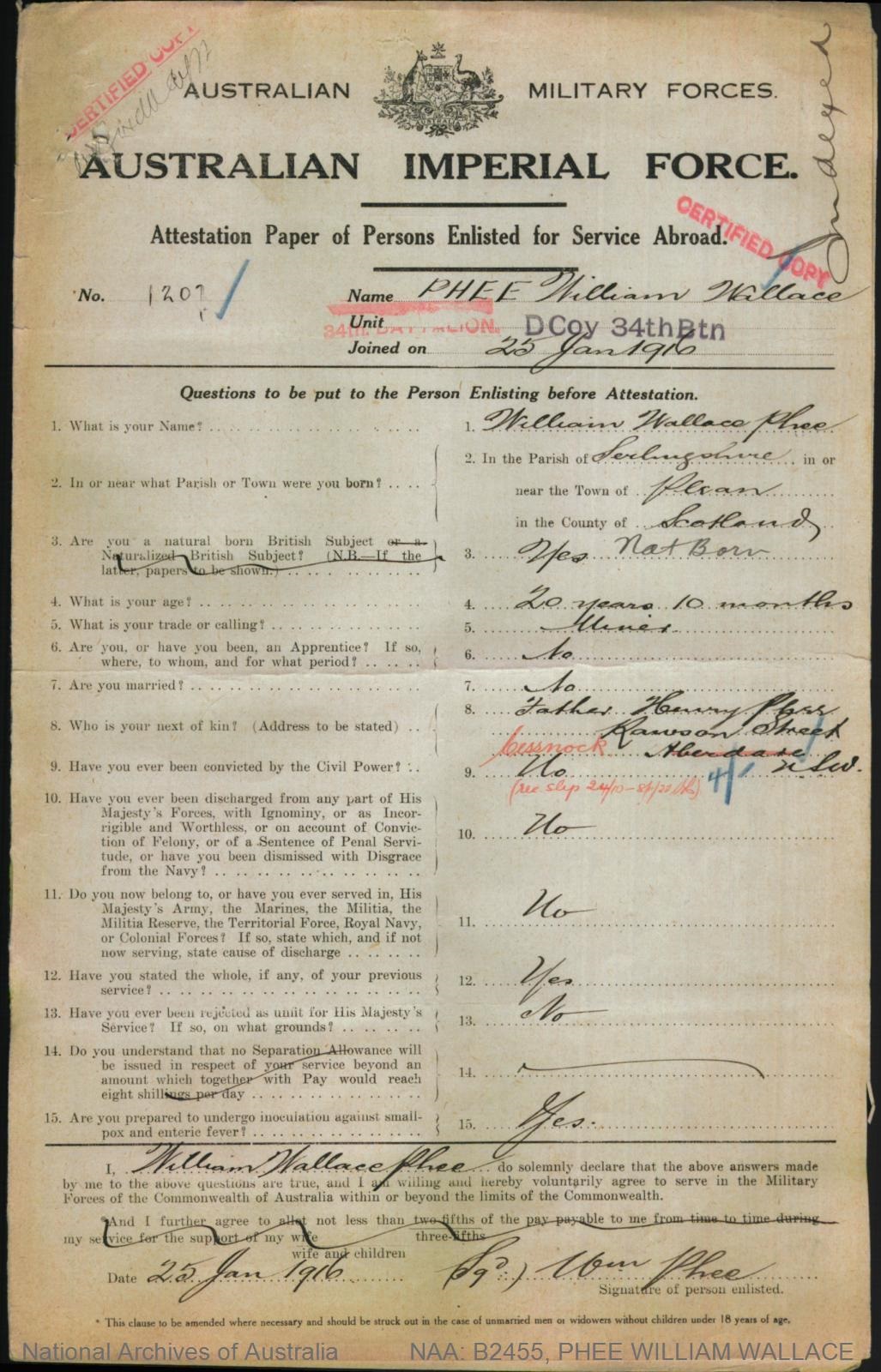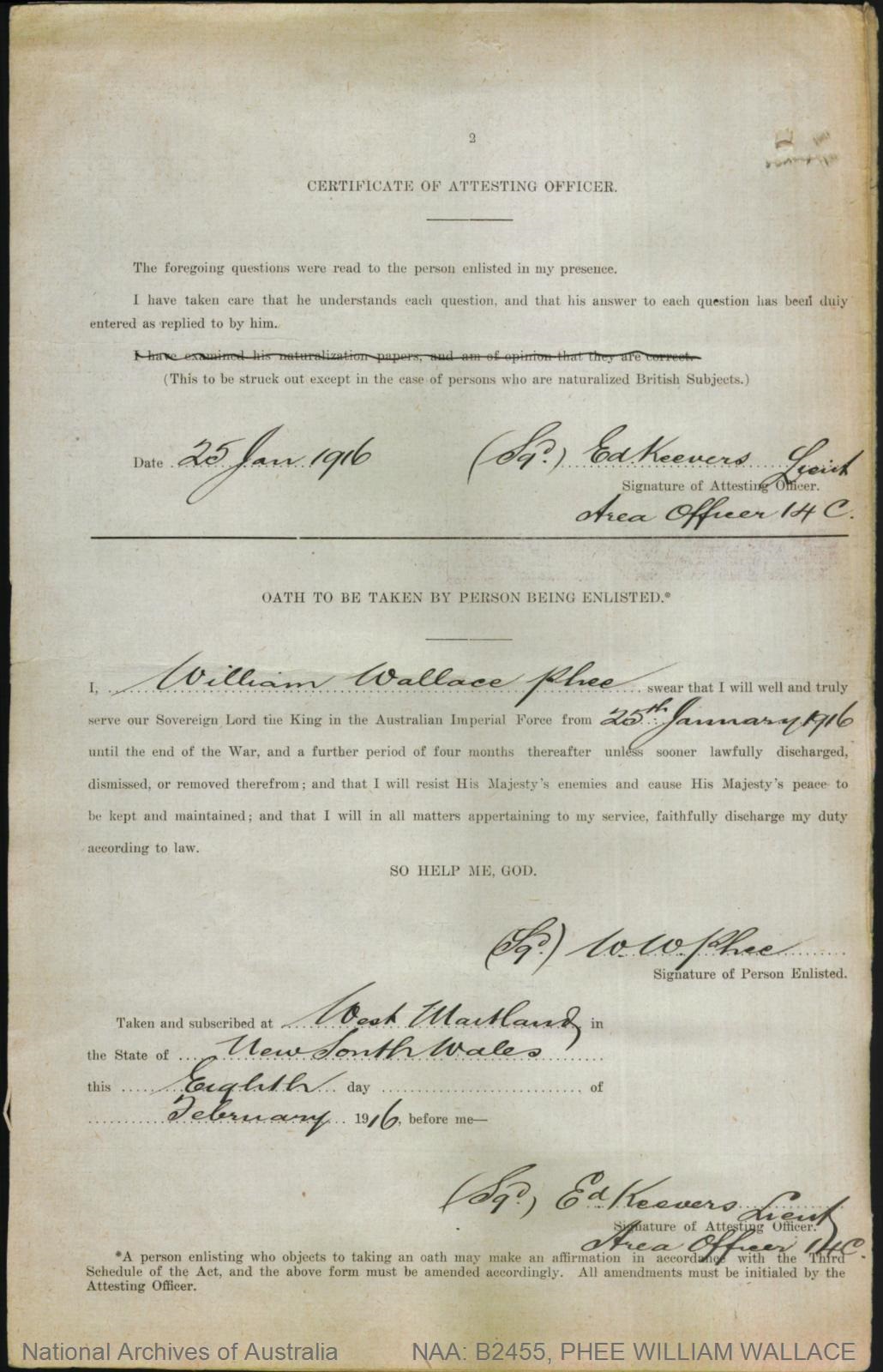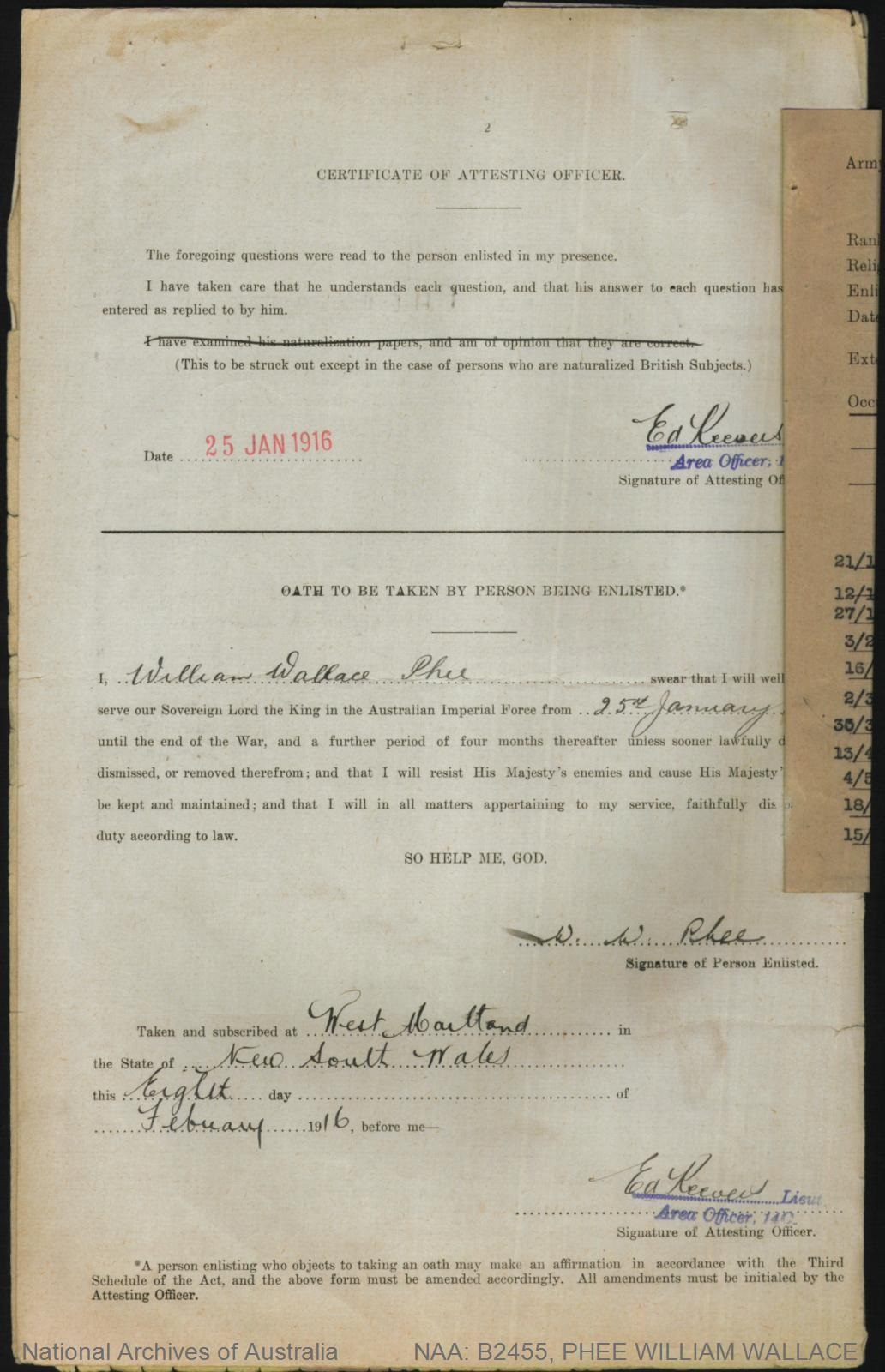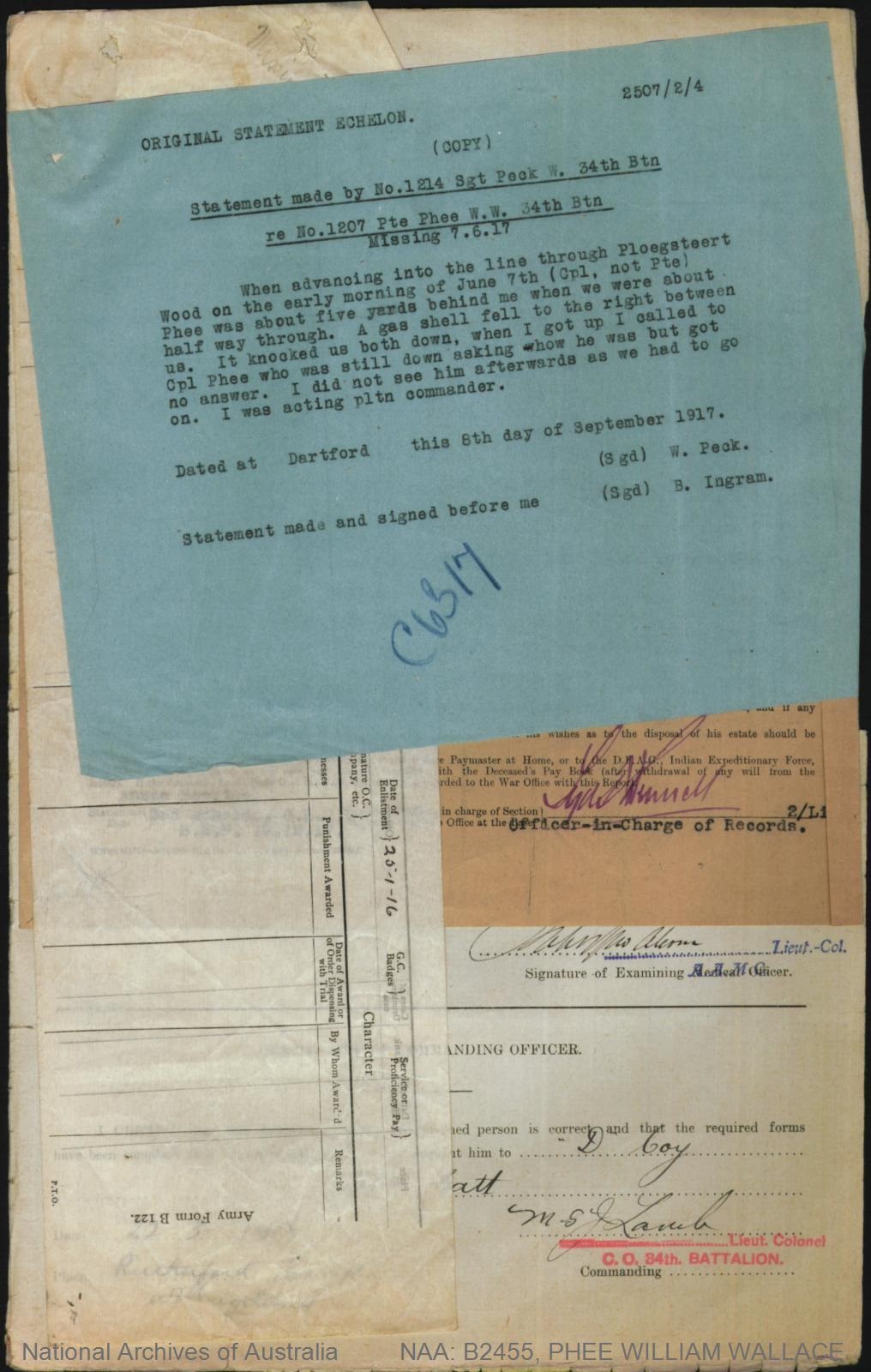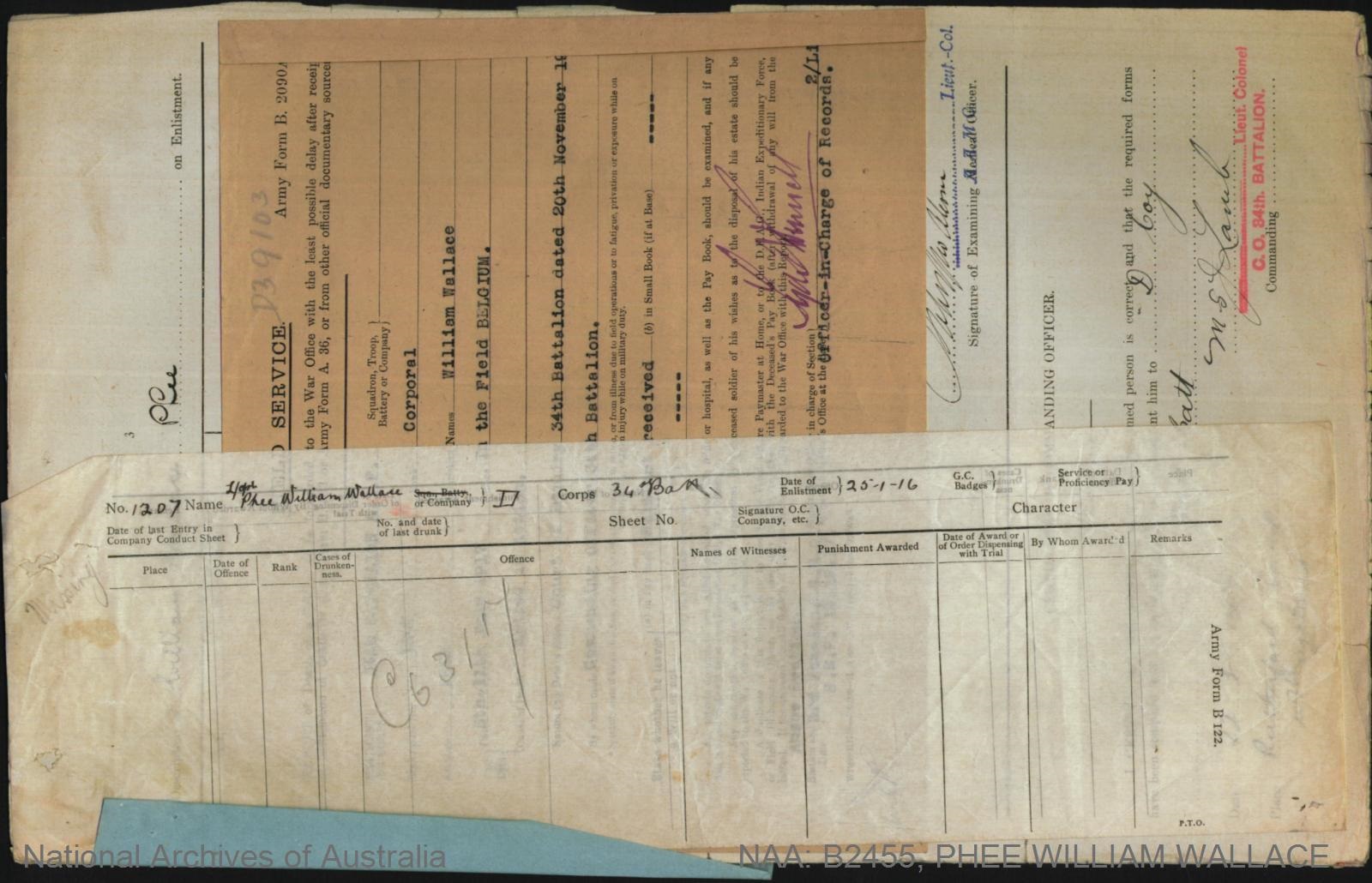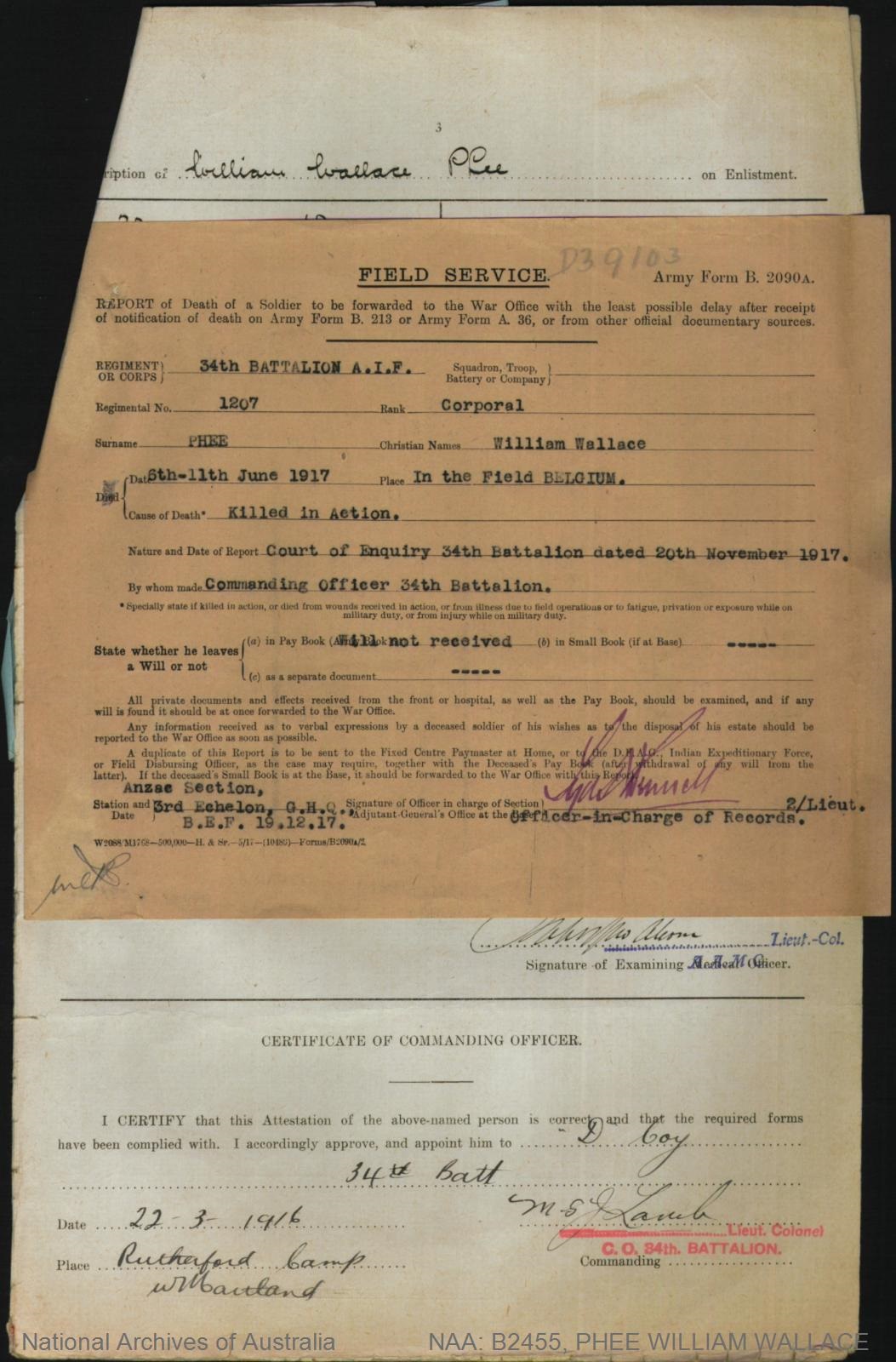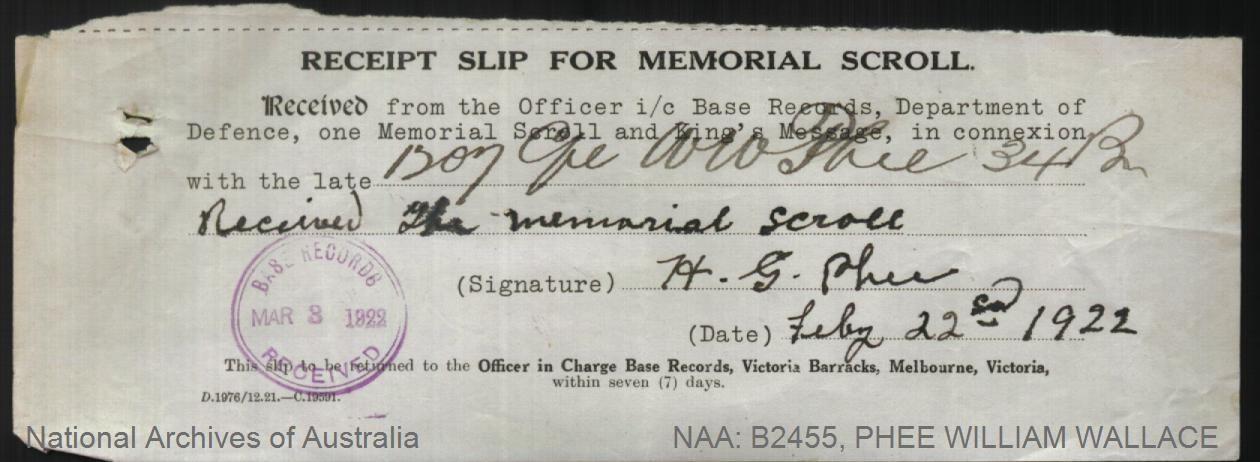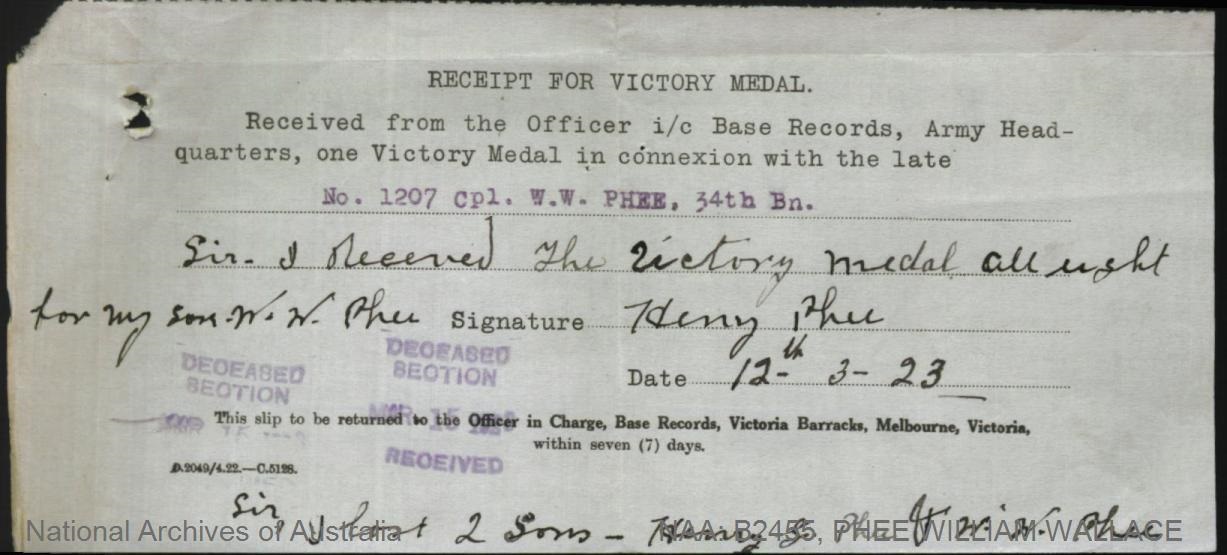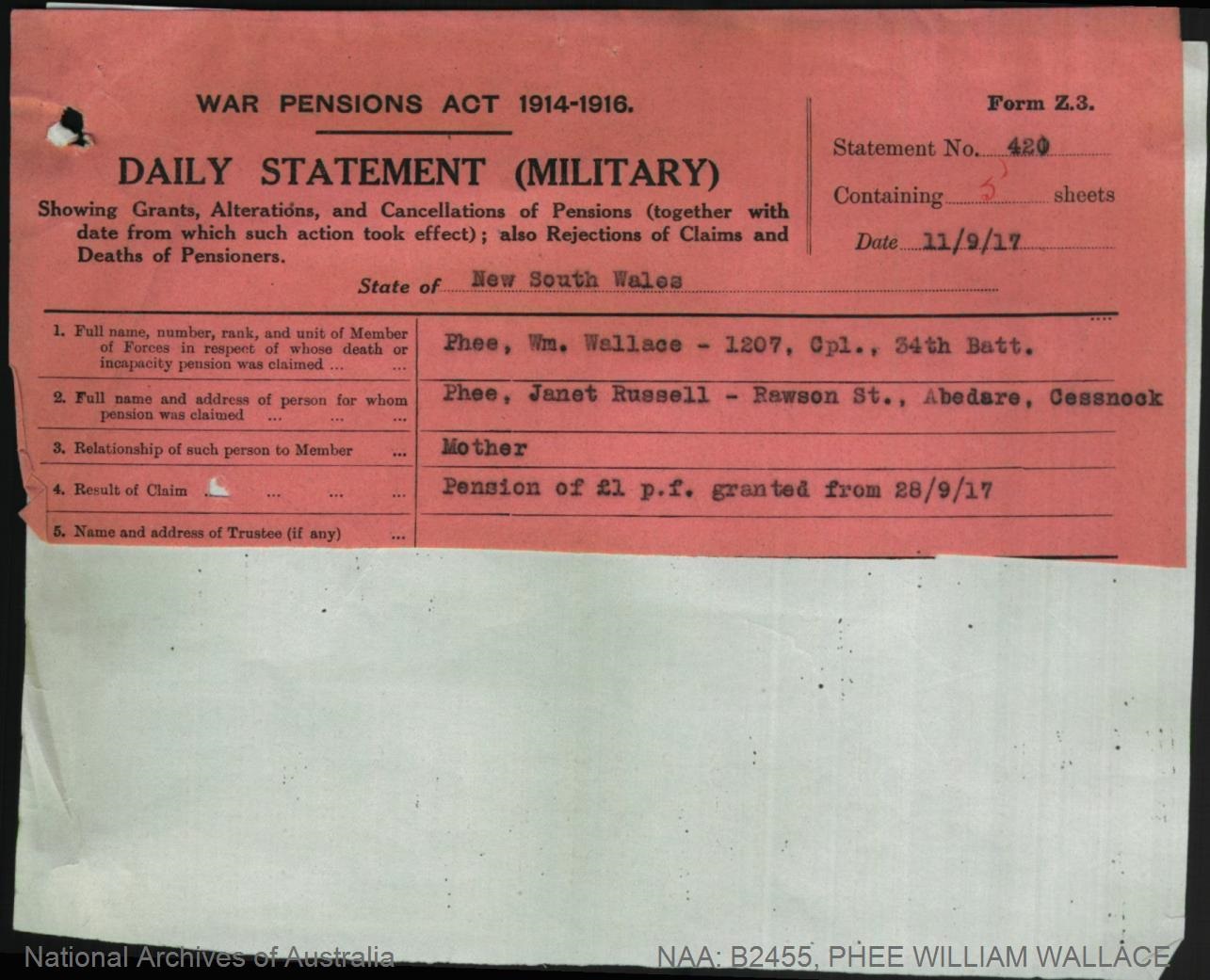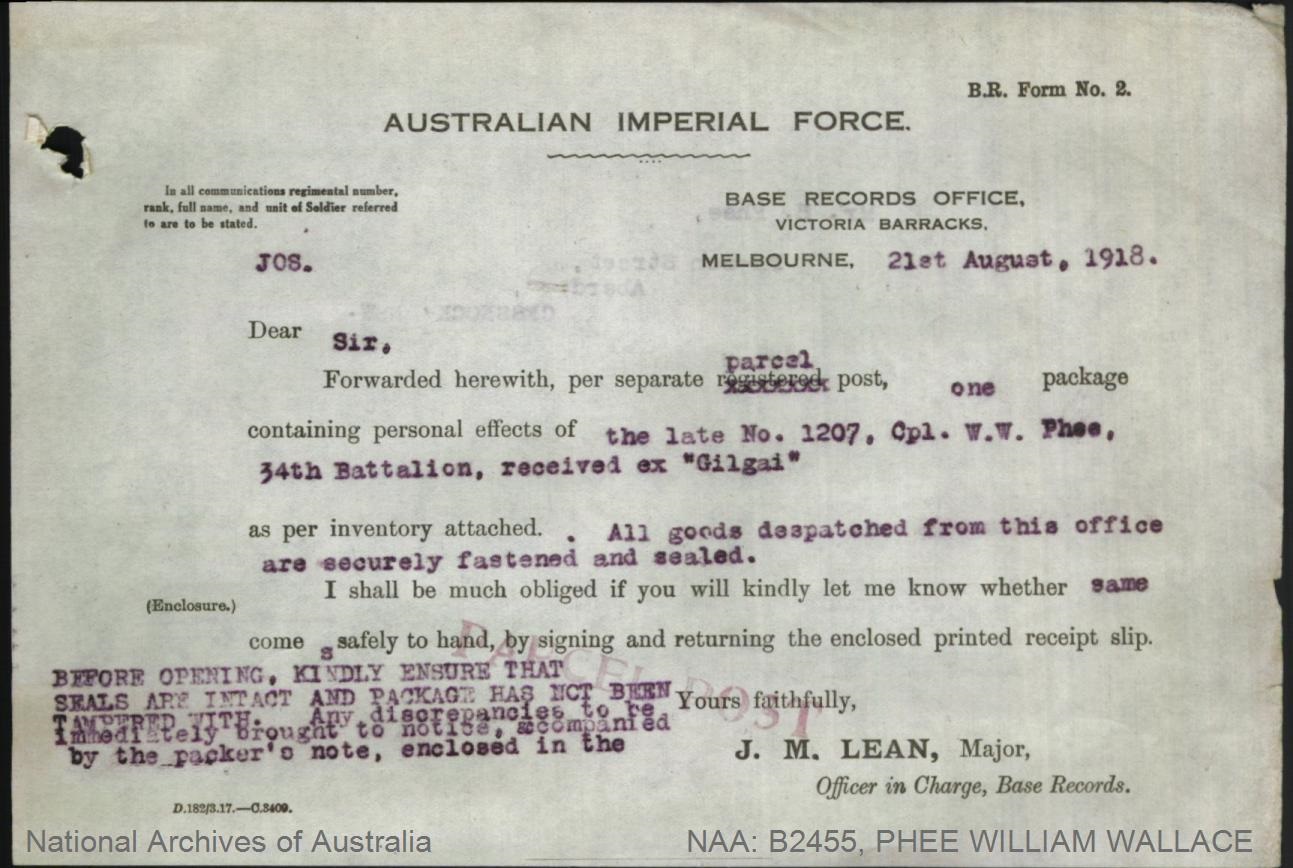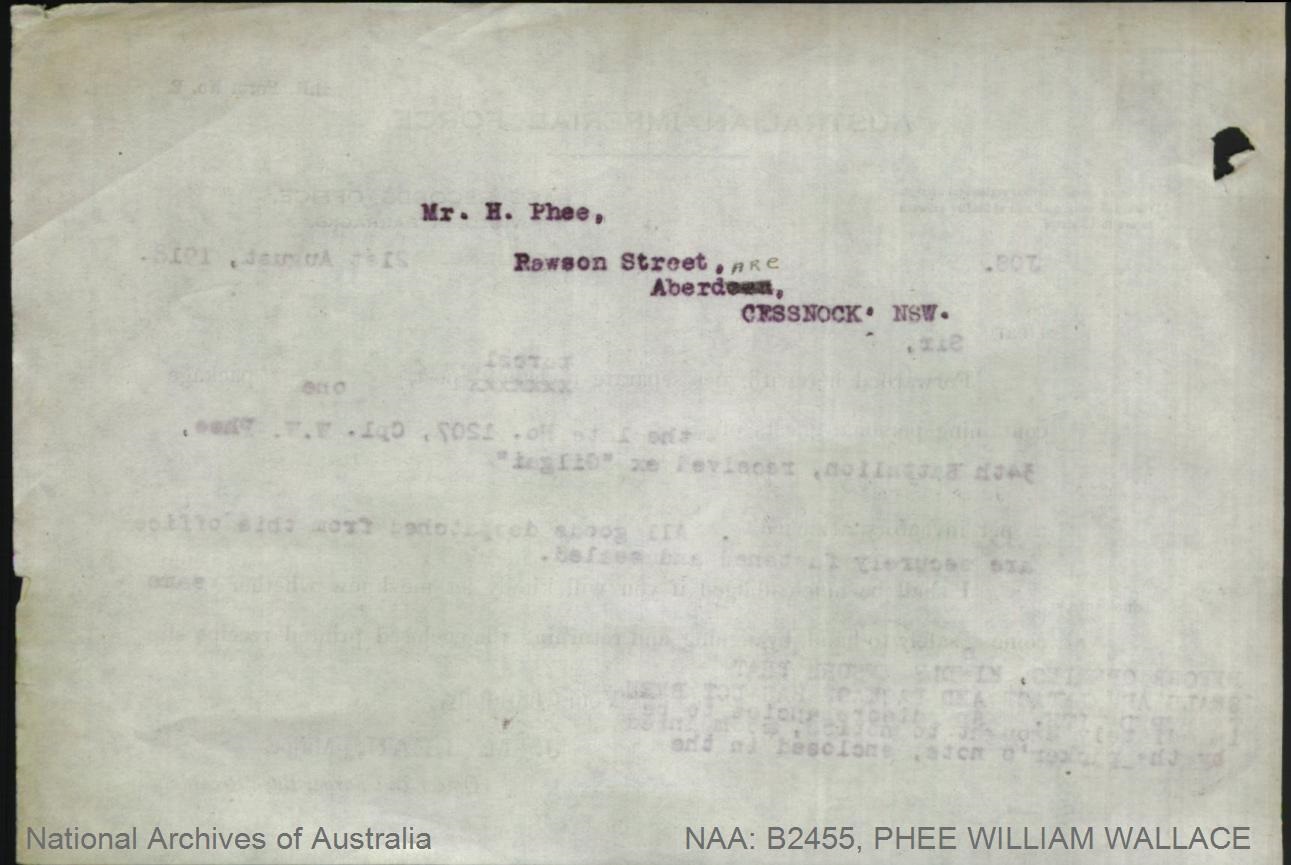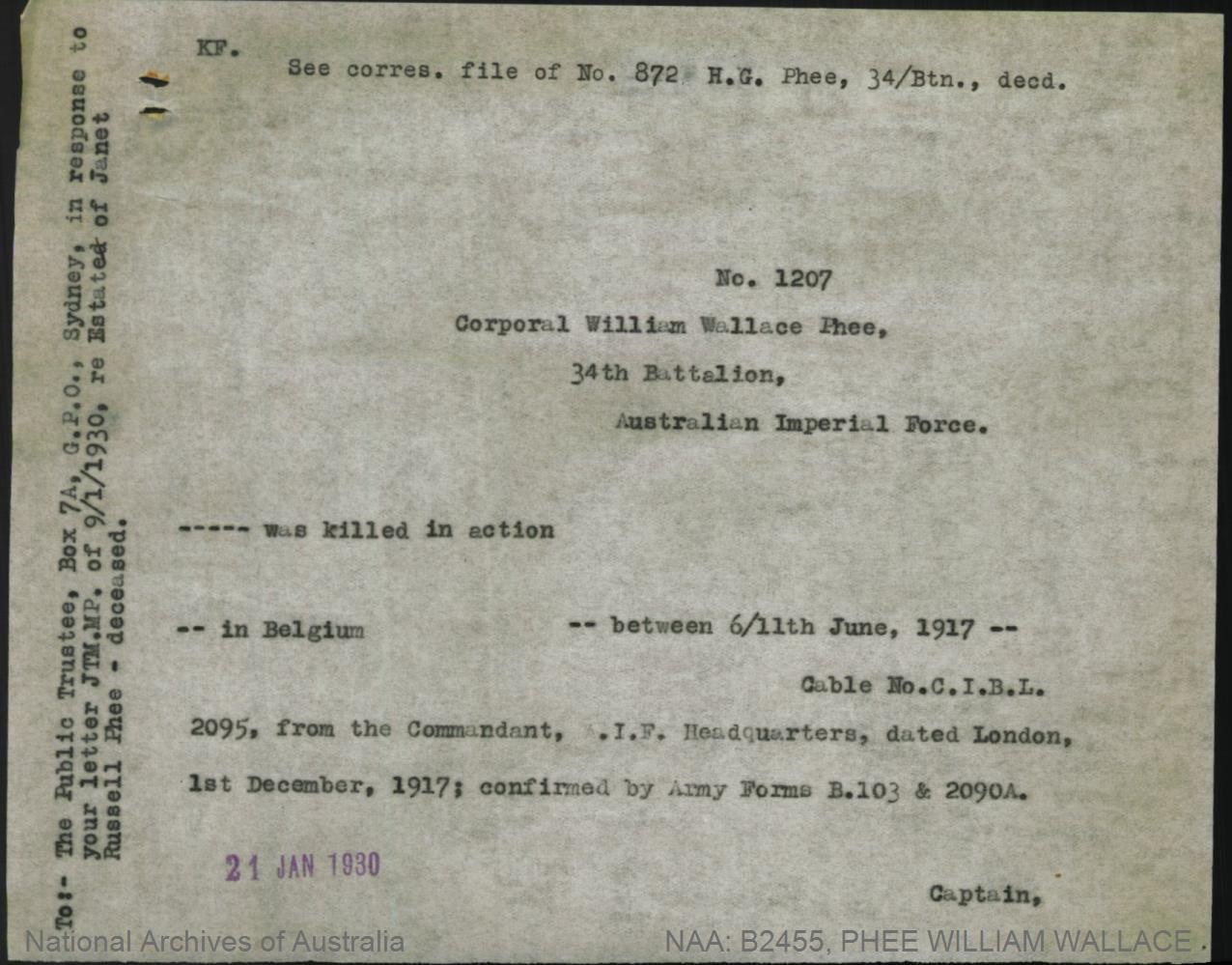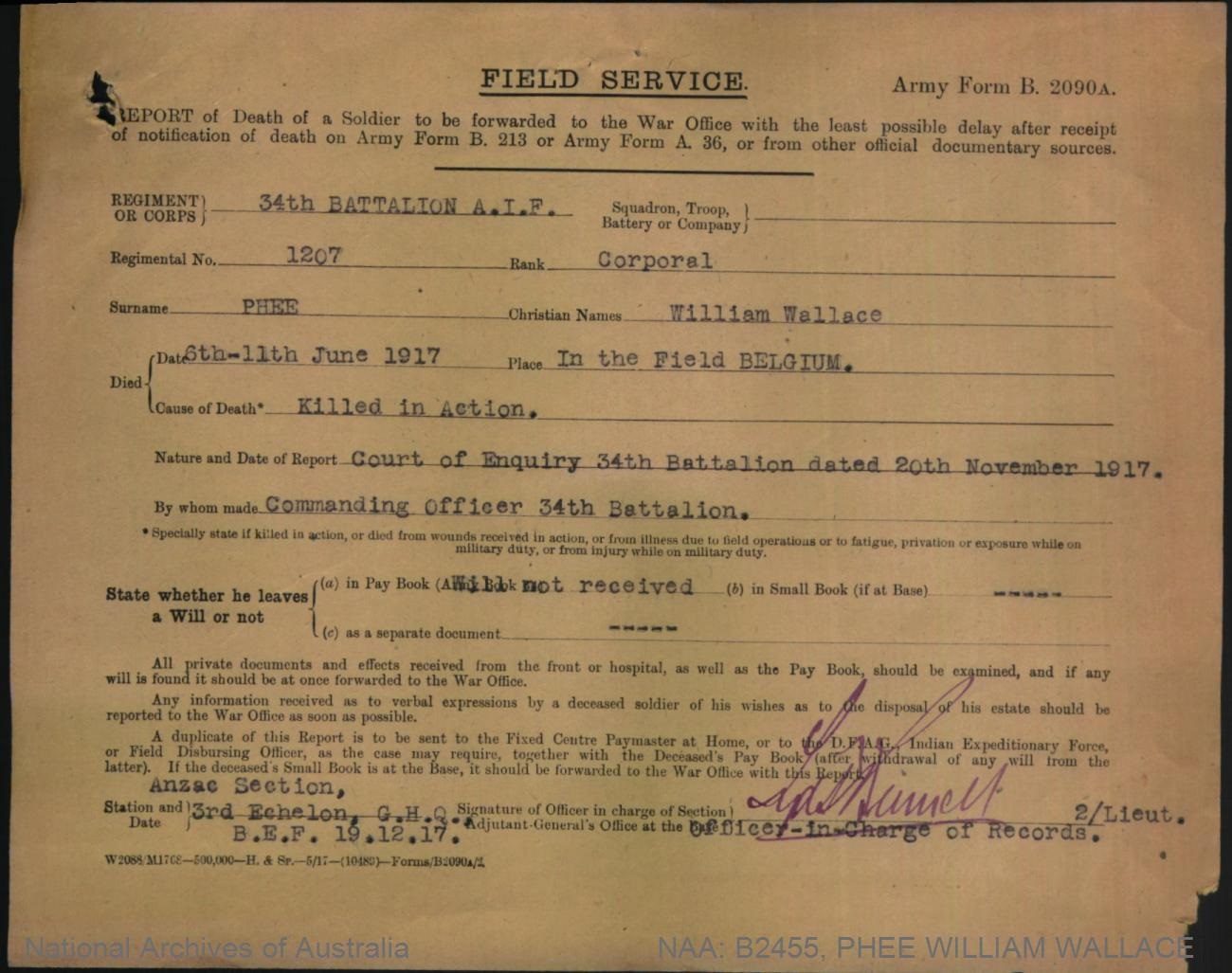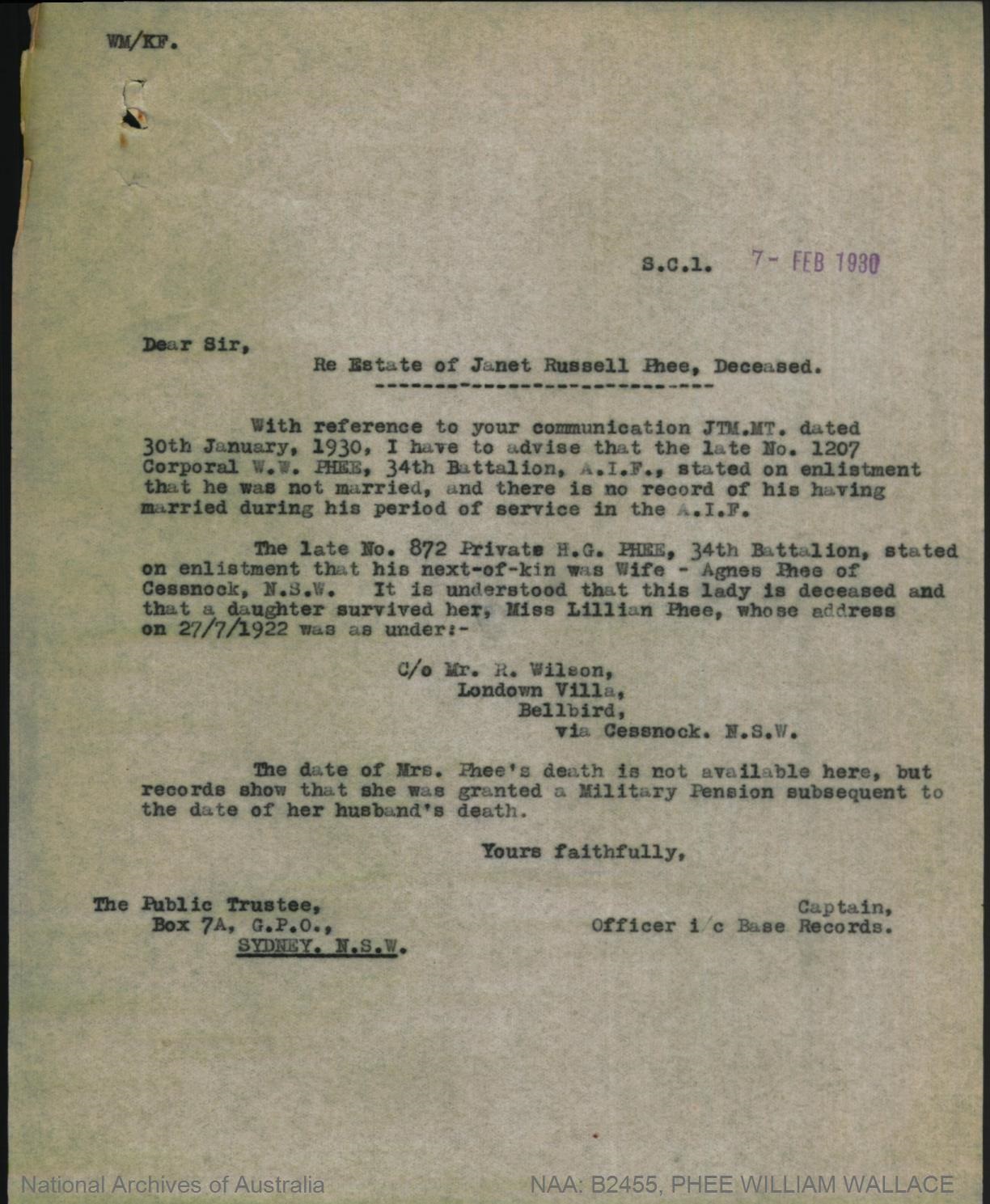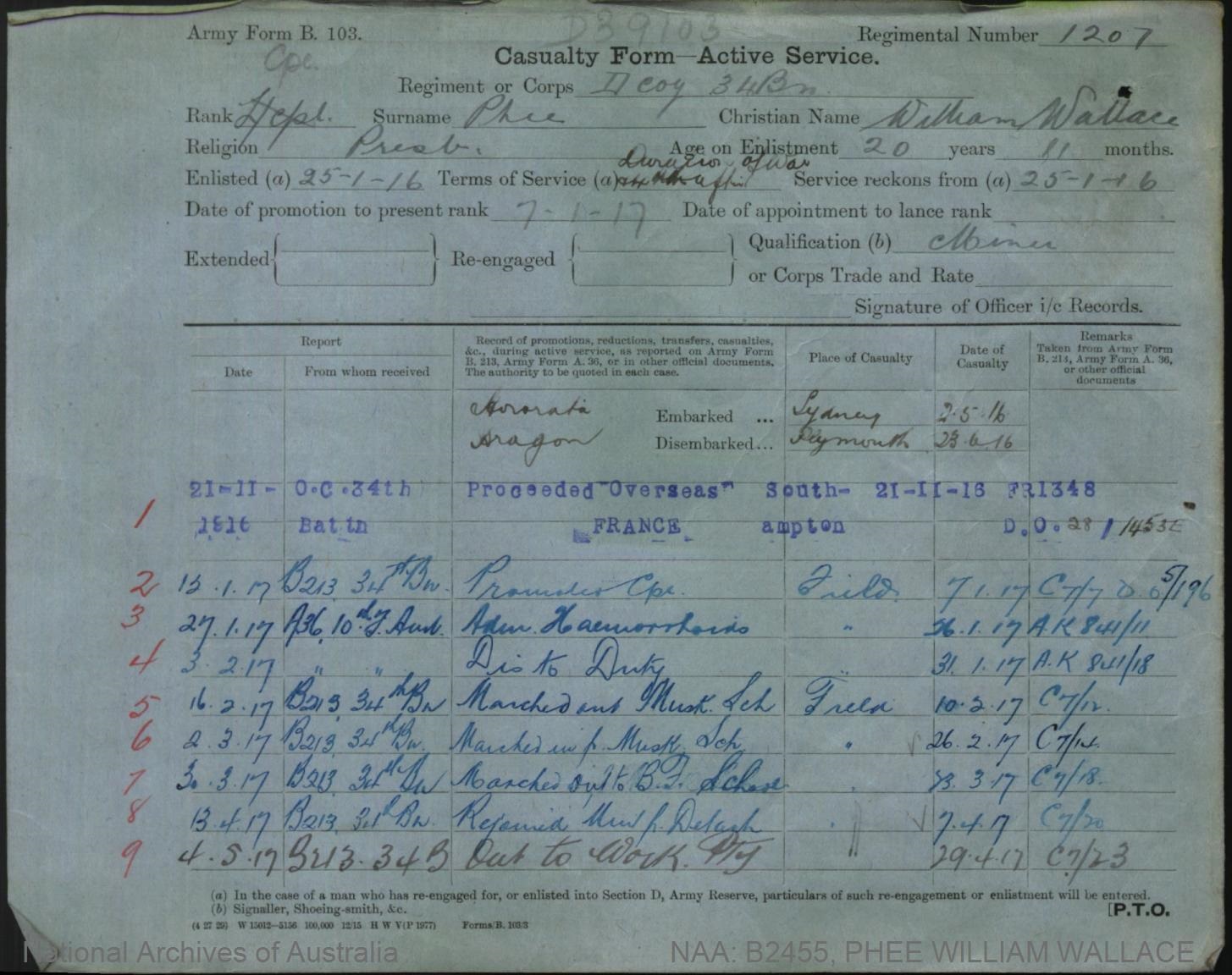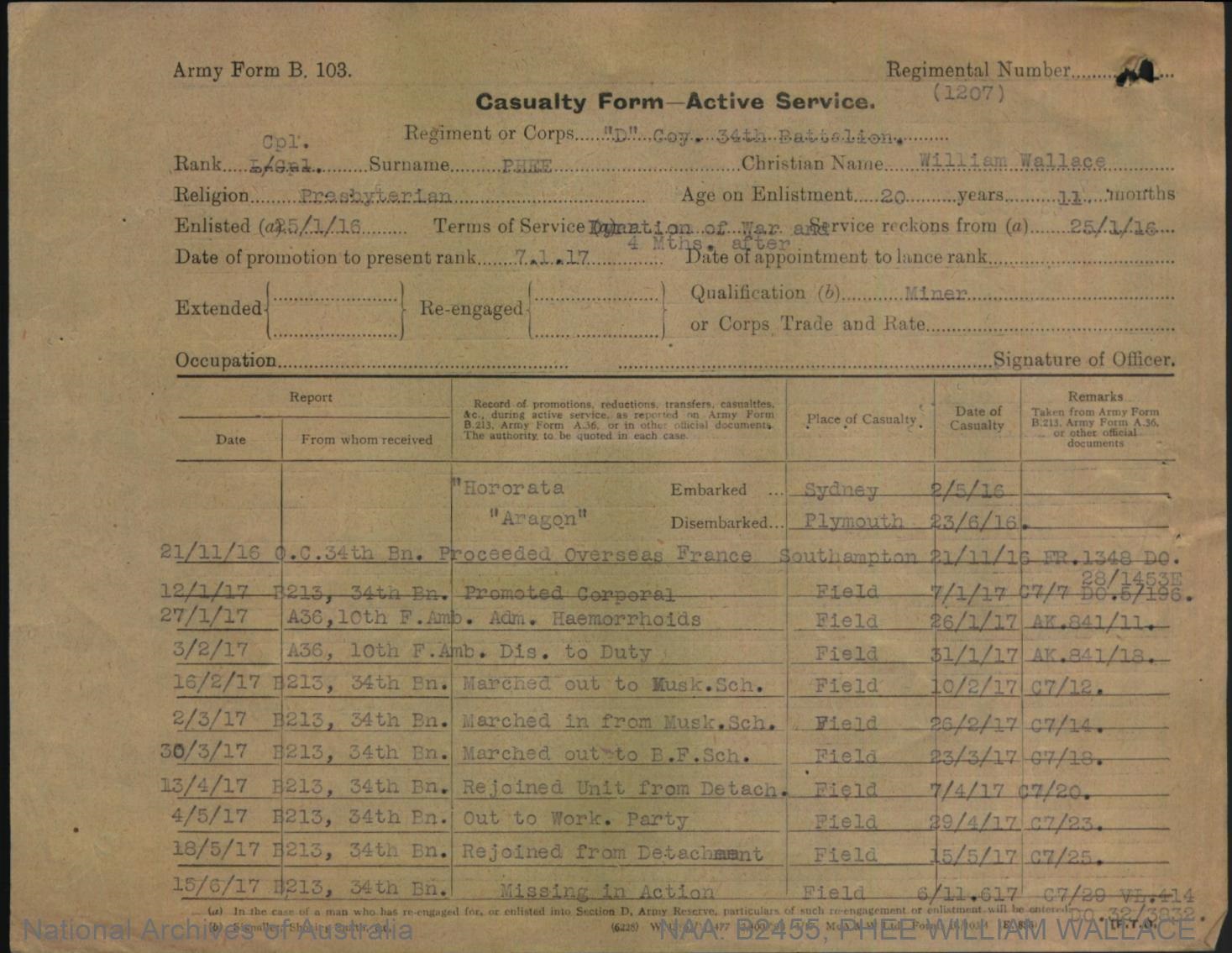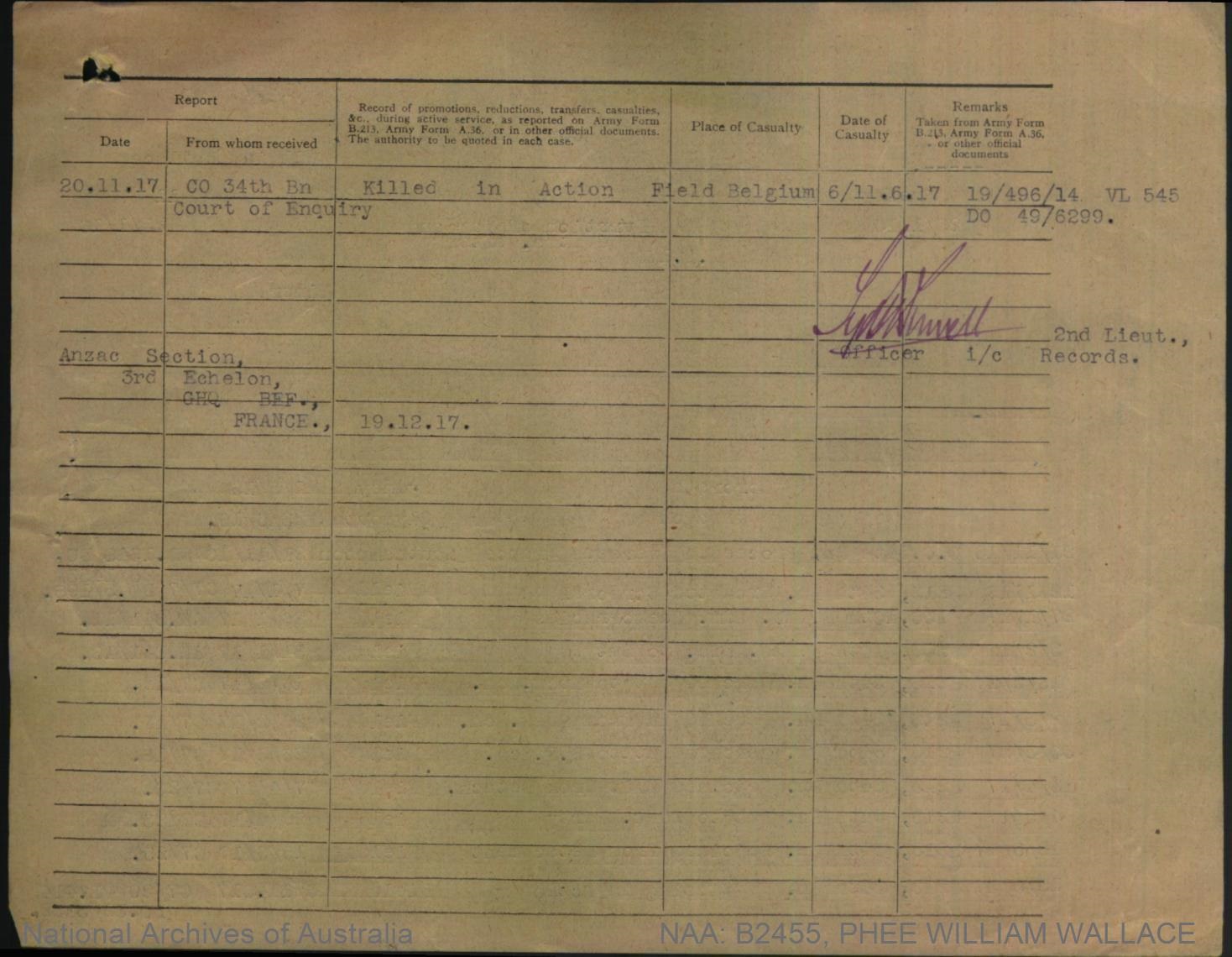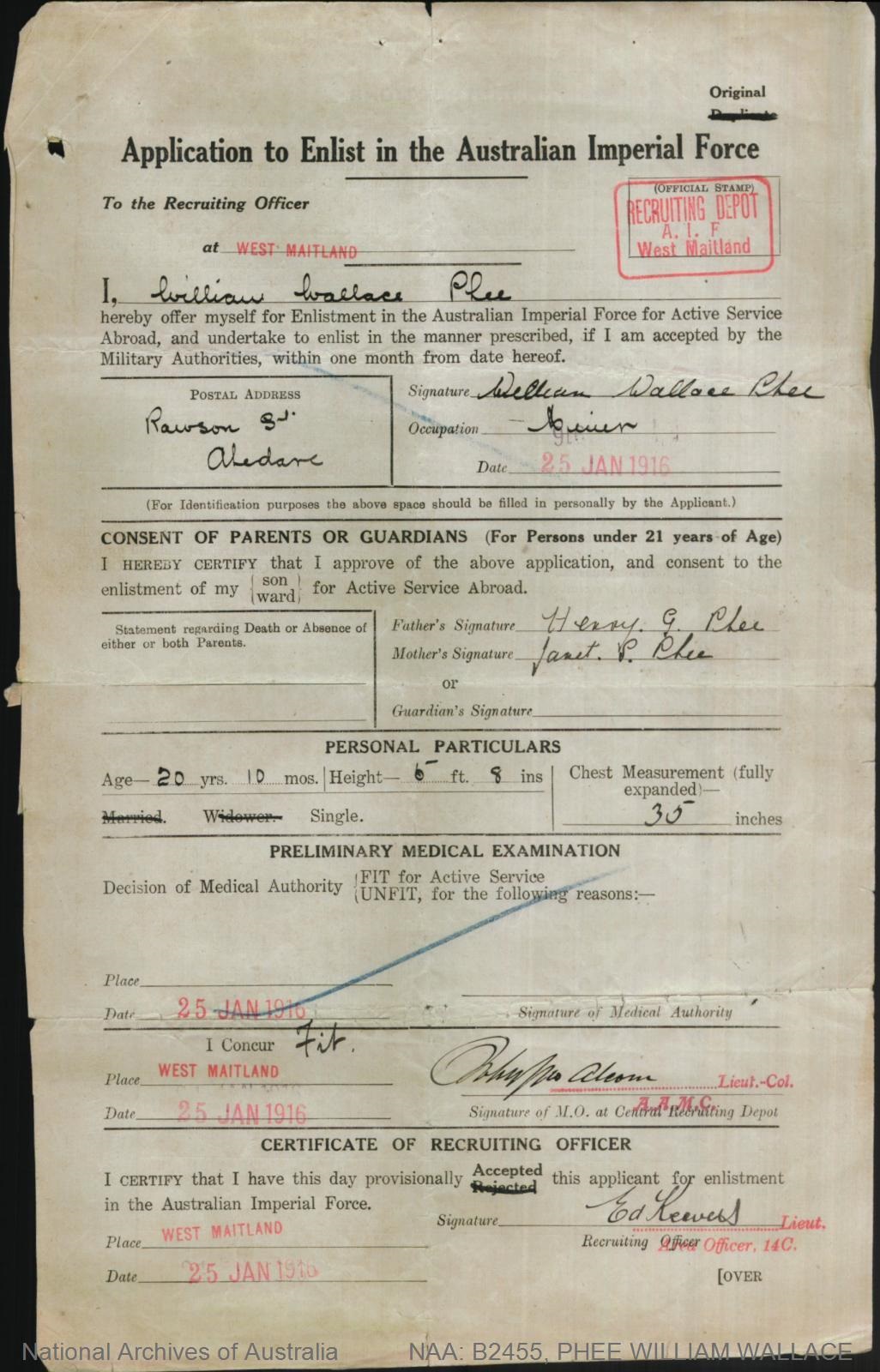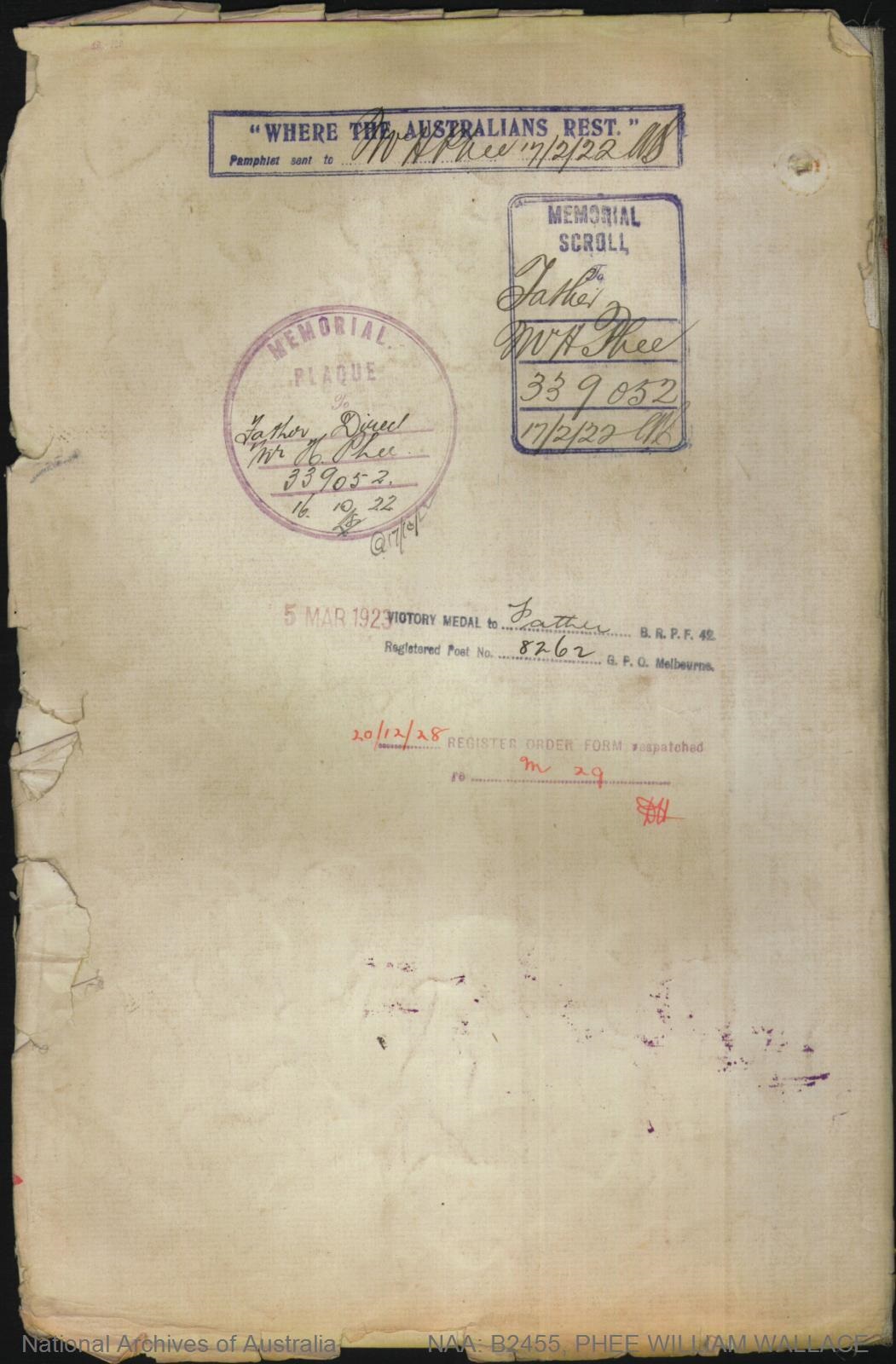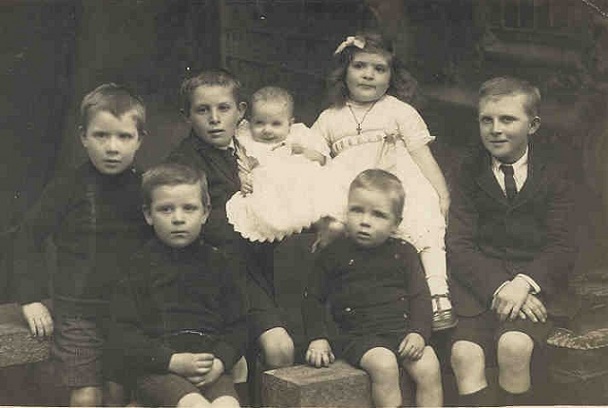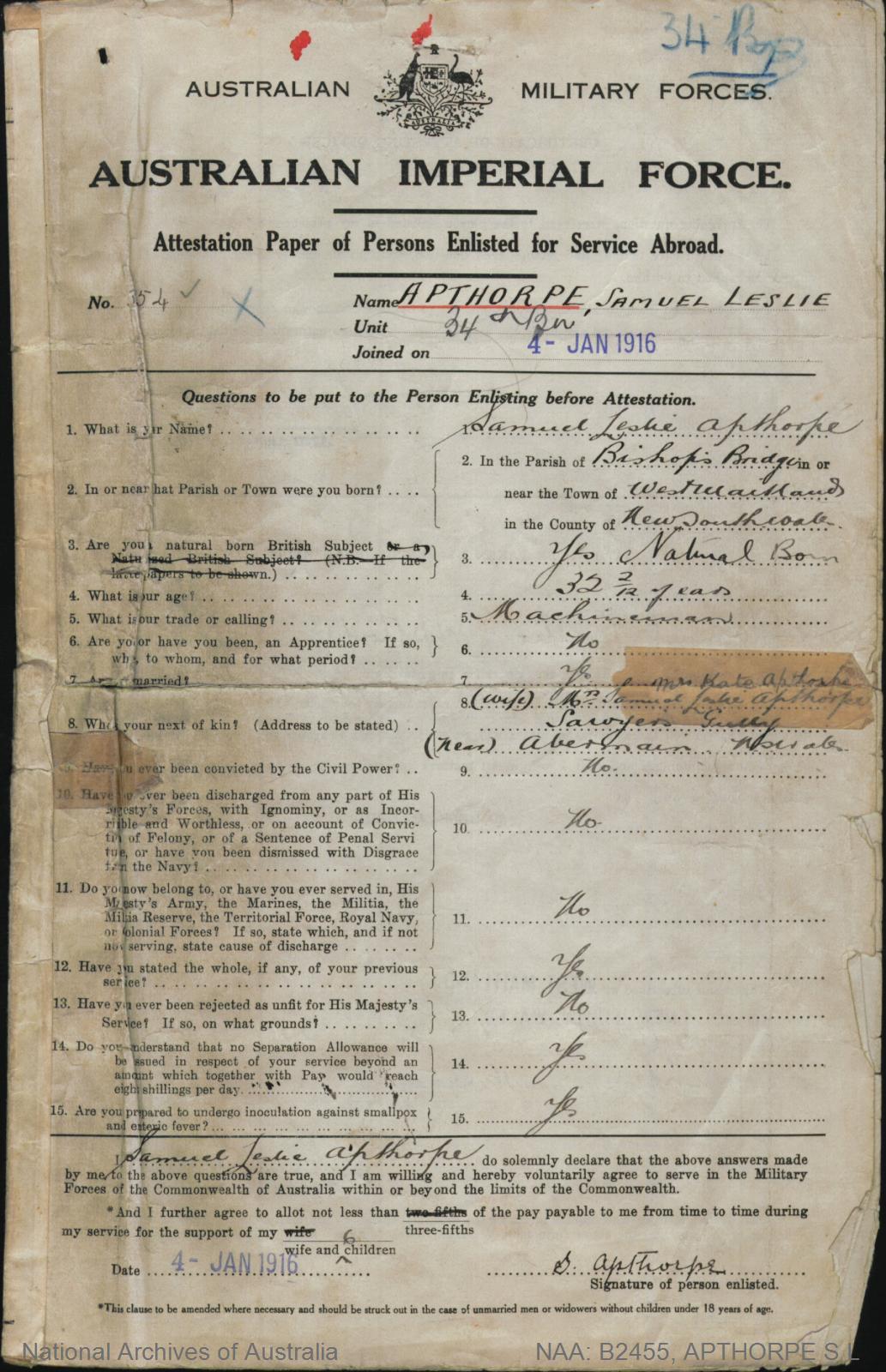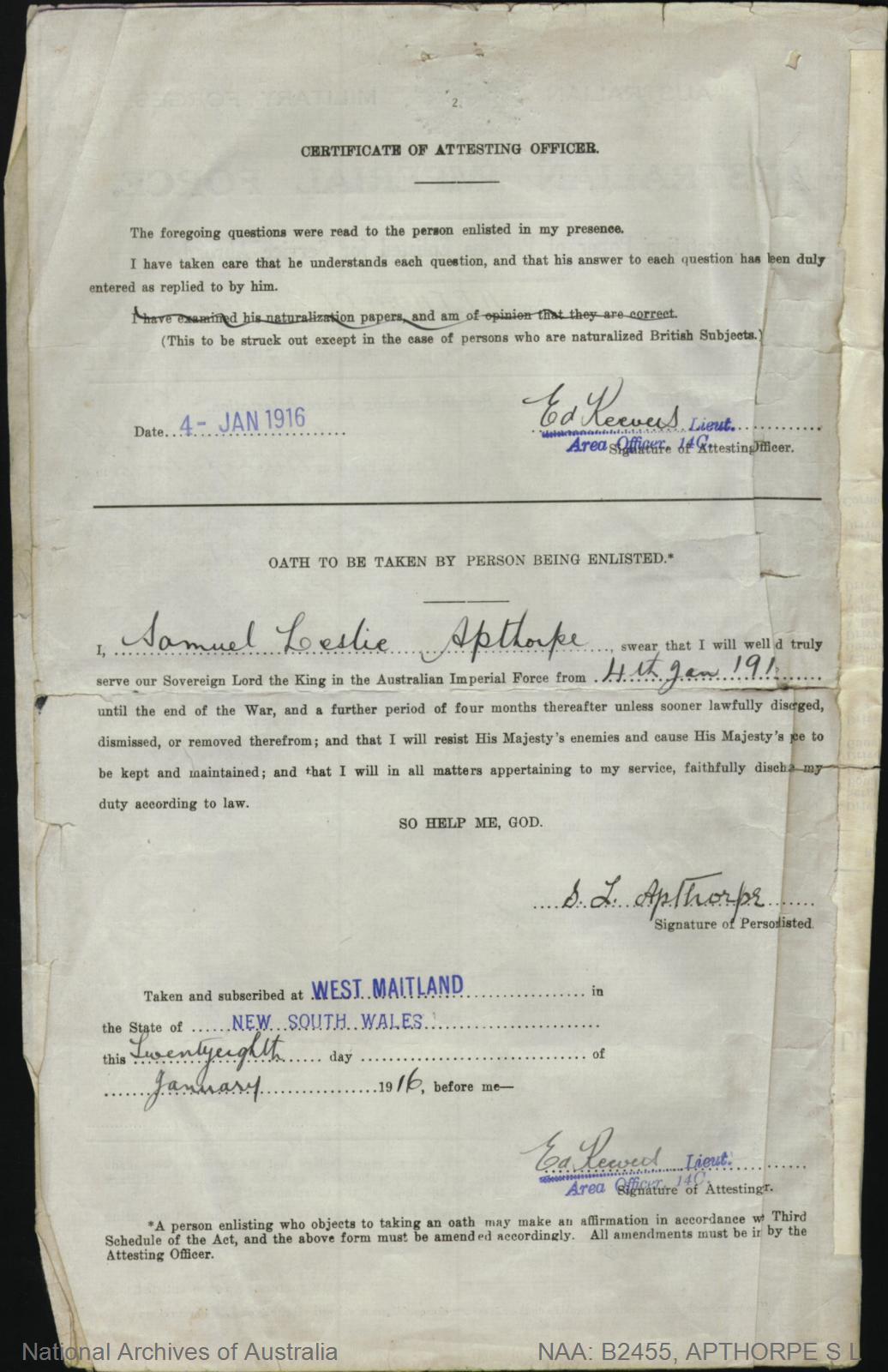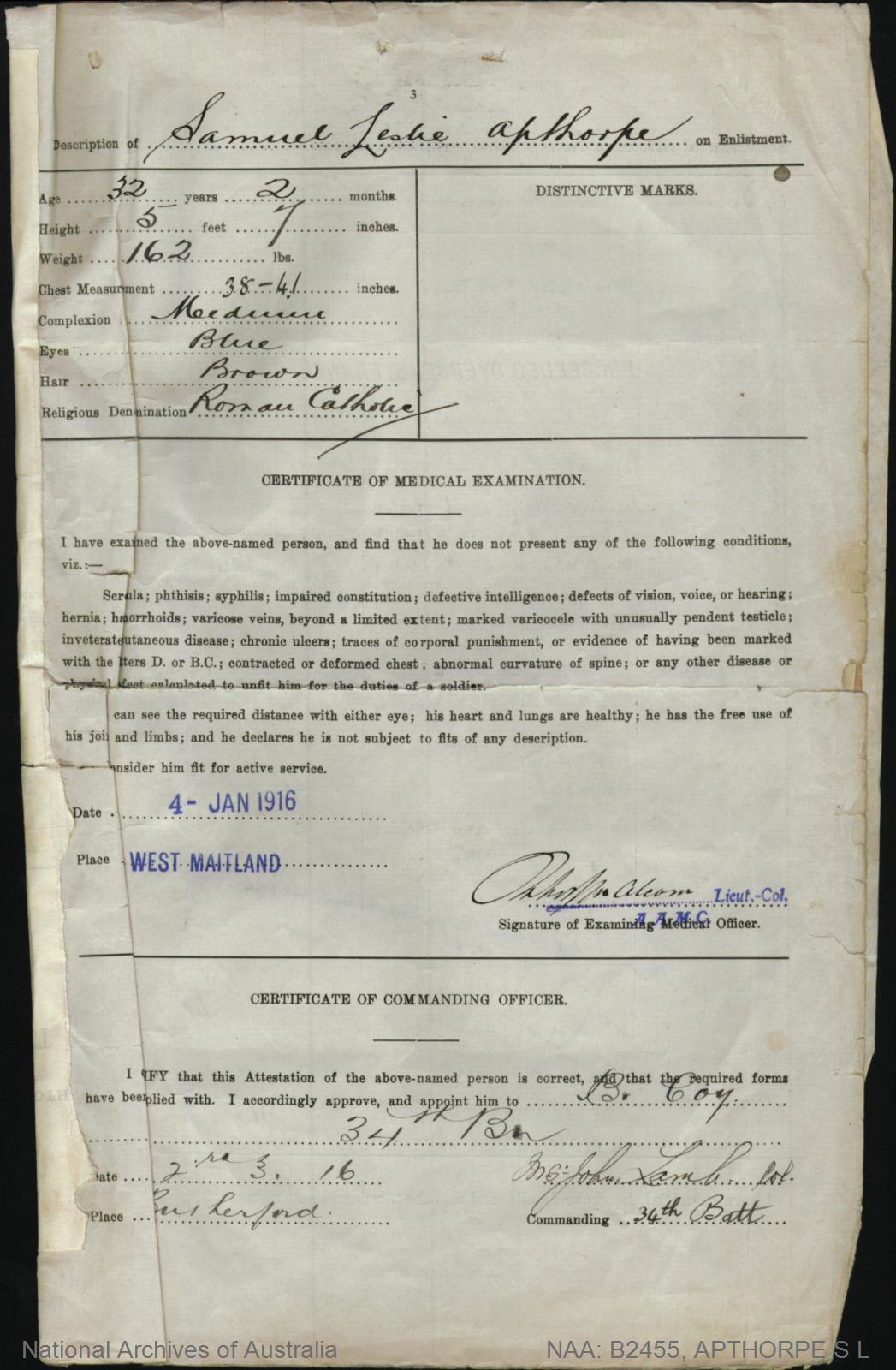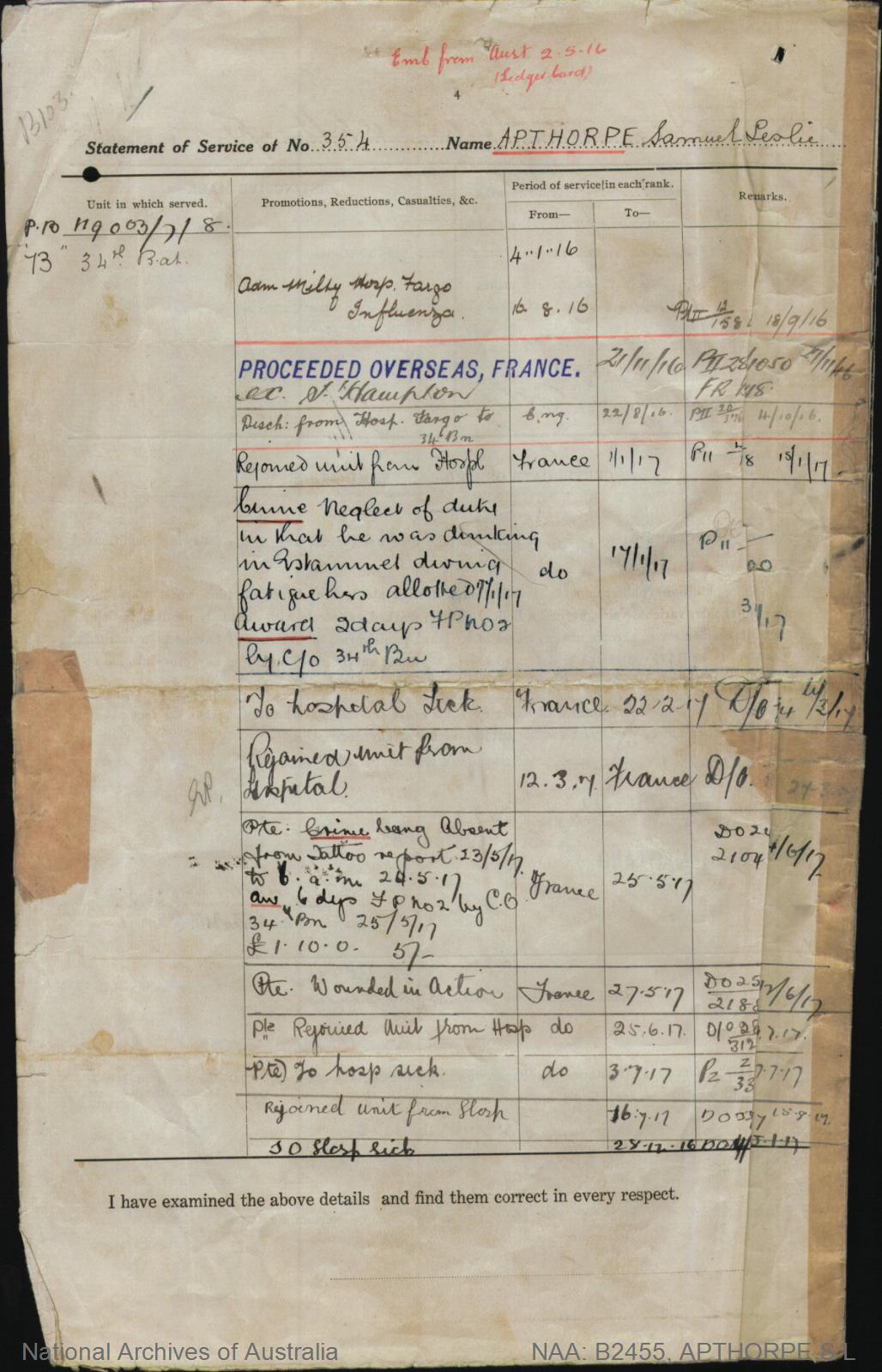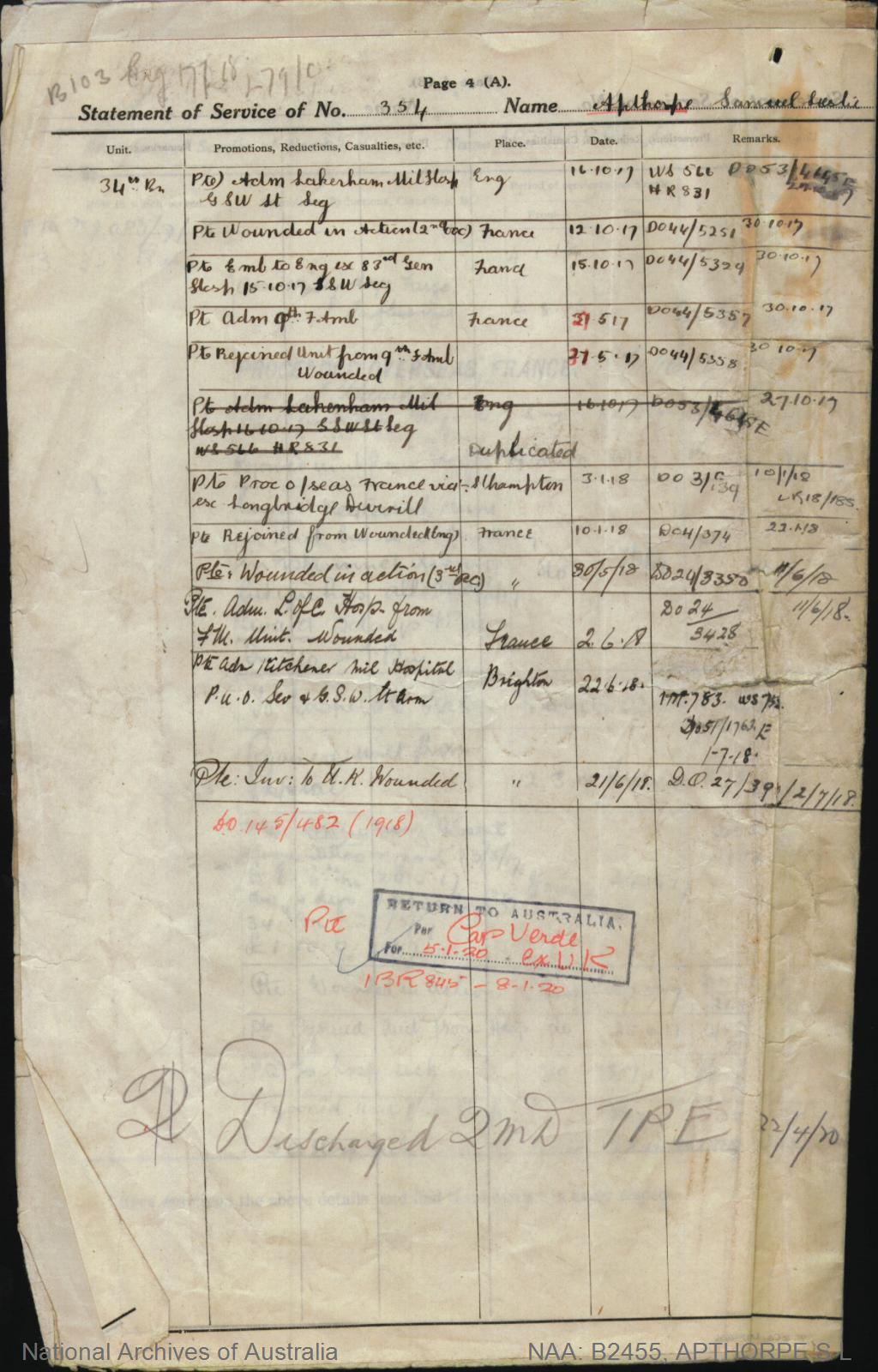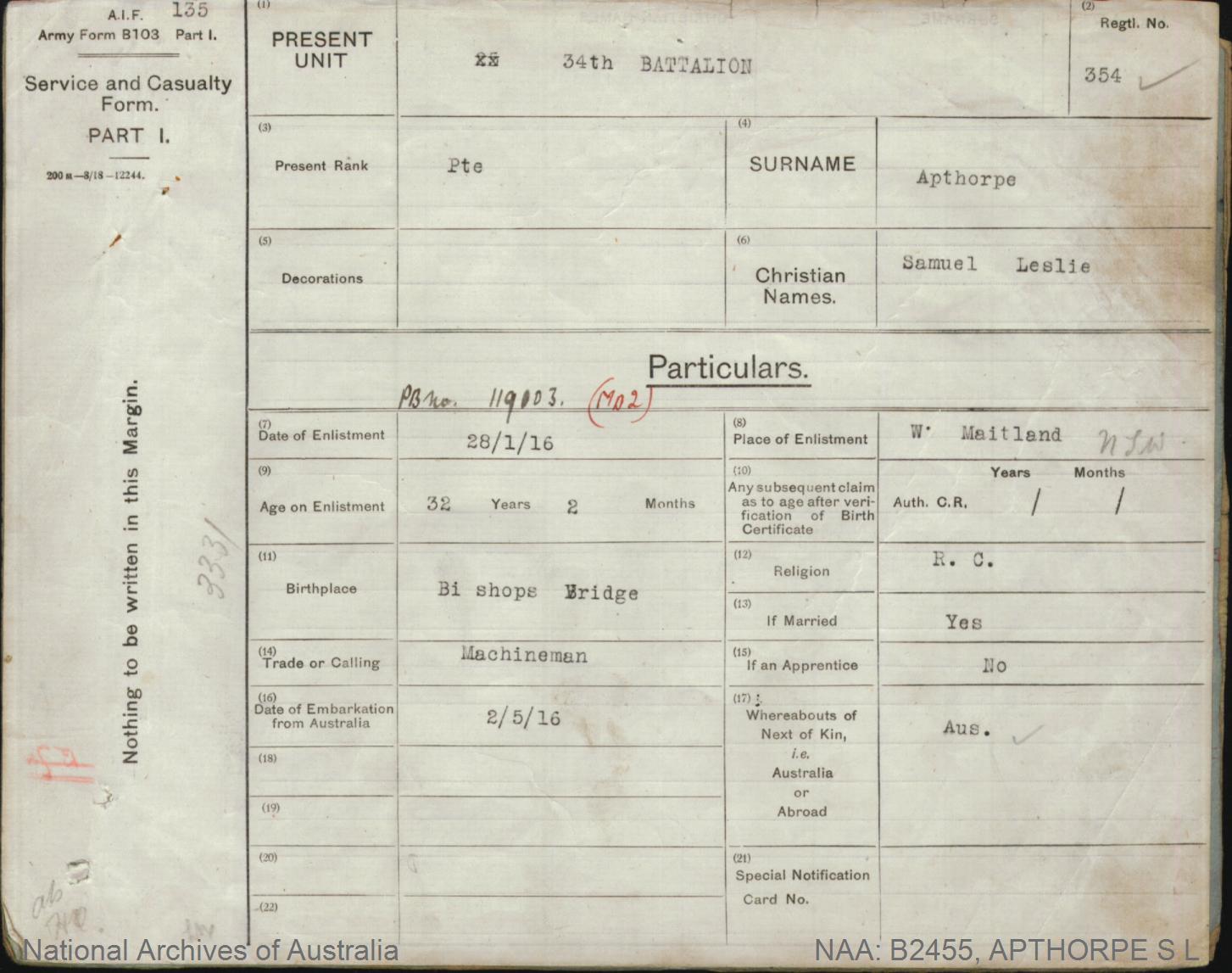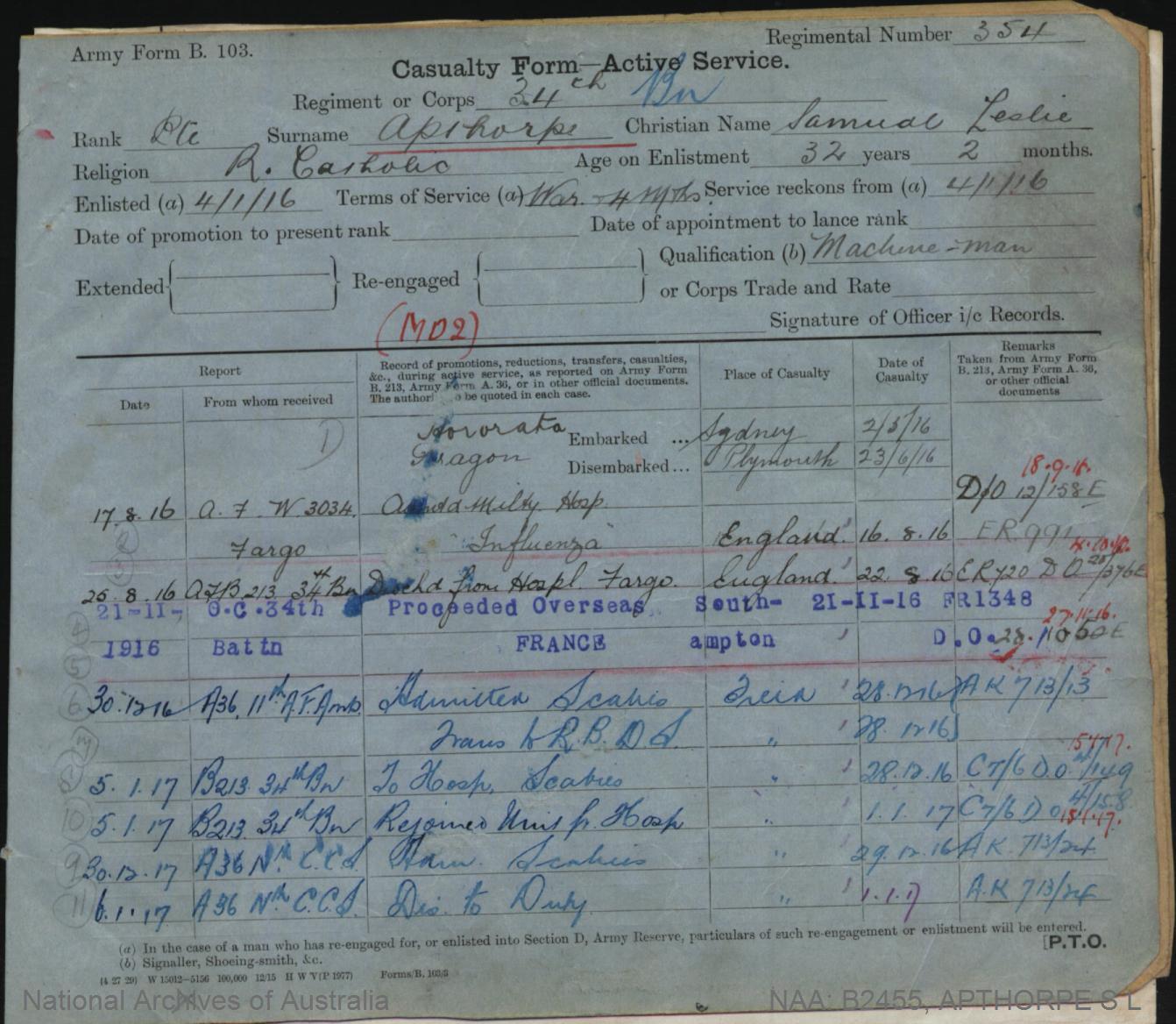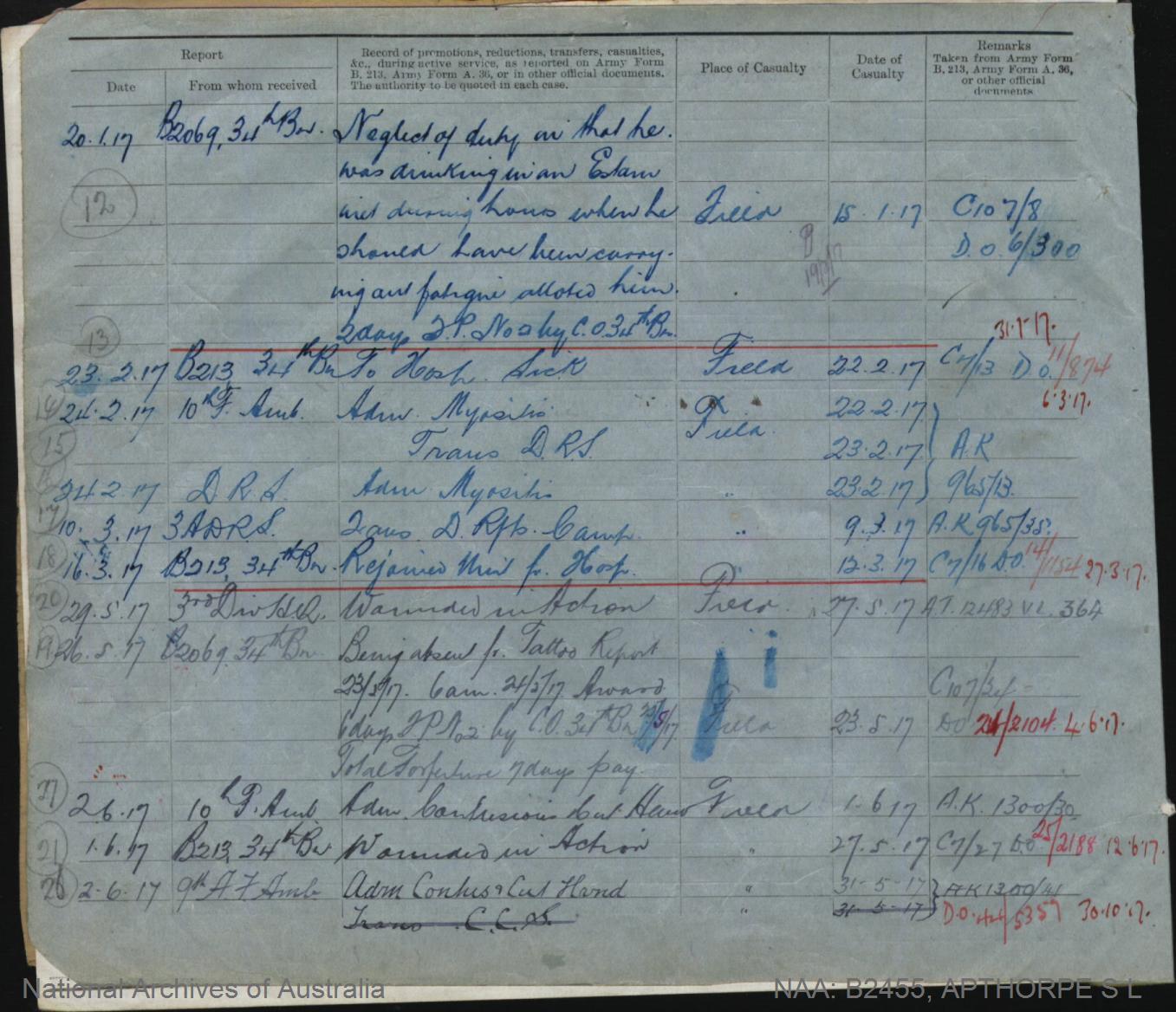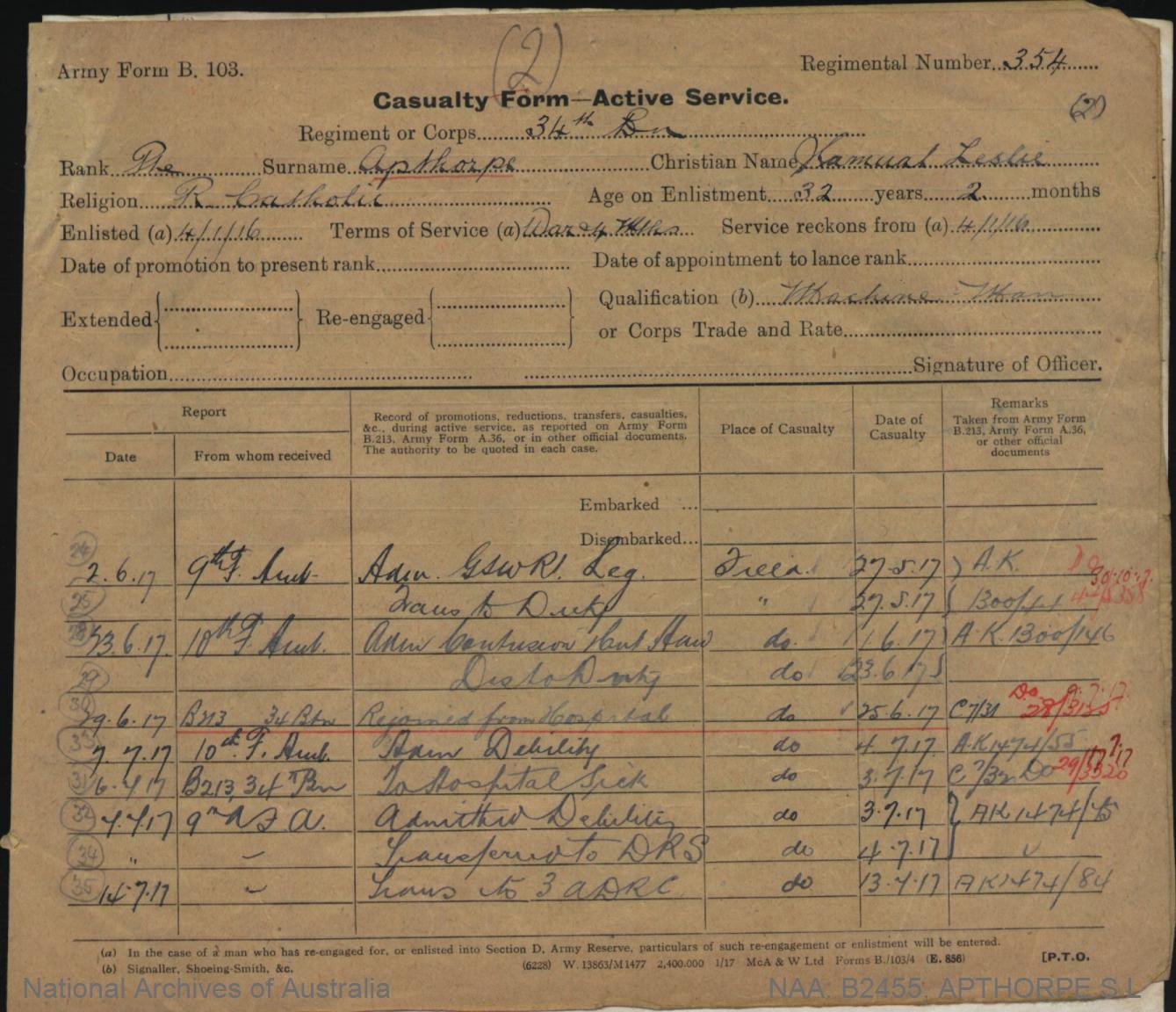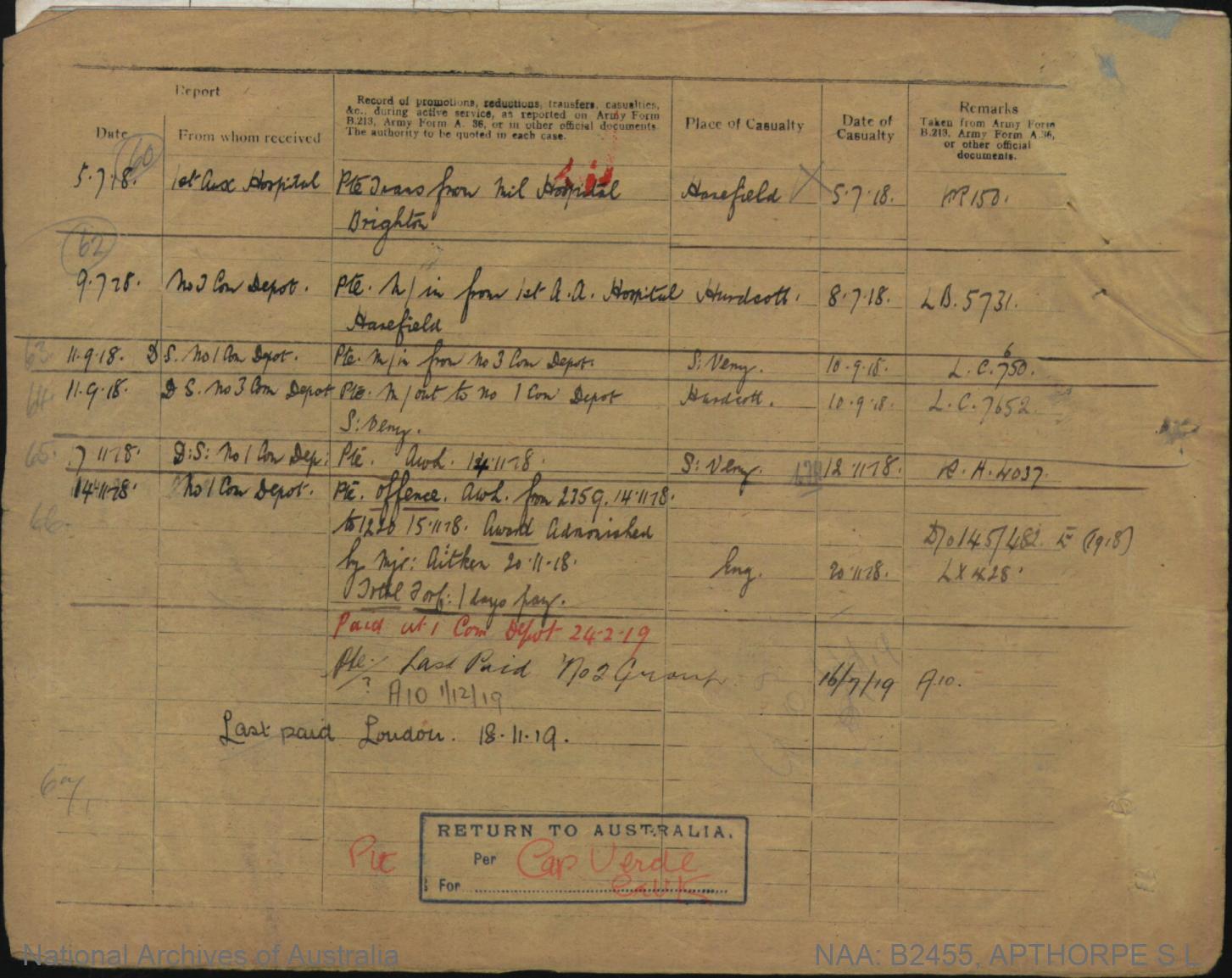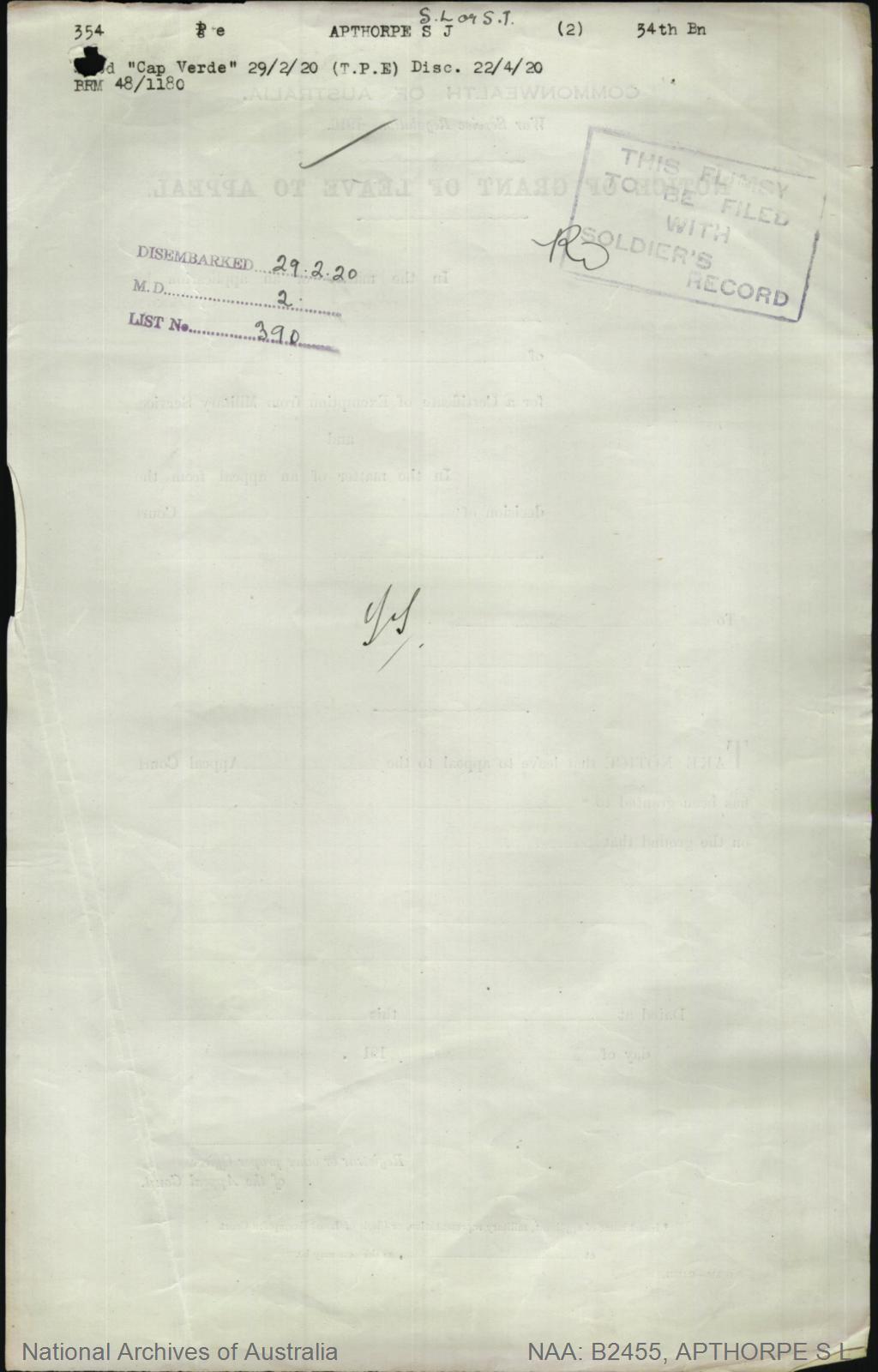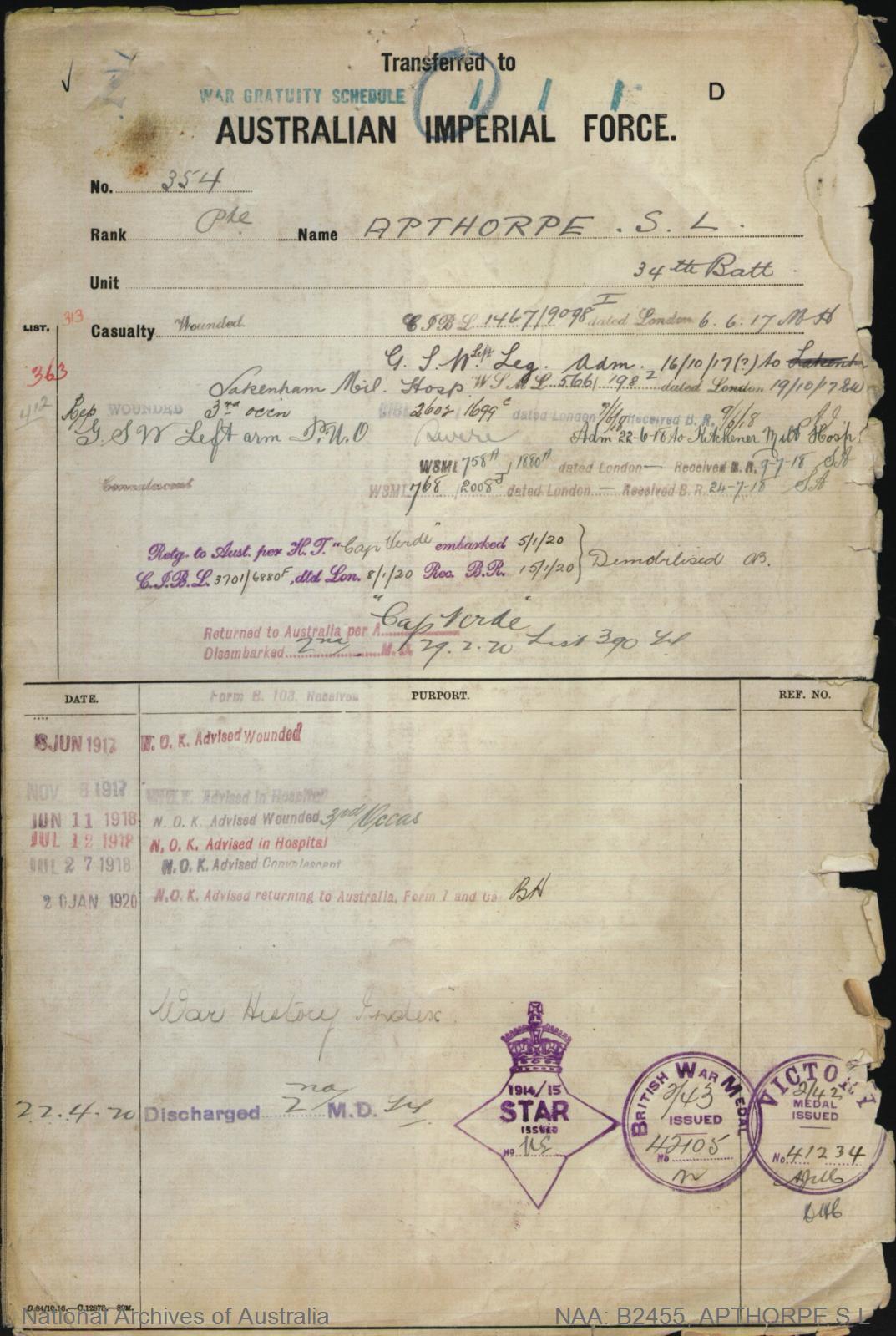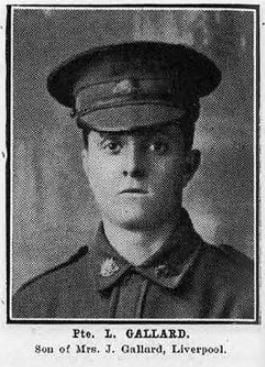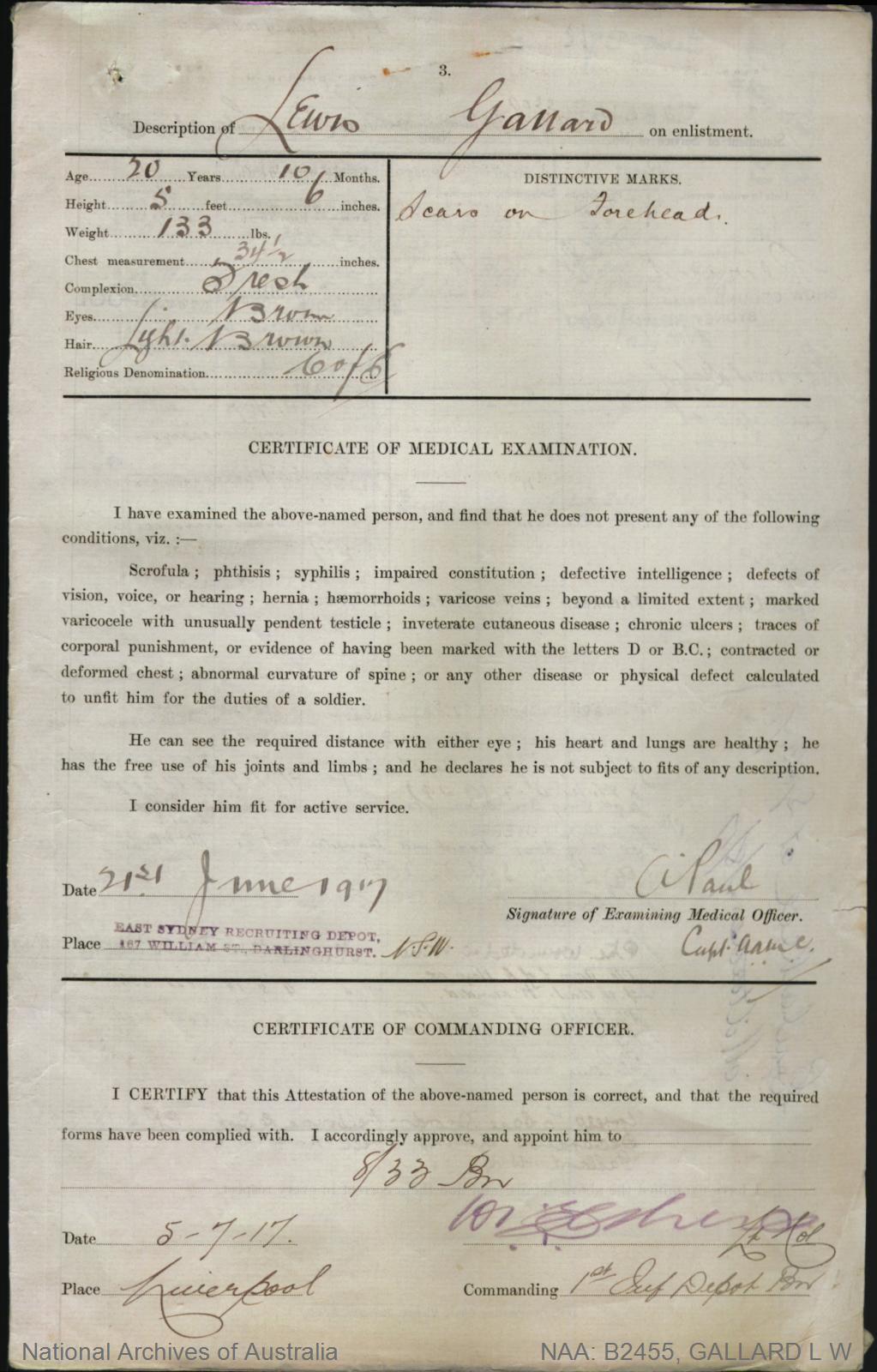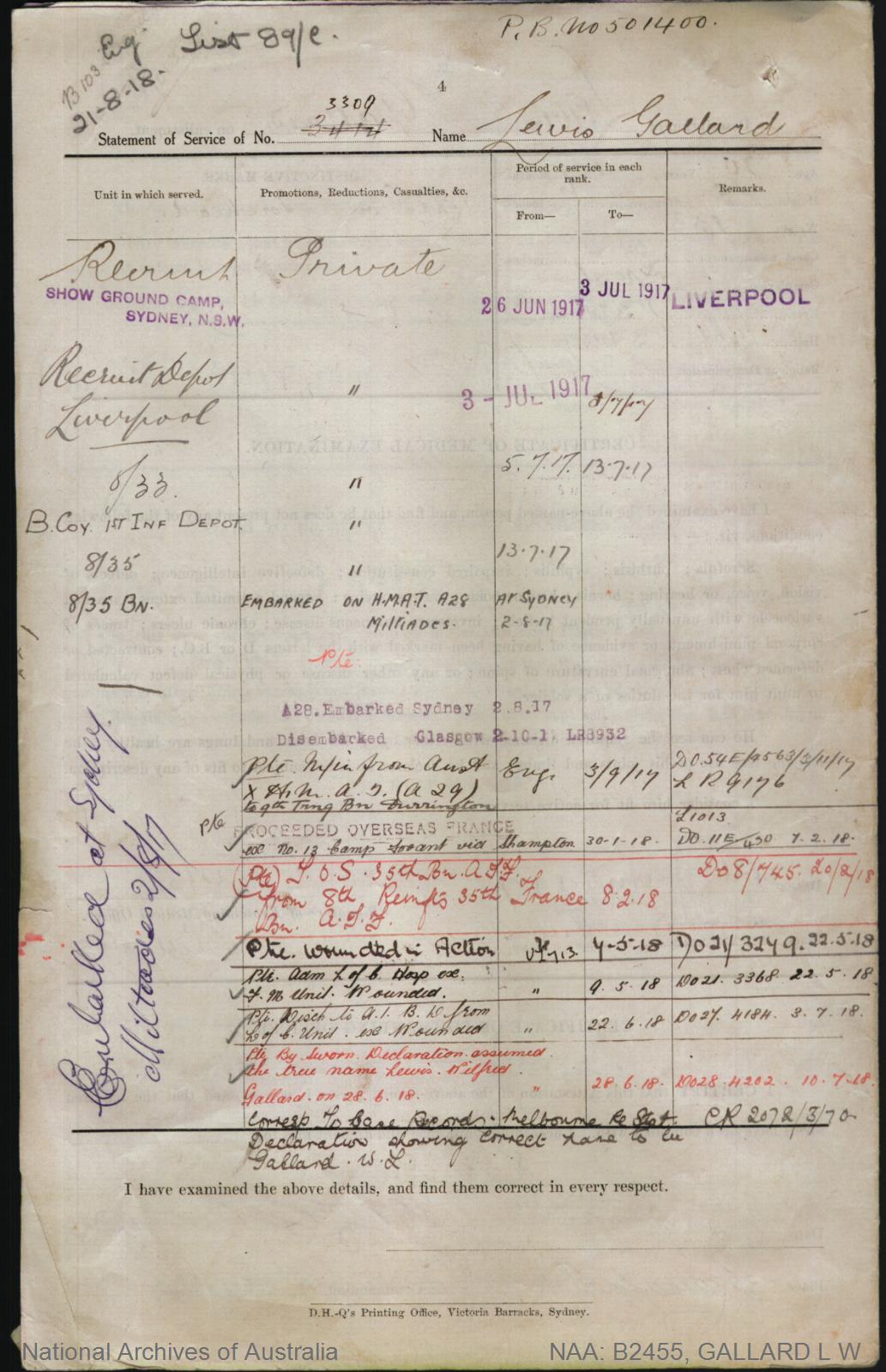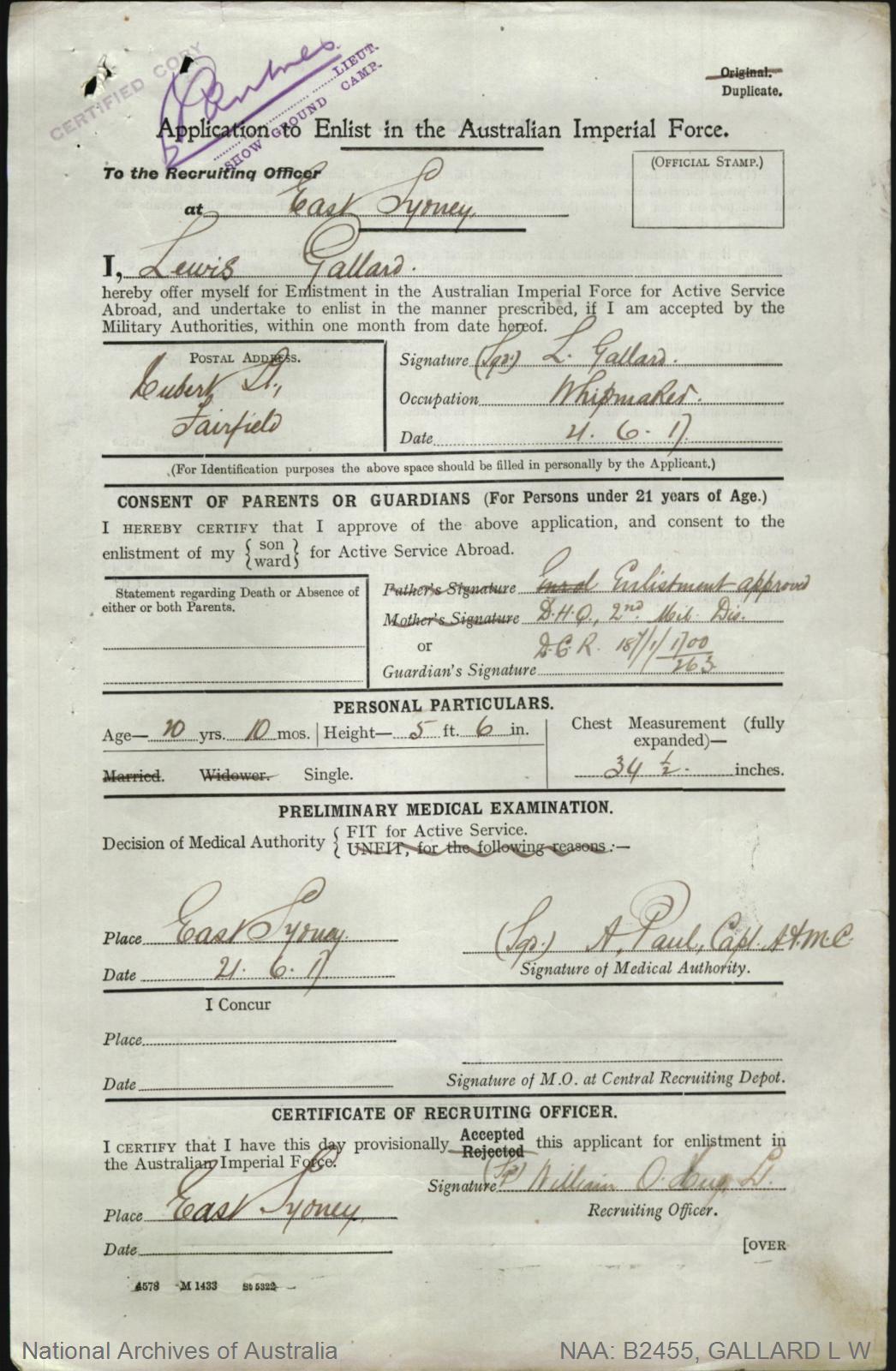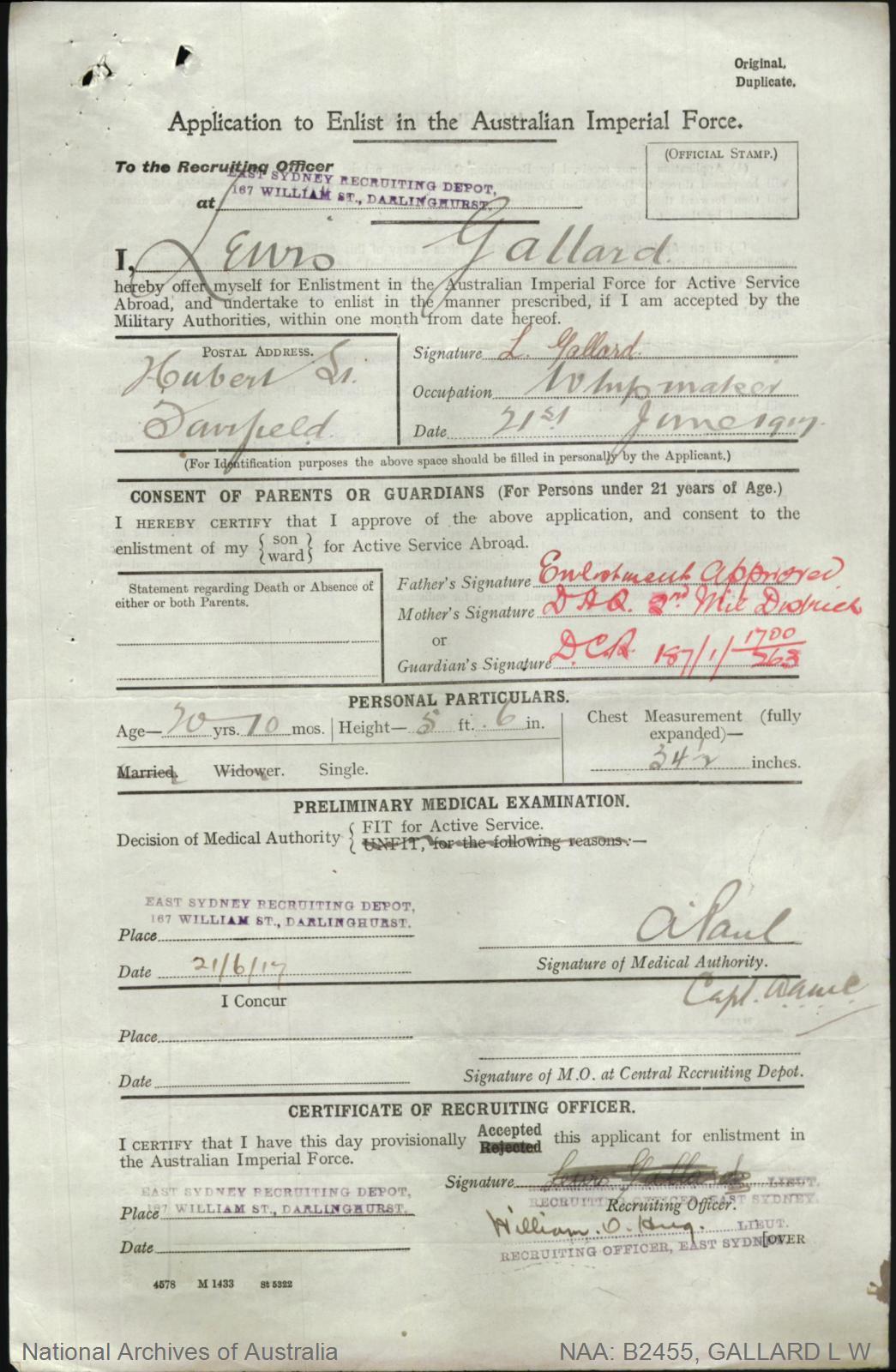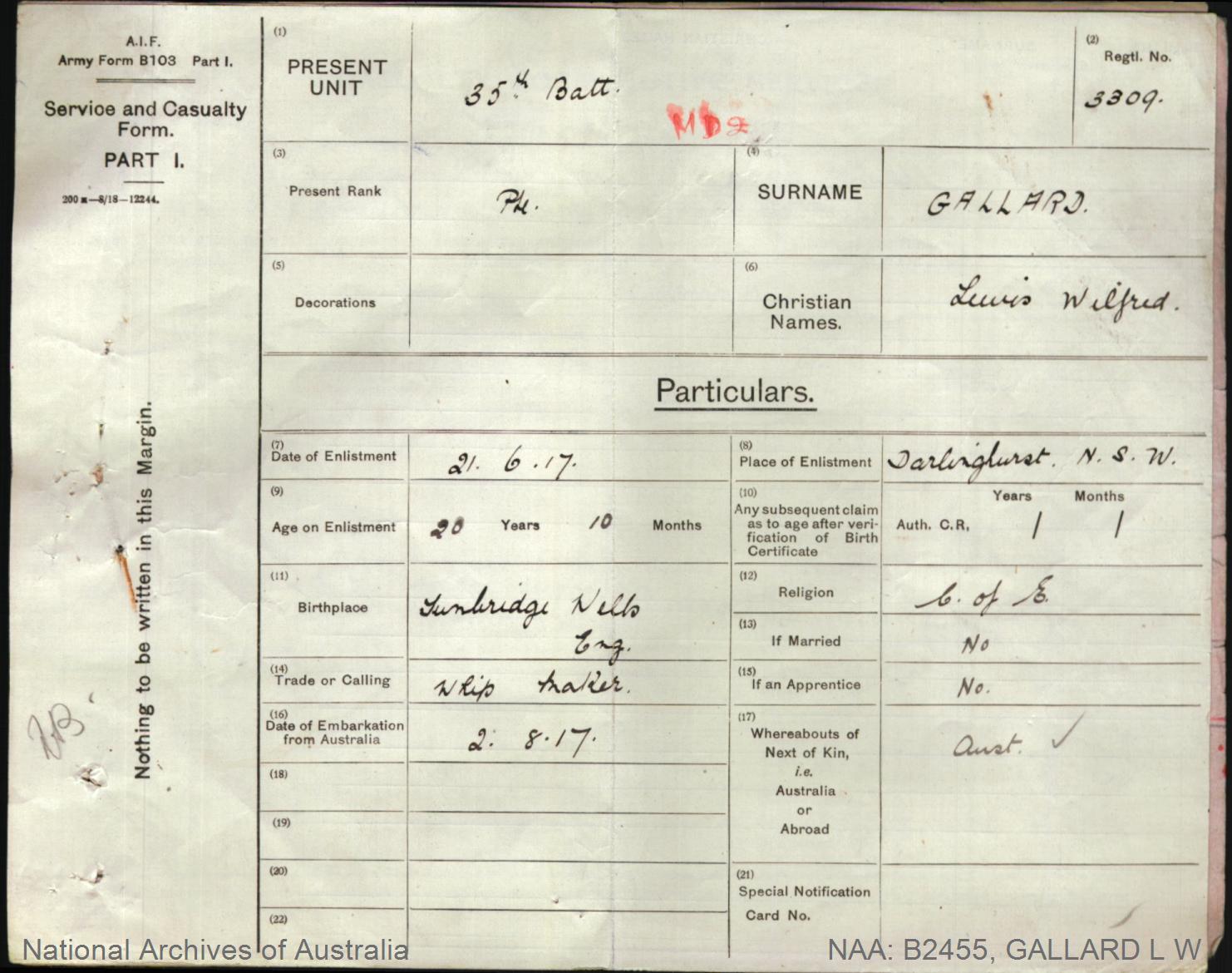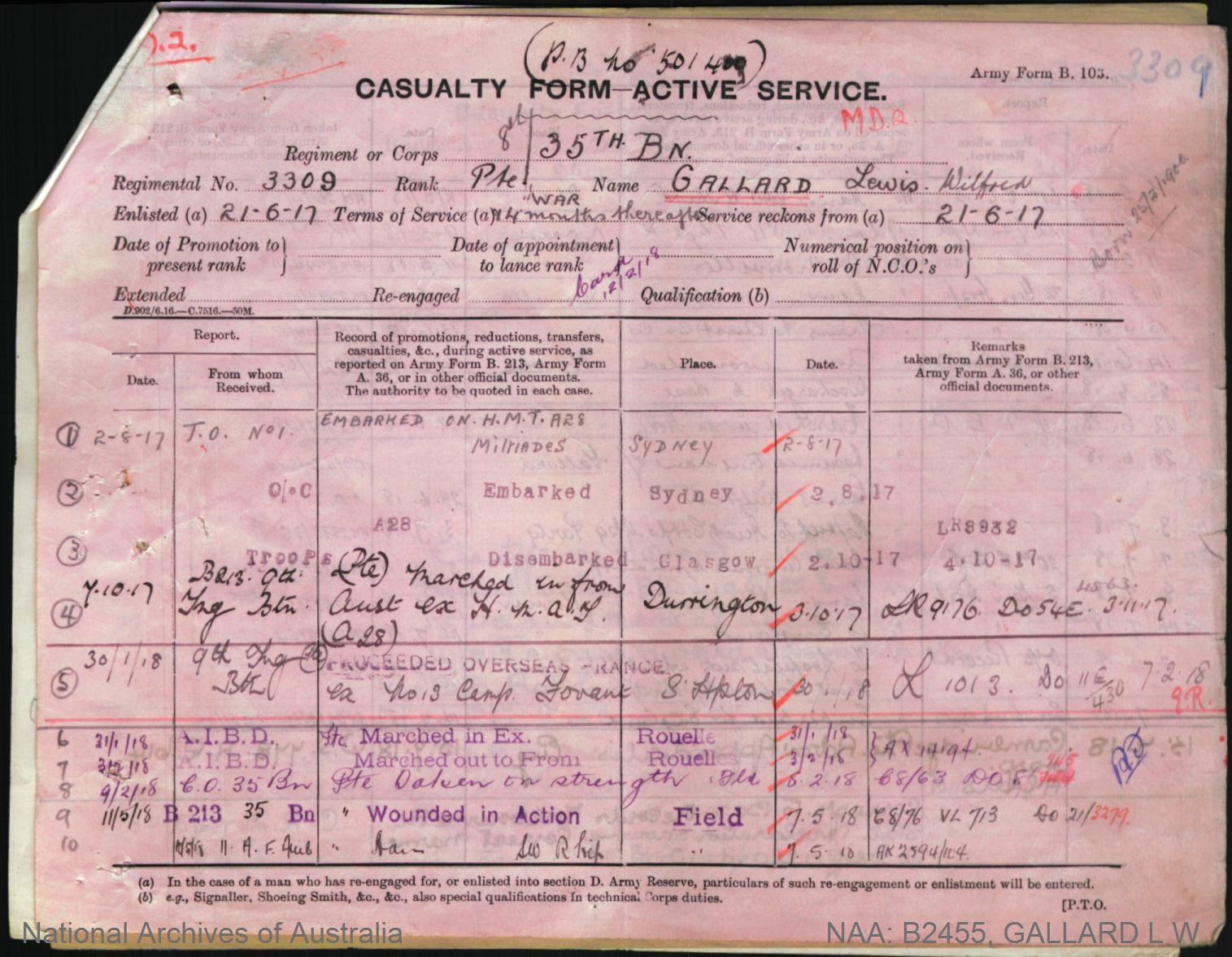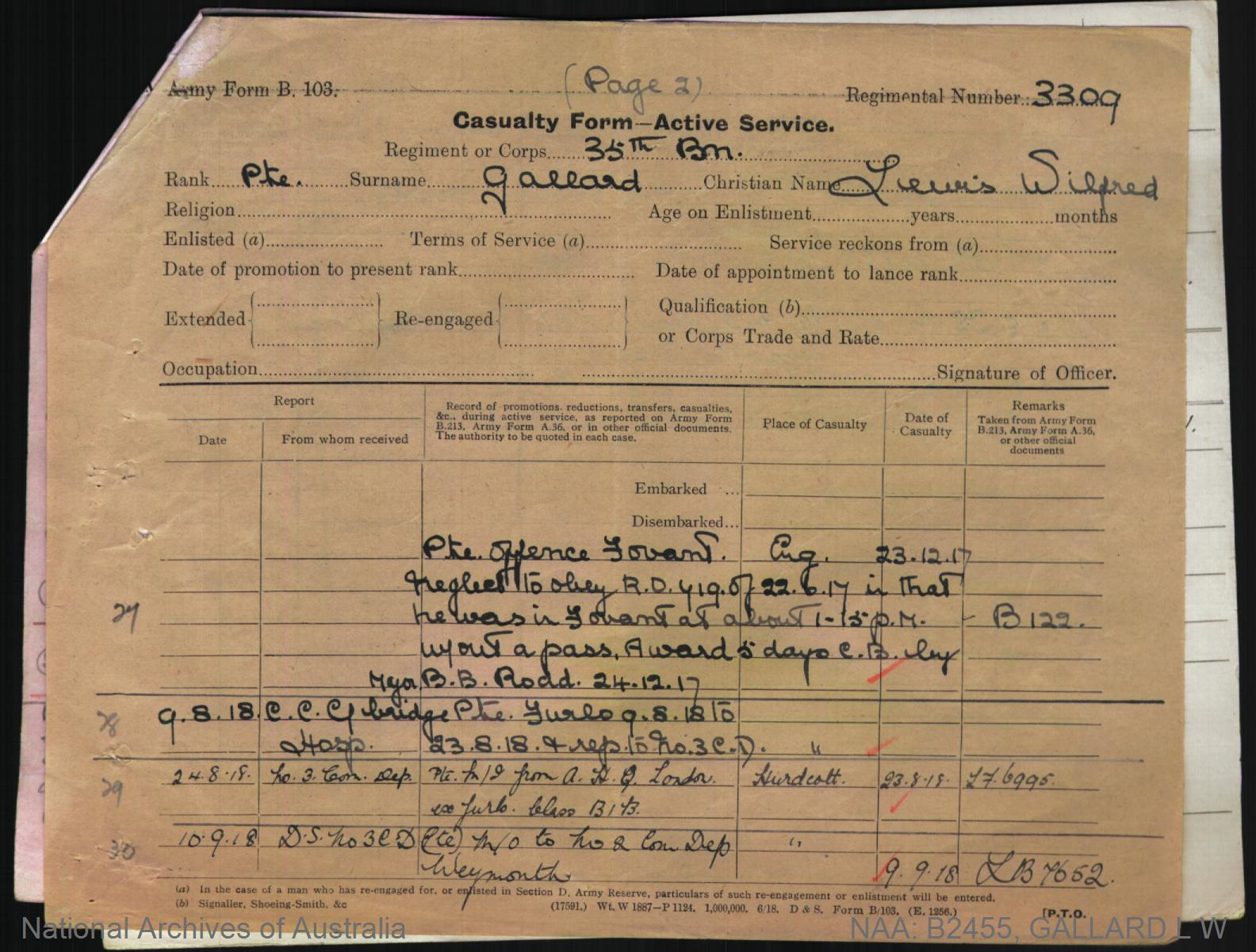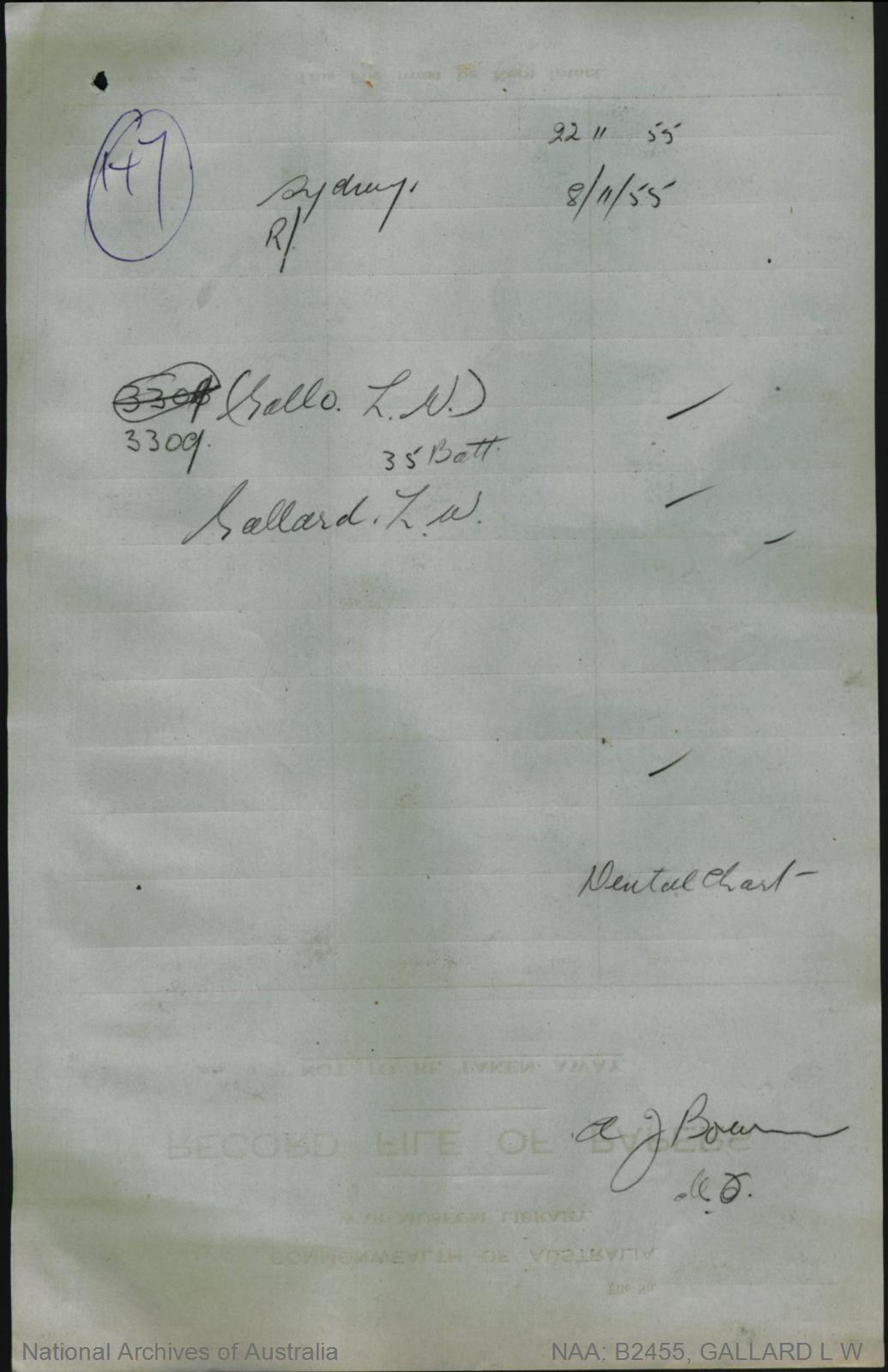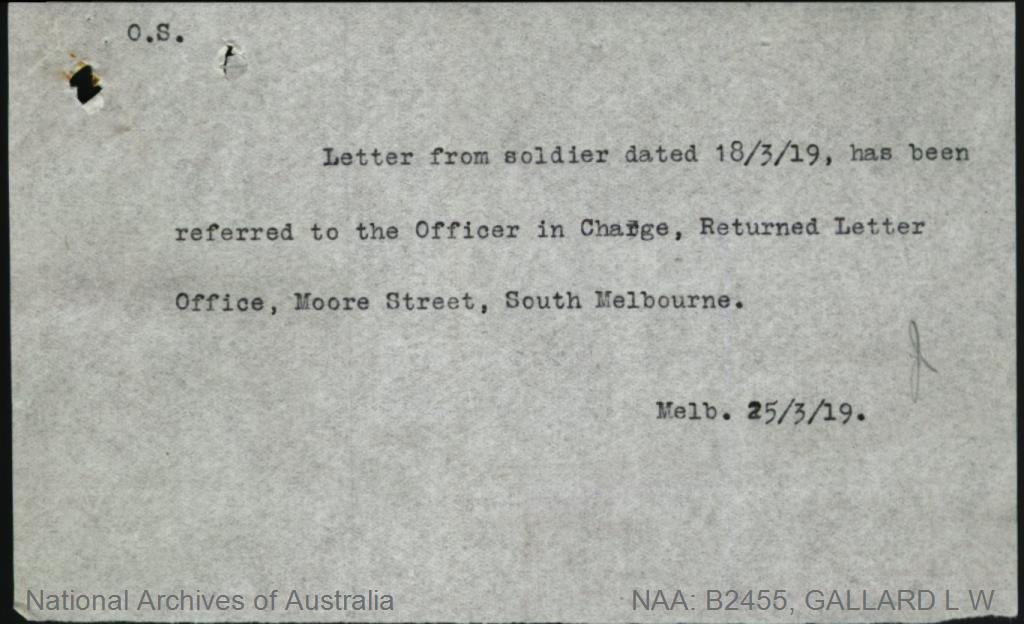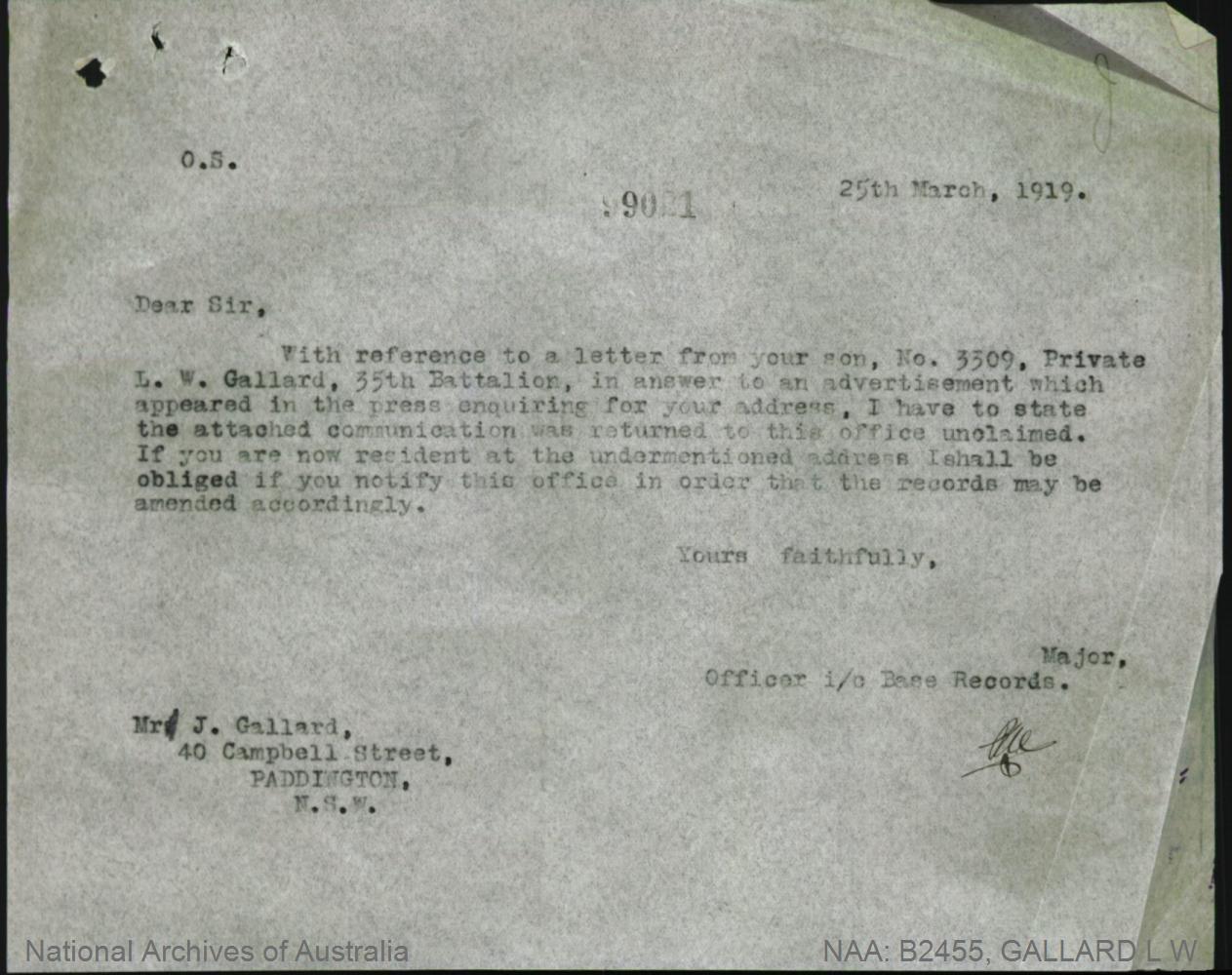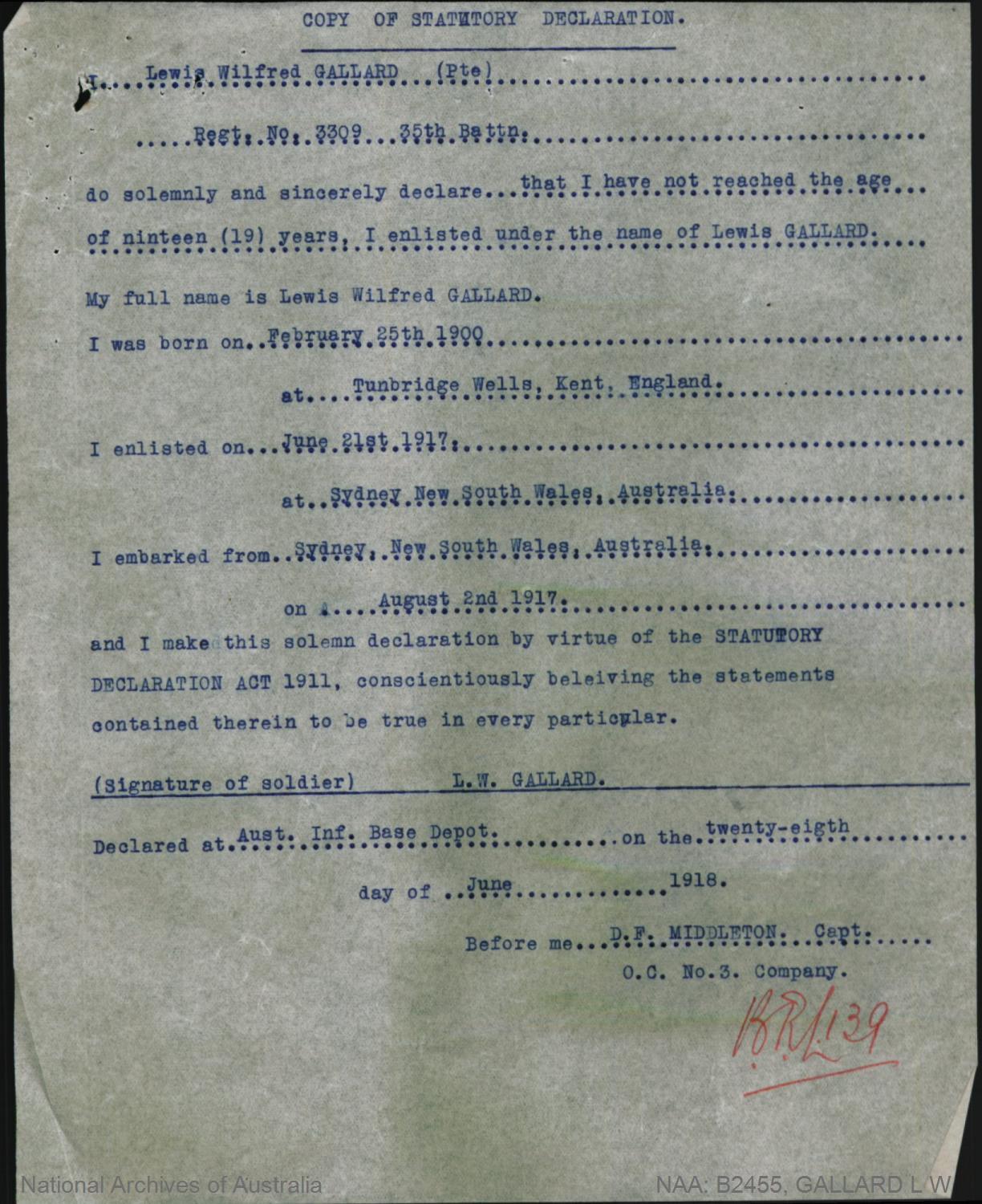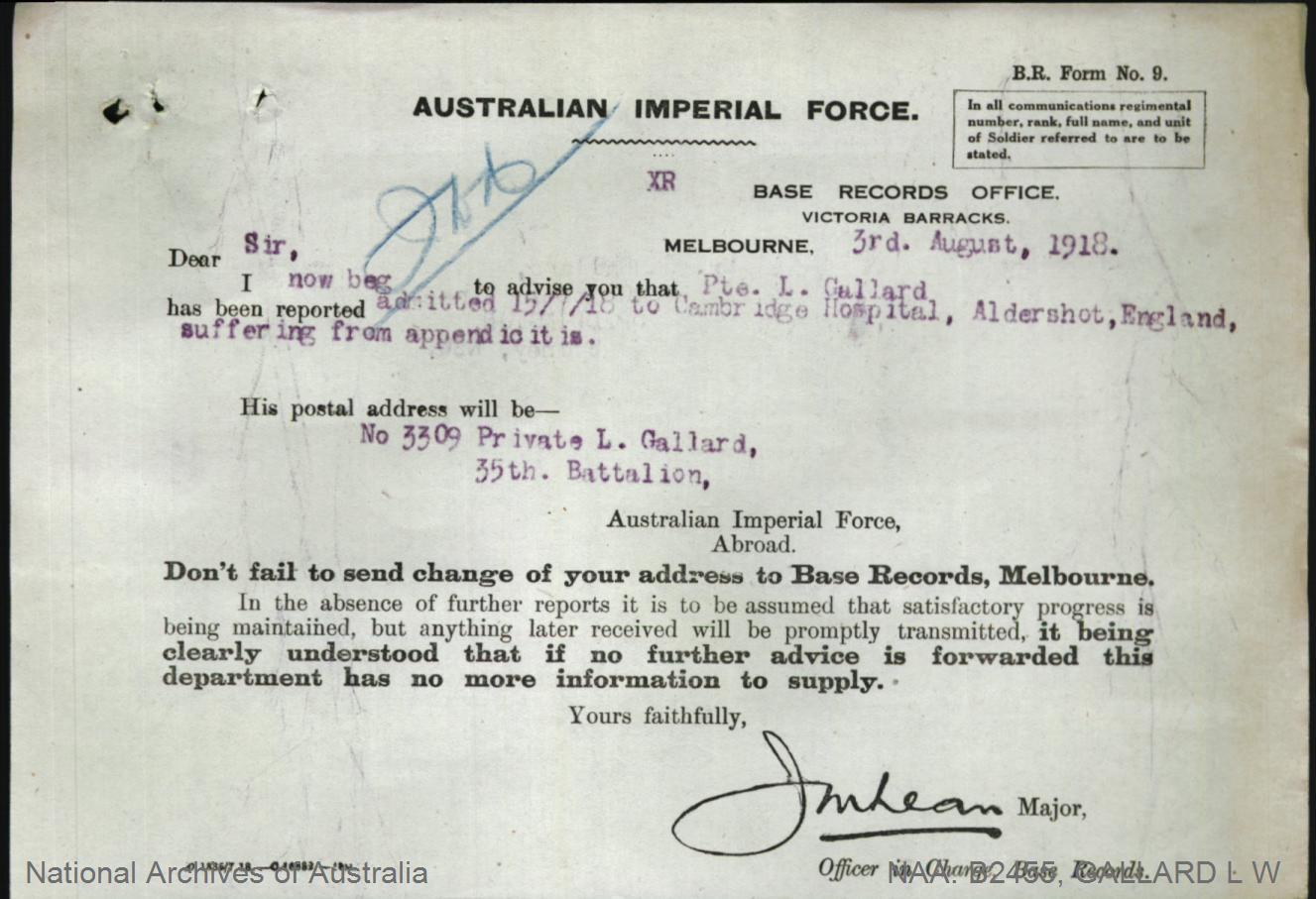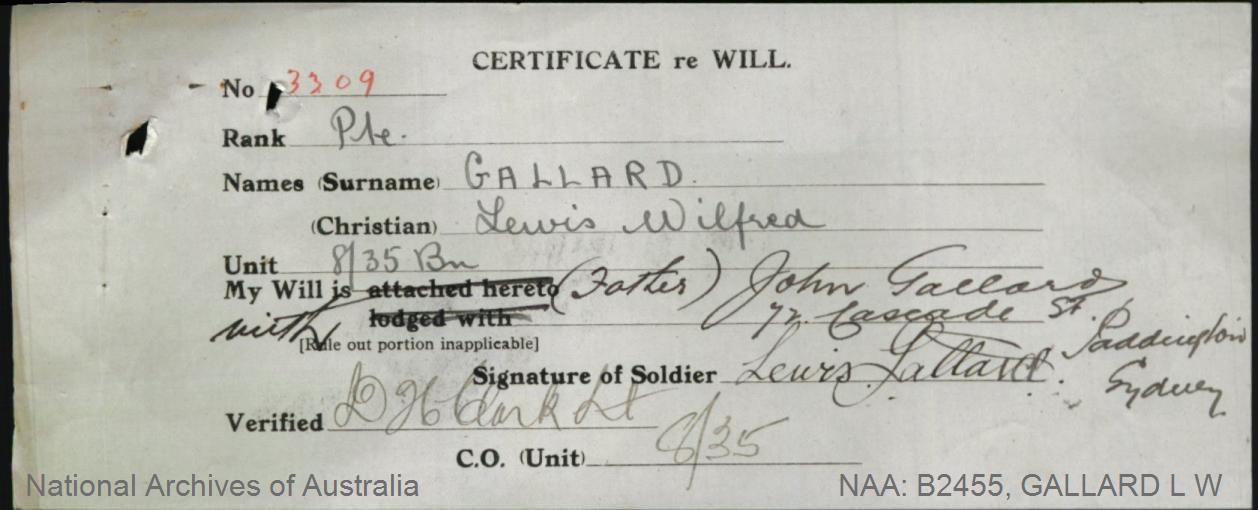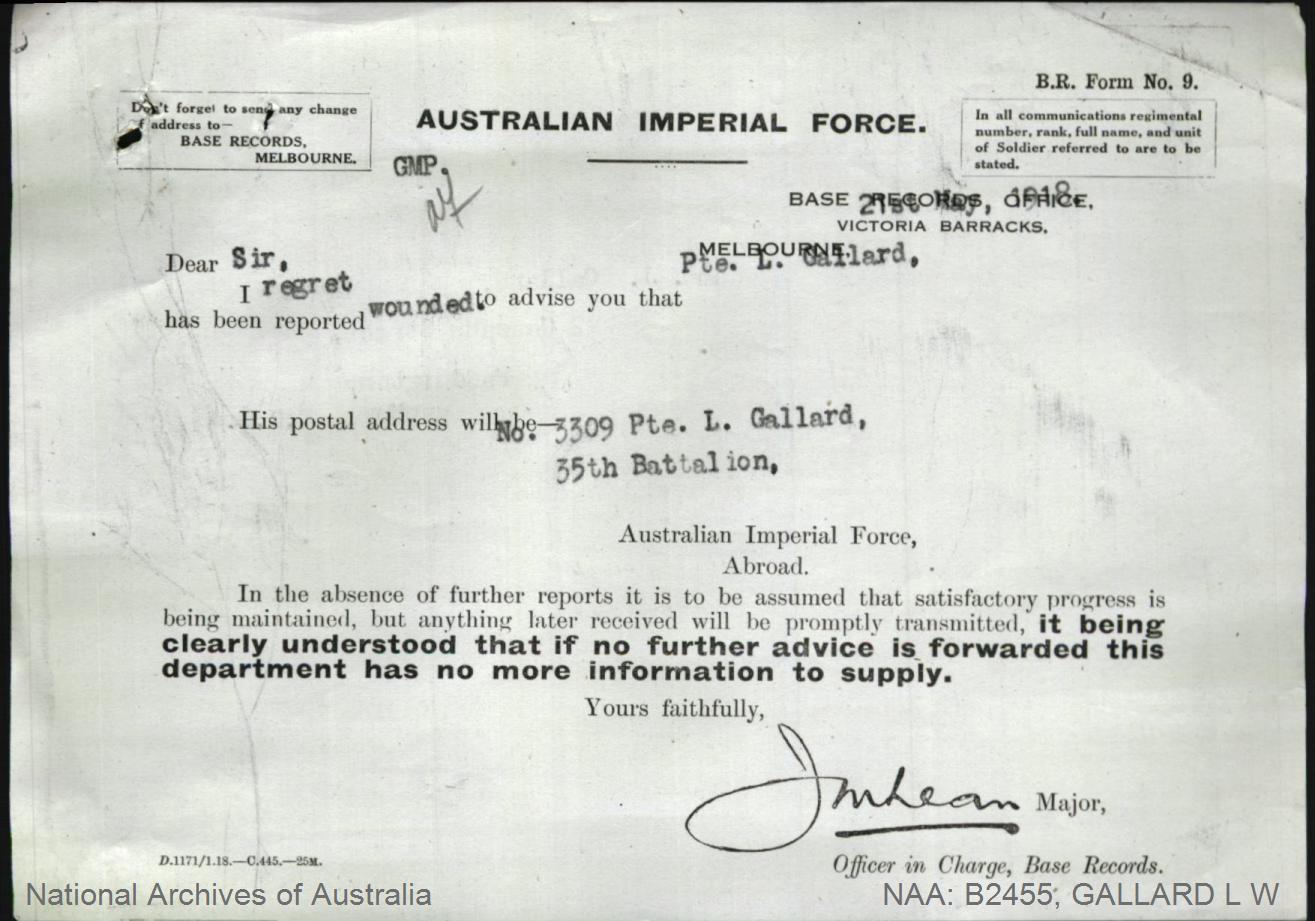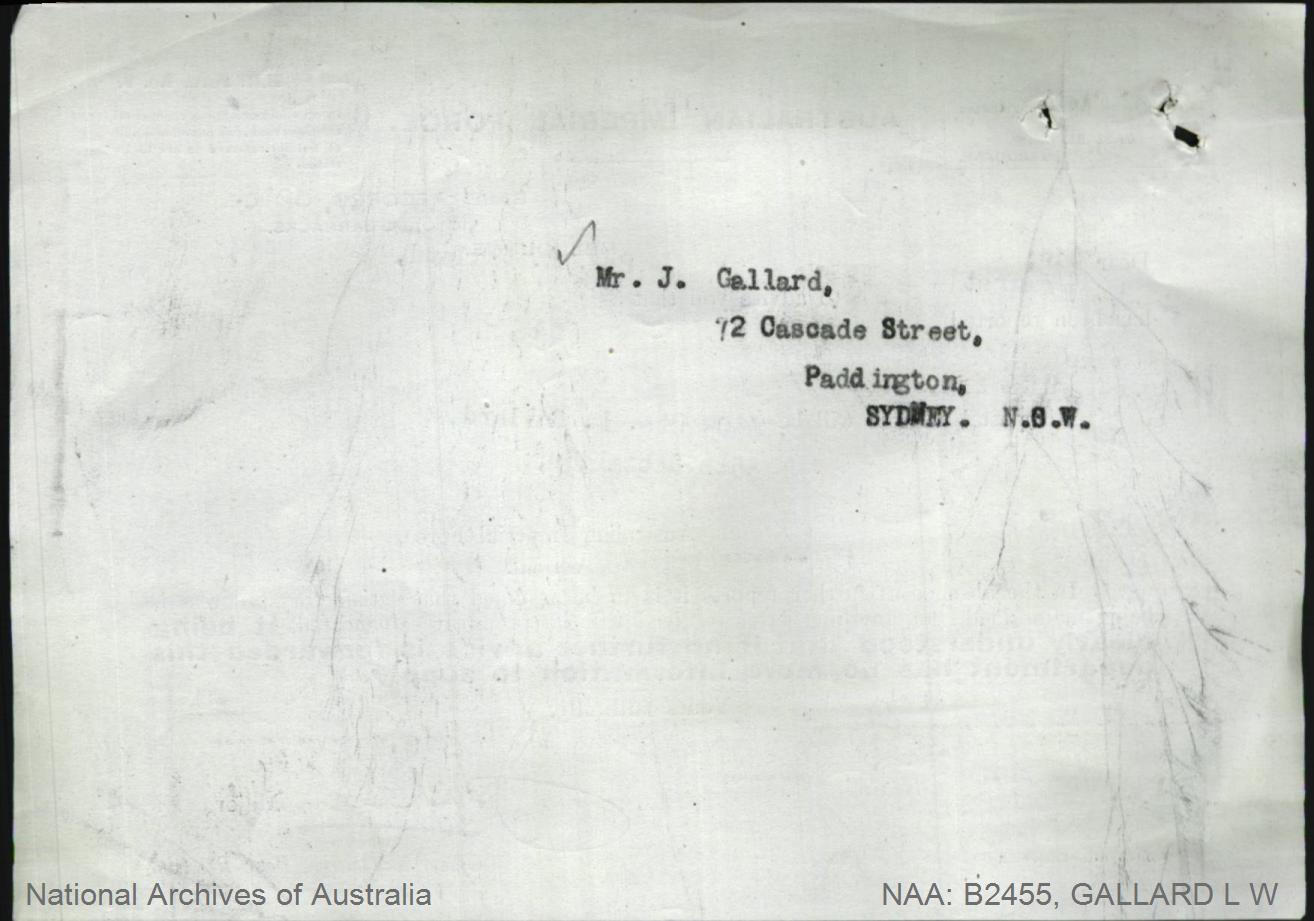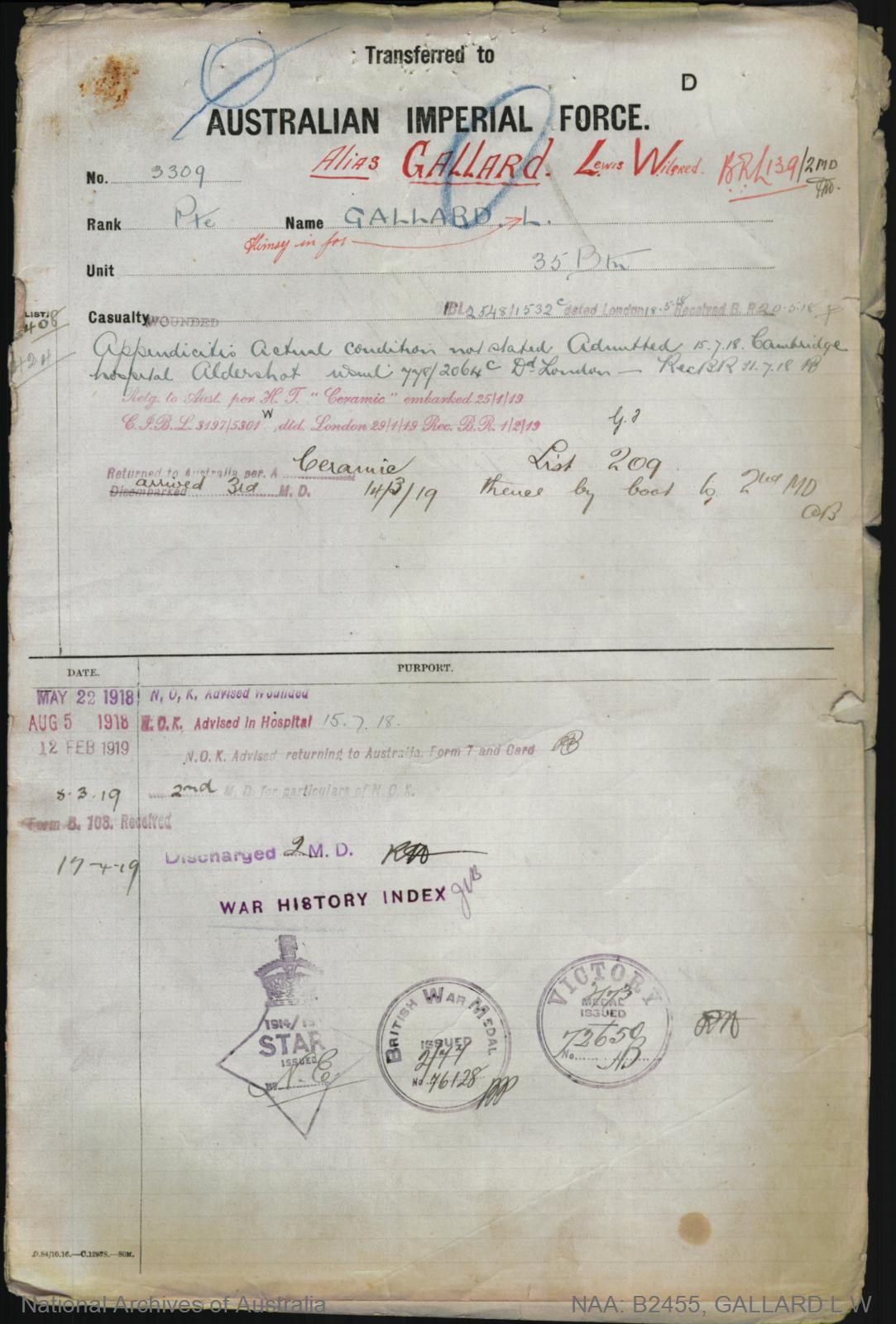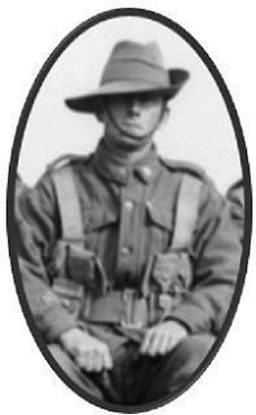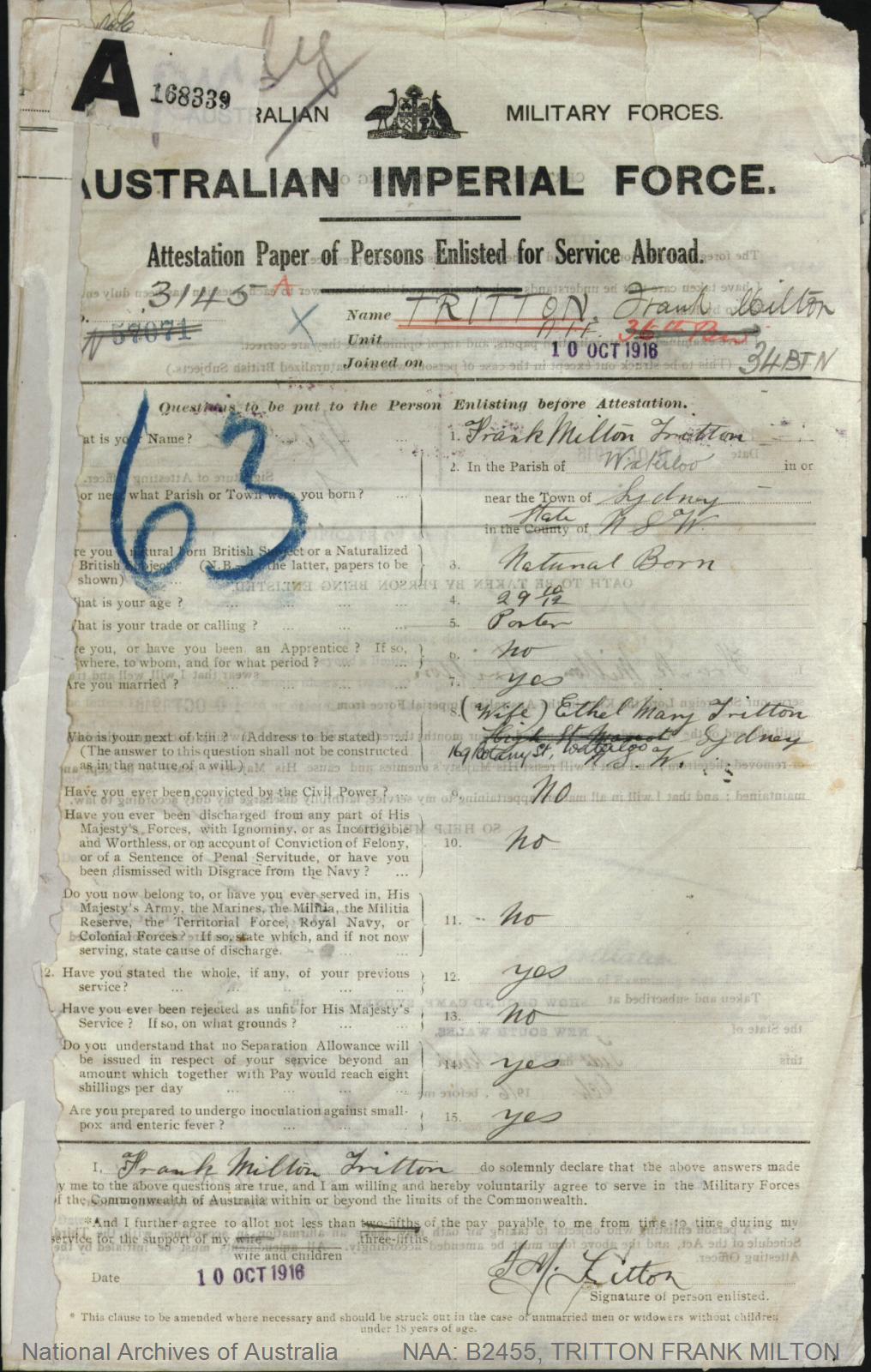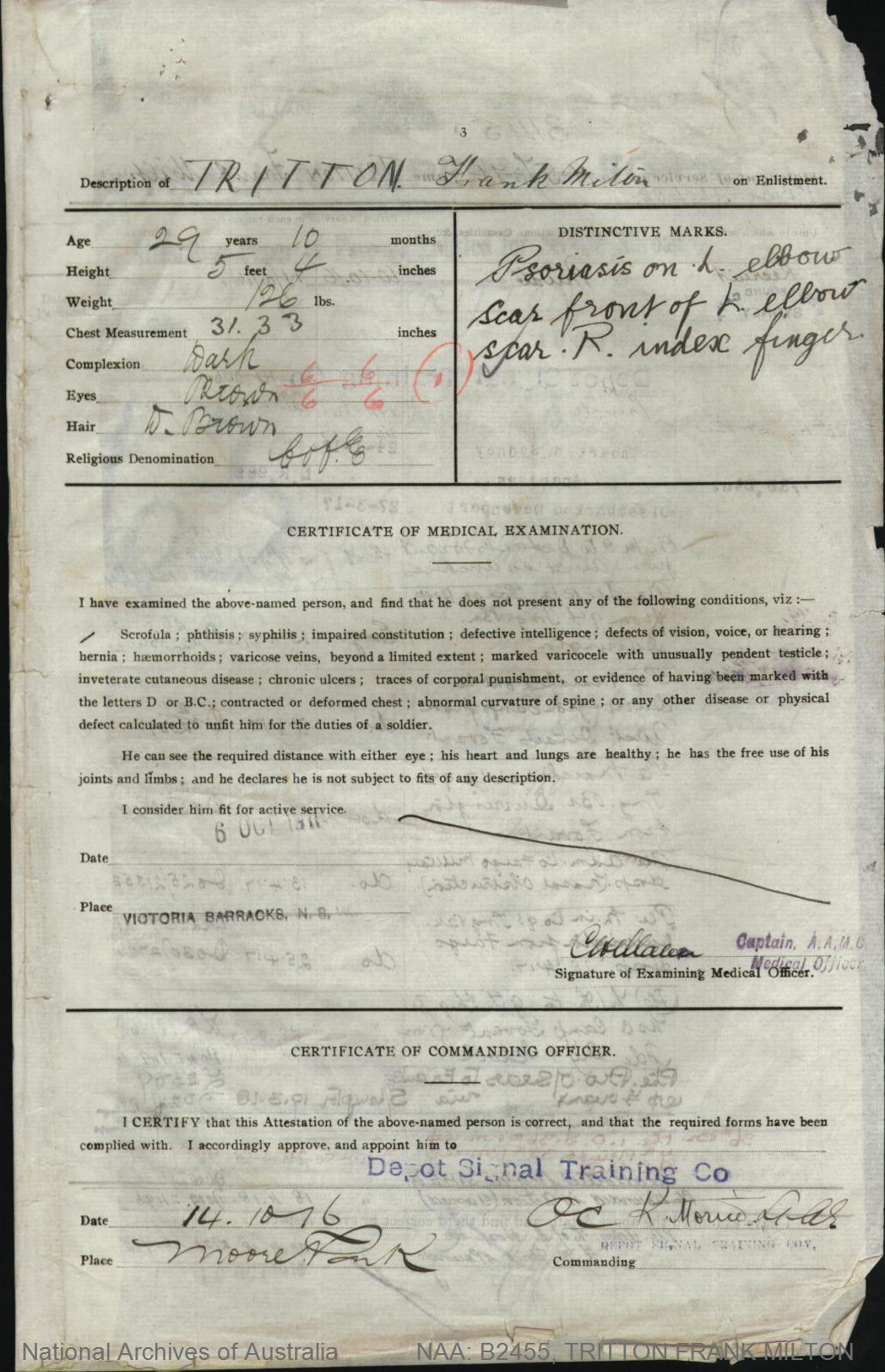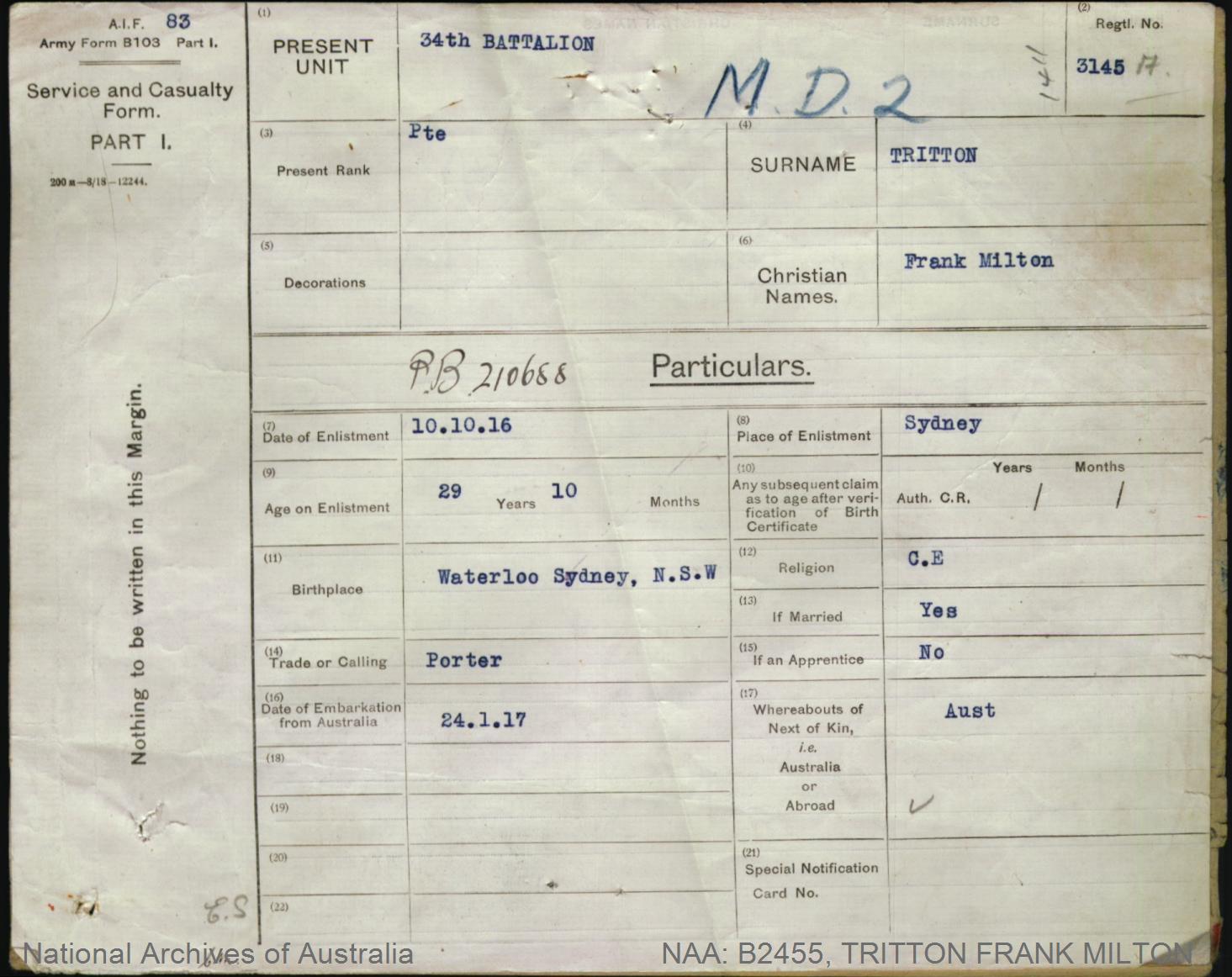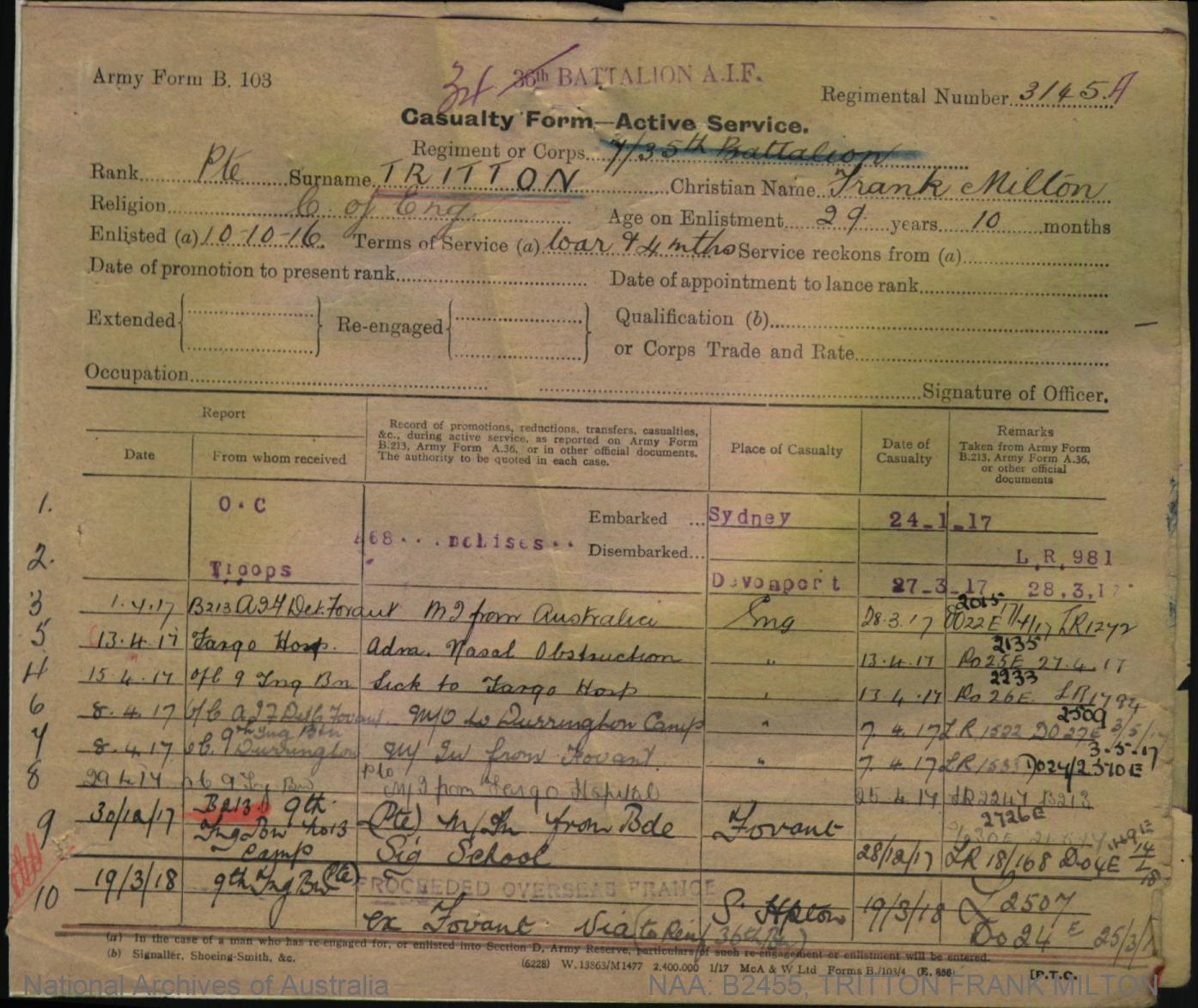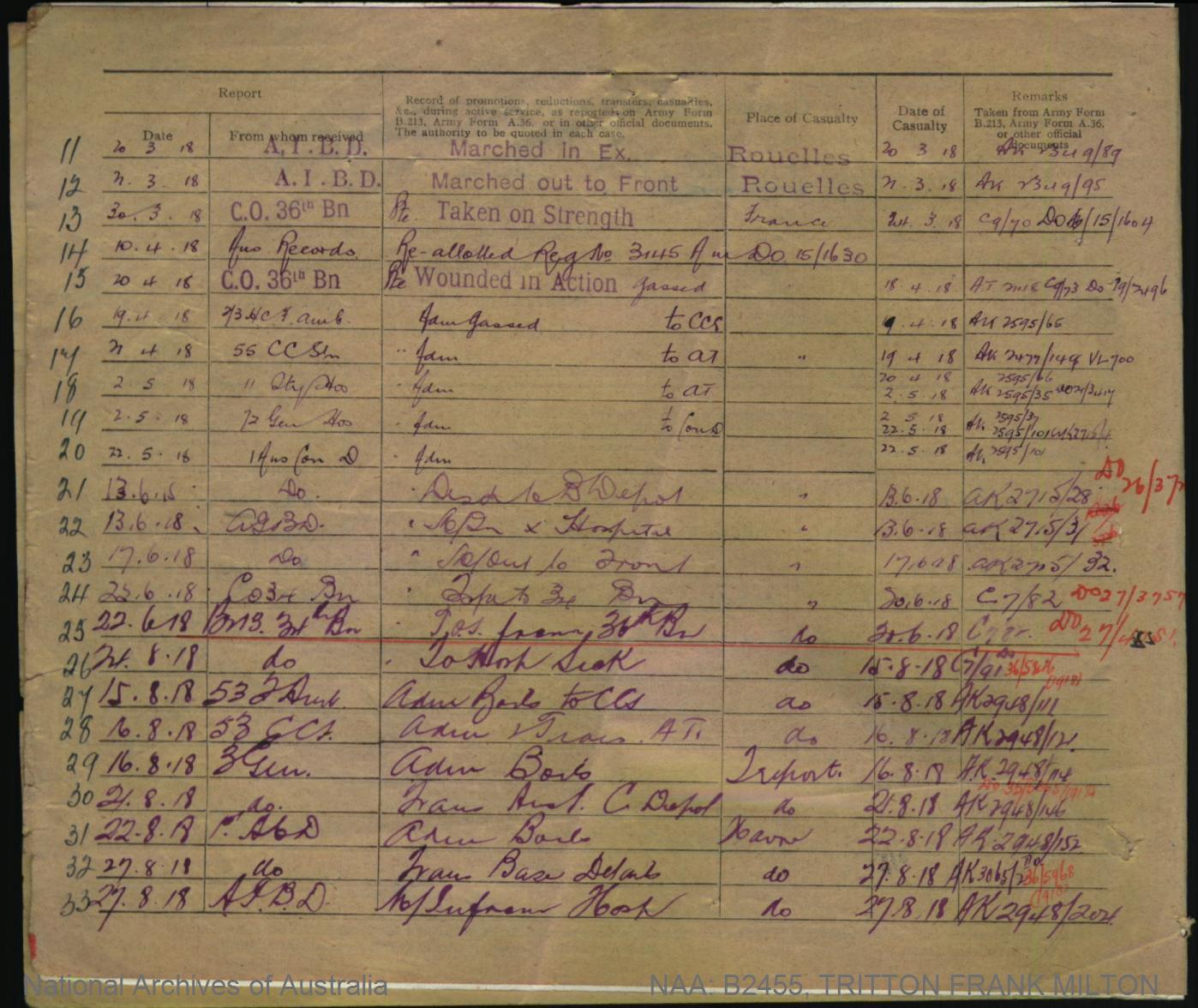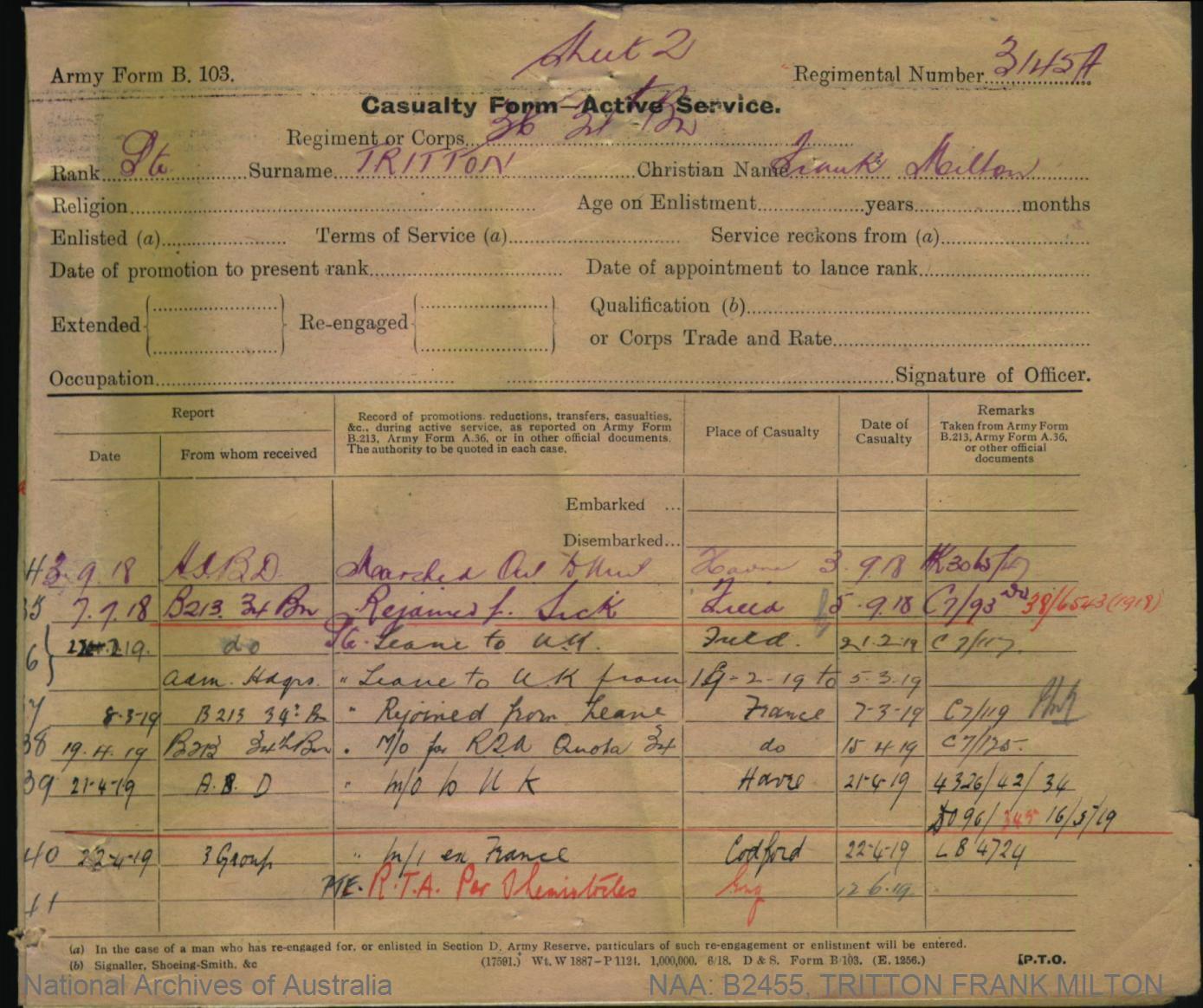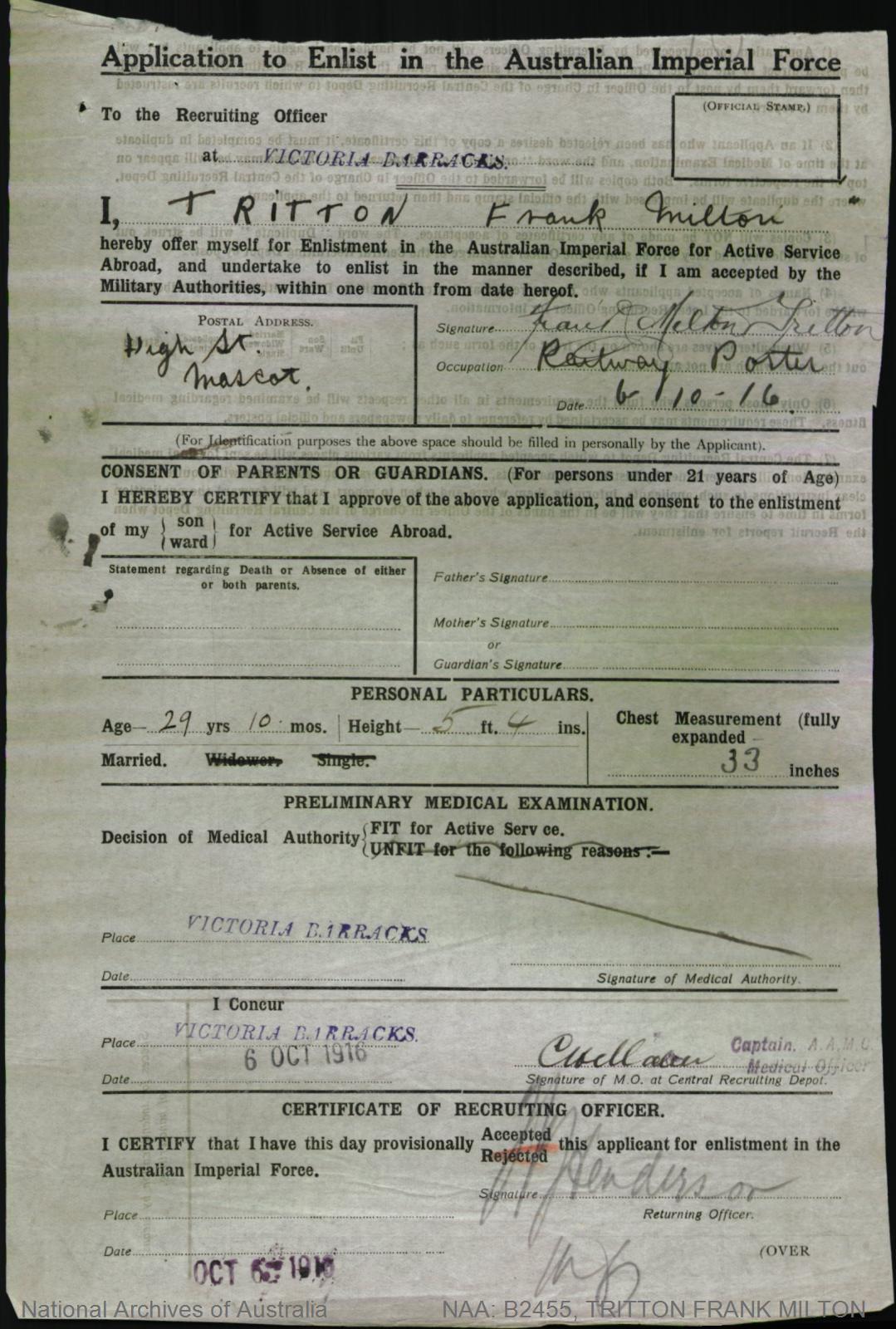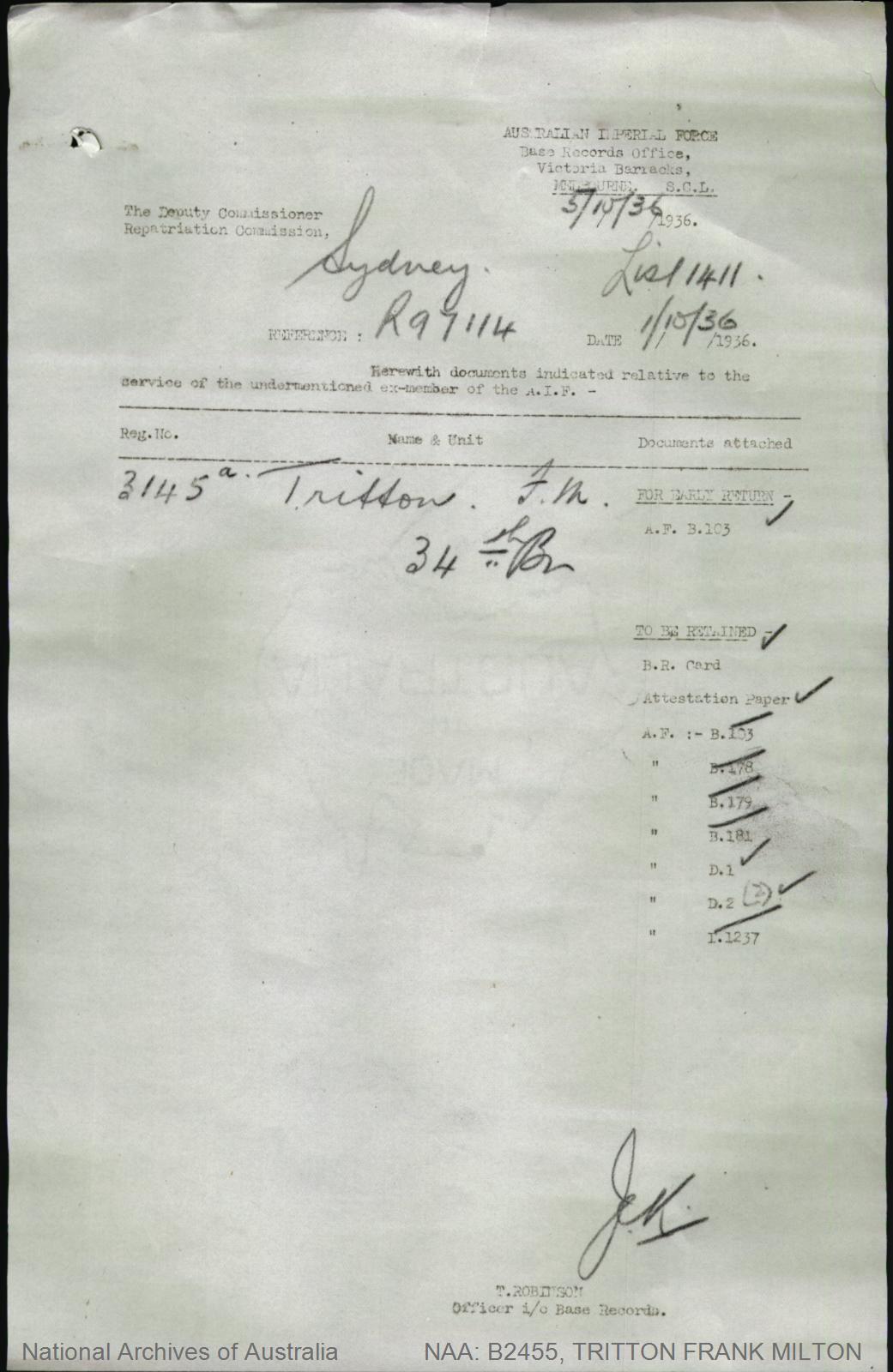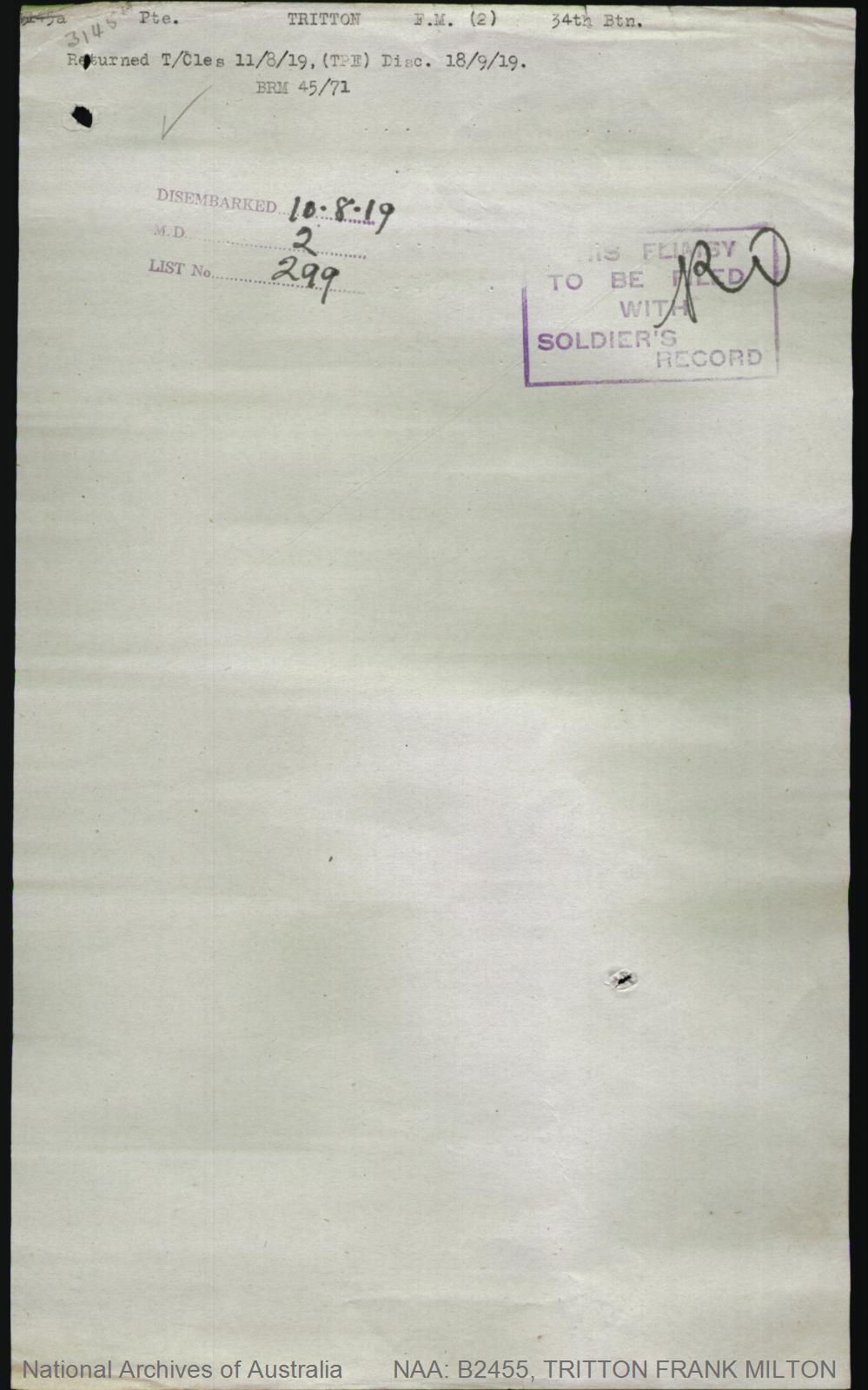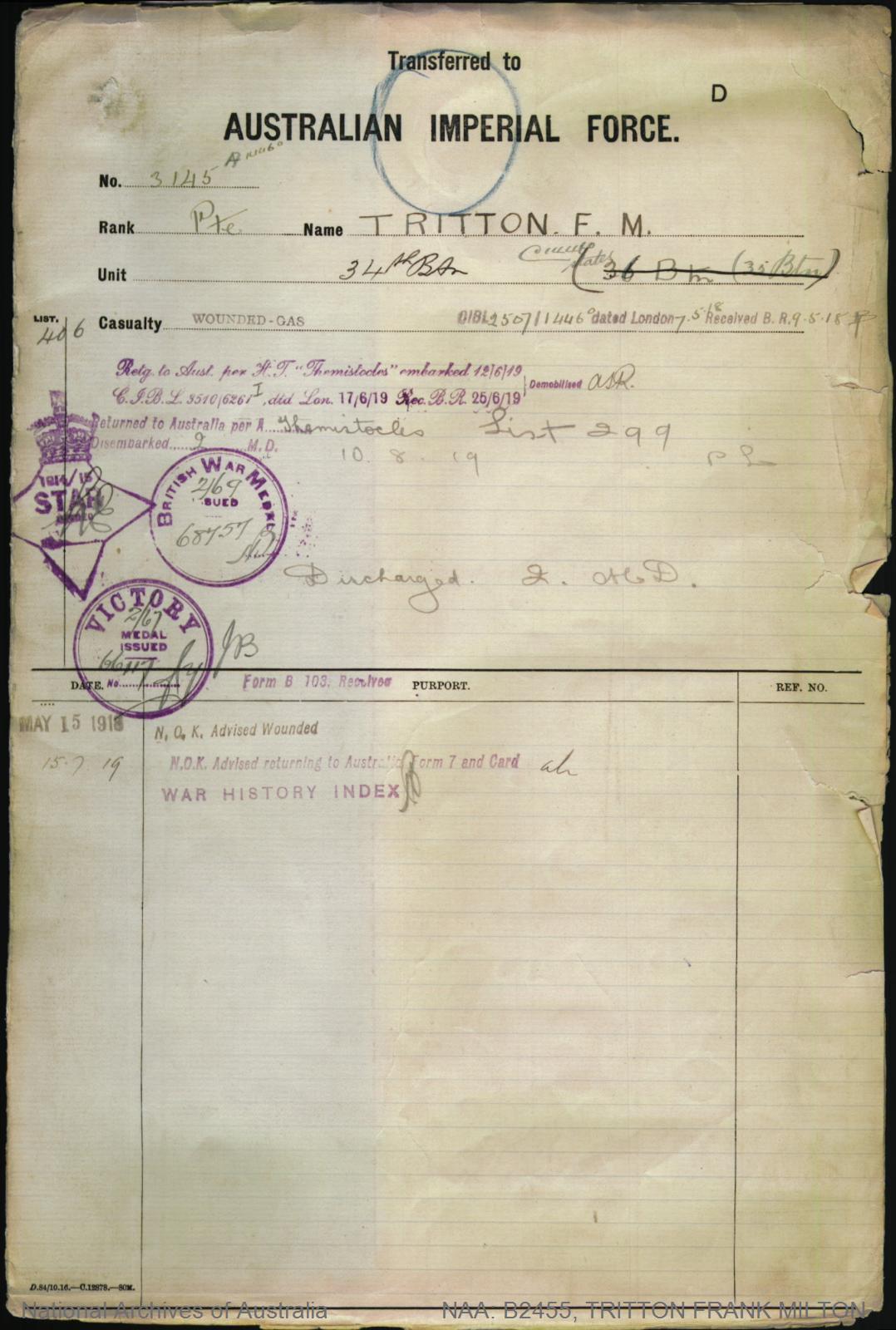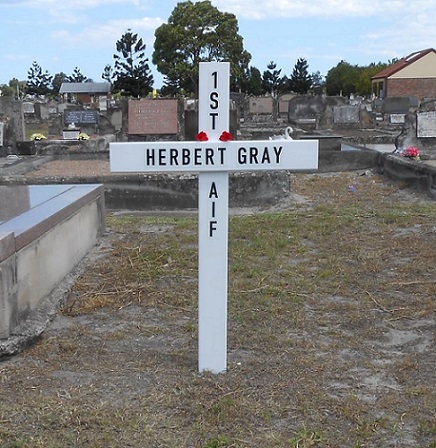
35th BATTALION AIF
Corporal: 90 Herbert "Herb" GRAY.
Born: 30th March 1892. Merewether, New South Wales, Australia. Birth Cert:22310/1892.
Married: 1923. Merewether, New South Wales, Australia. Marriage Cert:14001/1923.
Wife: Esther Isabel Gray. nee: Caldwell. (1904-1985) Married Roland D'Arcy Rowen in 1938 after her Divorce oh Herbert.
Died: 23rd March March 1956. Merewether, New South Wales, Australia. Death Cert:13629/1956.
Father: John Gray. (1858-1915) Died at Merewether, N.S.W.
Mother: Elizabeth Gray. nee: Ferguson. (1864-1929) Died at Merewether, N.S.W.
INFORMATION
Served during The Great War, resting at Sandgate Cemetery, have I been forgotten?
66 years ago today, on the 26th March 1956, Corporal Herbert (Herb) Gray, 35th Battalion (Reg No-90), tailor (H.P. Cornish, Newcastle West), from 82 Macquarie Street, Merewether, New South Wales and 28 Berner Street, Merewether, N.S.W., was laid to rest at Sandgate Cemetery, age 63. METHODIST 4-19. 63.
Born at Merewether, New South Wales on the 30th March 1892 to John and Elizabeth Gray; possibly married to Esther I Caldwell on the 20.10.1923, Herb enlisted January 1916 at Newcastle, N.S.W.
Newcastle Morning Herald and Miners' Advocate (NSW : 1876 - 1954), Thursday 20 January 1916, page 3
DISTRICT NEWS, MEREWETHER. FOOTBALLERS' GATHERING.
The Merewether Advance Soccer Foot ball Club, winners of the Ellis and Kerr Cups, 1913-14, and 1915, held a smoke concert in the Merewether School of Arts on Saturday evening. Messrs. Thorpe, Snedden, Johnson, Buxton, and several supporters of ,the club had effectively carried out the decorations of the hall. Mr. J. Campbell, president of the club, presided, and there were about 150 present. The toast of "The King" was followed by that of the British Empire, proposed by Mr. E. Ellis, and the Allies, proposed by Mr. E. Buxton, vice-president of the club. At the request of the chairman, Mr. E. Ellis then handed the cup, presented by his father, to this Watson, the captain of the club team. Mr. Ellis stated that it was about 26 years since his father had given the cup to be competed for. He had watched the Merewether boys very closely, and it was in 1903 that they had first won it. But he was greatly pleased to see that they had won it the last three years running. His father sent his greetings and congratulations to the club. Mr. Watson received the cup, which he duly acknowledged. Mr. Ellis then presented gold medals to the following players: F. Watson (captain), J. Snedden (vice-captain), J. Thorpe, H. Gray, B. El guy, J. Wardhaugh, R. Johnson, F. Alberts, A. Jennings, C. Plckersgill, P. Coppock, J. Wallwork, 0. Nay. The above named players were also presented with the Kerr Cup and medals. The chairman presented the latter set of medals, and he trusted that the boys would still keep up their reputation, and win them again next year. Mr. Ellis, on behalf of the members of the club, presented gold medals to the following for services rendered during the season: Mr. J. Campbell (president), Mr. E. Buxton (vice-president), Mr. James knedd (secretary), and 'Mr. John Chapman (then. "treasurer). Each recipient suitably responded. During the evening, the chairman, on behalf of a few esteemed friends of Mr. F. Peacock, of Railway-street, who is going to the front, presented him with a wristlet watch. The chairman spoke in complifnentnry terms of Mr. Peacock, who was sacridicing his business, and he hoped that be would be spared to come back amongst them again. Mr. Peacock suit ably responded, and" said that he would undleavour to do his little bit at the front, and hoped to be amongst them all again. the following contributed to the harmony. of the evening: Messrs. Elllott (2), Derby shiro, Harlan, Johnson, Dyett, Jones, Derovers, Jennings, and Orrell. Mr. Or rell was the accompanist. The recruiting meetings held in Merewether on Tuesday evening were the means of attracting large crowds. 'At tile Morgan-street centre, addresses were de livered by the Mayor, Alderman Case, Rev. Thos. Davies, Sergeant-Major Lee, and Mr. Jomis' Campbell. The whole of three speakers appealed' specially. to un married men to enlist, and emphasised the necessity of doing so quickly. Tine meeting at the Beach terminus was ad dressed by Aldermen Curry and Geoghan, and Sergeant-major .Lee. Two recruits offered themselves at each meeting. Privates O. Coleman, Edw. Clarke, and Clas. Clarke, who are leaving for tile front, were entertained in the school of arts on Tuesday evening by the members of the Young Men's Club connected with the Park-street Methodist Church. Mr. XV. "Field presided, and during the even Ing Mr. J. Arthur, on behalf of the club, presented tile recruits with a gold medal each and khaki pads. Encll of the recipients suitably responded. Dancing arid parlour games formed the chief amusement, and Miss MPDougall provided the mnnohe. Sapper R. Blair and Private Francis Newburn, who have been on active service in the Dardanelles, returned to their respective homes on Tuesday evening, and were warmly welcomed by their parents and personal friends.
PRESENITATIONS TO SOLDIERS.
Private H. Gray, of Merewether, who before his 'enlistment was In the employ of Mr. I. P. Cornish, of Newcastle West, was, prior to his departure for the front, presented with a wristlet watch as a mark of the esteem in which he was held by the firm and the employees. Mr. Vincer, in handing the gift to Private Gray, said that it carried with it the best wishes of tile donors, and they hoped that he would be successful and return safely. Meesrs. L. Grierson and '. IIudson, members of the clerical staff at the Government dockyard, Newcastle, who have enlisted in the Army Service Corps, were entertained at Way's Cafe on Monday evening, ald were the recipients of presentations. Mr. E. G. Stokes, assistant works manager, presided, and after the loyal toasts had been honoured, Mr. Stlepwiclh proposed the toast of "The Alles." In conclusion be referred to the guests of the evening, and said that they had both been good ohicers while in tile employ of the Government at the dockyard . Mr. Donnelly, foreman of the machine shop, supported the toast. He endorsed the remarks which the previous speaker had made in regard to the excellent service rendered by the guests, and congratulated them on volunteering. The chairman then presented to each of the guests a wristlet watch and a pair of military brushes, and wished them both a safe return. Mr. Stopwich supported the presentation, and the gifts were suitably acknowledged by the recipients. "Success to the Government Dockyard" was proposed by Mr. Goldsmith, foreman of the drafting room, who referred to the activities of the workshops in connection with the war. He said that at the present time they were making shells, torpedoes, machine guns, and an airship. Messrs. M'Dougall and D. Williams supported the toast. Mr. O. Colley, manager of the dockyard proposed the health of "The Chairman," which was honoured and duly responded to. Messrs. Tennant, Hall, and Dubals were thanked for having arranged the 'musical- programme, which was contributed.to by: Messrs. V. Cllhandler, Williams, Bannister;. :Danvcers,. Rhodda, Friazoer,: Lashmore. Ellison; and Warland. MrI..R. Dawson's string band played the accompaniments.- -
Admitted to hospital 27.12.1916 (scabies), 11.1.1917 (scabies).
Herb returned home June 1919, being discharged on the 12th August 1919.
Newcastle Morning Herald and Miners' Advocate (NSW : 1876 - 1954), Monday 30 June 1919, page 3
DISTRICT NEWS, MEREWETHER
At the Merewether School on Arts on Saturday night, the presentation of 31 war service certificates took place, The hall had been decorated with flags by Messrs, W, K, Howard, assistant secretary, A. J. Edwards, and J. Richardson, of the Welcome Home Committee, the ladies committee also being in attendance, and providing refreshments. The Mayor, Alderman Dixon, said he regretted that the attendance was not so large as on the former occasion, but he expected it was on account of the influenza epidemic. He invited all the returned soldiers on to the platform. They had assembled to do a public duty, by presenting each soldier with a war service certificate. Previous to the war a lot had been said about cutting the painter from the Mother land, but, continued the Mayor, the war had proved what nonsense it was for any man to advocate such a step. The Germans were of the opinion that the colonies would not fight for the Union Jack, and they received a setback when they realised that all the colonies had rallied round the old standard.
Aldermen Wells and Campbell supported the Mayor's remarks. The Mayor then presented certificates to Captain E. R. II. Merewether, R.A., Lieutenant A, D. Moreton, Corporal C. Clarke, Comp. Quartermaster Sergeant D. J. P. Jinette, Lance-corporal E. Webb, Lance-corporal E. S. Wright, Lance-corporal W. T. Gilbert, Bombardier W. T. Victor, Sapper S. Stobbard, Sapper E. S. J. Evill, Gunner R. H. Mallen, Privates J. Bryan, D. E. Williams, R. C. Trimmingham, J. T. Hair, J. C. Lamb, W. Hatherley, S. Evans, V, C. Bailey, Driver W. Holli-day, Privates (Drummer) J. Brown, W. R. O'Keefe, L. R. Williams. J. Swift, W. H. Cooper, J. Hodson, W. J. Coleman, P. ,V. Wright, t. S. Minican, M. H. Hughes, J. J. Johnson. Privates J. J. Stoops and H. J. Ellick succumbed to wounds, and the Mayor presented the relatives with certificates. During the evening vocal items, recitations, etc., were rendered by Misses B. Swallow, W. Pearson, Miss Tresidder, Miss Moore, and Mr. J. Swallow. Mr, J. Fraser moved a vote of thanks to the artists, Mr. J. Bevan, pianist, and the Merewether Band. A party of the Welcome Home Committee, accompanied by the secretary, Miss Ivy Stollard. left the hall, and journeyed to Newcastle, to meet the 11.20 p.m. train, and brought five soldiers to the school of arts. where the Mayor gave them a cordial welcome home. The returned men were Privates Smith, Shilling, Foy, Gray, and Jones,
(photo, unveiled on the 21st September 1917, 98 names originally inscribed, 107 names now inscribed, 14 Fallen), Merewether (Glebe) Methodist Church Roll of Honour, Merewether Independent Order of Rechabites' Tent No. 32 Roll of Honour - http://nla.gov.au/nla.news-article133745320 and the Merewether Advance Football Club Roll of Honour and the Wickham Superior Public School Roll of Honour.
Newcastle Morning Herald and Miners' Advocate (NSW : 1876 - 1954), Friday 25 September 1925, page 4
YESTERDAY'S CASUALTIES
Herbert Gray, aged 30 years. living at 82 Macquarie-street, Merewether, was run over by a cart in Union Street, Newcastle yesterday morning, and sustained injuries to the chest and right shoulder.
I located this Forgotten WW1 Hero resting in an unmarked grave, so December 2017 I place a cross adorned with poppies in remembrance of his service and sacrifice for God, King & Country.
Contact with descendants would be greatly appreciated.
Lest We Forget.
(Gary Mitchell)
Family Information
Herbert was a single 23 year old Tailor at H.P. CORNISH TAILORS of Newcastle upon his enlistment with the AIF and lived at 29 Burner Street, Merewether, N.S.W. from Herbert was buried on the 26th March 1956 at the Sandgate Cemetery via Newcastle, New South Wales, Australia.
Waratah House, Newcastle. Tailors H.P. Cornish & Co
Military Records
Under Construction: 30/03/2022-14/08/2022.
